





 |
 |
 |
 |
 |
 |
|---|---|---|---|---|---|
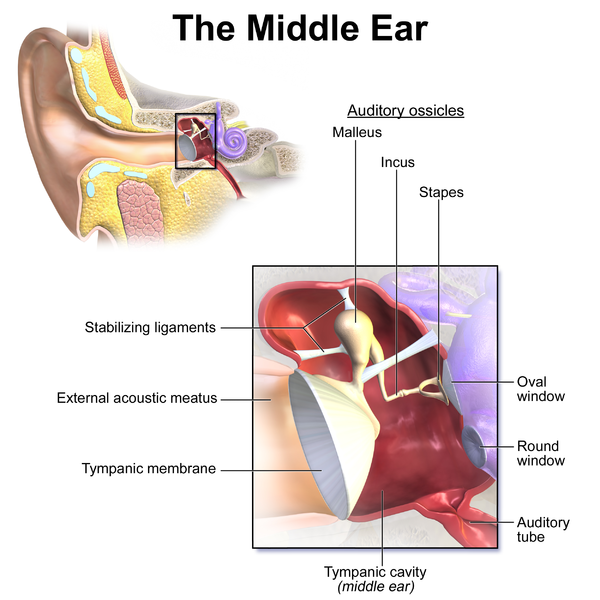 |
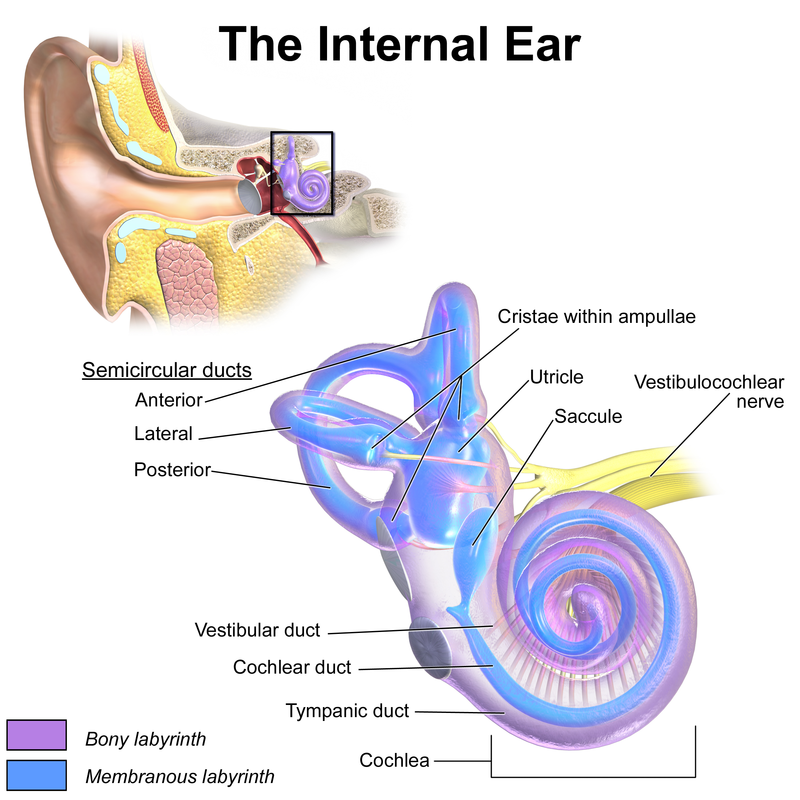 |
|---|---|
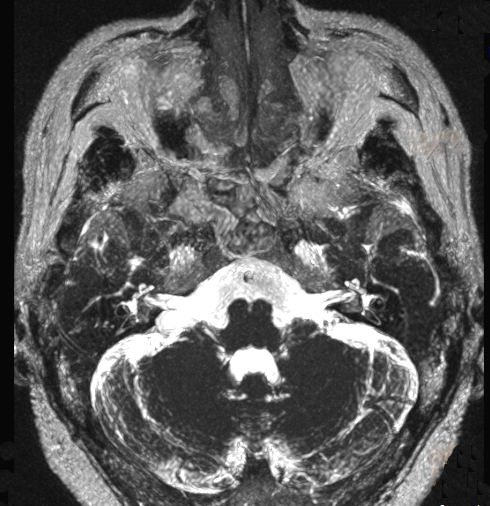 |
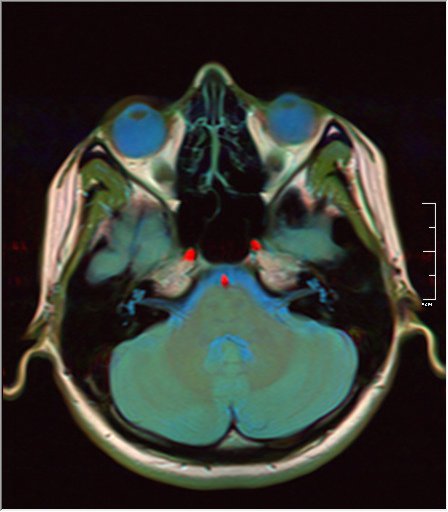 |
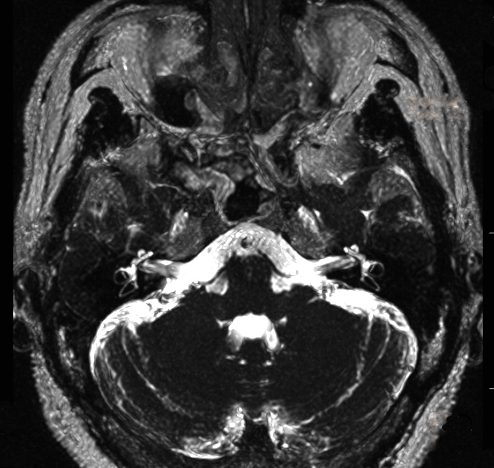 |
|---|---|---|
The timpanic membrane converts air pressure waves into mechanical motion of the ear bones. The ear bones amplify the signal and transmit it to the stapes bone, which is connected to the oval window of the cochlea. Vibrations in the oval window cause vibrations in the fluid of the cochlea, where they are converted into neural signals and interpreted in the brain.
If a sound wave in air encounters water then 1/30 of the sound energy is transmitted to the water and the rest reflects back into the air. If sound waves were transmitted directly from the air to the fluid of the cochlea then they would suffer this loss. The ear bones function to improve the transmission efficiency from the air to the fluid of the cochlea.
The tympanic membrane has 13 times the area of the oval window, and so the signal is amplified by a factor of around 13.
As pressure waves travel along the cochlea the cochlea narrows. The narrower the cochlea, the higher the frequency range it is sensitive to. Low frequencies are detected at the beginning of the cochlea and high frequencies are detected at the end.
If the sound level is too loud then the muscles of the middle ear shut down the motion of the ear bones. This is the "acoustic reflex" (Wikipedia).
The function of the ear bones was first explained by Helmholtz.
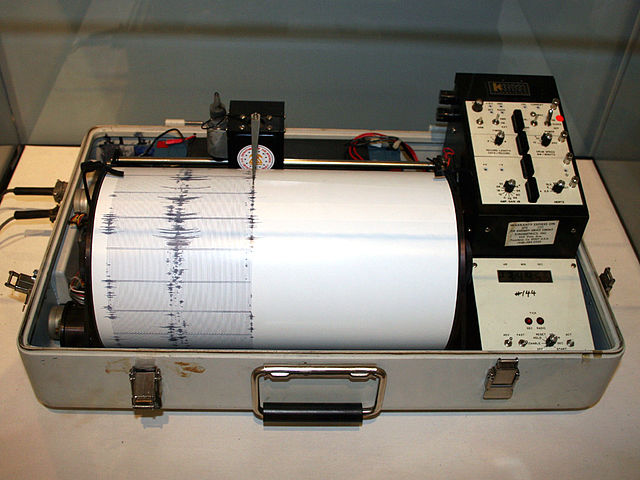 |
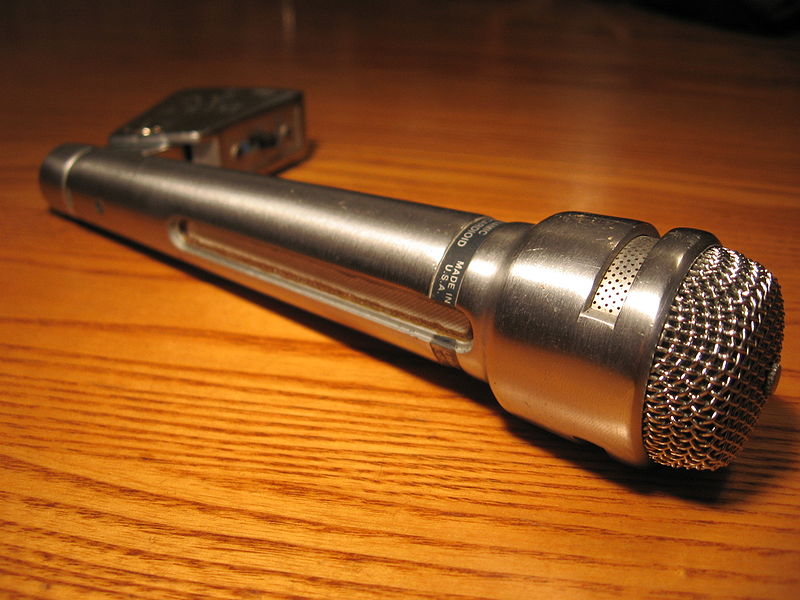
|
|---|---|
A microphone records sound pressure as a function of time and a seismometer records displacement as a function of time. Your ears don't work anything like this. Your ears function instead detect the frequency spectrum, analogous to a spectrum of light.
 |
|---|
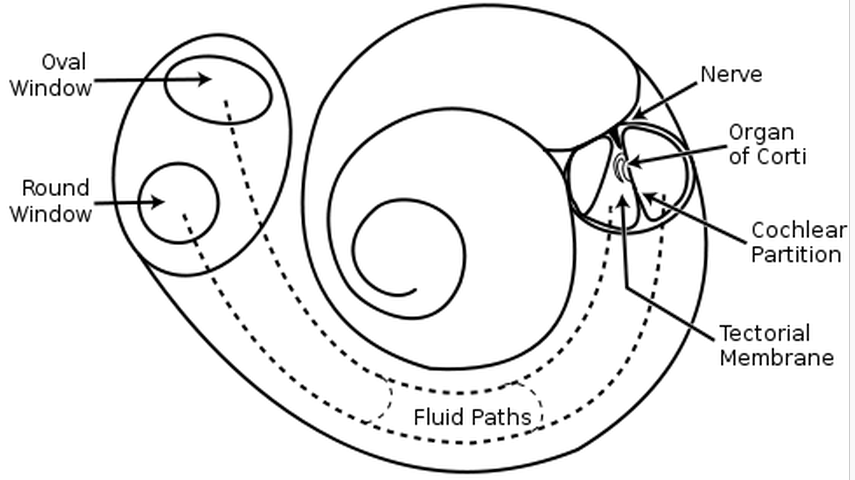 |
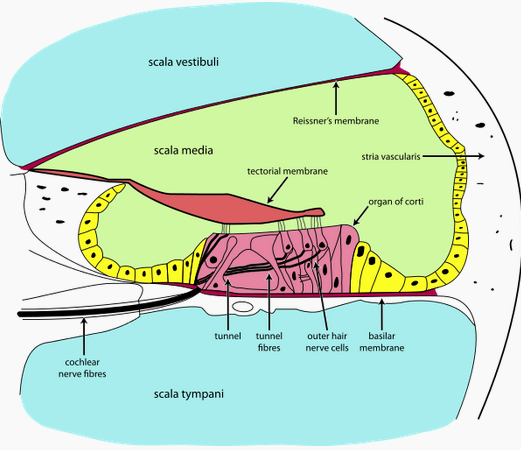
|
|---|---|
There are 20000 hairs arranged along the length of the cochlea, each tuned to a different frequency. Each hair functions as a resonator.
High frequencies are detected at the start of the cochlea and low frequencies are detected
The perceived loudness depends on the duration of the note. For notes less than .2 seconds the loudness is proportional to duration and for notes more than .2 seconds the loudness is independent of duration. This suggests that the cochlea functions like a resonator, because it takes time for a resonance to activate.
If the duration of a note is much longer than 1 second then our attention fades and the note seems less loud.
Our ability to resolve frequency depends on the sharpness of the resonators in the cochlea. The brain provides active feedback to sharpen the resonance and suppress resonances at nearby frequencies.
If there are two sounds with different frequencies, then if the frequencies are too close to each other they will interfere with each other in the cochlea, and if they are far enough apart they can be sensed independently. The frequency width for interference is on the order of a perfect fifth.
Noise tend to obstruct our ability to resolve pitch.
Nerve signals travel both from the cochlea to the brain and from the brain to the cochlea. The brain provides active feedback to refine the function of the cochlea.
There are nerves that travel directly back and forth between your ears for stereo processing.
The semicircular canals of the cochlea are a gyroscope. Rotating your head causes fluid to flow in the canals, which is detected by hair cells. The function of the gyroscope and the function of the auditory system are connected.
The vestibule and the saccule are hardened objects used to detect linear acceleration. WHen you accelerate these objects are displaced, which is detected by hair cells.
Your ears are at the center of your skull, aligned with the pivot point that connects your skull to the top of your spine. The ear is involved in calculating balance.
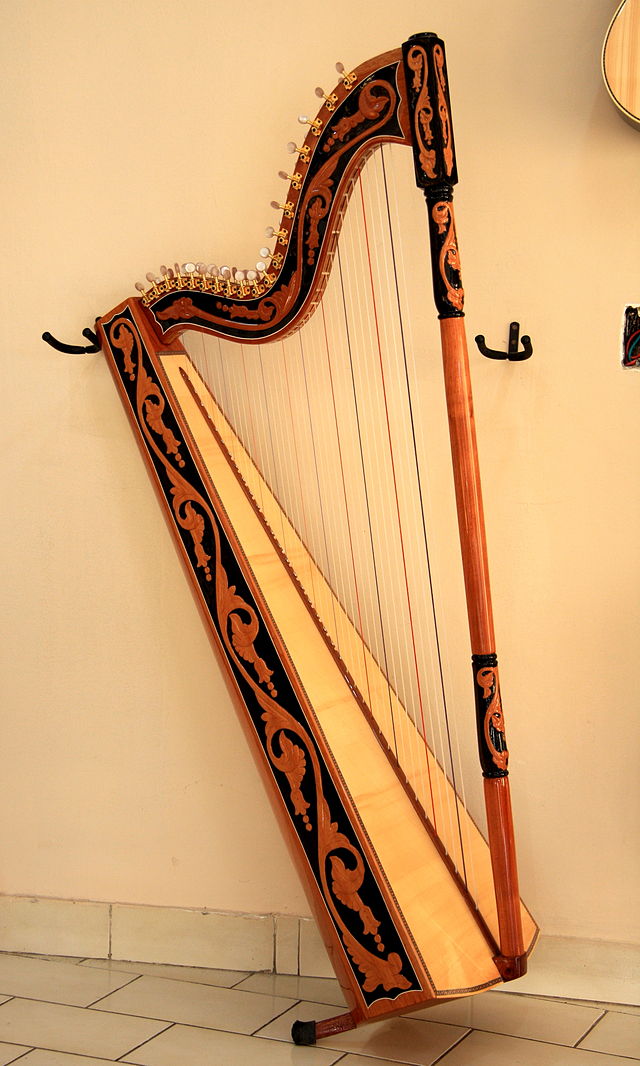
| |
|---|---|
The basilar membrane functions like a harp or piano. It is a strip running the length of the cochlea, narrow at the end closest to the ear and wide at the end farthest from the ear, like a necktie. It is also stiffer the closer it is to the narrow end. The resonant frequency at any particular point along the basilar membrane increases with stiffness and decreases with width, giving it a frequency range that varies from high to low as you traverse from the narrow to the wide end. Siffness is controlled with muscle tension.
The lower the frequency of the wave, the further it propagates along the basilar membrane. High-frequency waves diminish before they get to the wide end.
The fact that low frequencies propagate further along the basilar membrane is analogous to the fact that low-frequency pitches more easily pass through walls than high-frequency pitches. A low-frequency pitch has more time to move the wall for a given sound pressure.
Helmholtz was the first to characterize the function of the basilar membrane
One out of every 10000 people has "absolute pitch", where for example you can tell if a pitch is higher, lower, or equal to 440 Hertz. Everone else has "relative pitch", where pitch ratios can be sensed but not absolute pitch. This suggests that there is no fixed place on the basilar membrane that corresponds to 440 Hertz.
If you don't have absolute pitch it is difficult to acquire it. From Wikipedia: "There are no reported cases of an adult obtaining absolute pitch ability through musical training; adults who possess relative pitch, but who do not already have absolute pitch, can learn pseudo-absolute pitch, and become able to identify notes in a way that superficially resembles absolute pitch. Moreover, training pseudo-absolute pitch requires considerable motivation, time, and effort, and learning is not retained without constant practice and reinforcement."
The ear is sensitive to both pitch and time. Pitch is measured by position along the basilar membrane and time is measured by differences beween neural signals. For high-frequency pitches we are more sensitive to frequency and for low-frequency pitches we are more sensitive to time.
 |
 |
|---|---|
The pinna is the outer part of the ear that collects sound and helps in determing its directionality. All human pinna are unique in shape and if the shape were to change it would affect your ability to determine the direction of sound.
A large pinna can amplify sound by 10 to 15 decibels.
Suppose a sound pulse arrives at your ear and an echo arrives a time T later. If T < 30 ms then you don't notice the echo and if T > 30 ms you notice the echo.
The distance a sound wave travels in a time of 30 ms is 10 meters. A concert hall has to be smaller than this to not sound like it has echos.
To do echolocation you have to train your ears to be sensitive to intervals less than 30 ms.
Bats use high frequencies for echolocation because they diffract less than low frequencies and hence give better resolution.
 |
|---|
Anguy Keep your elbow high. You want your back doing the hard labor.
You're holding. Never hold.
Arya What?
Anguy Your muscles tense up when you hold. Pull the string back to the center
of your chin and release. Never hold.
Arya But I have to aim.
Anguy Never aim.
Arya Never aim?
Anguy Your eye knows where it wants the arrow to go. Trust your eye.
Bruce Lee: Experiments indicate that auditory cues, when occurring close to the athlete, are responded to more quickly than visual ones. Make use of auditory clues together with visual clues, if possible. Remember, however, the focus of attention on general movement produces faster action than focus on hearing or seeing the cue.
Bruce Lee: You hear the bird chirping? If you don't hear the bird you cannot hear your opponent.
 |
|---|
Meters/second
Neuron 100
Sound in air 343 At 20 Celsius
Sound in water 1482
Light 300000000
Time in milliseconds:
.000003 Time for light to cross a 10 meter orchestra
.2 Electric synapse. These synapses are 2-way and they do not amplify signals
.7 Time for water pressure wave to travel 1 meter through your body
2 Chemical synapse. These synapses are 1-way and they can amplify signals
1 Time for a neural signal to travel 10 cm, the size of a brain
10 Time for a neural signal to travel from your fingers to your brain
3 Time for sound to travel 1 meter, the distance to an adjacent musician
7 Period of a 130 Hertz wave. This is the frequency of a viola C string
30 Time for sound to travel across a 10 meter orchestra.
62 Time between notes in "Flight of the Bumblebee"
For an orchestra to have good timing it must use visual cues. Sound isn't fast enough.
This is especially true at the rear of the viola section amidst the cacophony
of winds and brass.
The Europa Galante uses precise visual cues.
Pressure waves in your muscles deliver information 15 times faster than neurons.
When listening to an orchestra one's attention most easily falls on the high-frequency instruments. Practice listening to the low-frequency instruments, especially the cellos and basses. They control the long-term temporal coherence.
Bruce Lee: You hear the bird chirping? If you don't hear the bird you cannot hear your opponent.
If you can't hear the violas you can't hear the chord. Practice listening to the middle note of the chord.
One should also practicing listening to instruments at minimal volume. Loud volume obstructs our ability to resolve pitch.
The lower the sound intensity, the more sensitive we are to pitch. Practice listening to music at minimal volume.
Anticipate the pitch in your mind before you play it. The cochlea has active feedback from the brain and this helps harness it.
Develop fast reactions to adjust the pitch to be in tune with the rest of the orchestra.
Frequency Wavelength (Hertz) (meters) 20 15 Lower limit of human frequency sensitivity 41 8.3 Lowest-frequency string on a string bass or bass guitar 65 2.52 Lowest-frequency string on a cello 131 2.52 Lowest-frequency string on a viola 440 .75 The A-string on a violin 660 .75 The E-string on a violin (highest-frequency string) 20000 .016 Upper limit of human hearing
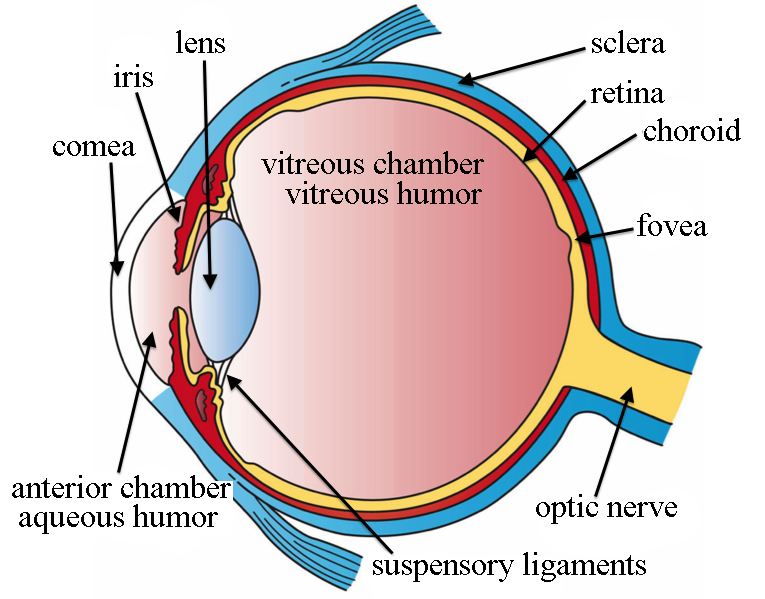 |
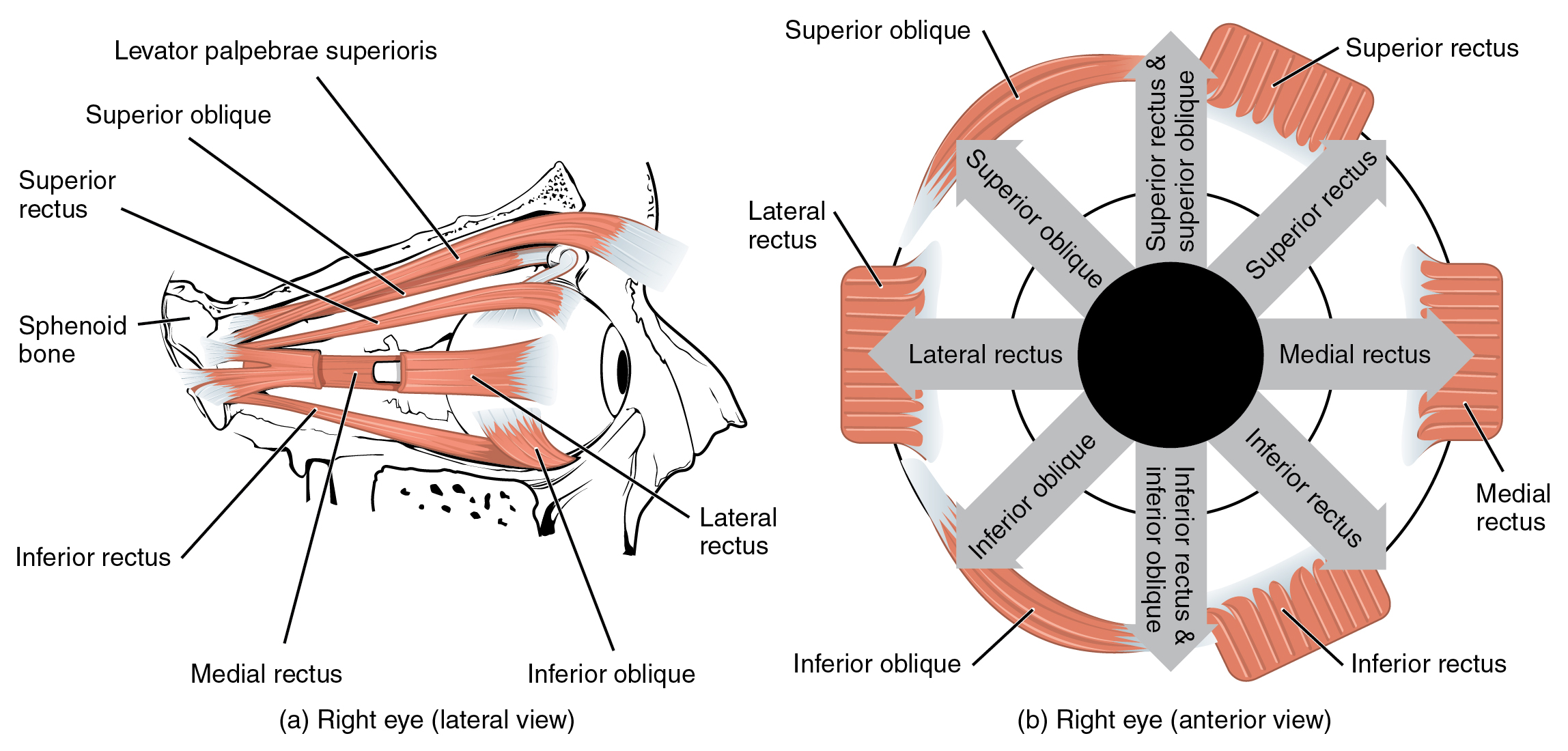 |
|---|---|
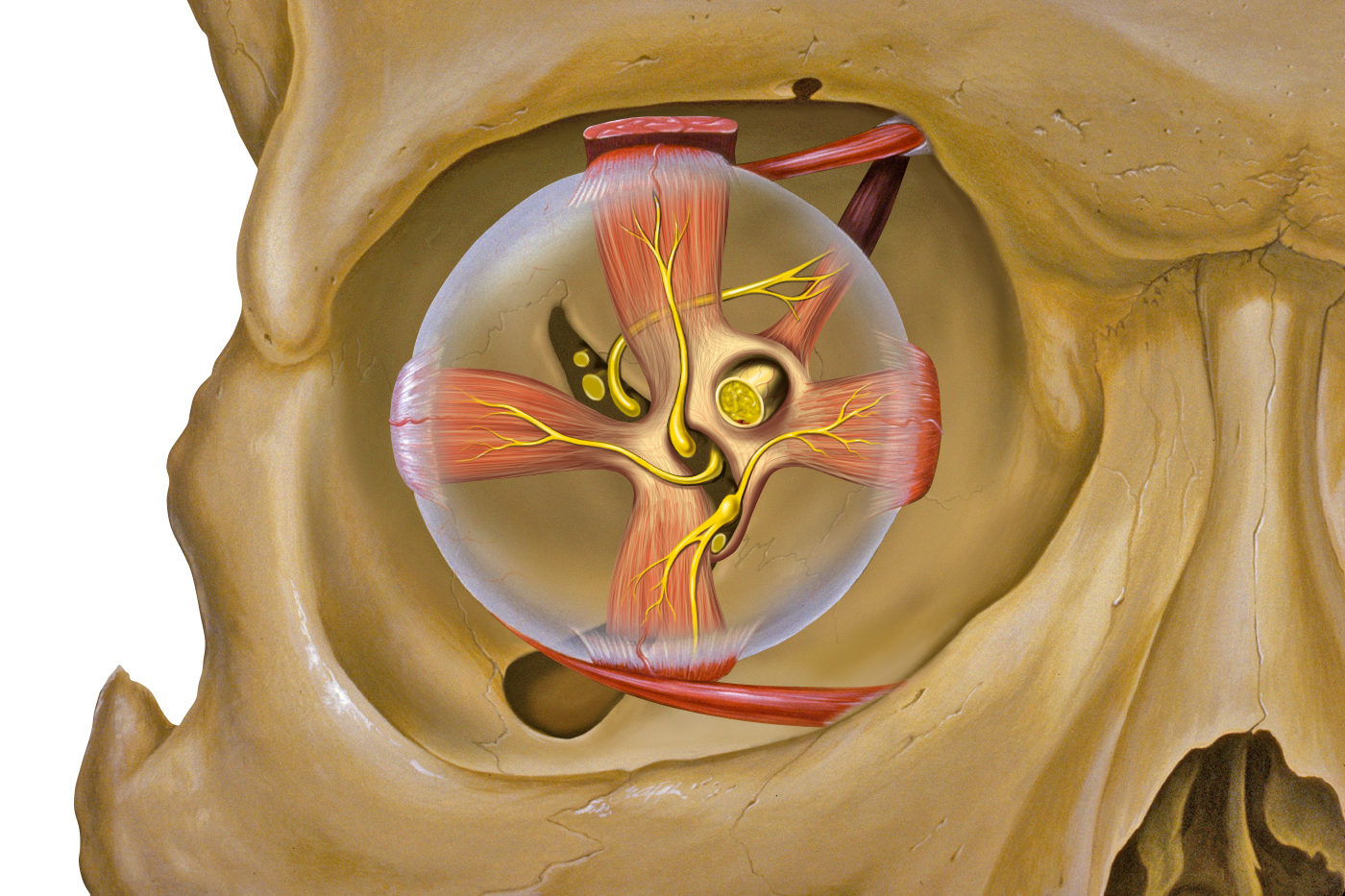 |
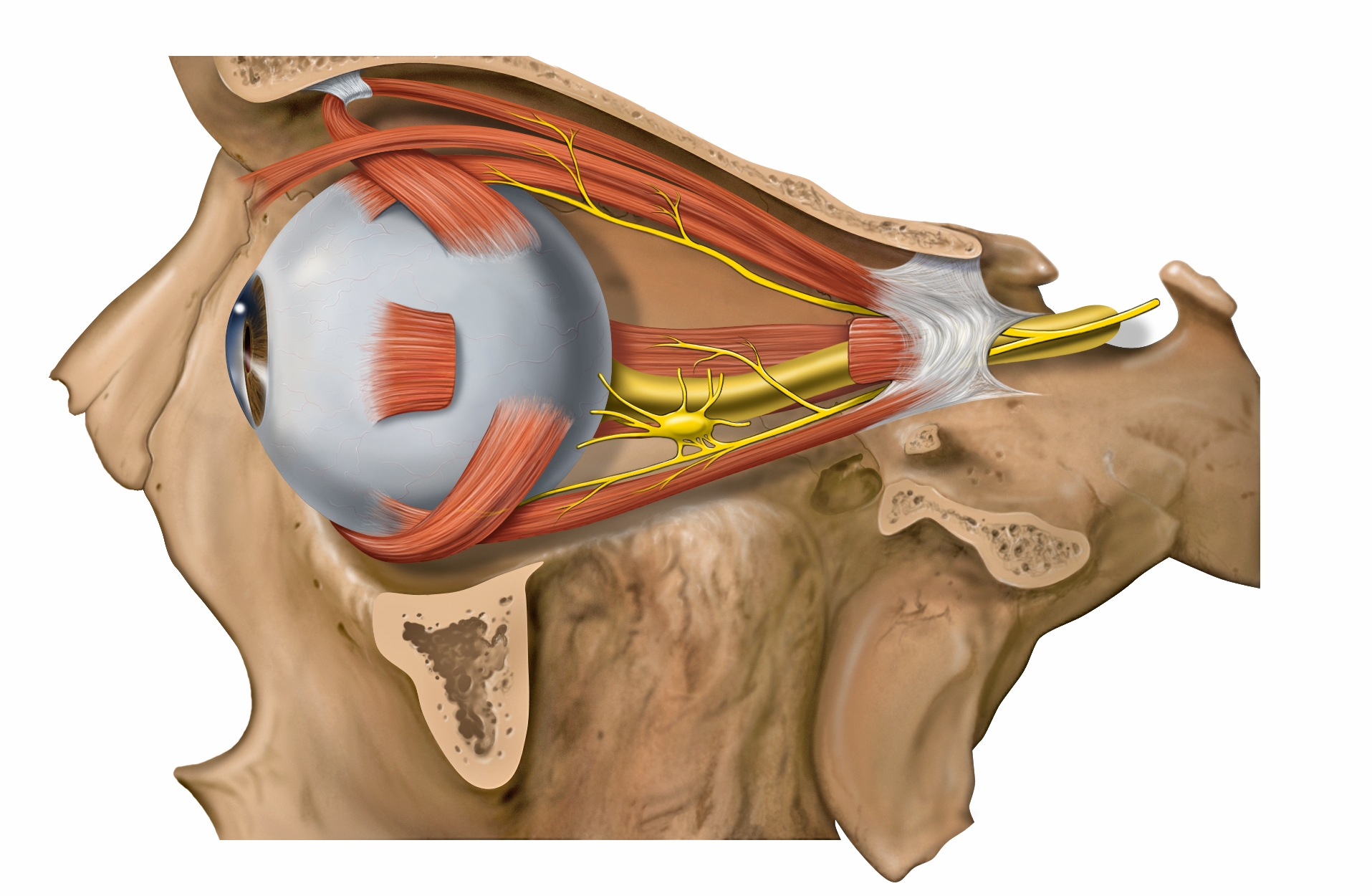 |
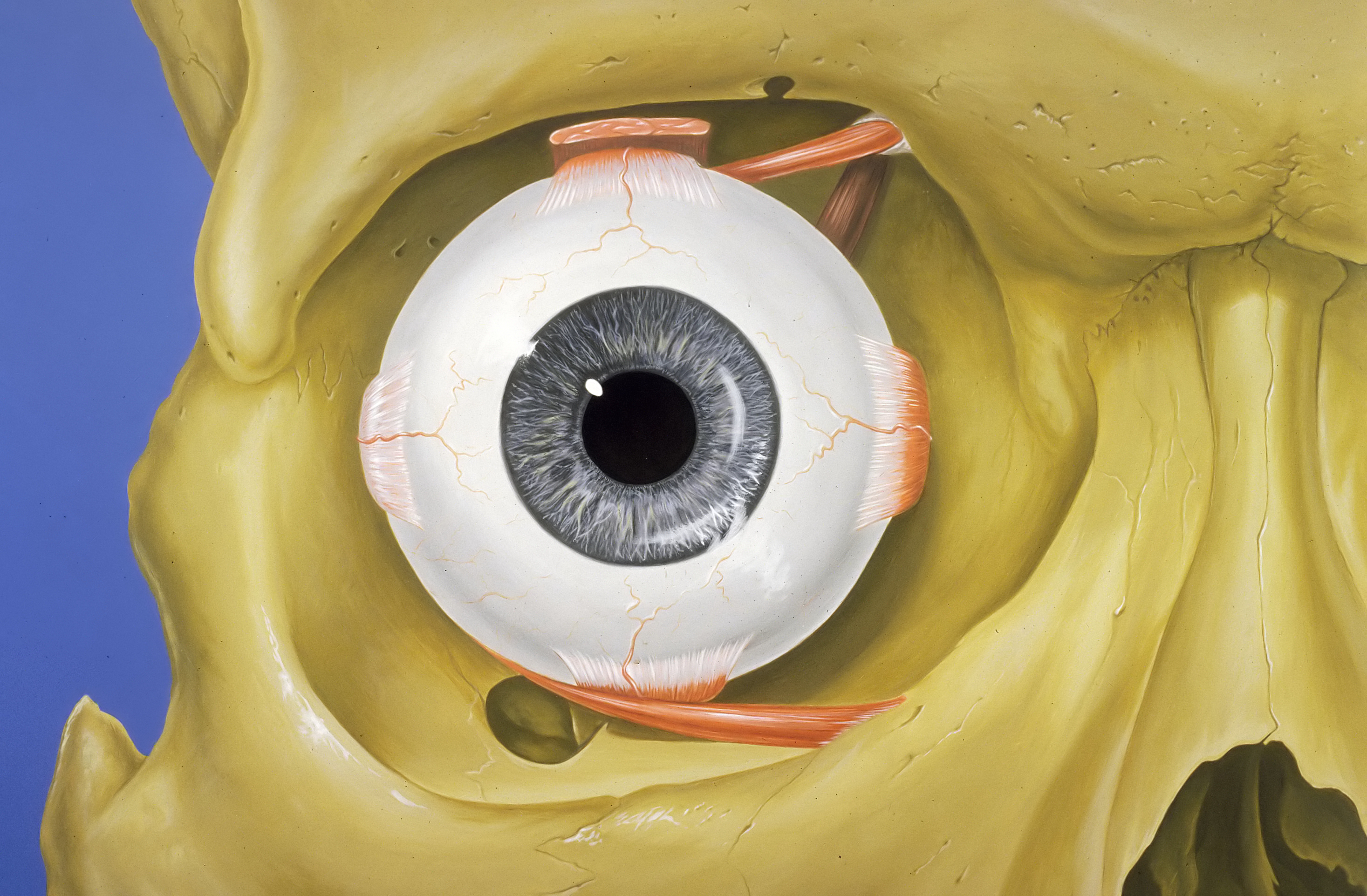 |
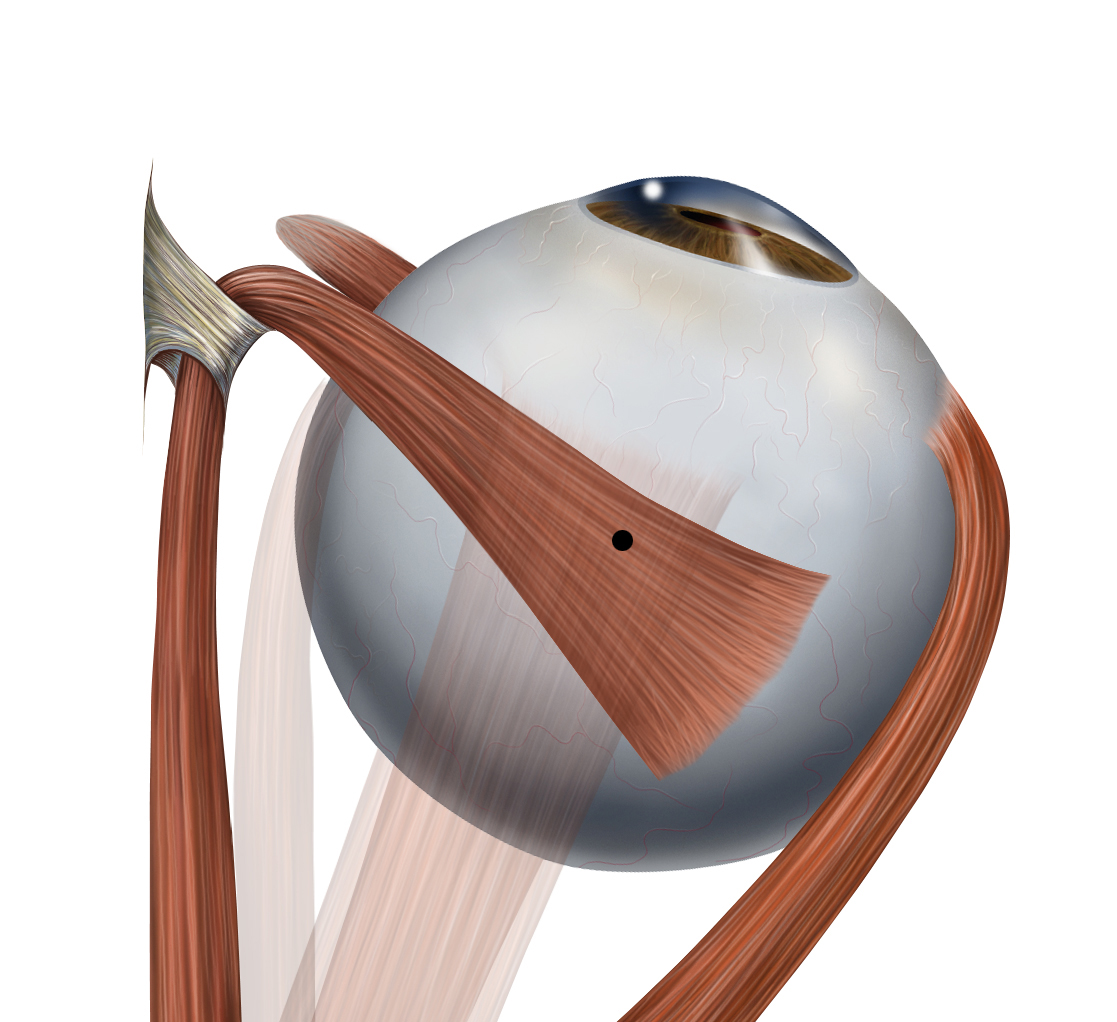 |
|---|---|---|---|
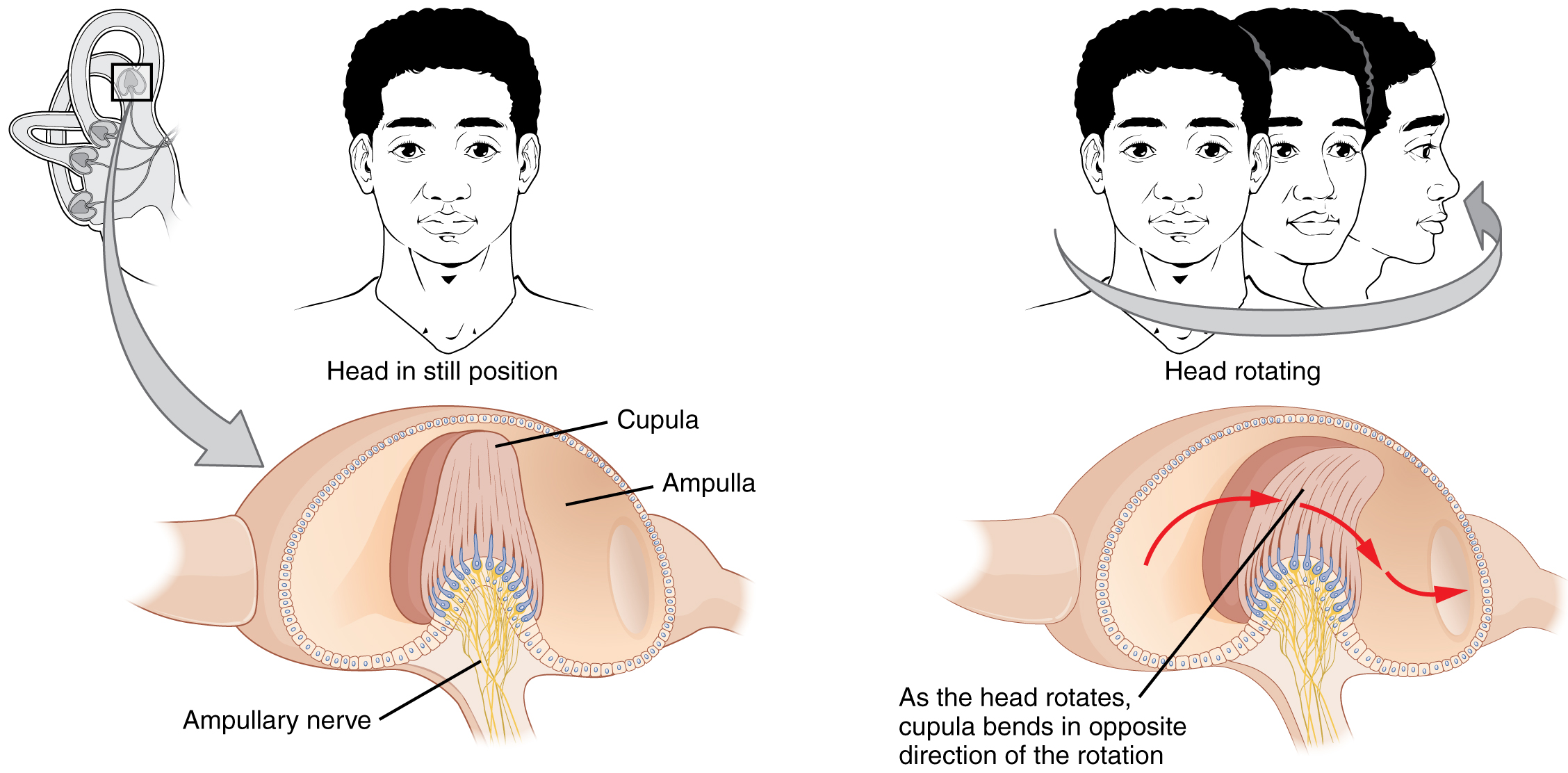 |
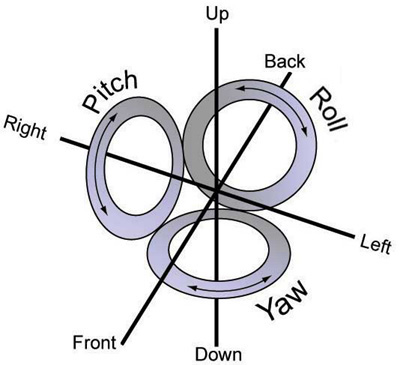 |
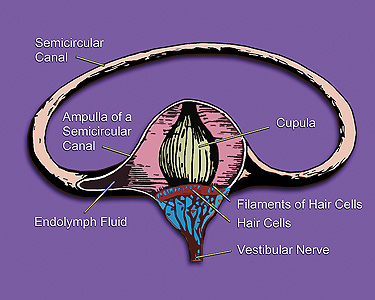 |
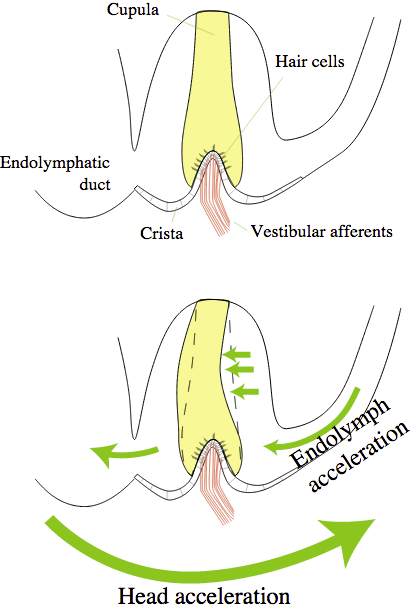 |
|---|---|---|---|
The semicircular canals are .8 mm in diameter.
Youtube: Eye saccades in slow motion
The motor cortex is in front of the somatic cortex.
Information from the eyes crosses at the optic chiasm.
The corpus callosum connects the two brain hemispheres. It is tangibly larger
and more plastic in musicians.
Information from the eyes passes through the motor cortex before being
assembled at the rear of the brain. The motor cortex is an image-stabilization
system for the eyes. Visual input requires neural processing before it can be
interpreted.
In the motor cortex, proceeding from the center to the edge of the brain
corresponds to proceeding from the feet to the head of the body. It represents
a stack of reference frames starting from the ground and proceeding upward.
The brain produces 500 mL of cerebrospinal fluid per day and at any given time there
is 100-160 mL present.
Cell membranes assemble spontaneously from phospholipid molecules. They are
mechanically flexibible due ot the ability of the phospholipids to rearrange
themselves.
Cell membranes pass fat-soluble molecules and block water-soluble
molecules. Proteins can move molecules across the membrane.
A membrane has ion channels that passively permit ion flow, and ion pumps that
actively transport ions. Most ion channels are permeable only to specific types
of ions. Ion channels can be modulated by either the membrane voltage or by chemicals.
The sodium-potassium pump generates a membrane voltage of around 70 mVolts, with
the cell interior being negative.
In each cycle of the sodium-potassium pump, 3 sodium ions move outward and 2
potassium ions move inward. The pump requires hours to establish equilibrium.
The pump is powered by ATP and the voltage gradient it produces provides a
power source for other ion pumps.
In each cycle of the sodium-calcium pump, 3 sodium ions move inward and
1 calcium ion moves outward. This pump is powered by the membrane potential
and doesn't require ATP.
An ion channel for a given ion does not pass larger ions, and
most ion channels are specific for one ion. For example, most potassium
channels are characterized by 1000:1 selectivity ratio for potassium over
sodium, though potassium and sodium ions have the same charge and differ only
slightly in radius. The pore is small enough so that ions must pass
in single-file.
An action potential involves the opening and closing of ion channels and
doesn't involve ion pumps. If the ion pumps are turned off by removing their
energy source, or by adding an inhibitor such as ouabain, an axon can still
fire hundreds of thousands of action potentials before the amplitudes begin to
decay significantly.
The chloride ion is not actively pumped and takes on an equilibrium
concentration given by the membrane potential.
Signals travel from the cell body outward along an axon, jump to the dendrite
of another neuron at a synapse, then travel inward along the dendrite
to the cell body of the new neuron.
A neuron has at most one axon but the axon can branch hundreds of times. A
neuron can have multiple dendrites. There are, however, many exceptions to
these rules: neurons that lack dendrites, neurons that have no axon, synapses
that connect an axon to another axon or a dendrite to another dendrite, etc.
In certain sensory neurons (pseudounipolar neurons), such as those for touch
and warmth, the electrical impulse travels along an axon from the periphery to
the cell body, and from the cell body to the spinal cord along another branch
of the same axon.
The longest axons in the human body are those of the sciatic nerve, which run
from the base of the spinal cord to the big toe of each foot. The diameter of
axons is also variable. Most individual axons are microscopic in diameter
(typically about one micrometer across)
1) Unipolar neuron. Axon and dendrite emerging from same process.
Axons connect to the cell body through the axon hillock. The axon hillock is
the last site in the cell where membrane potentials propagated from synaptic
inputs are summated before being transmitted to the axon.
If the voltage across the membrane exceeds the threshold, voltage-gated sodium
ion channels open and sodium rushes into the cell, accelerating the voltage
rise. When the voltage reaches its peak the sodium channels close and potassium
channels open, restoring the potential to its resting state.
If the voltage change is too small to cross the threshold,
the potassium
current exceeds the sodium current and the voltage returns to its normal
resting value.
After the action potential fires the axon enters a refractory state, which
is responsible for the unidirectional
propagation of action potentials along axons. At any given moment, the
patch of axon behind the actively spiking part is refractory, but the patch in
front, not having been activated recently, is capable of being stimulated by
the depolarization from the action potential.
A myelin coating increases the speed of signals. Myelinated axons are known as
nerve fibers.
Signal propatation in myelinated axons is called "saltatory conduction", where
the signal jumps rapidly from one node of Ranvier to the next.
In the central nervous system (CNS), myelin is produced by oligodendroglia
cells. Schwann cells form myelin in the peripheral nervous system
(PNS). Schwann cells can also make a thin covering for an axon which does not
consist of myelin (in the PNS). A peripheral nerve fiber consists of an axon,
myelin sheath, Schwann cells and its endoneurium. There are no endoneurium and
Schwann cells in the central nervous system.
In myelinated axons, ionic currents are confined to the nodes of Ranvier
and far fewer ions leak across the membrane than in unmyelinated axons,
saving metabolic energy.
Myelin decreases capacitance and increases electrical resistance across the
cell membrane.
Myelin permits large organisms to exist by enabling fast communication between
distant body parts.
When a peripheral nerve fiber is severed, the myelin sheath provides a track
along which regrowth can occur. However, the myelin layer does not ensure a
perfect regeneration of the nerve fiber. Some regenerated nerve fibers do not
find the correct muscle fibers, and some damaged motor neurons of the
peripheral nervous system die without regrowth. Unmyelinated fibers and
myelinated axons of the mammalian central nervous system do not regenerate.
When an axon signal reaches a synapse, calcium channels open and calcium flows
into the cell. Vesicles, which store neutrotransmitters, then open
and release neurotransmitters into the synaptic gap. The neurotransmitters
diffuse across the synaptic gap and bind to the target cell, triggering
an action potential in the target cell.
Synapses are usually located at the terminals of axons but they can also be
located at junctions along the axon ("in passing" synapses). A single axon
with all its branches can innervate multiple parts of the brain
and generate thousands of synaptic terminals.
A chemical synapse can amplify signals and an electric synapse cannot.
Electric synapses are faster than chenical synapses but they can't amply
signals like chemical synapses.
In an electric synapse, signals jump from the membrane of one cell to another
through a connexon joint. A connexon joint is a tunable iris composed of
6 connexin proteins.
The response is always the same sign as the source. For example, depolarization
of the pre-synaptic membrane always induces depolarization in the
post-synaptic membrane, and vice versa for hyperpolarization.
The response in the postsynaptic neuron is in general smaller in amplitude than
the source. The amount of attenuation of the signal is due to the membrane
resistance of the presynaptic and postsynaptic neurons.
Because electrical synapses do not involve neurotransmitters, electrical
neurotransmission is less flexible than chemical neurotransmission.
Long-term changes can be seen in electrical synapses. For example, changes in
electrical synapses in the retina are seen during light and dark adaptations of
the retina.
Surround neurons and hold them in place
Glial cells are known to be capable of mitosis whereas neurons usually are not.
In the brain "gray matter" is mostly neurons and "white matter" is mostly glial
cells.
In the cerebral cortex the distribution of glia types is:
In a supercomputer the time to multiply two numbers is much shorter than the
communication time with memory. Brains are the reverse. Signal speed is
faster than computation. A neural signal travels 20 cm (all the way across the
brain) during the time of one chemical synapse.
Human neurons are as small as physics will allow. If they were smaller then
they would be close enough for signals to jump between them even without
synapses.
Neurons do not undergo cell division. In most cases, neurons are generated by
special types of stem cells. Astrocytes are star-shaped glial cells that have
also been observed to turn into neurons by virtue of the stem cell
characteristic pluripotency. In humans, neurogenesis largely ceases during
adulthood; but in two brain areas, the hippocampus and olfactory bulb, there is
strong evidence for generation of substantial numbers of new neurons.
Blue whale songs:
#1
#2
#3
#4
#5
#6
The head contains large organs for generating and sensing sound.
Sperm whales have the largest brains in the animal kingdom, with a brain 5 times
that of a human.
Refraction tends to focus sound to the depth where the sound speed is slowest,
which is around half a kilometer down.
This is the "SOFAR" channel (Sound Fixing and Ranging channel).
Sound can propagate for thousands of km along this channel.
Humans are capable of echolocation.
High frequencies are used for echolocation because they diffract less than low
frequencies.
If you can sense your opponent's heatbeat then you can predict his timing.
Pai Mei: "My heartbeat is well hidden".
The sinoatrial nerve plexus initiates the heart cycle, and this is what you need to gain an awareness
of. This plexus is referred to as the "Trion gland" in the anime series "World Trigger".
A tetrapod is a vertebrate with four limbs. Reptiles, dinosaurs, birds and
mammals are all tetrapods, and the essential elements of the tetrapod
design haven't changed since its emergence. Elements of the tetrapod design
include:
A spine
A universal joint at the base of the limb is possible because the torso
provides abundant torque. As you go down the limb it gets thinner and more difficult
to generate torque, which is why the lower limbs have two bones.
Humans have the most complex wrists and hands in the animal kingdom. The largest
genetic differences between humans and other primates is in the brain and wrists.
Wikipedia: Human accelerated regions.
Bruce Lee: There is only one type of body, 2 arms, 2 legs, etc that make up the
human body. Therefore, there can only be one style of fighting. If the other
guy had 4 arms and 2 legs, there might have to be a different one. Forget the
belief that one style is better than the other, the point of someone that does
not just believe in tradition, but actually wants to know how to fight is to
take what you need from every martial art and incorporate it into your
own. Make it effective and very powerful, but don't worry if you are taking
moves from many different arts, that is a good thing.
The atlas and axis vertebra move your head the same way an alt-azimuth mount
moves a telescope.
Pitch is controlled by the Atlas-Skull joint. (Nodding your head "yes")
The suboccipital muscles connect the skull, the atlas vertebra, and the axis vertebra.
The atlas vertebra is at the center of the head and your eyes and ears are at
the same level as the atlas vertebra.
The center of mass of the skull is slightly forward of the contact point between
the skull and the atlas vertebra. If the muscles in your neck relax then
your head pitches forward. If your back muscles relax then your
torso pitches forward. The muscles in the back of your neck and spine
act reflexively to prevent you from falling forward. This motion is coordinated
with the breathing cycle.
Bruce Lee: When the opponent expands I contract, when he contracts I expand,
and when there is an opportunity, I do not hit, it hits all by itself.
The thoracic diaphragm is underneath the lungs. When it contracts it creates
overpressure in the gut, expands the ribcage, and creates underpressure in the
lungs. The lung underpressure brings in air. Air is expelled from the lungs by
contracting the rib intercostals.
The pelvic diaphragm works in opposition to the thoracic diaphragm.
When the thoracic diaphragm contracts the pelvic diaphragm expands and vice versa.
This moves the gut cyclically up and down.
Breathing is coordinated with skeletal motion to minimize energy expense.
For example, when you breathe in your head tends to pitch back and when you
breathe out your head tends to pitch forward.
It can be done the opposite way but it's less natural.
Every bilaterally symmetric motion is related to the breathing cycle according to the
following table:
Rows correspond to opposite directions of a motion, and columns
show how they synchronize with the breathing cycle.
Bilaterally antisymmetric motions are coordinated through
the axis vertebra. Motion naturally cycles between the left and right columns in the
table below:
When you move your head, it is most natural to coordinate rightward roll
with rightward yaw, and leftward roll with leftward yaw.
It can be done the opposite way but it's less natural.
The reason roll and yaw are related this way is because the center of mass
of your head is forward of the balance point between your spine and skull.
If you start from an upright position, roll right, and then stop, then conservation
of angular momentum causes your head to yaw right.
The natural relationship between pitch and yaw is:
Ideally, yaw should be minimized when the head pitches.
The prime balance foot is the right foot. If you stand on two feet your weight
naturally shifts to the right foot.
As your head moves to the right it yaws right (because the skull center of mass
is forward of the spine). Moving to the right foot is also a descent in gravitational
energy, which is countered by your head pitching back.
The spine consists of a set of curves that function as shock absorbers and as
vertical motion for the head.
Each muscle fiber generates a force of 3.5 micronewtons.
Efficiency for converting hydrocarbon fuel to ATP fuel = 0.4.
Efficiency for converting ATP fuel into mechanical work = 0.45 to 0.65.
Overal efficiency for converting hydrocarbon fuel into mechanical work
= 0.18 to 0.26.
ATP is assembled by the ATP-synthase enzyme. ATP and ATP-synthase are common
to all Earth life.
Mitochondria convert sugar or fat into ATP and then ATP is used to power
enzymes. ATP has substantially less energy/mass than sugar or fat, which is
why ATP is only generated as needed.
When ATP is depleted it can be regenerated anaerobically with creatine phosphate.
If you want to deflect an asteroid with a hydrogen bomb, you want as much mass as
possible to be ejected, and so it's better to detonate the bomb underground than
from the surface.
Enzymes get energy from ATP
In an ATP molecule, the ADP part is a cannon and the Phosphate part is a
cannonball. When an ATP splits into ADP + Phosphate, since ADP is heavier than
Phosphate, the Phosphate gets all the kinetic energy. The fact that the
Phosphate itself is large (Phosphorus + 4 Oxygens) makes it easy for an enzyme
to harness its kinetic energy. The reaction
The reason phosphorus is used in the cannonball is because it can bond to
multiple atoms (4, in the case of Phosphate) and because its electronegativity
is lower than that of carbon and nitrogen, the other atoms that can multiply-bond.
This makes it easy for the Phosphate to detach from the ADP to start the reaction.
Phosphorus is a poor structural molecule because of its low electronegativity.
Among the amino acids used by Earth life, none contain phosphorus.
The lateral rotator group consists of the piriformis, quadratus femoris,
obturator externus, obturator internus, superior gamelas, and inferior
gamelas.
There are approximately 640 muscles, most coming in left-right pairs.
Muscles that attach to the scapula:
Visual acuity is measured by determining the smallest letter that you can
resolve and then calculating the angle. 20/20 vision corresponds to an angle of
.0015 radians or .086 degrees. For example, if you have 20/20 vision and are
reading letters at a distance of 1 meter,
A lens focuses incoming light onto a single point on the retina. The focal power
of a lens depends on its thickness.
The eye uses both the cornea and lens to focus light. The lens focal power can
be adjusted by the eye muscles and the cornea focal power is fixed. For the eye,
The "Amplitude of accomodation" is the change in diopters of the lens as it
goes from minimum focus to maximum focus. As you age your lenses lose their
ability to change shape. The above figure shows the amplitude of accomodation
as a function of age, where the "B" curve is the mean and the "A" and "C"
curves are one standard deviation below and above the mean.
Nearsightedness is corrected with a diverging lens (negative diopters) and farsightness
is corrected with a converging lens (positive diopters).
Reading glasses have focusing power of between +1 and +3 diopters.
Glasses for nearsightedness typically range from -1 to -6 diopters.
An imperfect lens fails to focus light onto a point. There are various kinds of
distortion.
Lenses that are radially symmetric tend to perform well at the image center
and less well off-center. For barrel and pincushion distortion this can be corrected
with software (electronic for a camera and neural for the eye).
Optical astigmatism and coma can be corrected with multiple lenses but this isn't
an option with the eye. These off-center distortions tend to be unimportant for the
eye because the eye only attempts to obtain high resolution at the image center,
at the fovea.
If the eye is not radially symmetric the distortion is called "astigmatism", and can
be corrected with a compensating lens that is also radially asymmetric. These lenses
have the shape of a rugby ball.
In 1855 Helmholtz published the theory of eye focus. When viewing a far
object, the circularly arranged ciliary muscle relaxes allowing the lens
zonules and suspensory ligaments to pull on the lens, flattening it. The source
of the tension is the pressure that the vitreous and aqueous humours exert
outwards onto the sclera. When viewing a near object, the ciliary muscles
contract (resisting the outward pressure on the sclera) causing the lens
zonules to slacken which allows the lens to spring back into a thicker, more
convex, form.
A wave passing through an aperture is diffracted, blurring the image.
All waves diffract, including sound and light. Light passing through your pupil
is diffracted and this sets the limit of the resolution of the eye. For a person
with 20/20 vision,
A person with 20/20 vision can distinguish parallel lines that are spaced by an
angle of .0003 radians, about 3 times the diffraction limit. Text can be
resolved down to an angle of .0015 radians.
The closest distance your eyes can comfortably focus is .2 meters.
If a computer screen is at this distance then the minimum resolvable pixel
size is
The record for human acuity is 20/8 and for eagles it is 20/2.
PHET simulation on wave diffraction and interference
There are two ways to measure parallax: "without background" and "with background".
The presence of a background improves the precision that is possible.
Without background:
With background:
The binocular reflex rotates the eyes so that they converge at the same distance.
Ocular dominance: Two-thirds of the population is right-eye dominant and
one-third is left-eye dominant.
Depth can be perceived with parallax, which uses the finite spacing between the
eyes.
Depth perception can also be achieved with motion, which requires only one eye.
The iris controls the diameter of the aperture.
The iris has a diameter of 11-13 mm and the pupil ranges in diameter from 2 to 8 mm.
Sound is strongly diffracted by the ear. For example,
The distance between our ears is 20 cm, which corresponds to a wave frequency
of 1700 Hertz. Waves below this frequency diffract strongly around our head
and waves above this frequency diffract weakly. We can sense the direction of
a high-frequency wave by using the loudness difference between our ears.
This works for frequencies larger than 1700 Hertz.
For waves with a frequency less than 1700 Hertz the wavelength is larger than
your head and you can sense direction from the difference in phase arriving at
each ear. This works if the wavelength is smaller than 1700 Hertz.
The resolution of the human ear for sensing direction is around 15 degrees.
Many birds, amphibians, reptiles, and insects can see 4 colors (tetrachromat).
Mammals originally had 4 colors and lost 2 of them. Most
mammals see 2 colors (green and blue) and humans are one of the few mammals
that see 3 colors.
Our perception of visual brightness is logarithmic, analogous to decibels for
sound. Brightness is measured in Watts/meter^2. The limit of human sensitivity
is around 10^(-10) Watts/meter^2. Uranus is at the edge of visibility and Neptune
is too faint to be seen.
The range of human brightness sensitivity is
We estimate the minimum number of photons per second that the eye can detect.
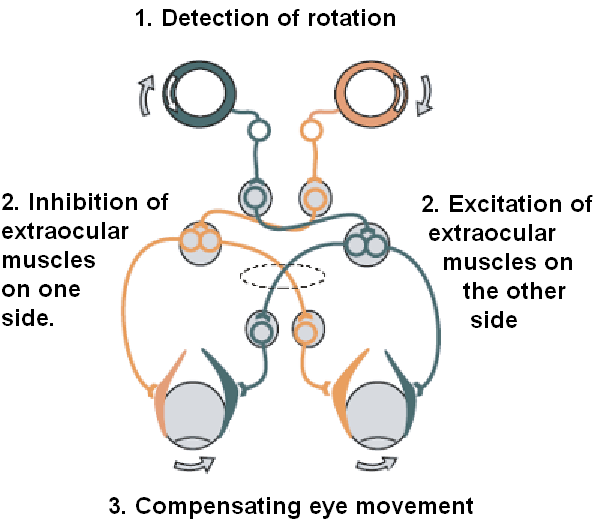
The eyes detect head movement from the vestibular system and use it to stabilize
the image.
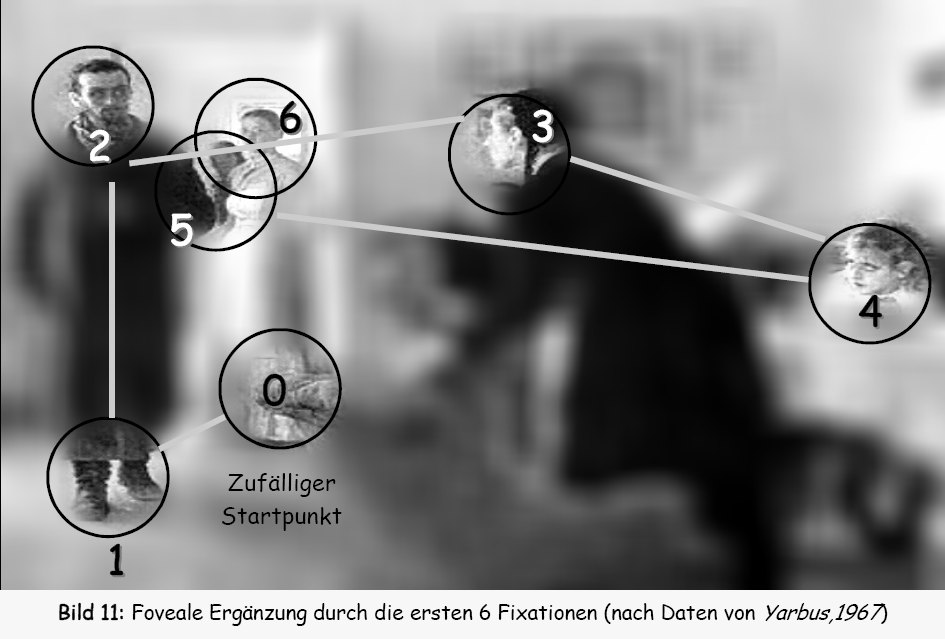
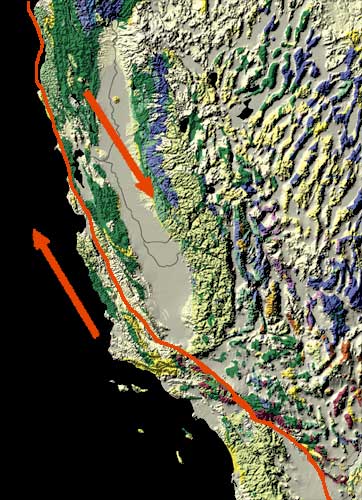
The eye moves in sudden jumps. It will be stable for an interval and then it
will make a discontinuous jump before returning to stability.
The jumps are called "saccades". Saccades are analogous to Earthquakes. When
the eye is held stable tension builds up until a saccade occurs.
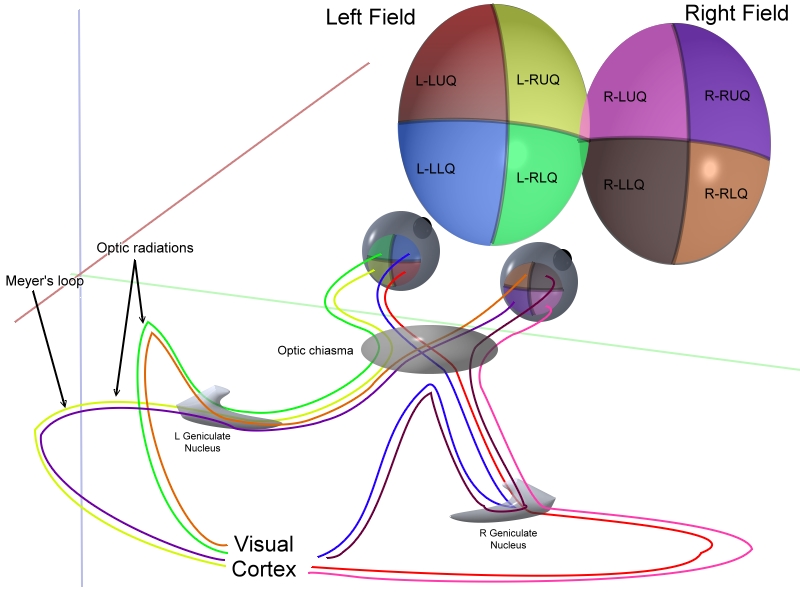
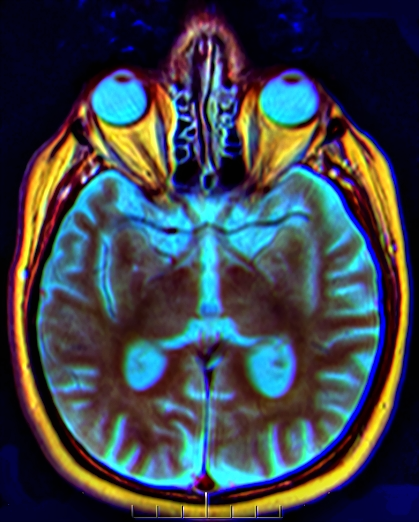

Visual information crosses at the optic chiasm before being assembled at the
rear of the brain.
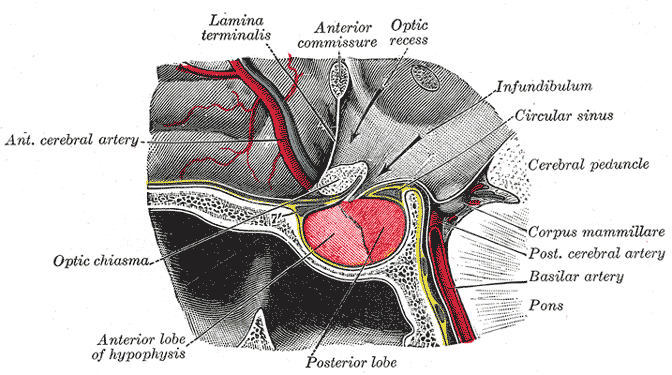
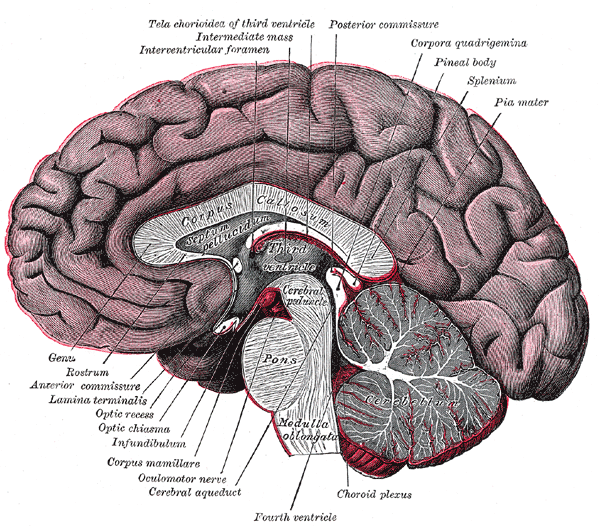
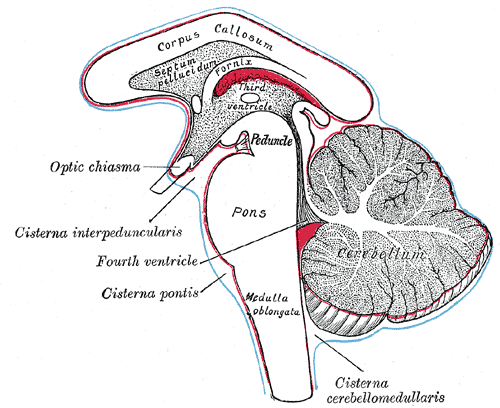

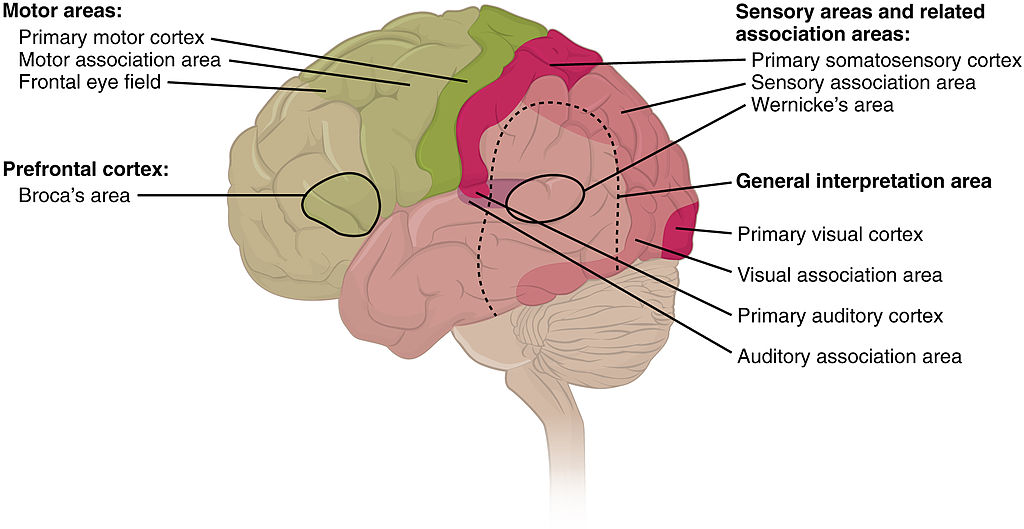
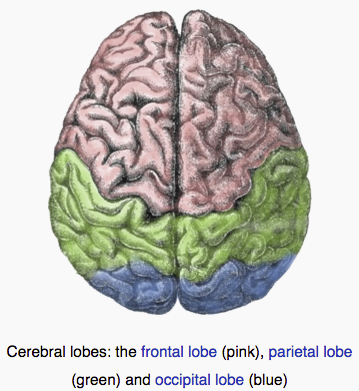
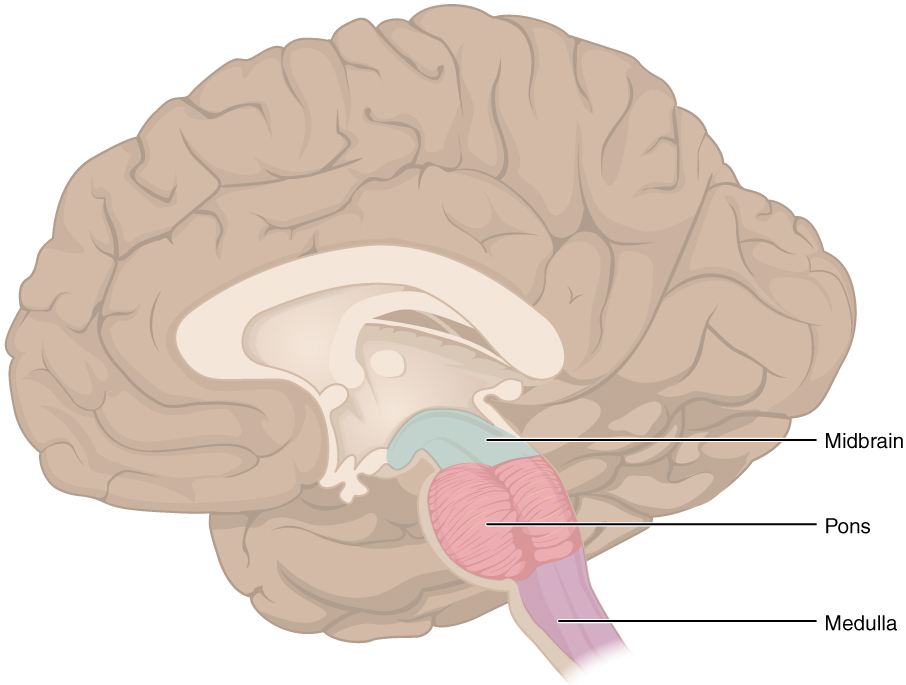
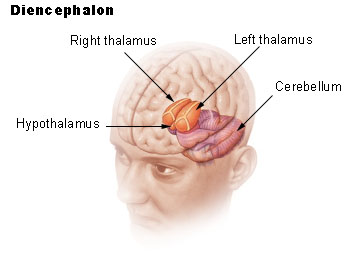
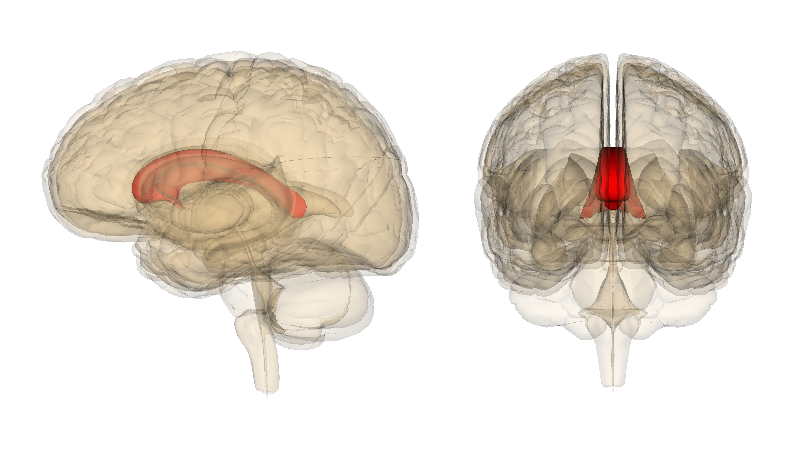
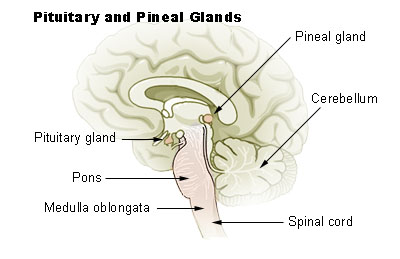
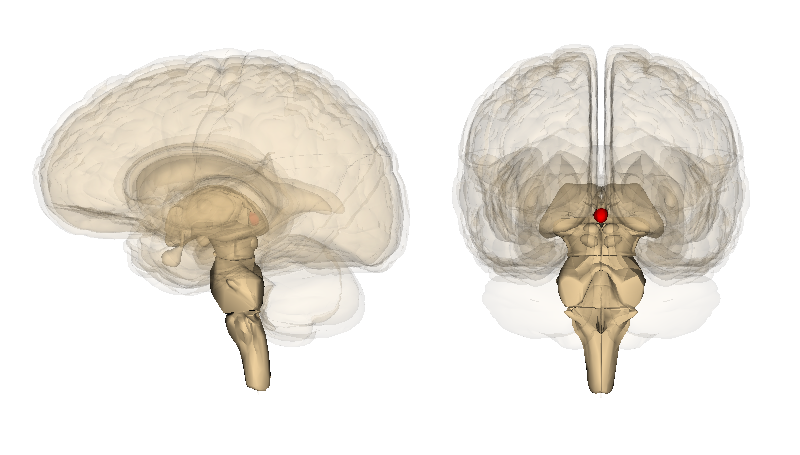
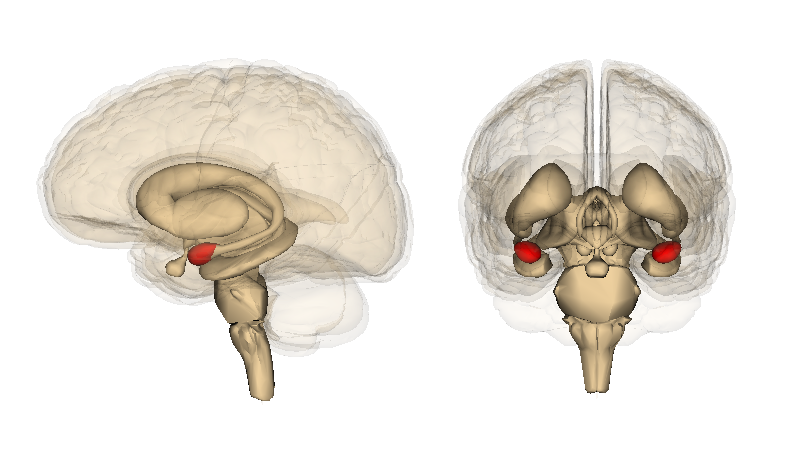
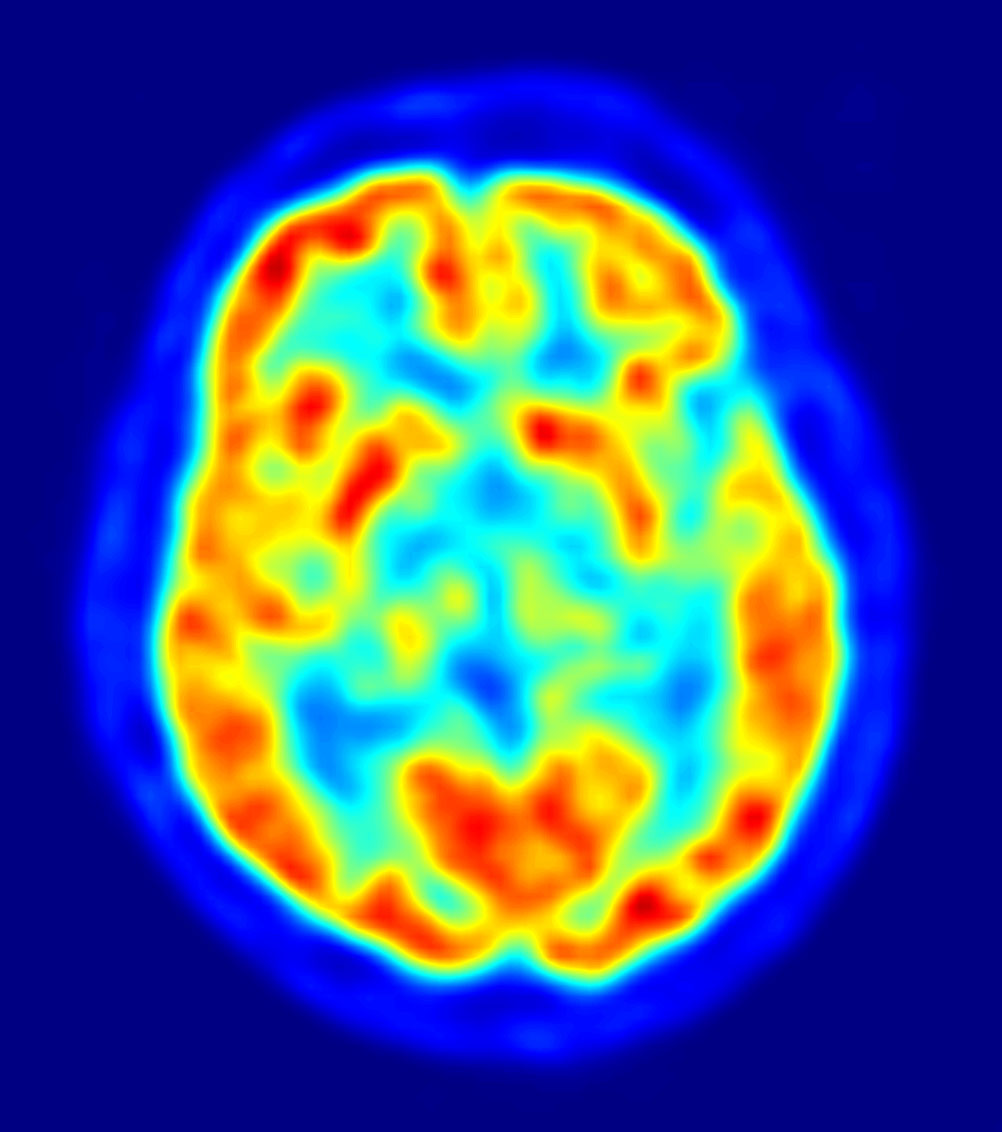
Power at maximum exertion = 1500 Watts
Power used by the body at rest = 100 Watts
Power used by the brain = 20 Watts
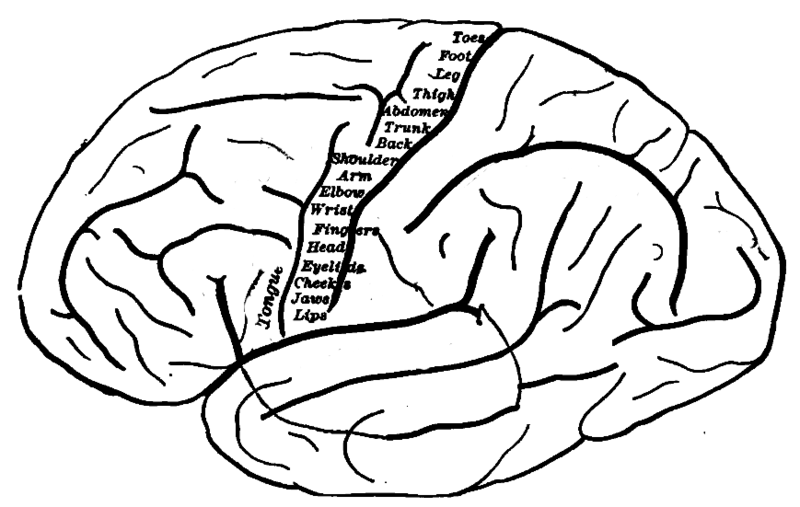
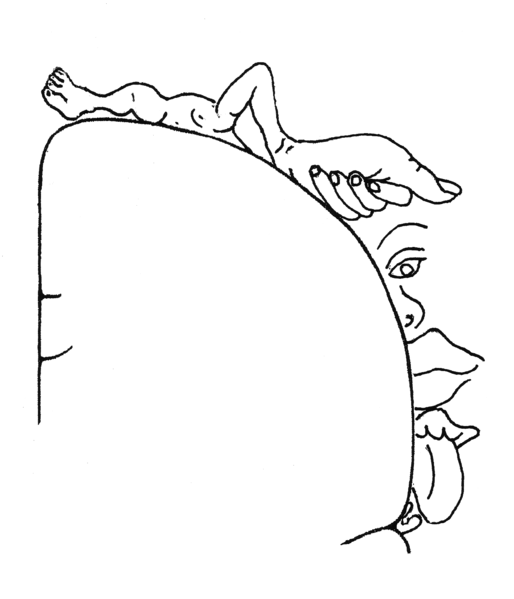

The motor cortex is in front of the somatic cortex.
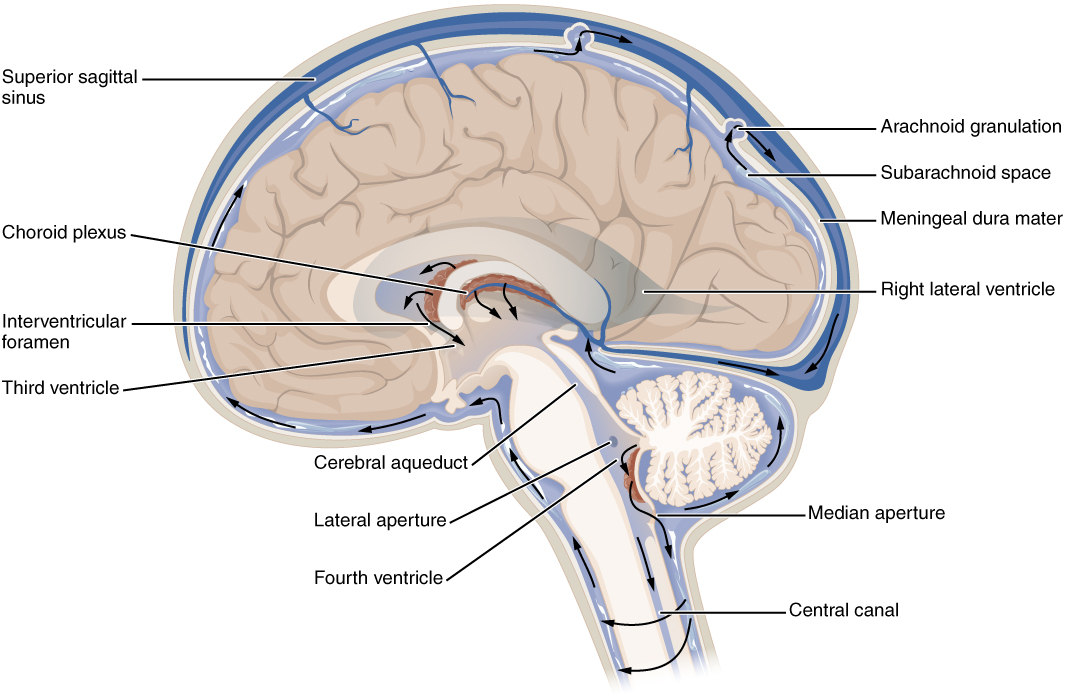
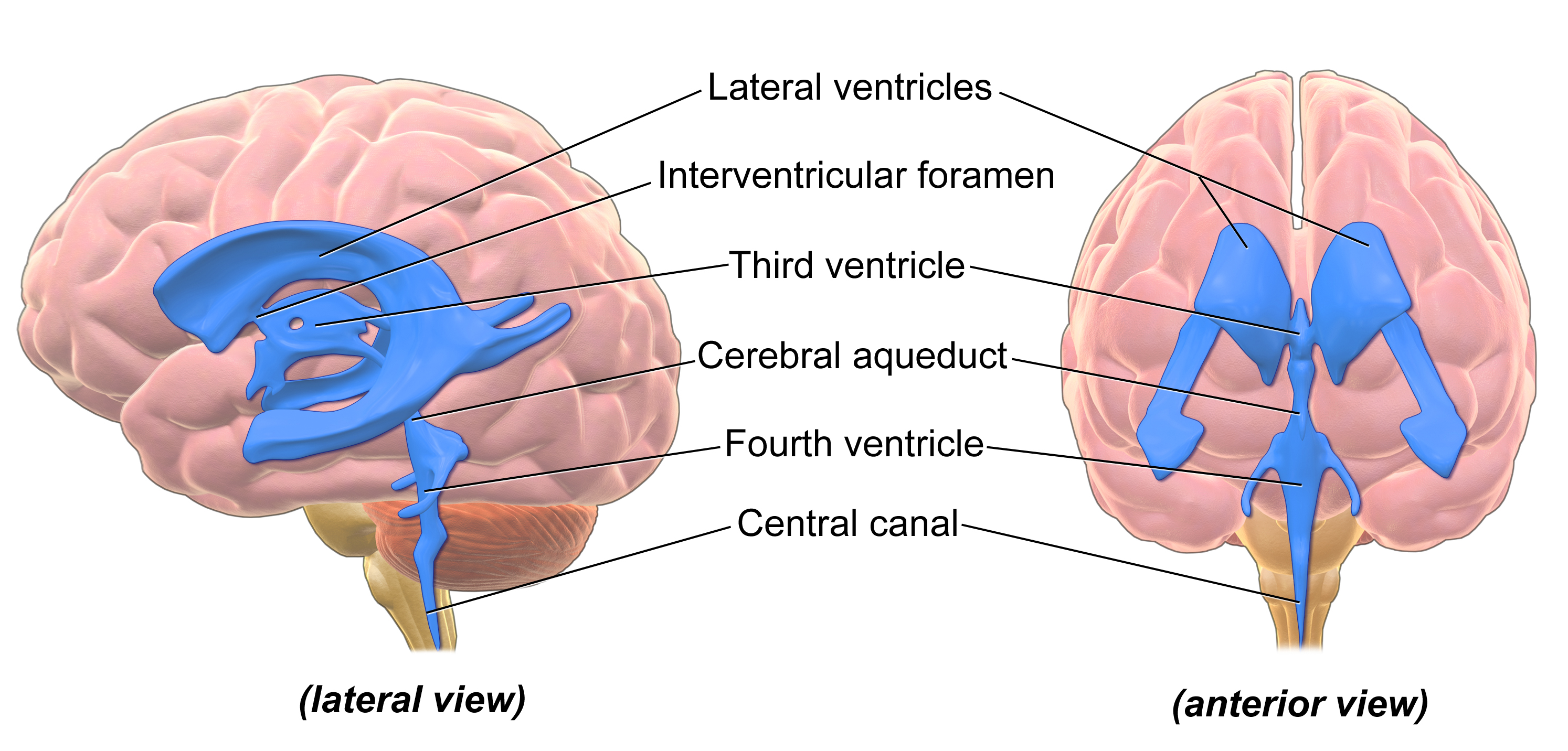
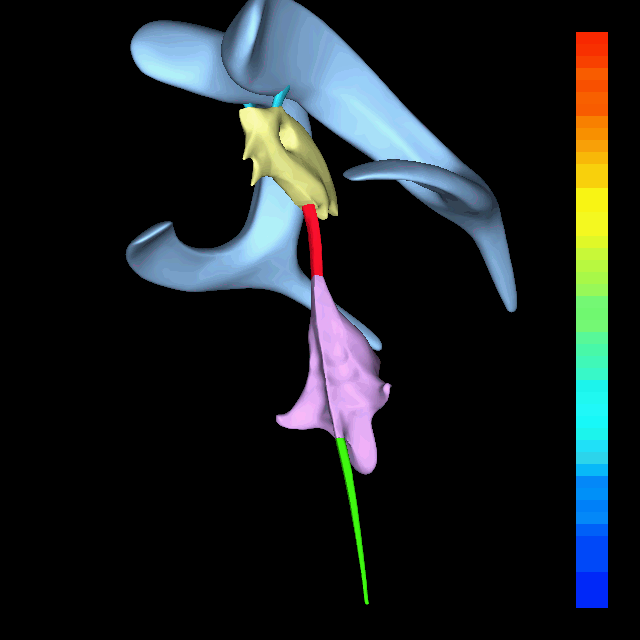
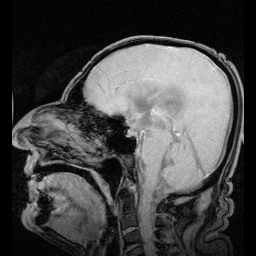
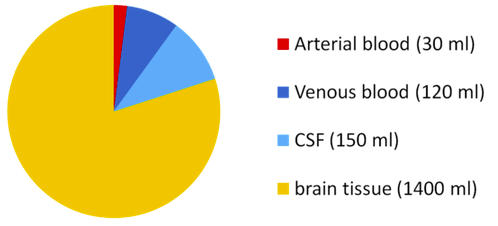
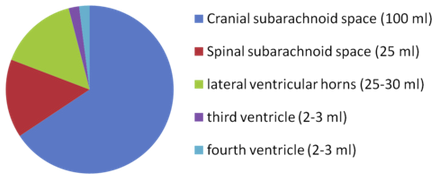
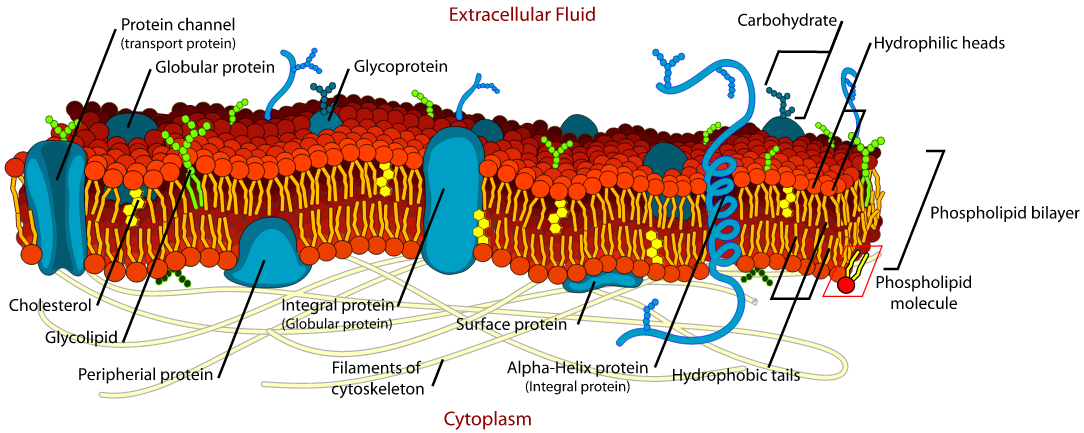
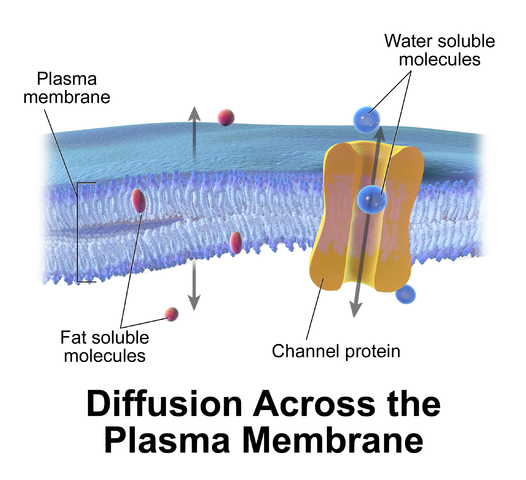
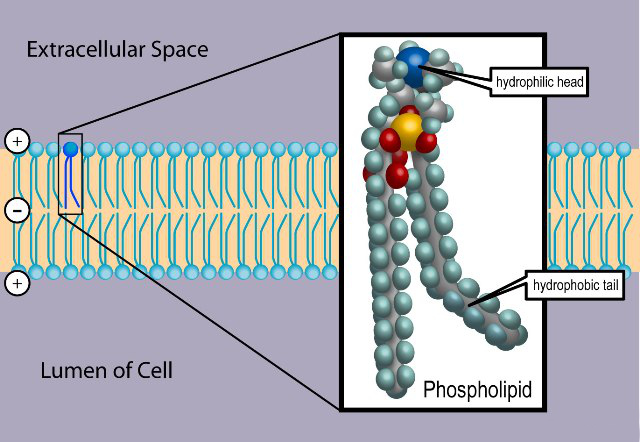
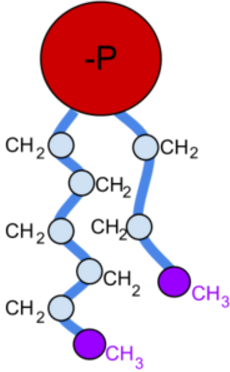
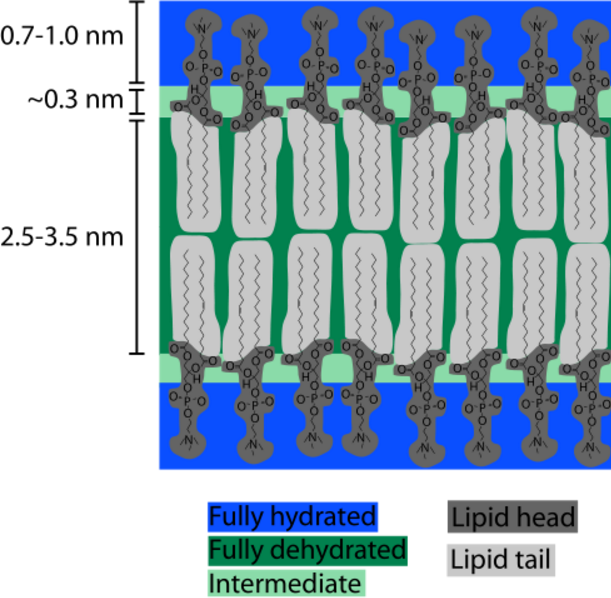
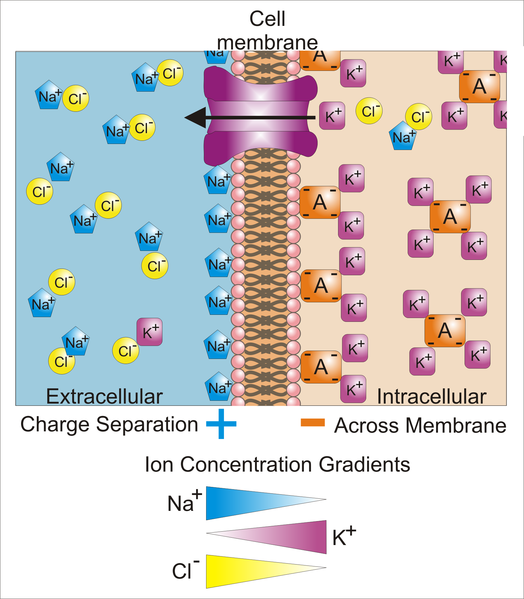
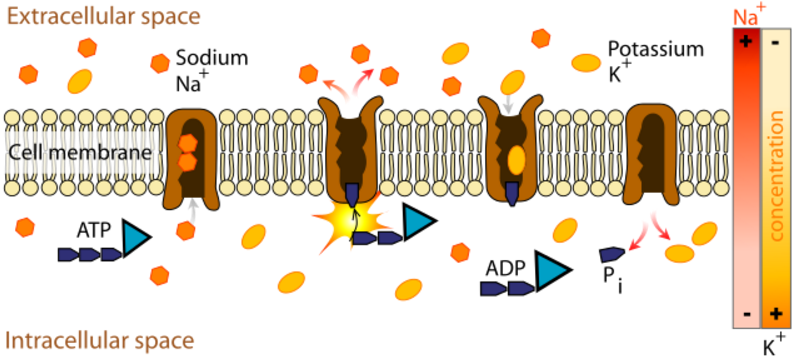
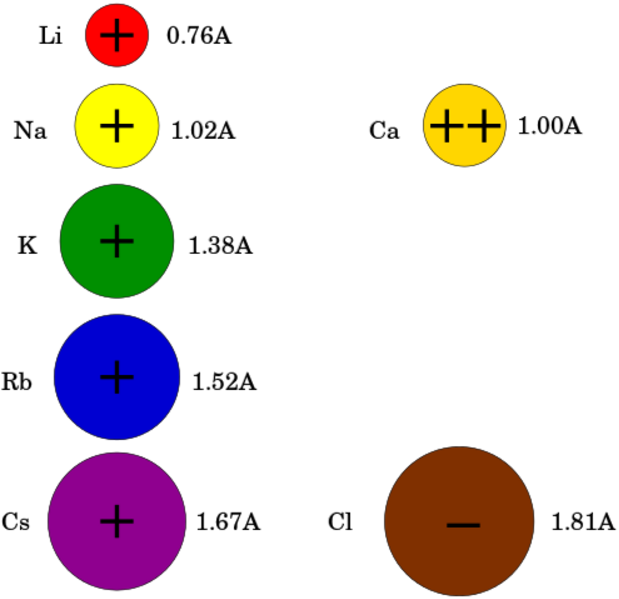
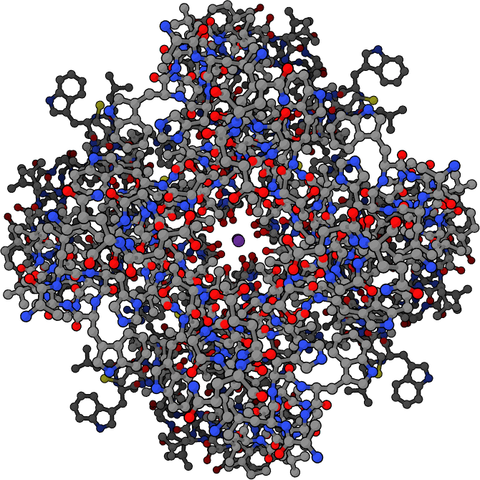
Skeletal muscle cells = -95 mV
Smooth muscle cells = -60 mV
Astroglia (Glia cells) = -85 mV +- 5 mV
Neurons = -65 mV +- 5 mV
Red blood cells = -8 mV
Photoreceptor cells = -40 mV
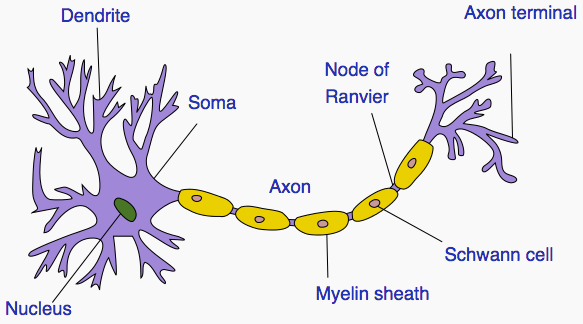
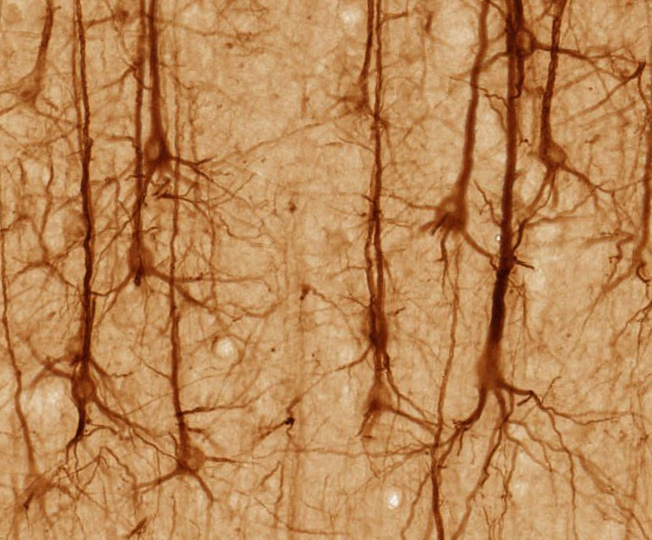
Brain neurons = 100 billion
Brain neurons (cerebrum) = 16.3 billion
Brain neurons (cerebellum) = 69 billion
Brian glia cells = 100 billion
Brain synapes = 100 trillion
Neuron volume / Glia volume = 1.0
Neuron speed (with myelin) = 100 m/s
Neuron speed (no myelin) = 2 m/s
Axons for motor muscles = 100 m/s (16 um diameter)
Axons for sensory muscles = 10 m/s ( 8 um diameter)
Size of brain = 15 cm = 15000 neurons across
Distance between neurons = 10 μm
Axon diameter (large) = 20 μm
Axon diameter (small) = 1 μm
Membrane thickness = .0075 μm
Chemical synapse gap = .020 μm
Electric synapse gap = .0035 μm
Node of Ranvier diameter = 1.5 μm +- .5 μm
Node of Ranvier spacing =1000 μm (Distance between adjacent nodes)
Axon max size in humans = 106 μm
Dendrite max size in humans =1000 μm
Electric synapse diameter = .0016 μm
Electric synapse length = .0075 μm
Neuron body ion channels = 1 μm-2
Axon hillock ion channels = 150 μm-2
Myelin ion channels = 25 μm-2
Node of Ranvier ion channels=5000 μm-2 (Between 2000 and 12000 μm-2)
Brain neuron density = .0010 μm-3
Brain synapse density = 1.0 μm-3
Chemical synapse time = 2.0 ms
lectric synapse time = .2 ms
Sodium action potential = 1 ms (Duration)
Calcium action potential = 100 ms (Duration)
Sodium-Potassium pump time = 107 ms (Hours) (Time to reach equilibrium)
Spines per dendrite =1000
Sodium ratio = 9 (Exterior concentration / interior concentration)
Potassium ratio = 20 (Interior concentration / exterior concentration)
K+ current / Na+ current = 20 (Current across membrane in resting state)
Typical membrane potential = -.07 Volts (The cell interior is negative)
Sodium reversal potential = +.10 Volts
Potassium reversal potential= -.90 Volts
Chloride reversal potential = -.07 Volts (Same as resting potential)
Membrane breakdown voltage = .2 Volts
Breakdown field (air) = 3 Volts/μm
Breakdown field (membrane) = 27 Volts/μm
Breakdown field (vacuum) = 30 Volts/μm
Breakdown field (water) = 68 Volts/μm
Membrane capacitance = 2 uF/cm2
Max action potential rate = 100 seconds-1
Axon diam. / Nerve diam. = .6 Nerve diameter corresponds to axon plus myelin sheath
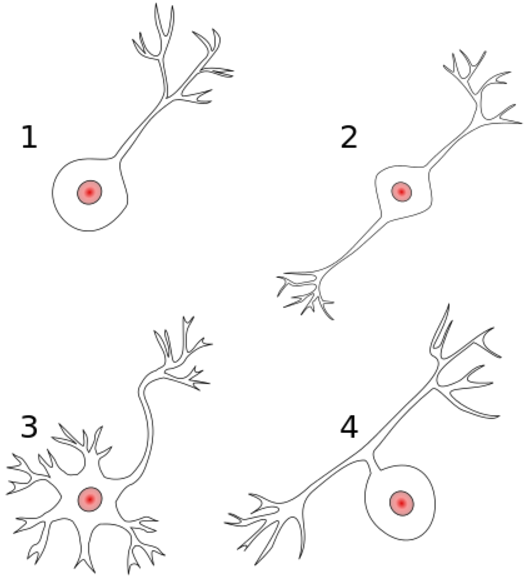
2) Bipolar neuron. Axon and dendrite on opposite ends.
3) Multipolar neuron. One axon and many dendrites.
4) Anaxonic. The axon can't be distingished from the dendrites.
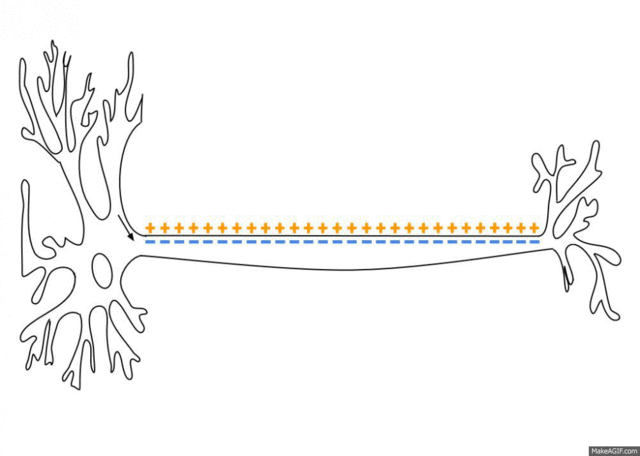
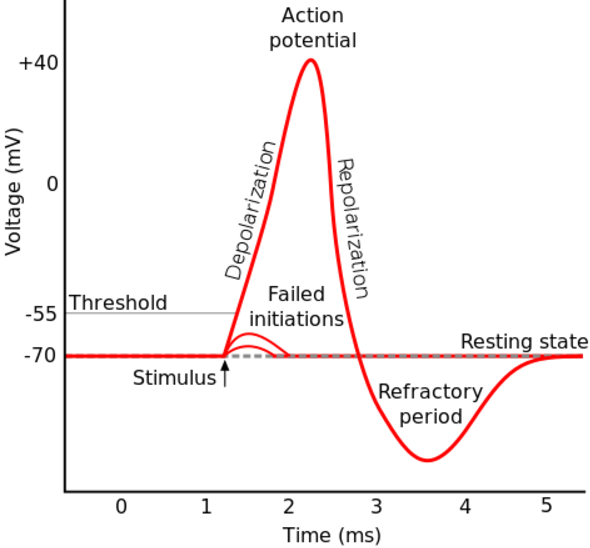
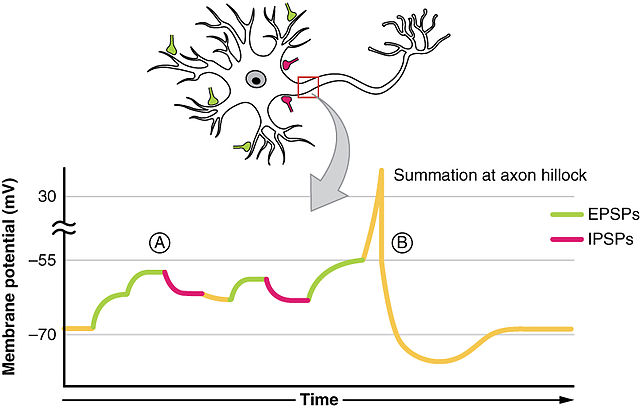
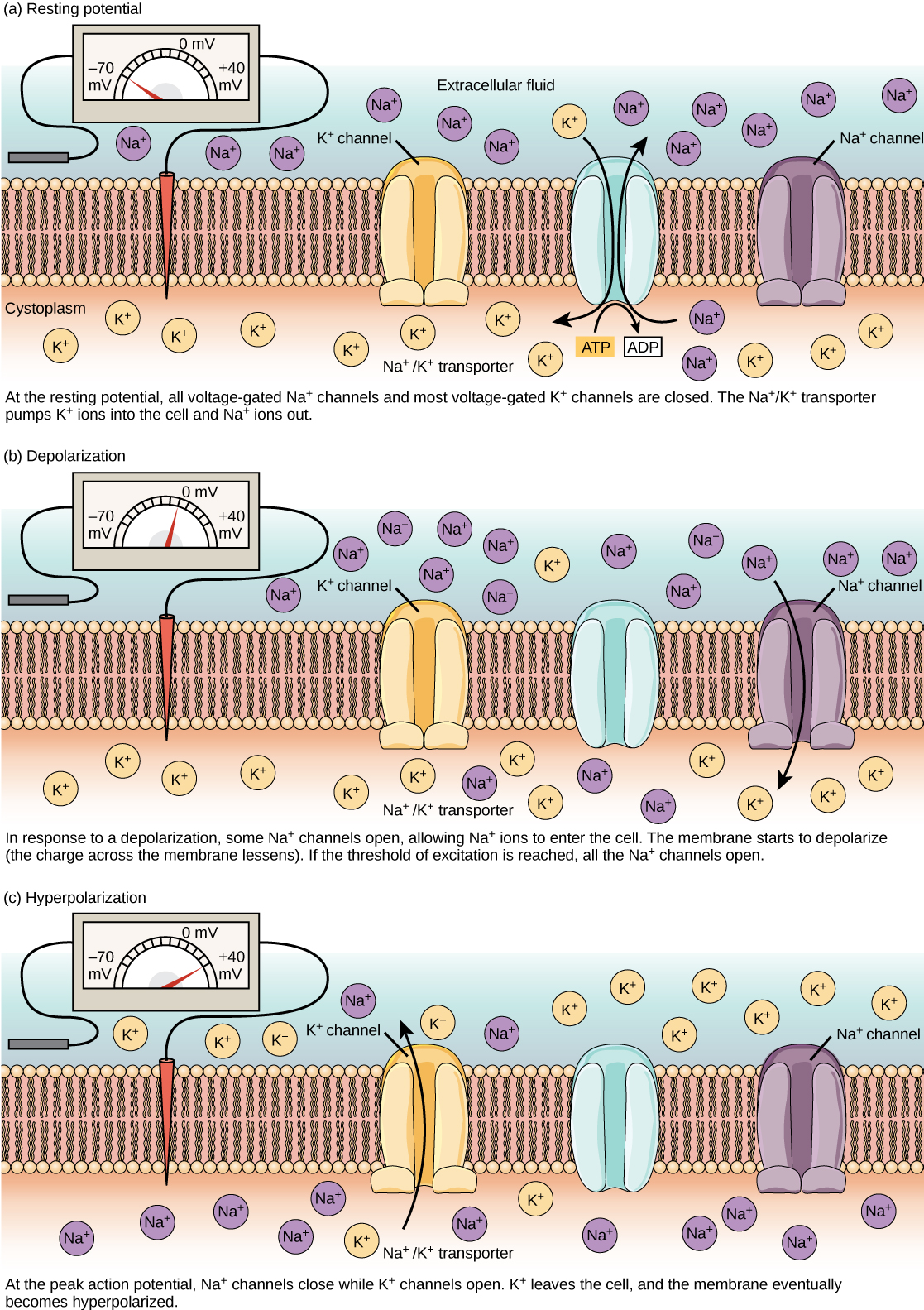
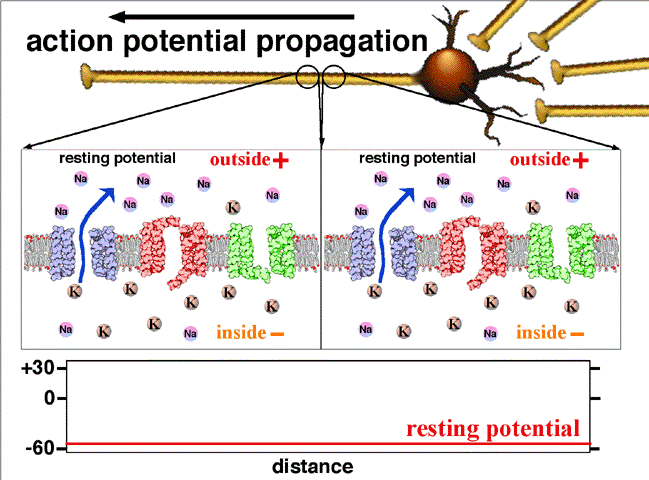
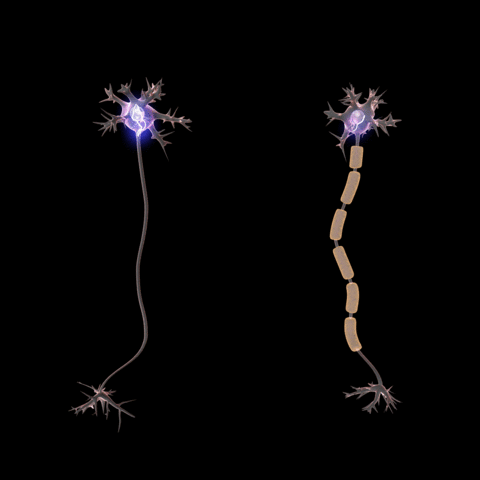
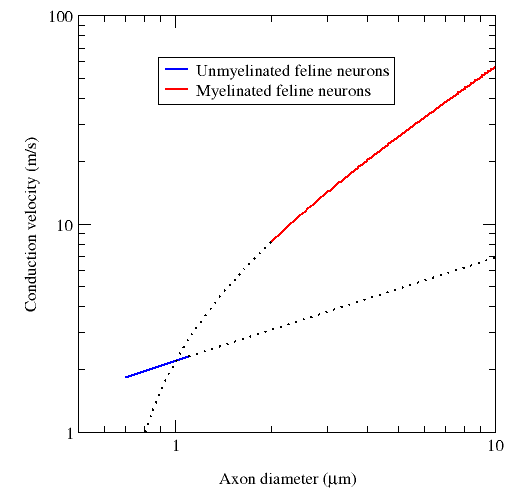
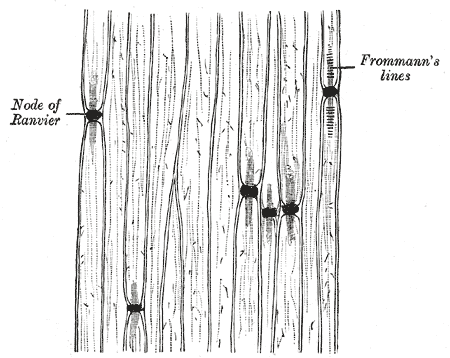
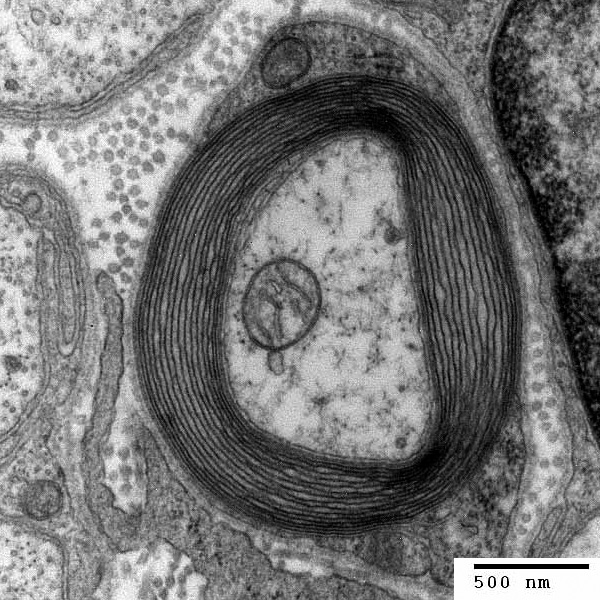
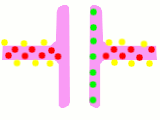

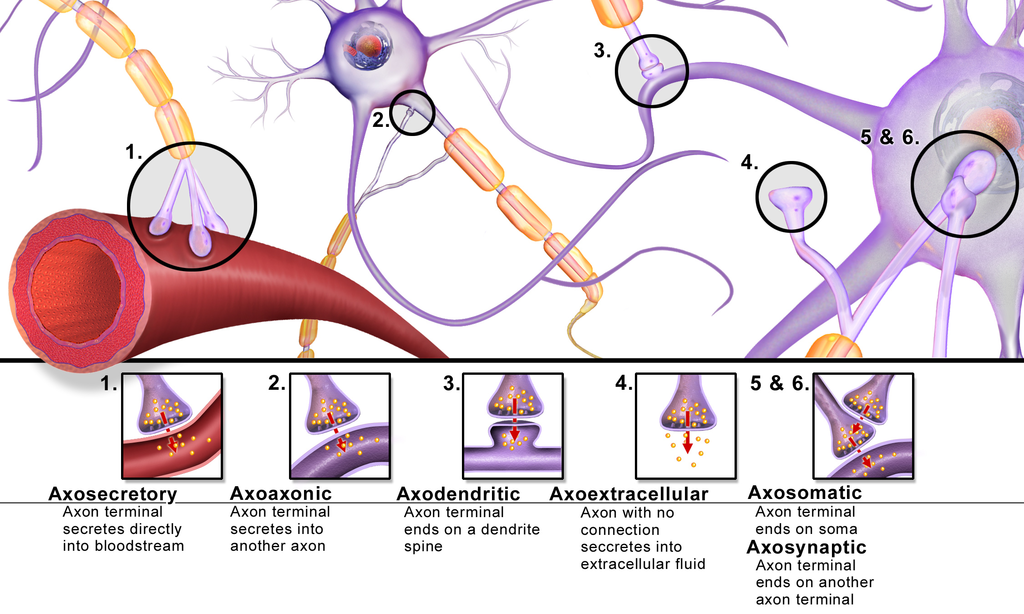
Time Spacing
(ms) (nm)
Chemical synapse 2 30
Electric synapse .2 3.5
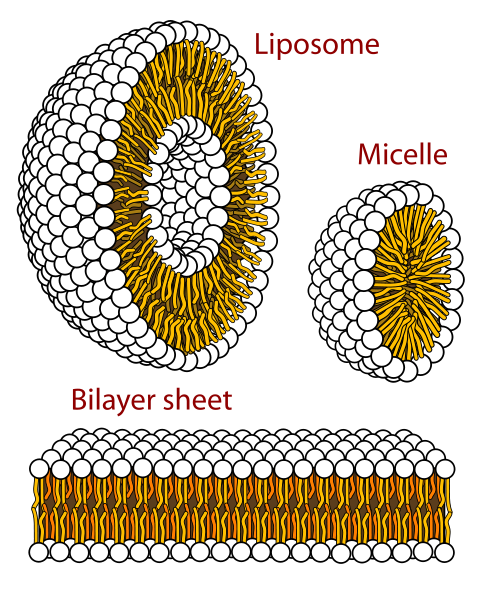
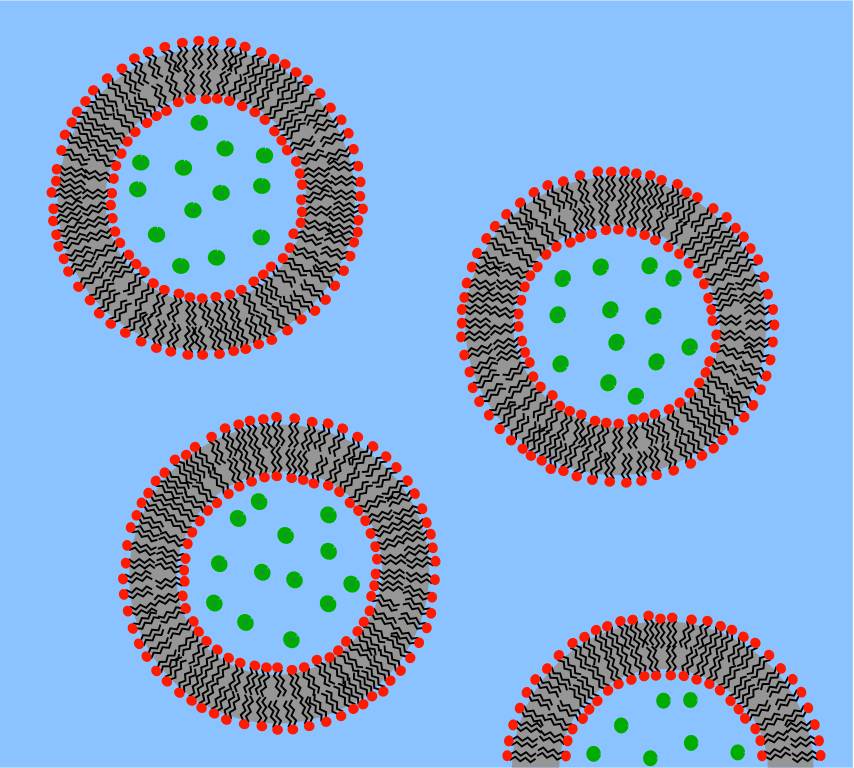
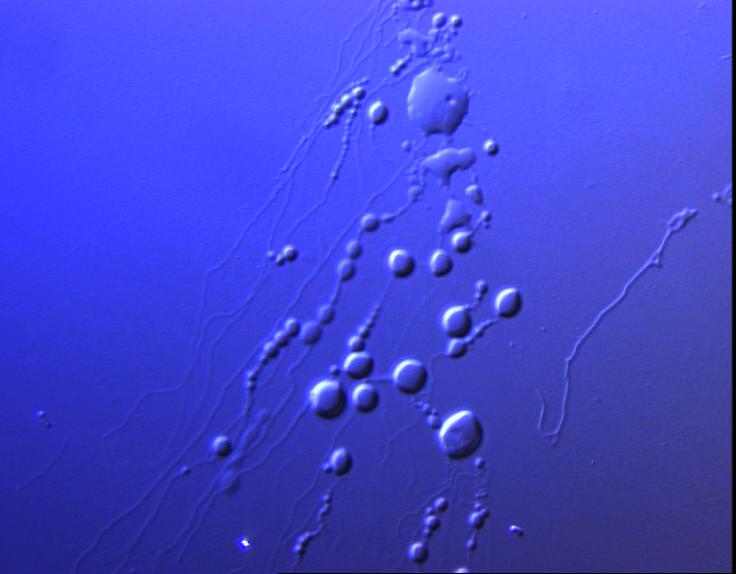
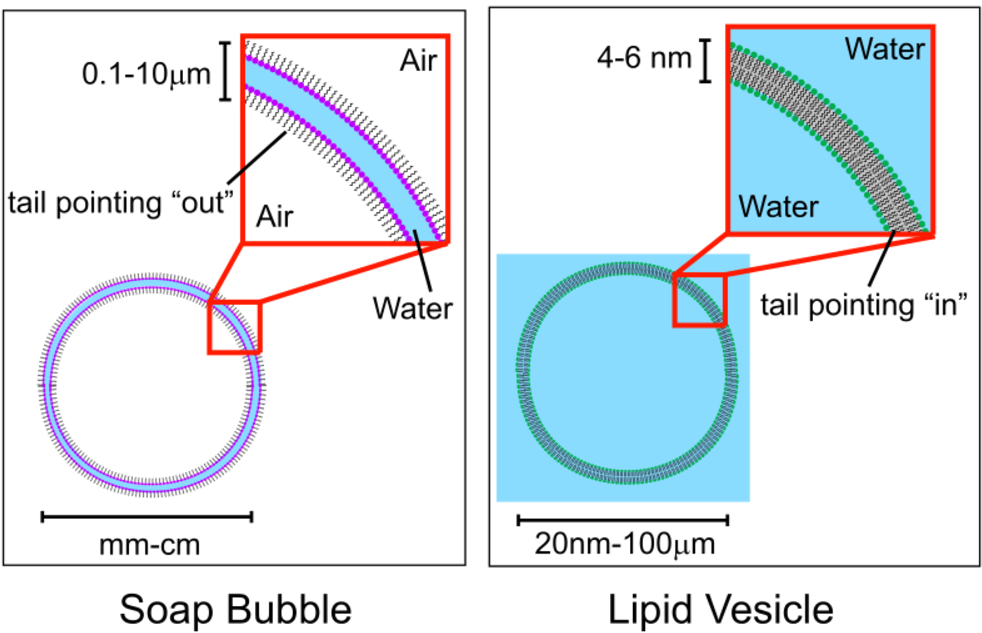
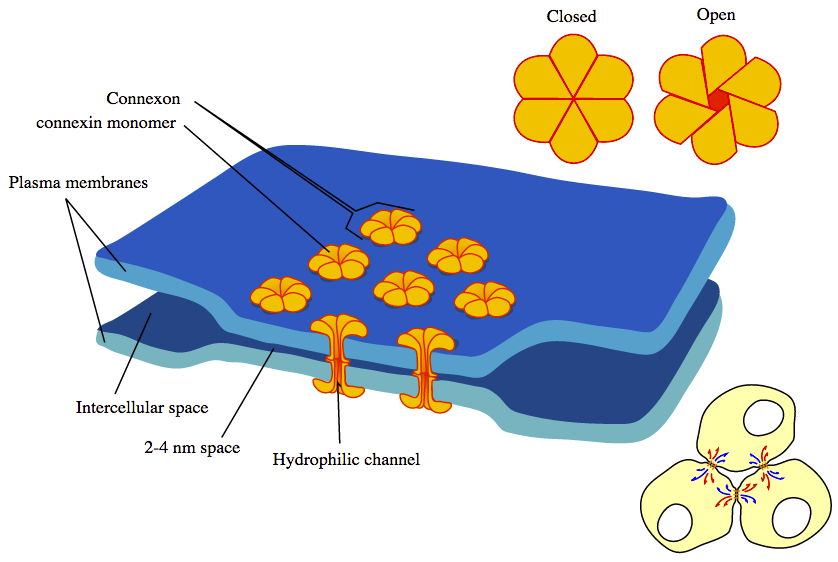
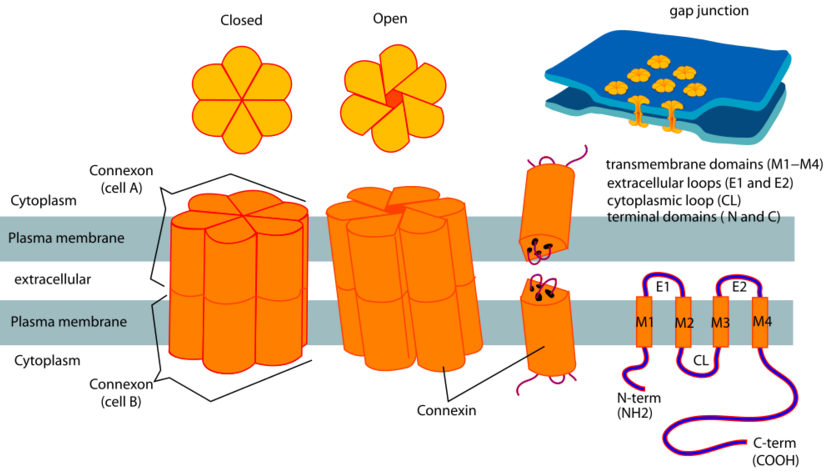
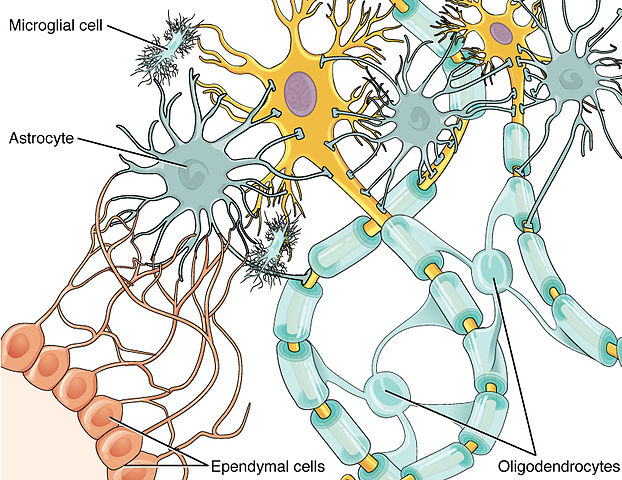
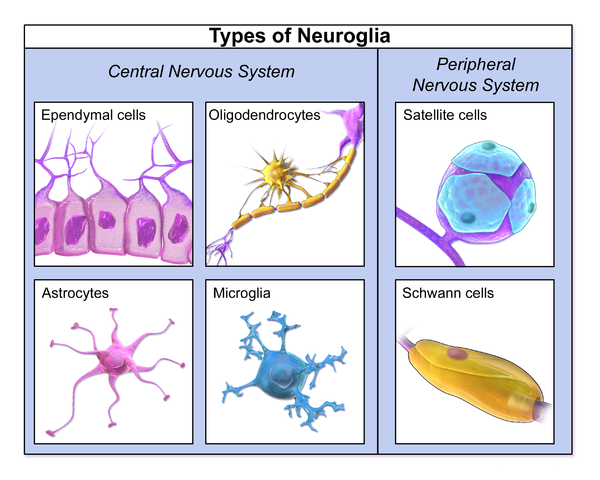

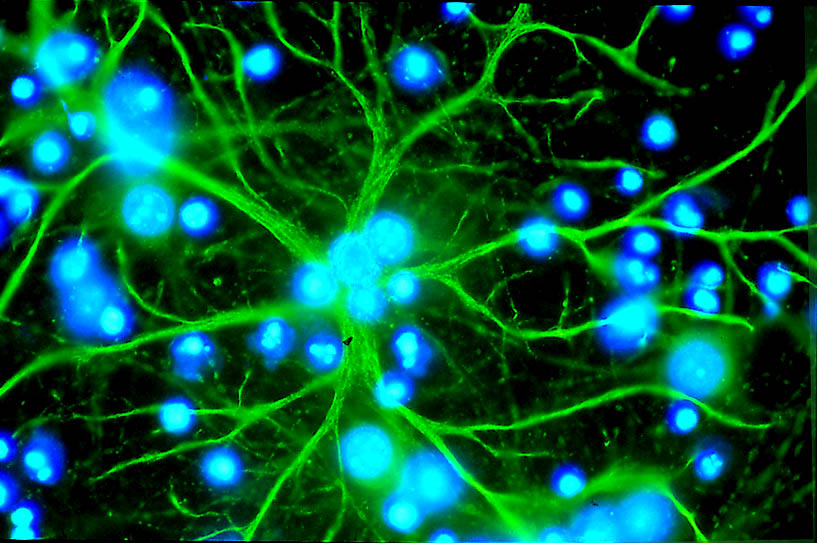
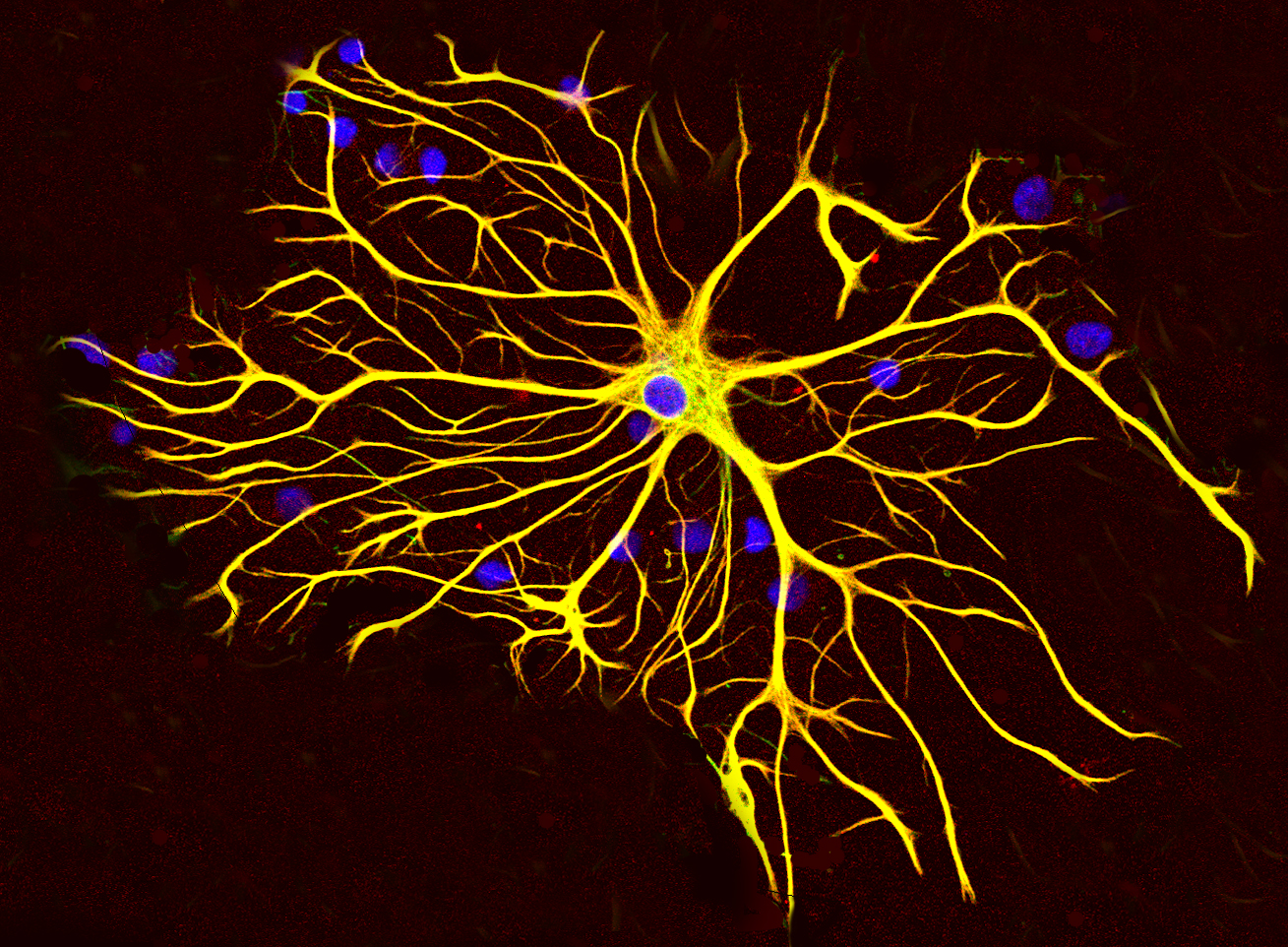
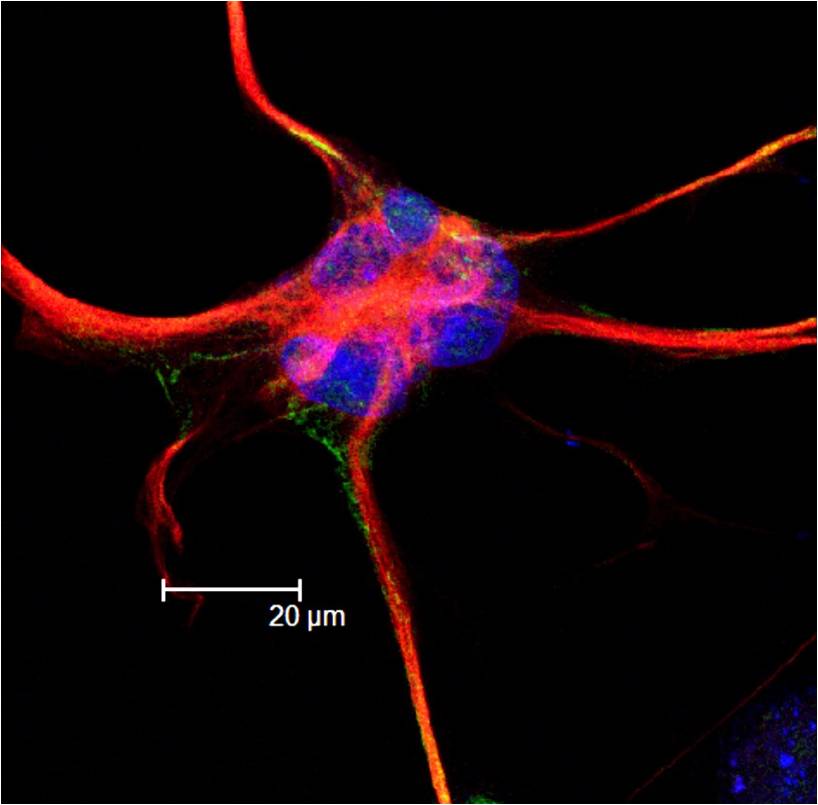
Astrocytes Provide nutrients to neurons
Microglial cell Cleanup
Oligodendrocyte Add myelin to axons in the central nervous system
Schwann cell Add myelin to axons in the peripheral nervous system
Gial cells perform functions such as:
Supply nutrients and oxygen to neurons
Supply nutrients and oxygen to neurons
Destroy pathogens and remove dead neurons
Regulate the clearance of neurotransmitters from the synaptic cleft
Release gliotransmitters such as ATP, which modulate synaptic function.
Oligodendrocytes .756
Astrocytes .173
Microglia .065
Neurons Glia
(109) (109)
Cerebral cortex 16.3 60.8
Cerebellum 69.0 16.0
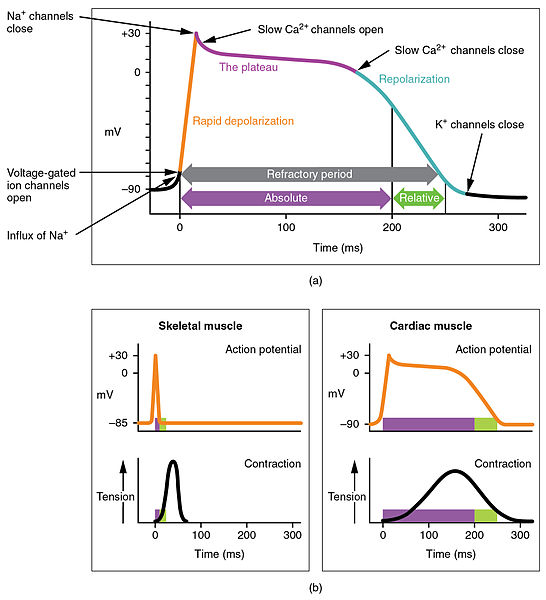
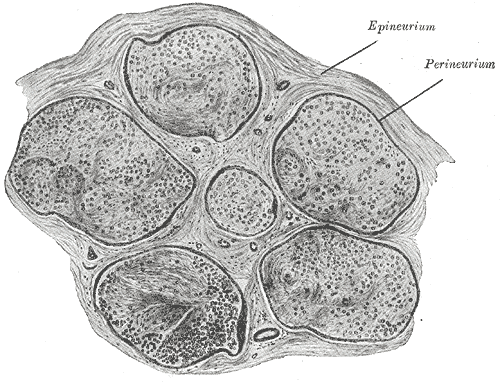
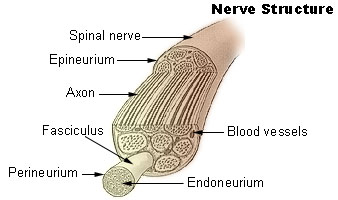
CPUs Flops Devices Cycles/second Devices * Cycles/second
Brain 1 .1 1014 synapses 102 1016
Supercomputer 106 1016 106 CPUs 1010 1016
Flops = Floating point operations per second.
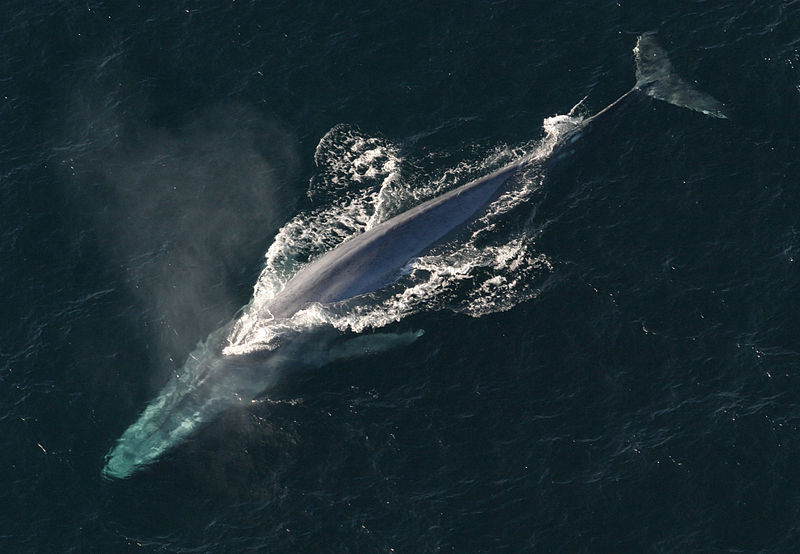
Blue whales produce sound at an intensity of 188 decibels, louder than
a jet engine. The frequency range is 10-40 Hertz. They can hear each other
over a distance of 1000 km.
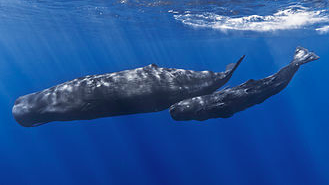
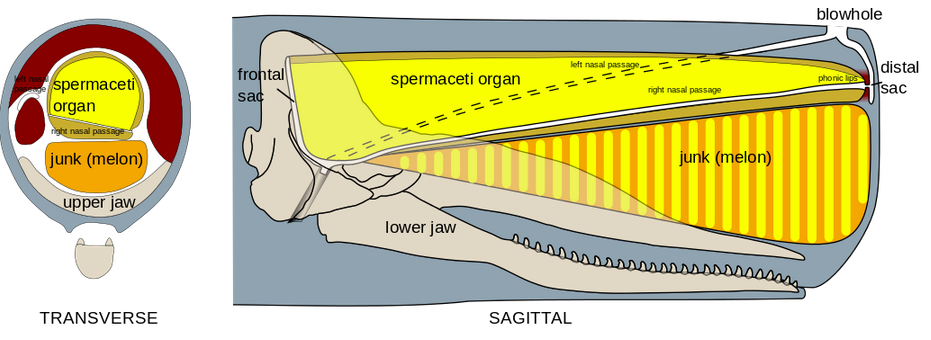
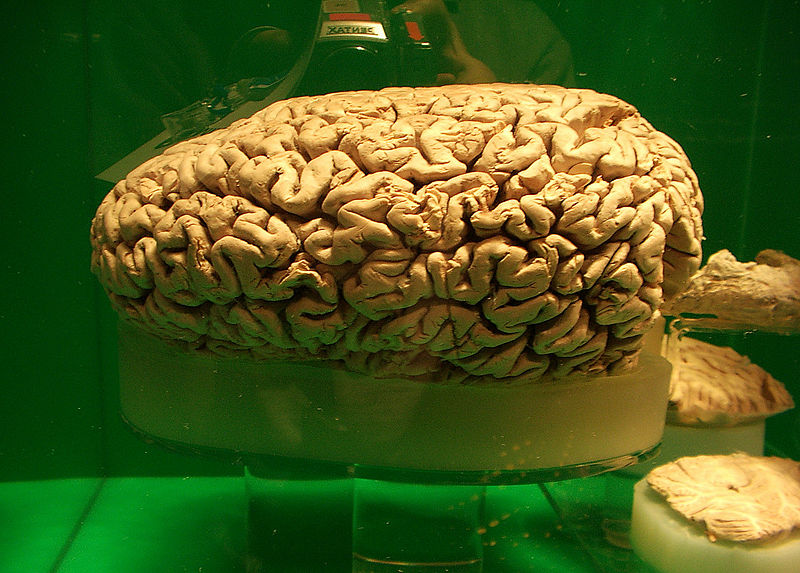
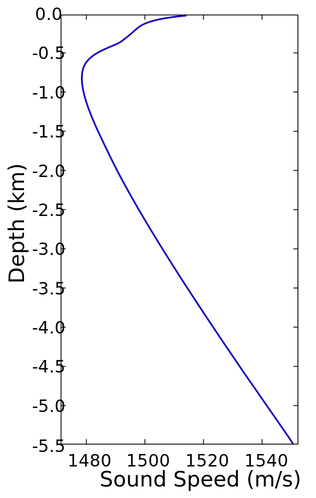

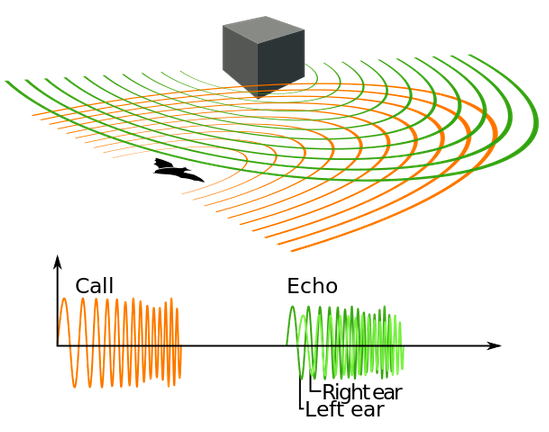
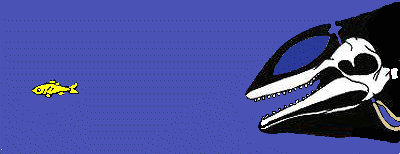
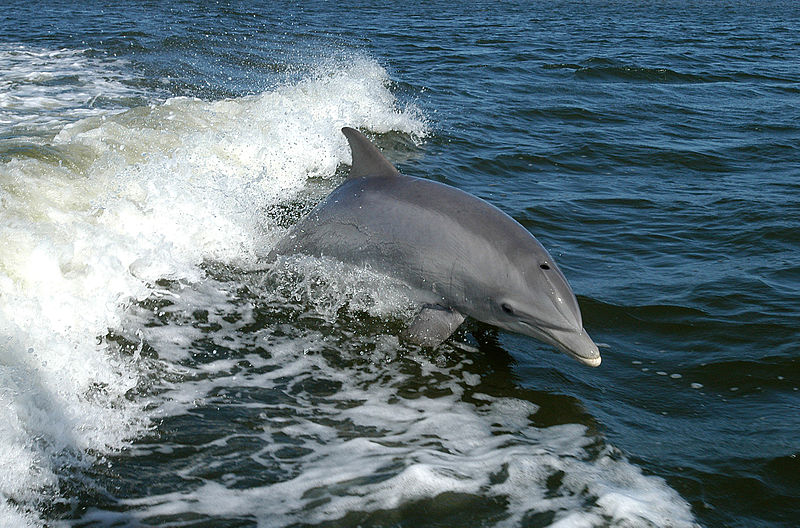
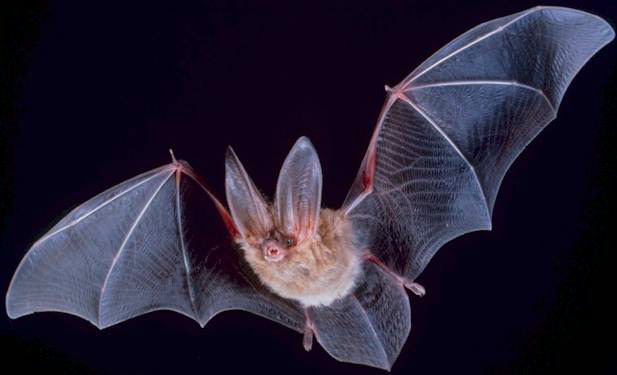
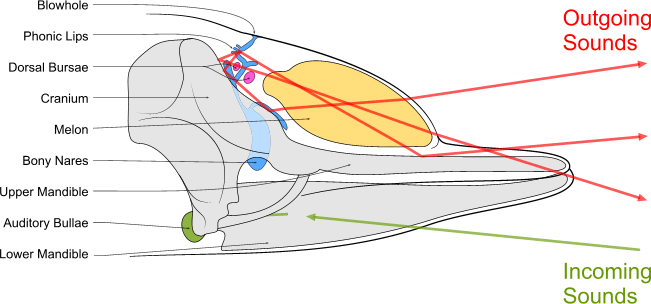
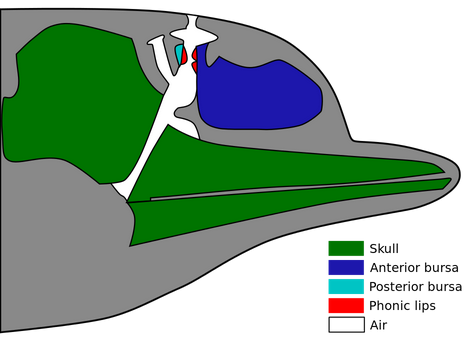
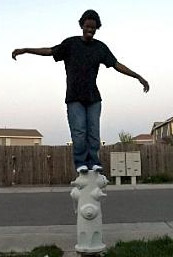
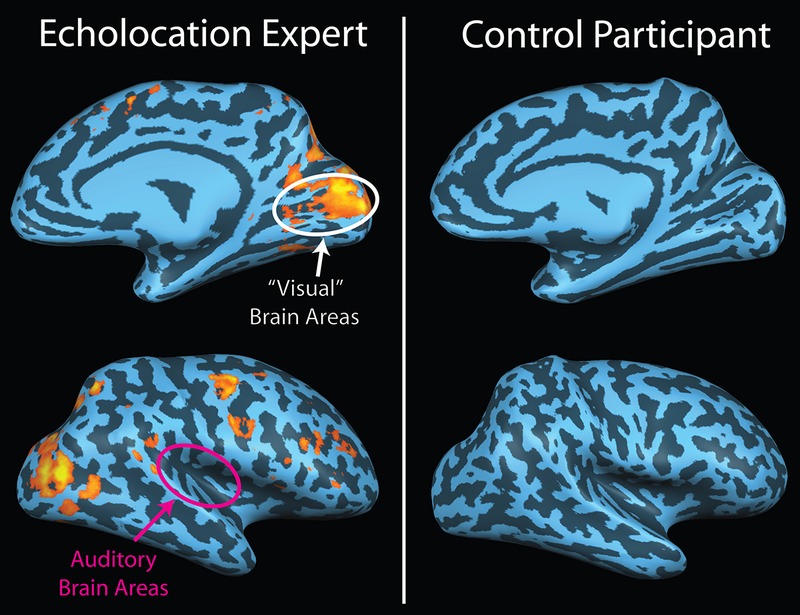
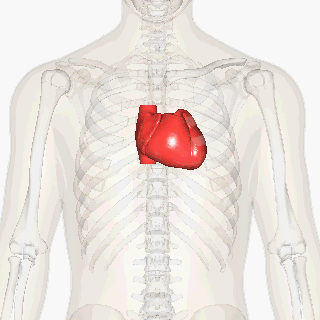
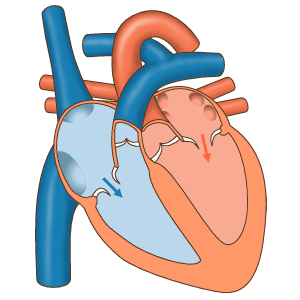

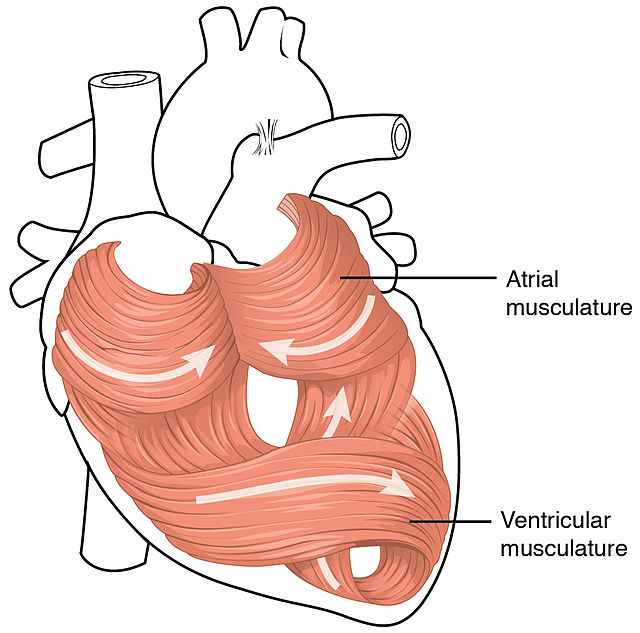
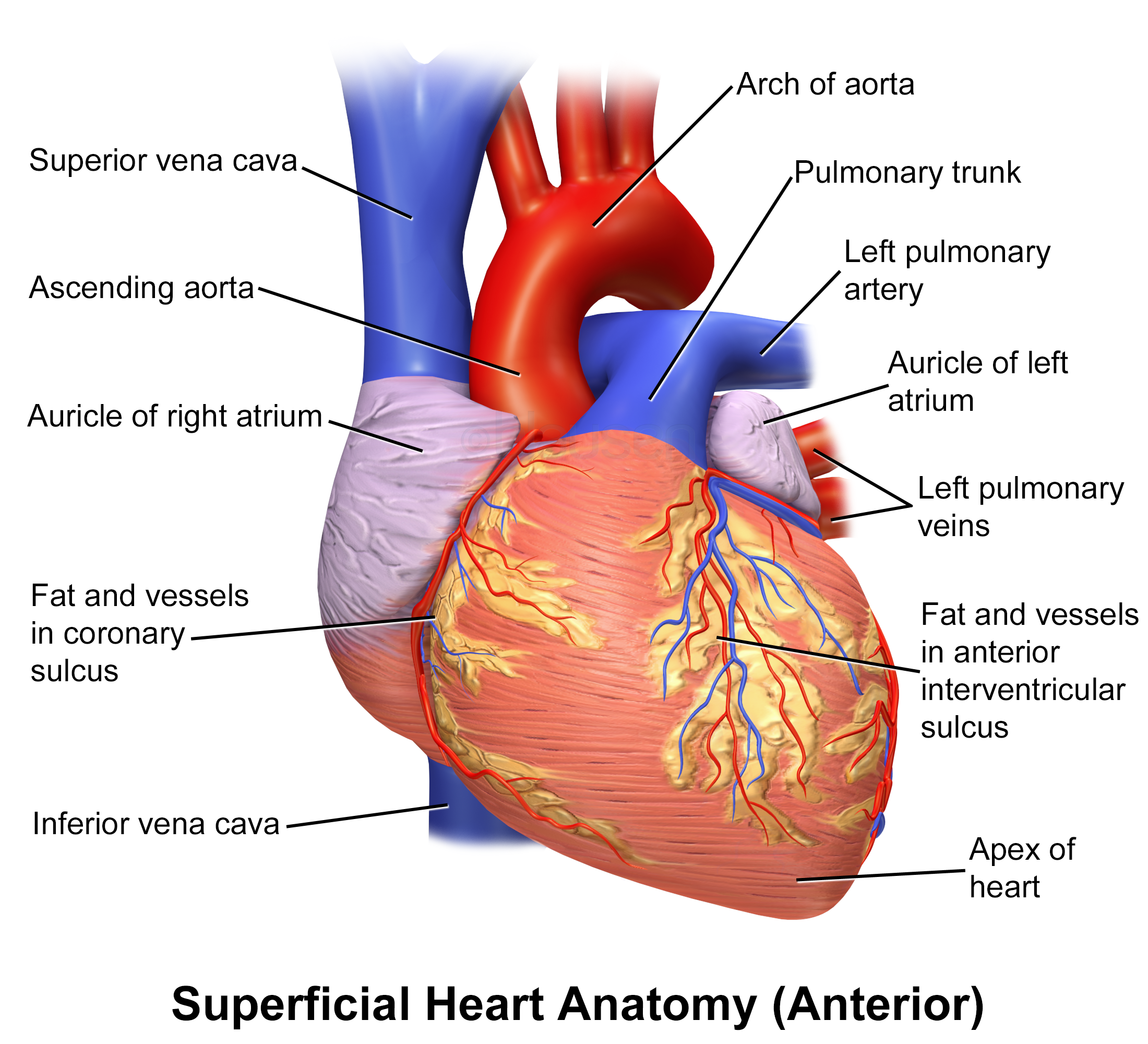
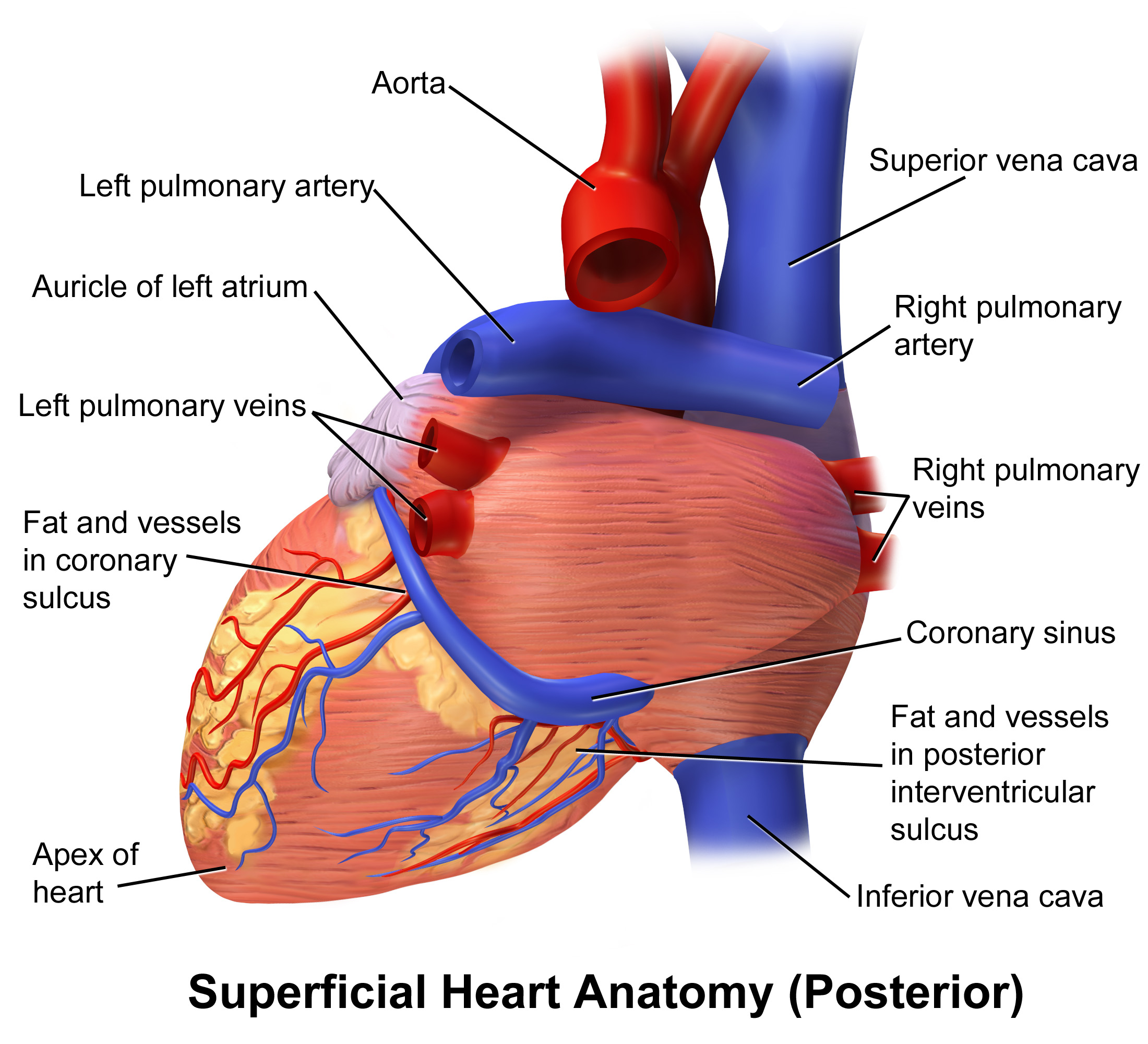
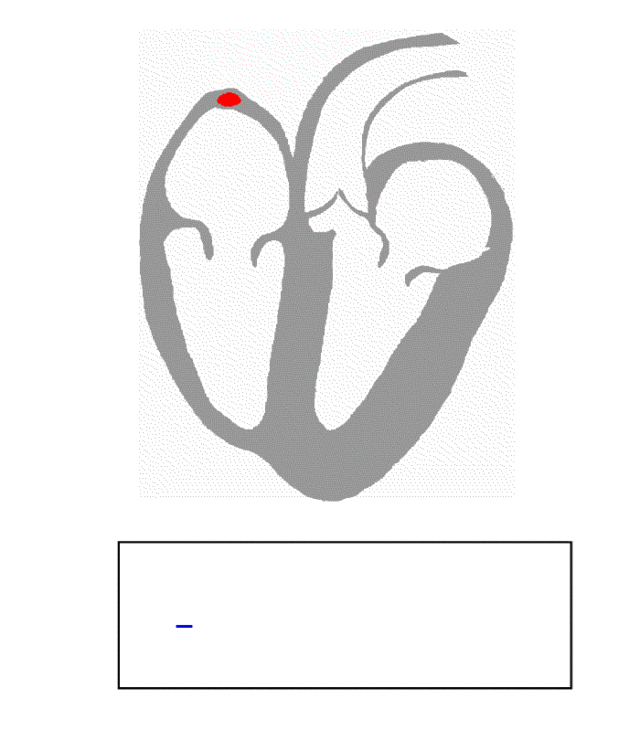
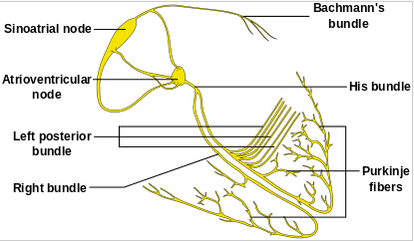
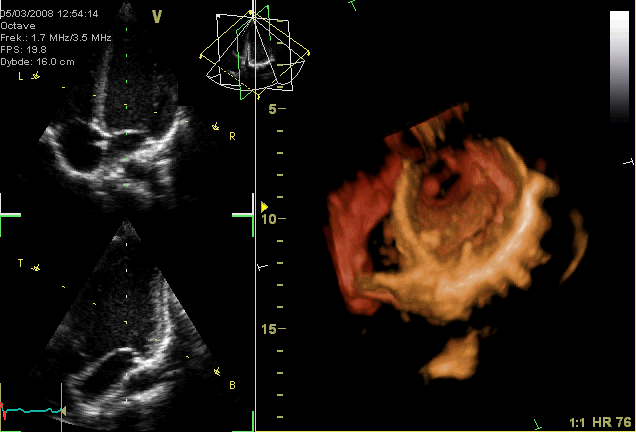
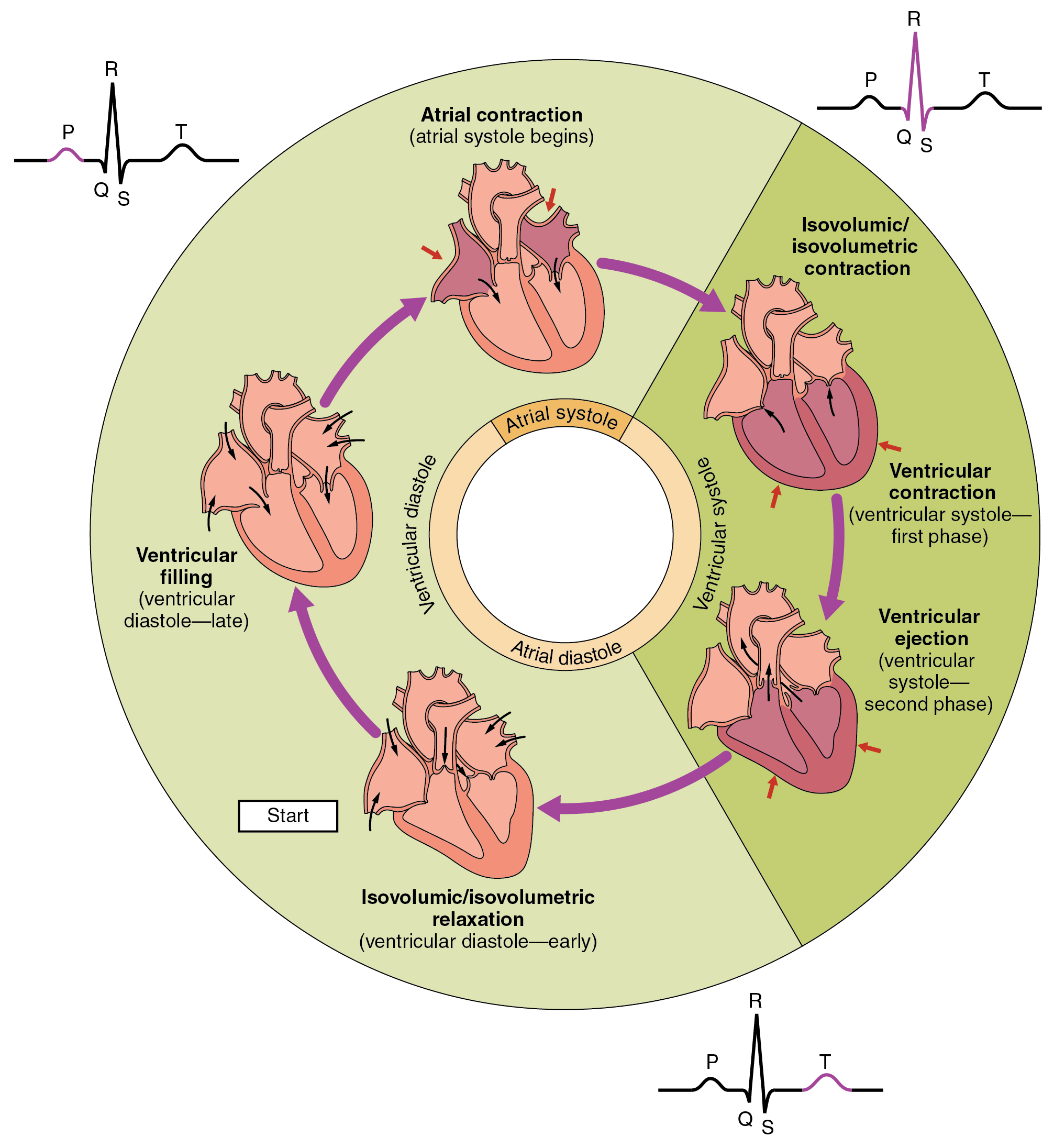
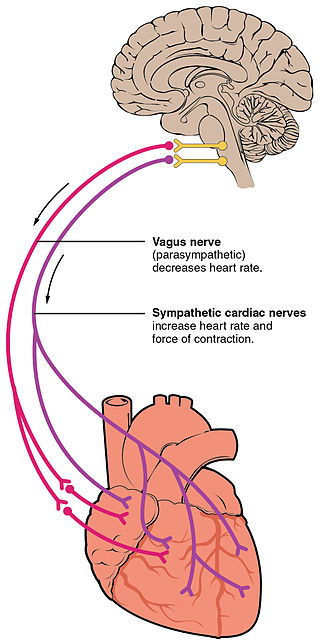
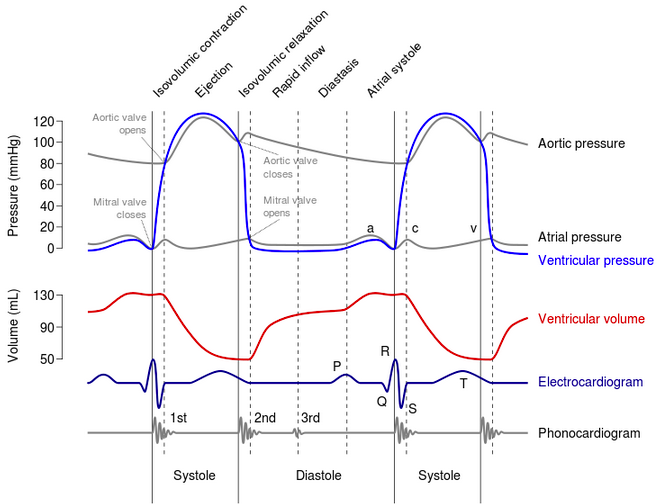
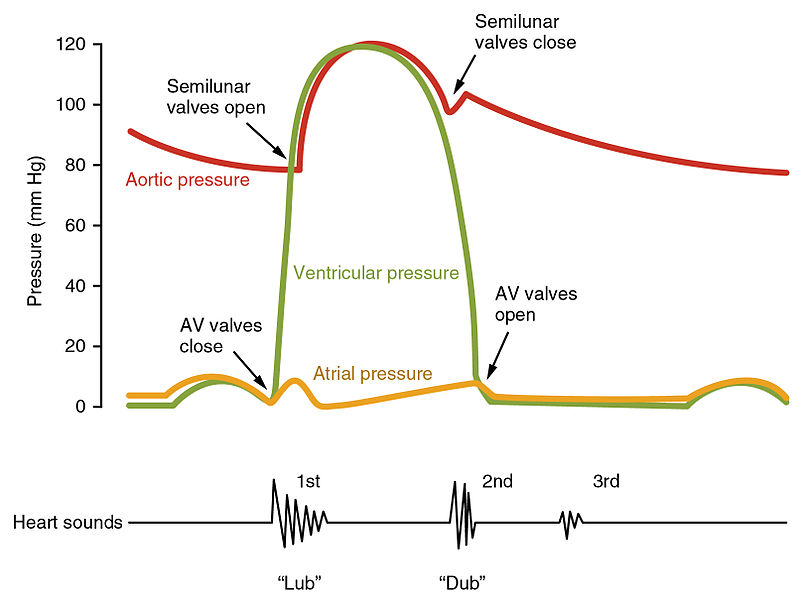
Training technique: Practice listening to your heart. To gain awareness of year heart cycle your breathing
cycle must be under control.
Kung Fu clip

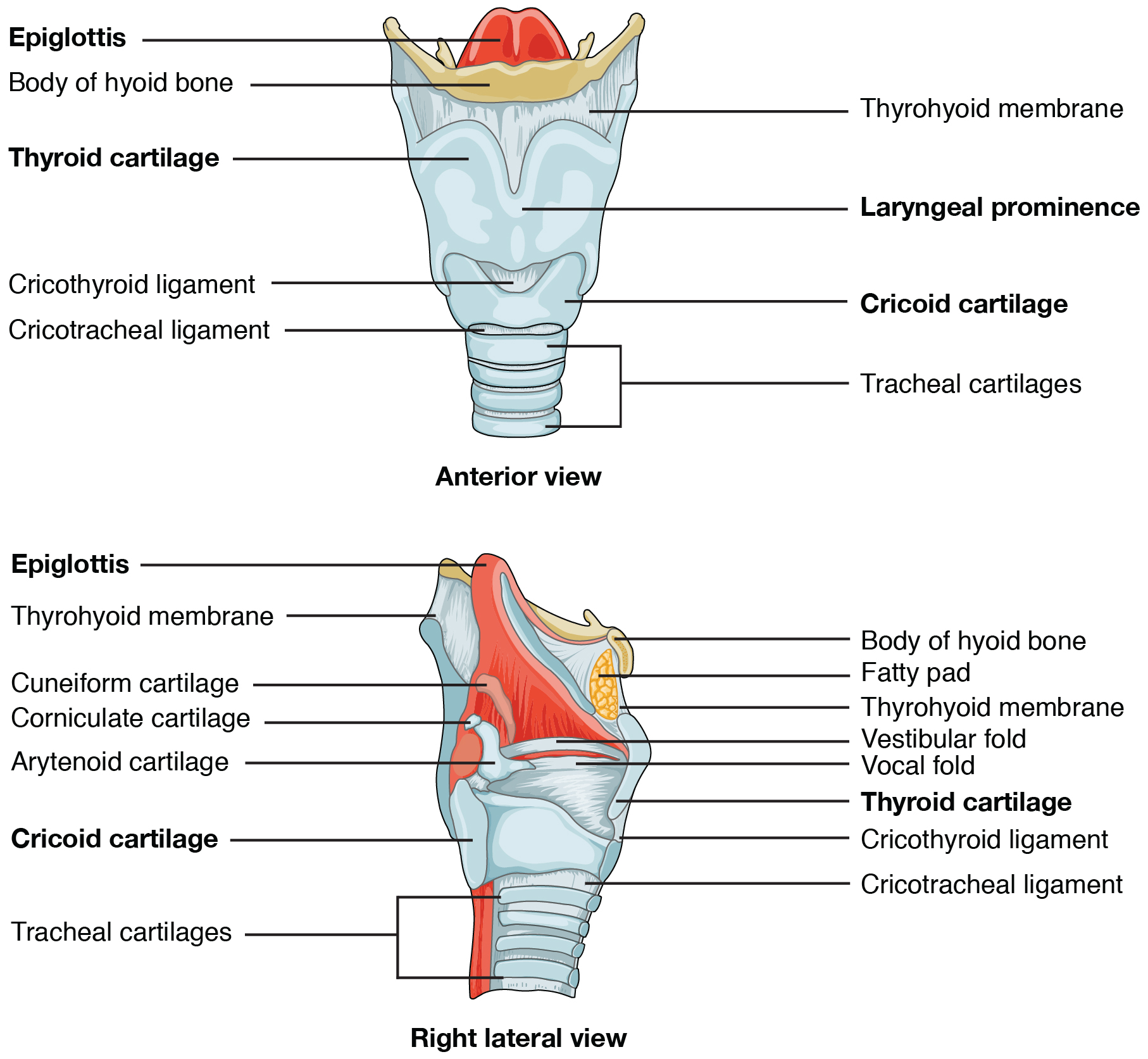
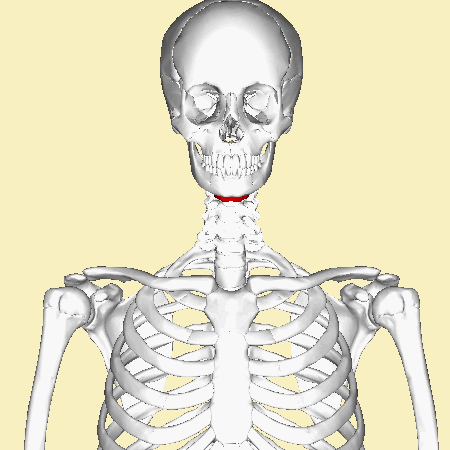
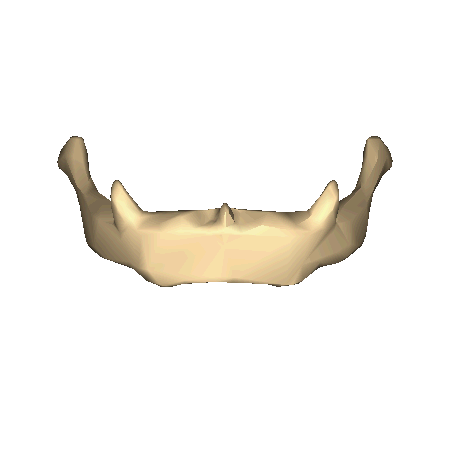
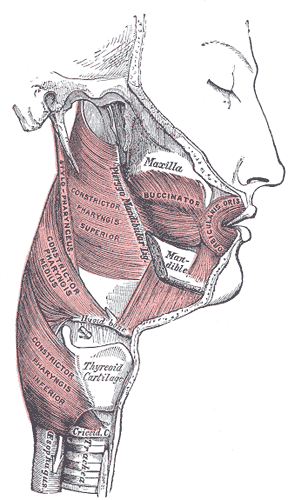
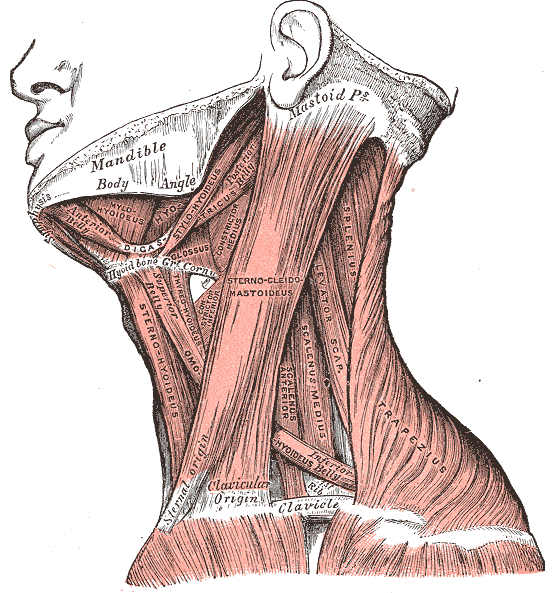
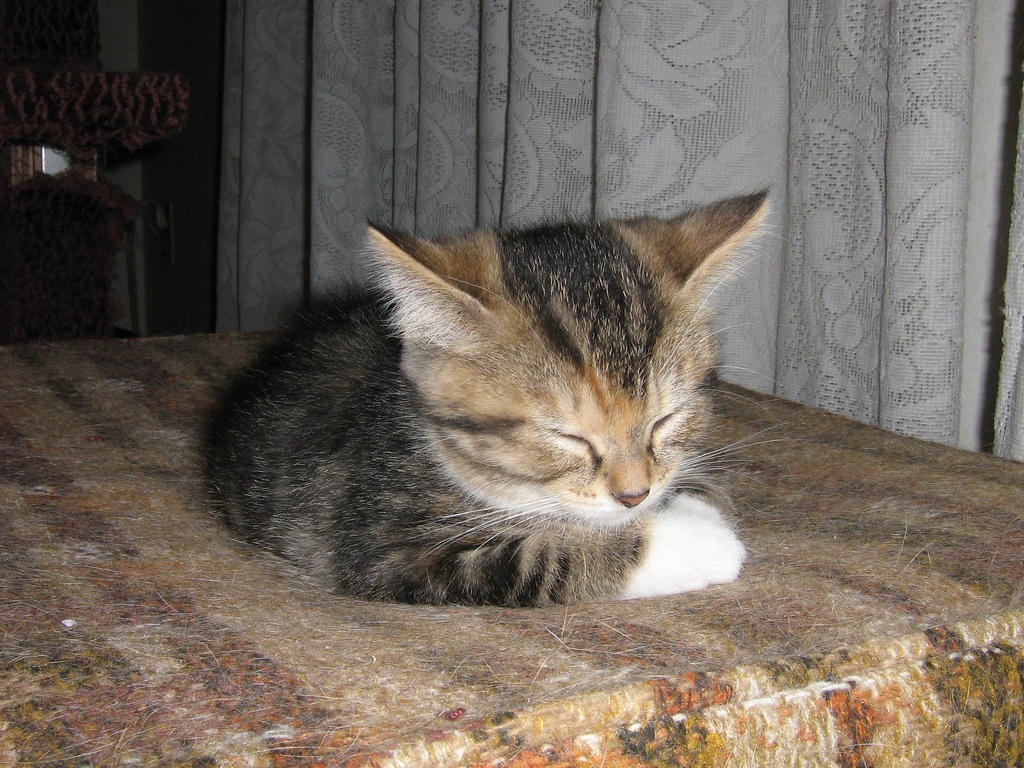
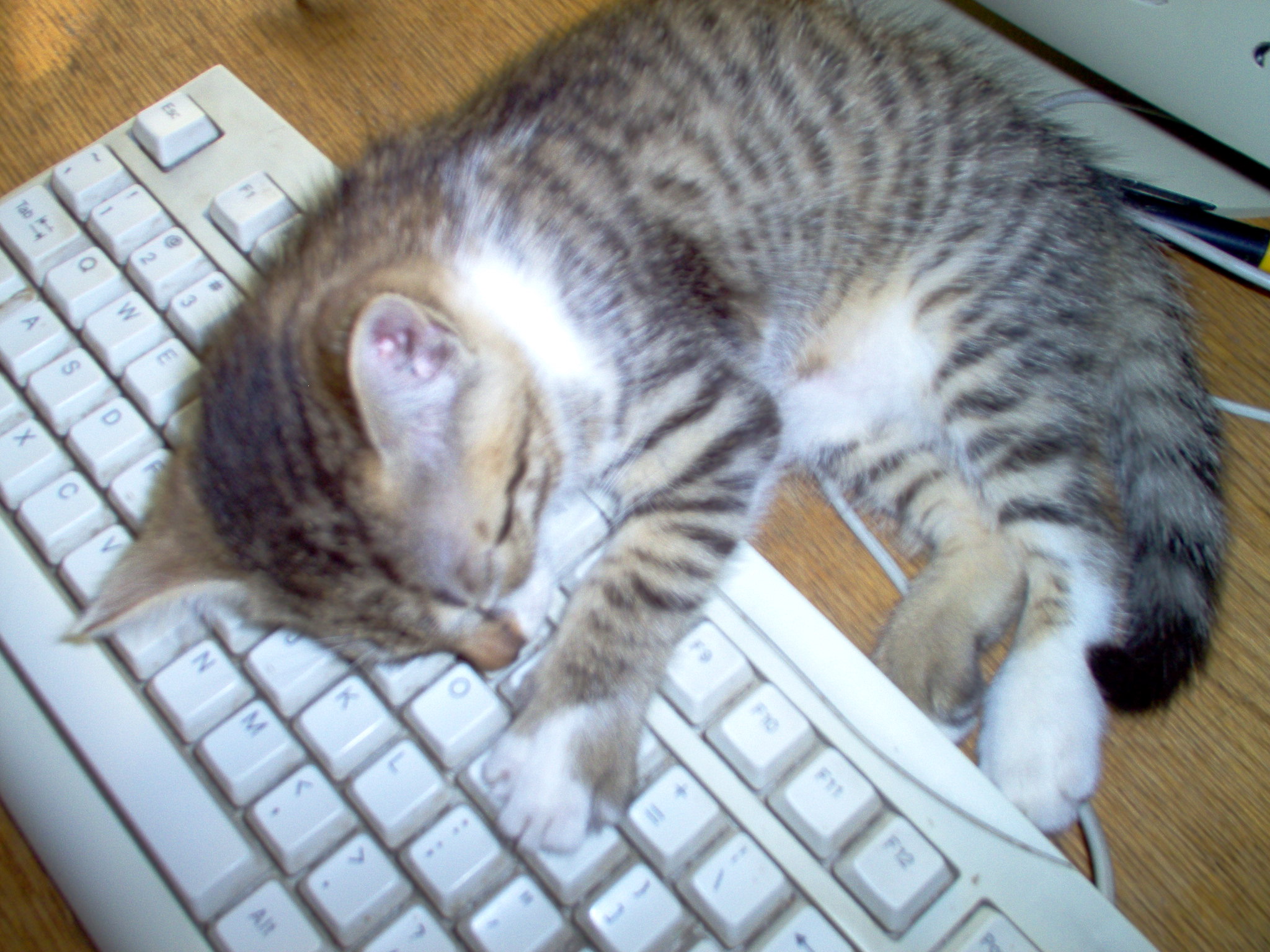
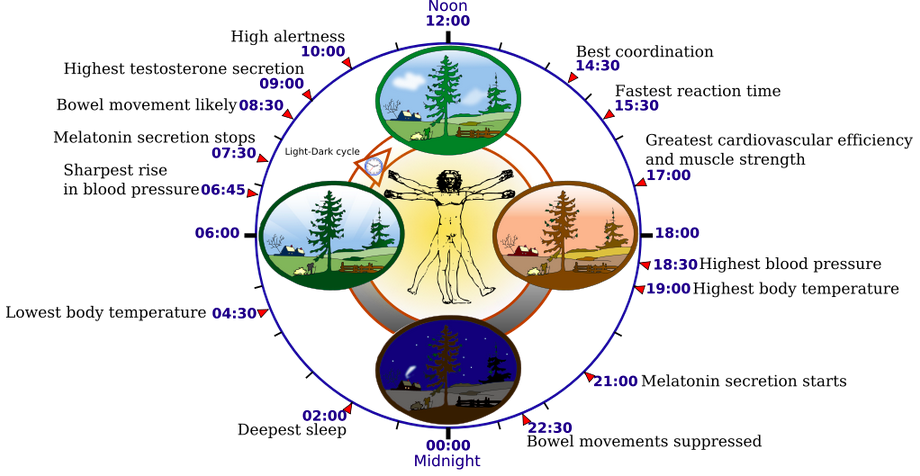
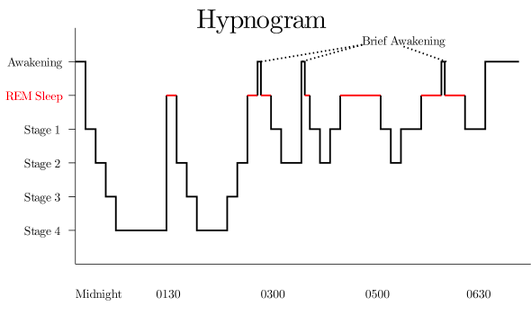
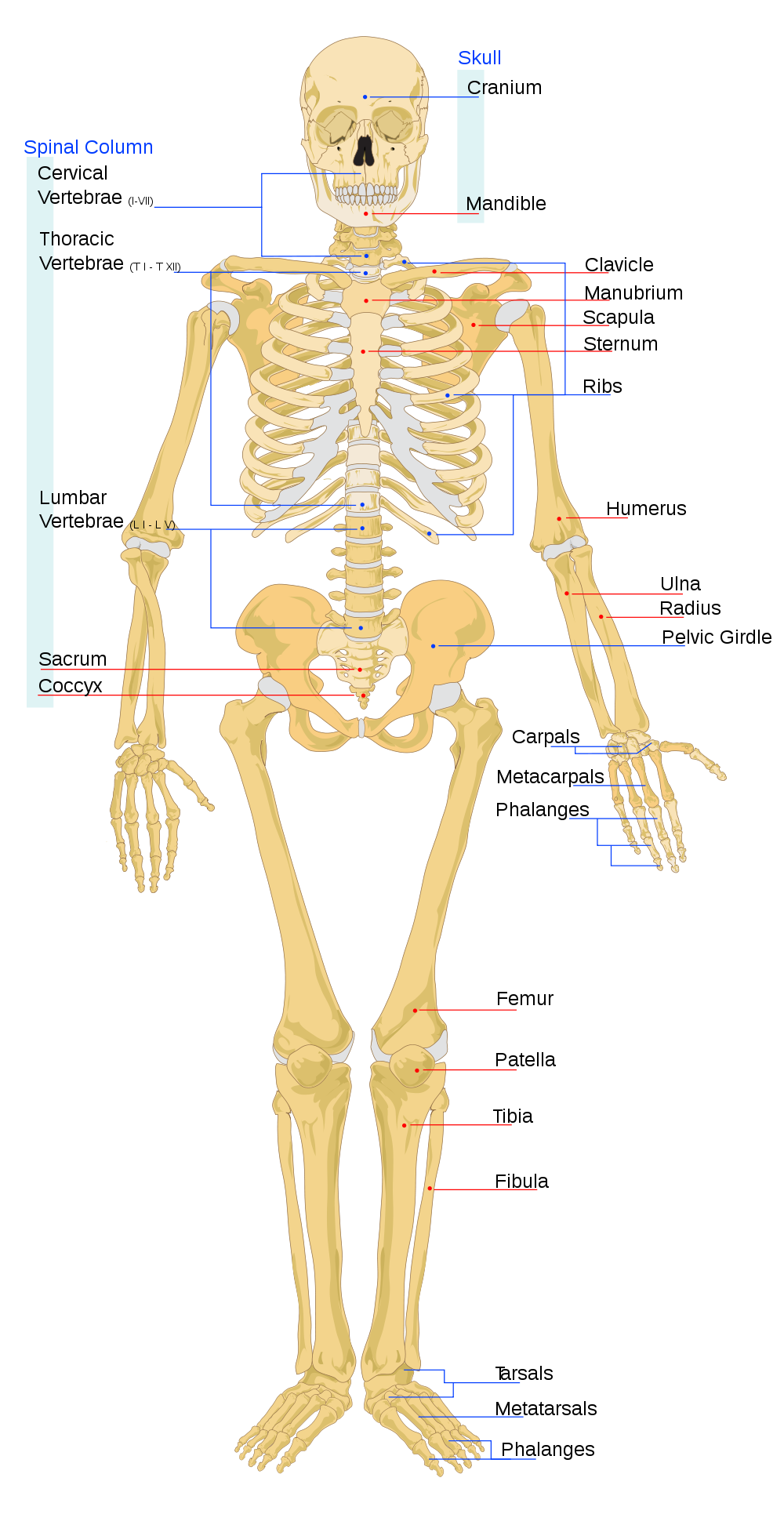
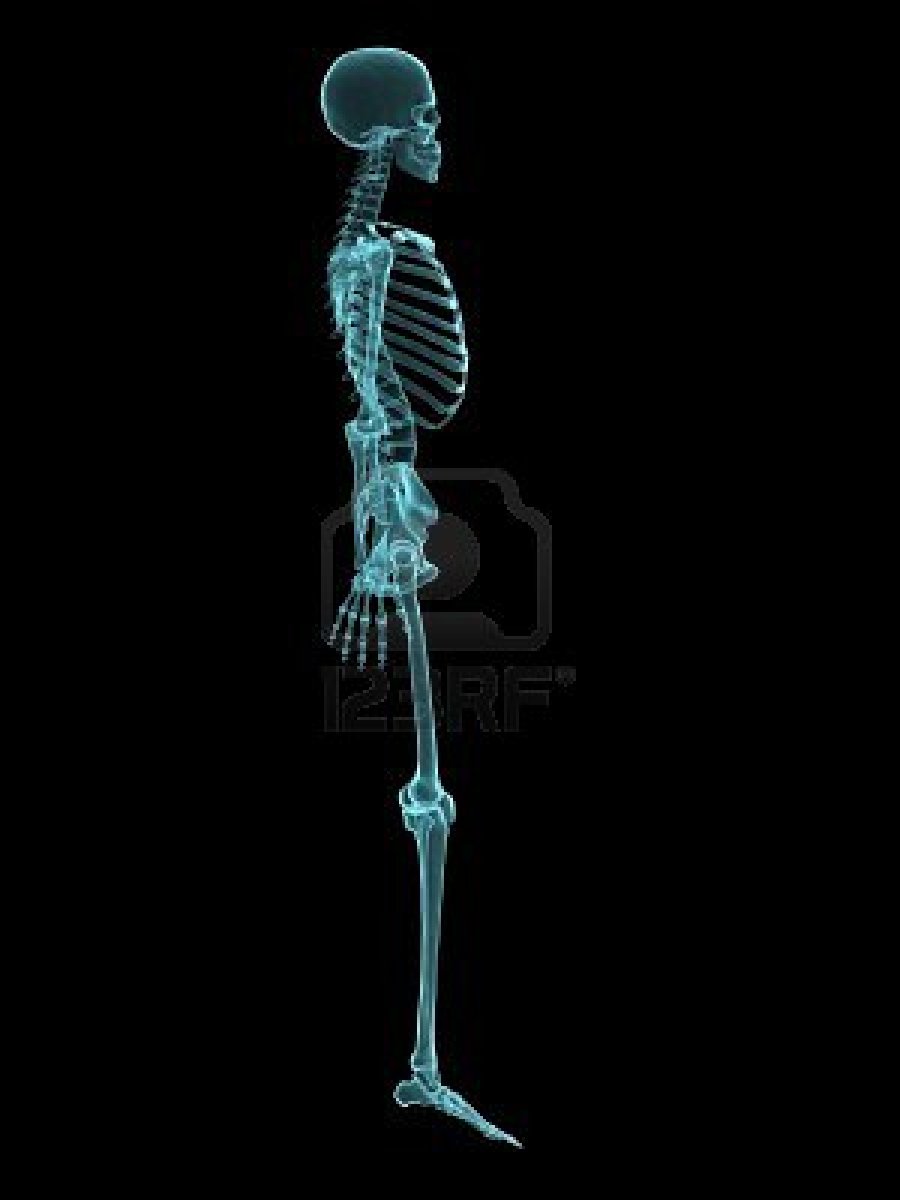
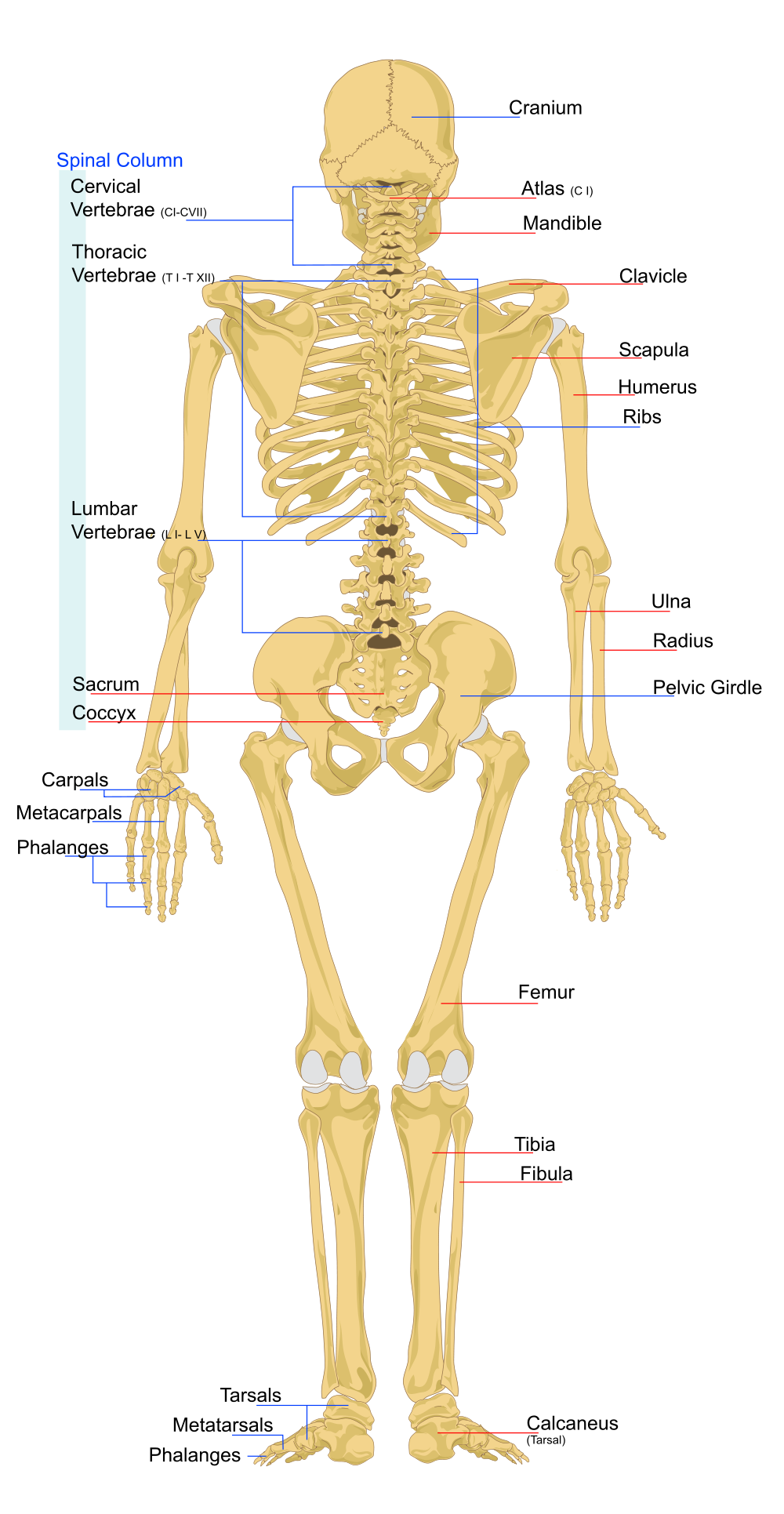
A skull
A ribcage
Four limbs
One bone in the upper limb and two bones in the lower limb
The hind limbs are directly connected to the pelvis
The front limbs are indirectly connected to the torso through the shoulder blades
The limbs attach to the torso in a universal joint
The joint in the limbs after the universal joint is not universal
2 Eyes
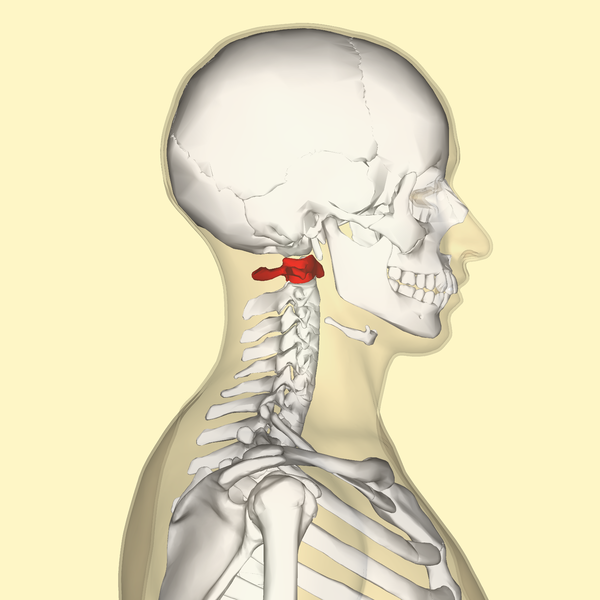
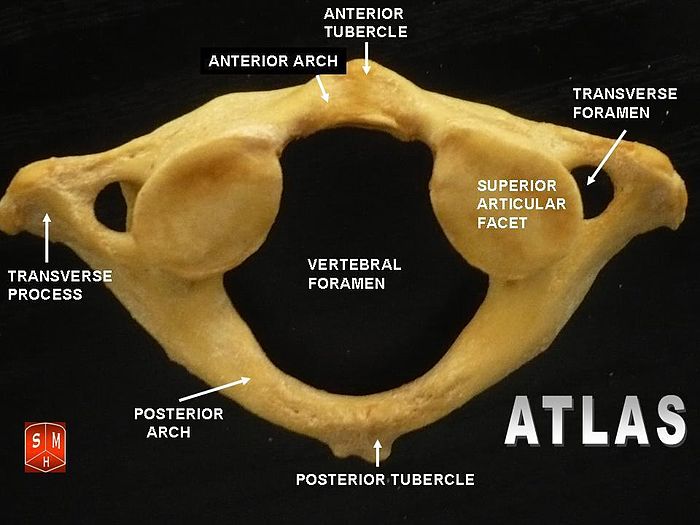
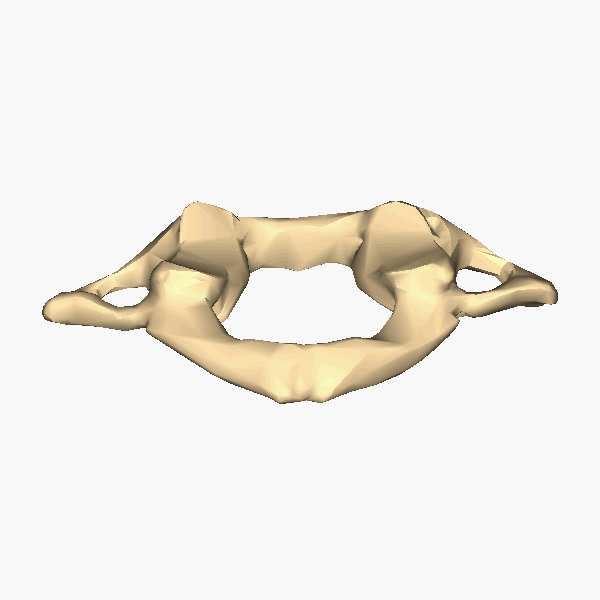
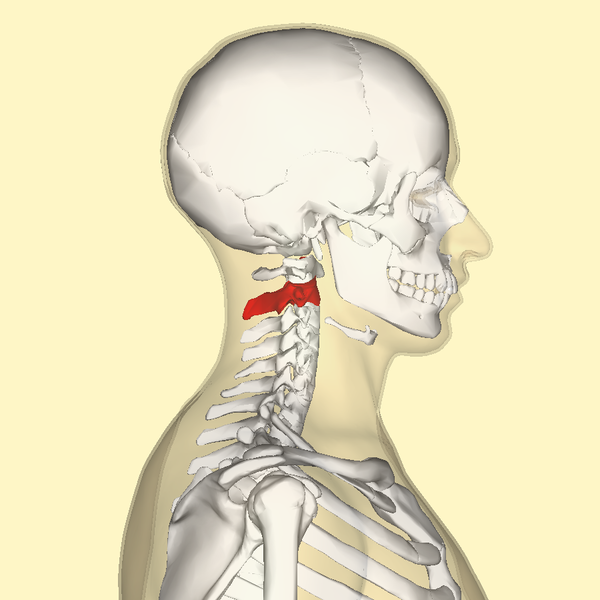
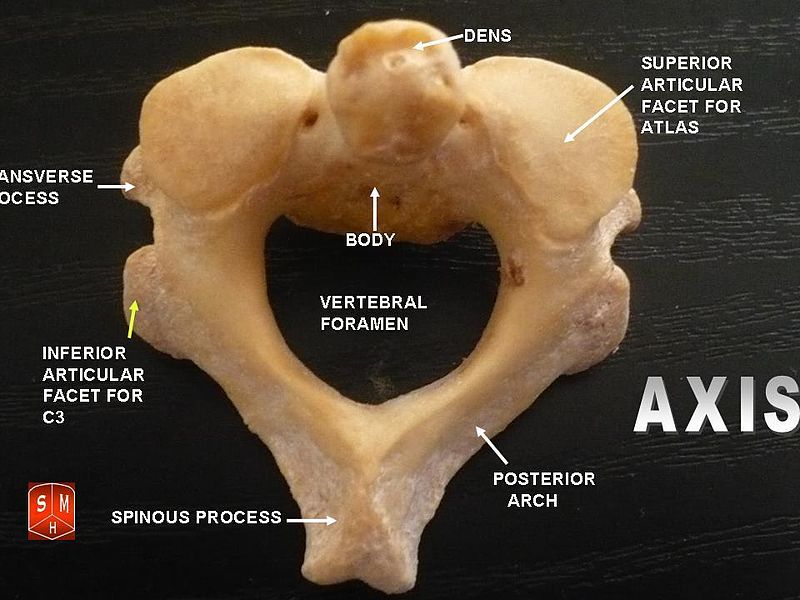
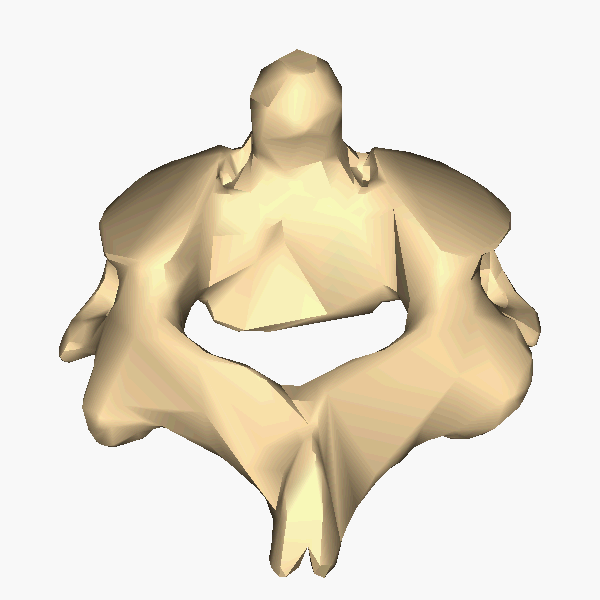
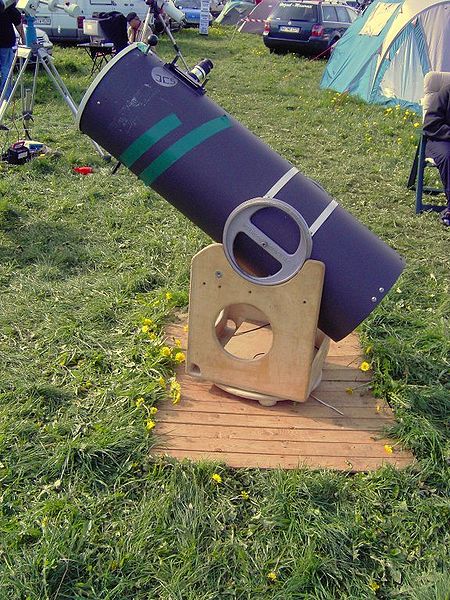
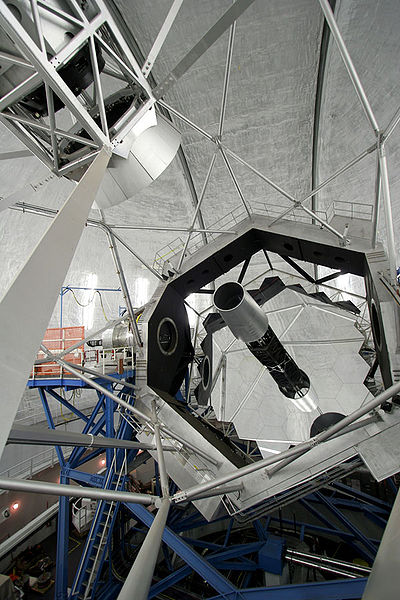
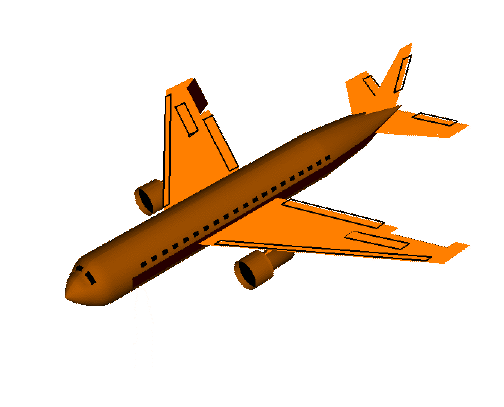
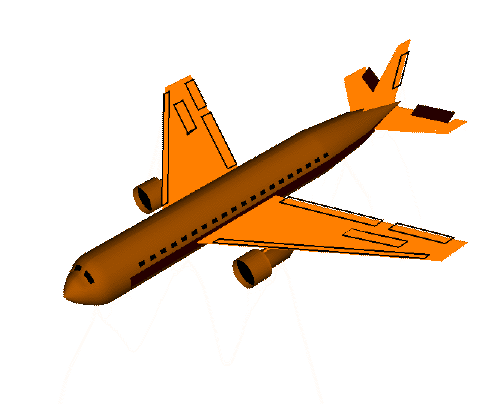
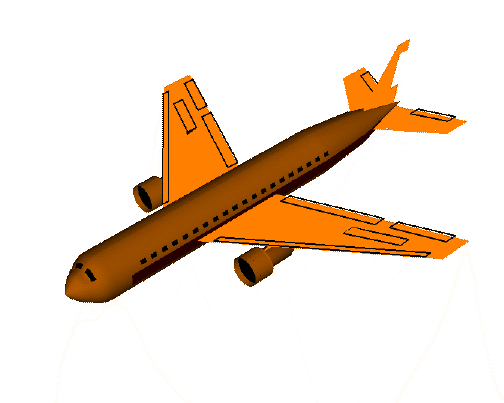
Yaw is controlled by the Axis-Atlas joint. (Shaking your head "no")
Roll is controlled collectively by all neck vertebrae.
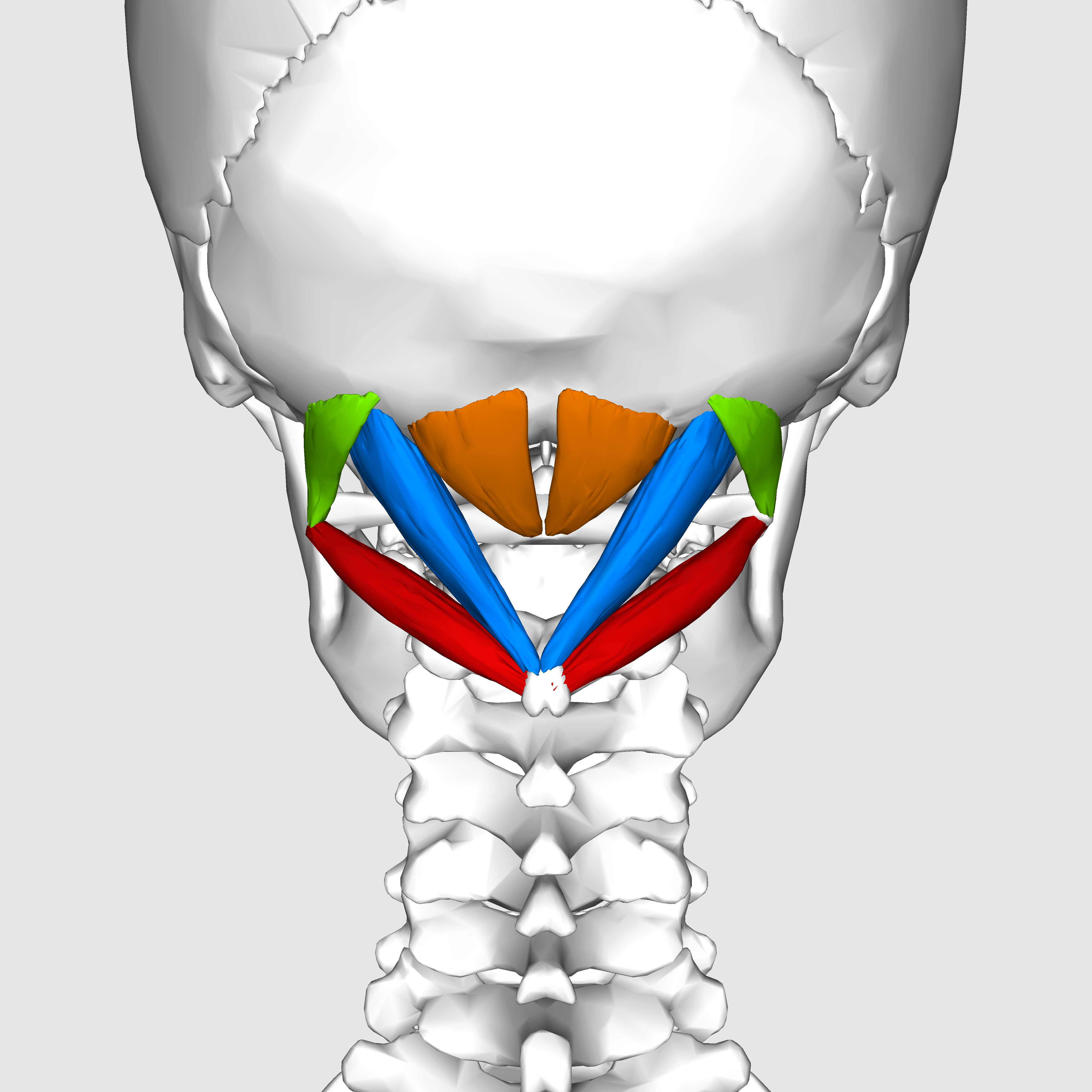
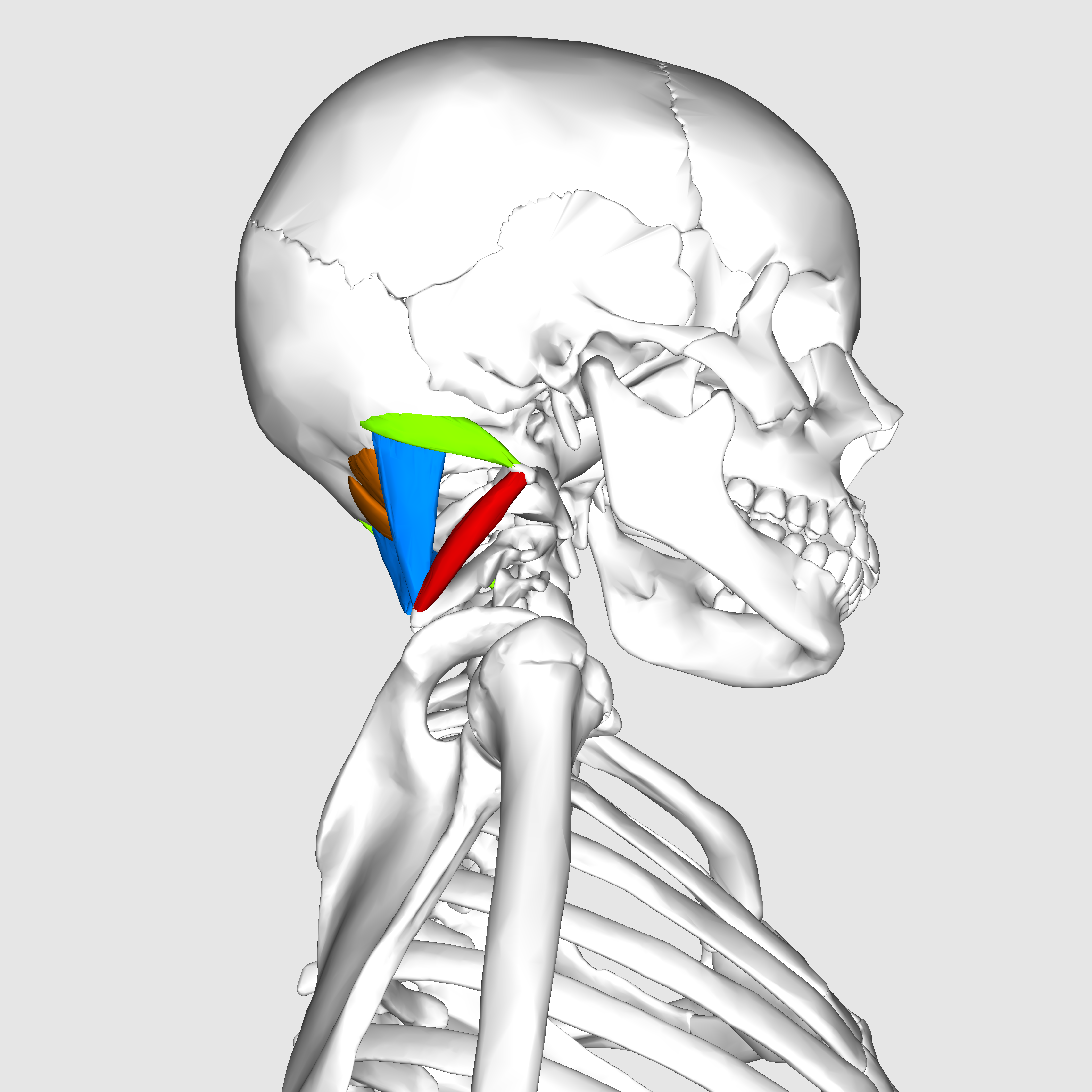
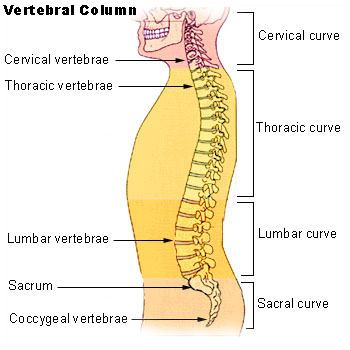
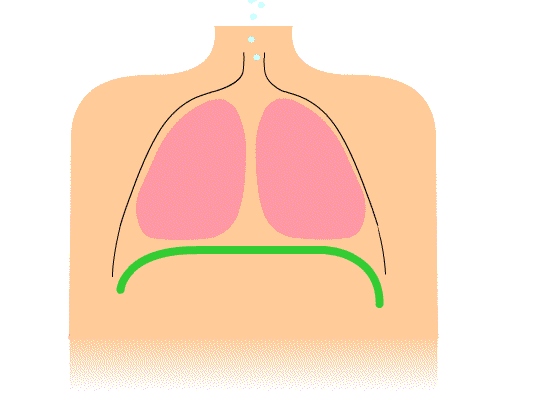
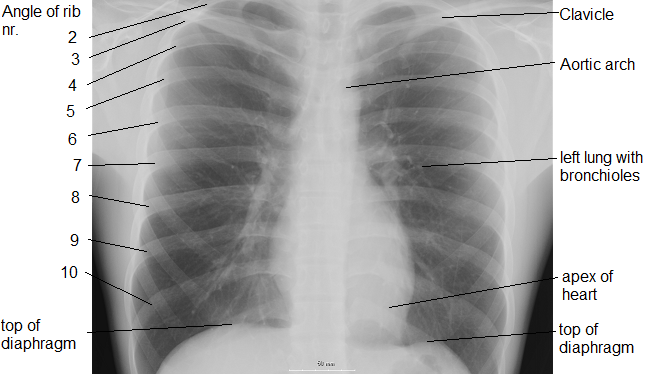
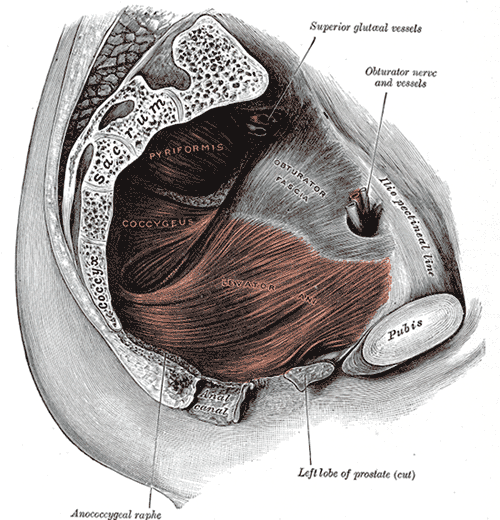
Inhale Exhale
Diaphram contracts Diaphragm expands
Abdominals expand Abdominals contract
Gut squashed by diaphram Gut expands
External intercostals Internal intercostals
Ribcage expands Ribcage contracts
Pelvic floor expands Pelvic floor contracts
Spine muscles contract Spine muscles release
Arms out Arms in
Head pitches up Head pitches down
Head rolls right Head rolls left
Head yaws right head yaws left
Arms rotate thumbs up Arms rotate thumbs down
Elbows rotate out Elbows rotate in
Open hand Form fist
Feet rotate outward Feet rotate inward
Knees apart Knees together
Lower back arches Lower back sags
Hips rotate forward Hips rotate back
Daydream Focus
Rebalance Exertion
High moment of inertia Low moment of inertia
Discard angular momentum Discard pressure
Tongue makes "U" shape Tongue makes flat shape, such as for the letter "L"
Spread fingers into a fan Bring fingers together like a fin
Head rotates left Head rotates right
Right hand rotates thumbs-up Right hand rotates thumbs-down
Left hand rotates thumbs-down Left hand rotates thumbs-up
Right foot rotates right Right foot rotates left
Left foot rotates right Left foot rotates left
Right arm rotates out Right arm rotates in
Left arm rotates in Left arm rotates out
Jaw pivots right Jaw pivots left
Tongue pivots right Tongue pivots left
Eyes pivot right Eyes pivot left
Head rolls right Head rolls left
Shoulders rotate right Shoulders rotate left
The axis cycle is structured to most naturally conserve angular momentum.
For example, if your right arm rotates thumbs-down then conservation of angular momentum
is satisfied if your left arm rotates thumbs-up.
Cycle Nexus Head motion Motion type Goal
Breathe Atlas vertebra Pitch Bilaterally symmetric Minimize energy expense
Axis Axis vertebra Yaw Bilaterally antisymmetric Minimize internal angular momentum
Upward pitch goes with righward yaw.
Downward pitch goes with leftward yaw.
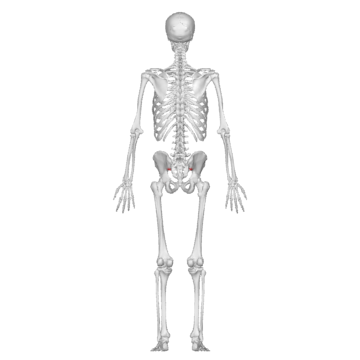

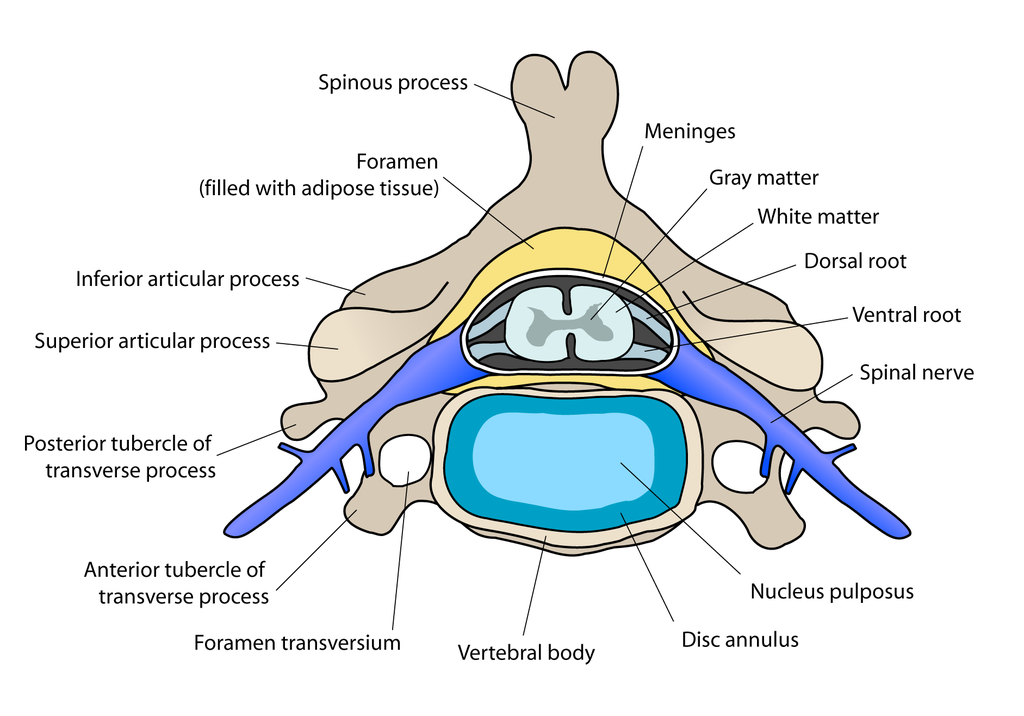
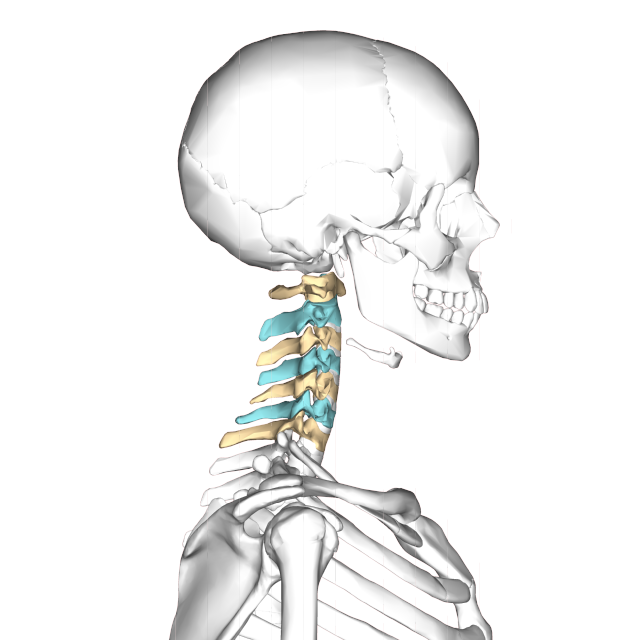
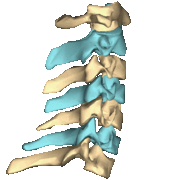
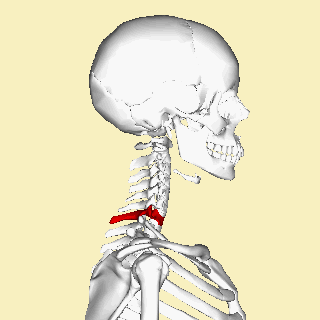
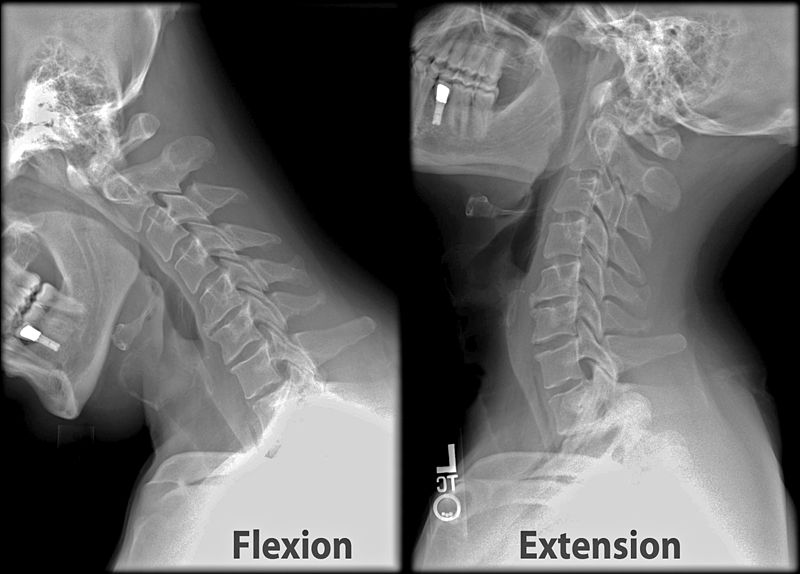
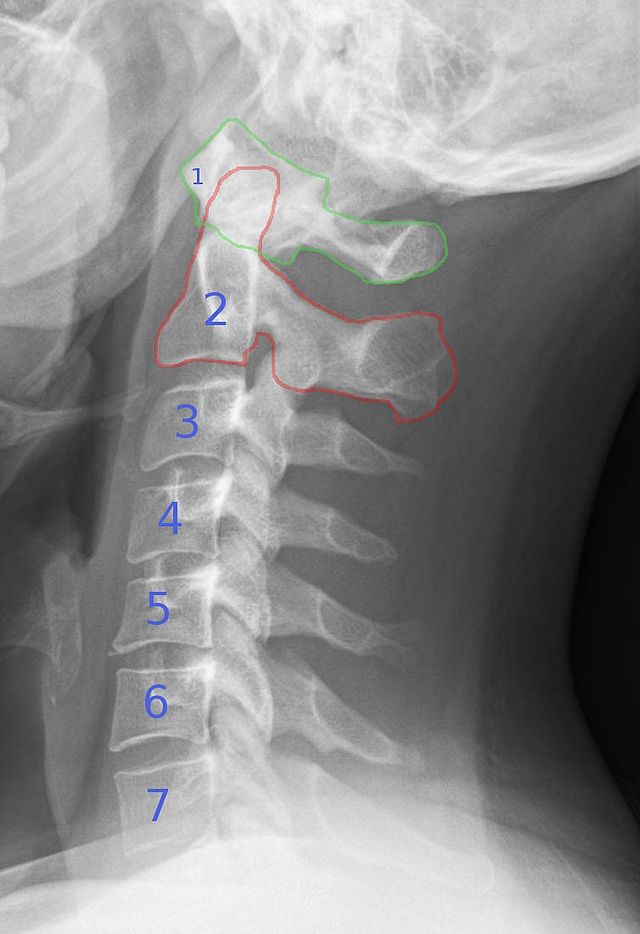
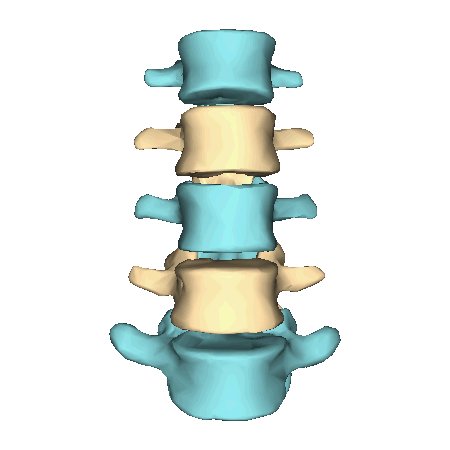
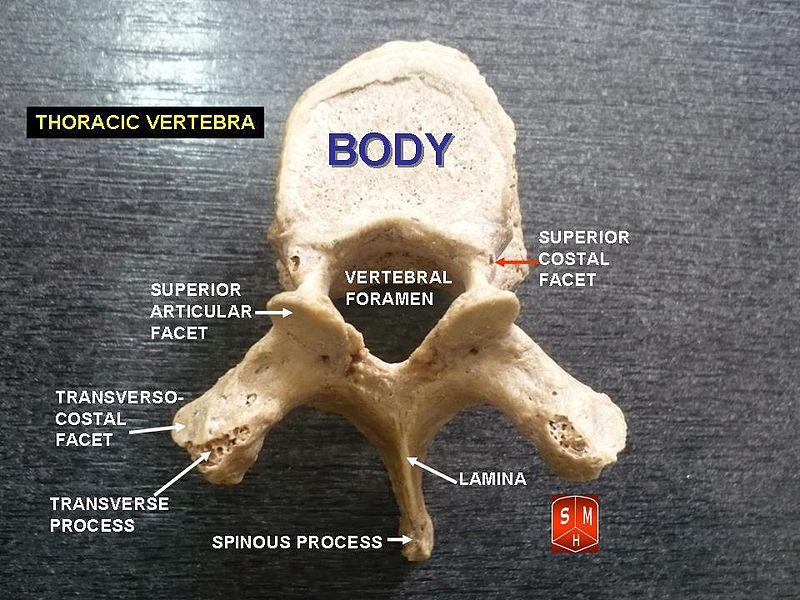
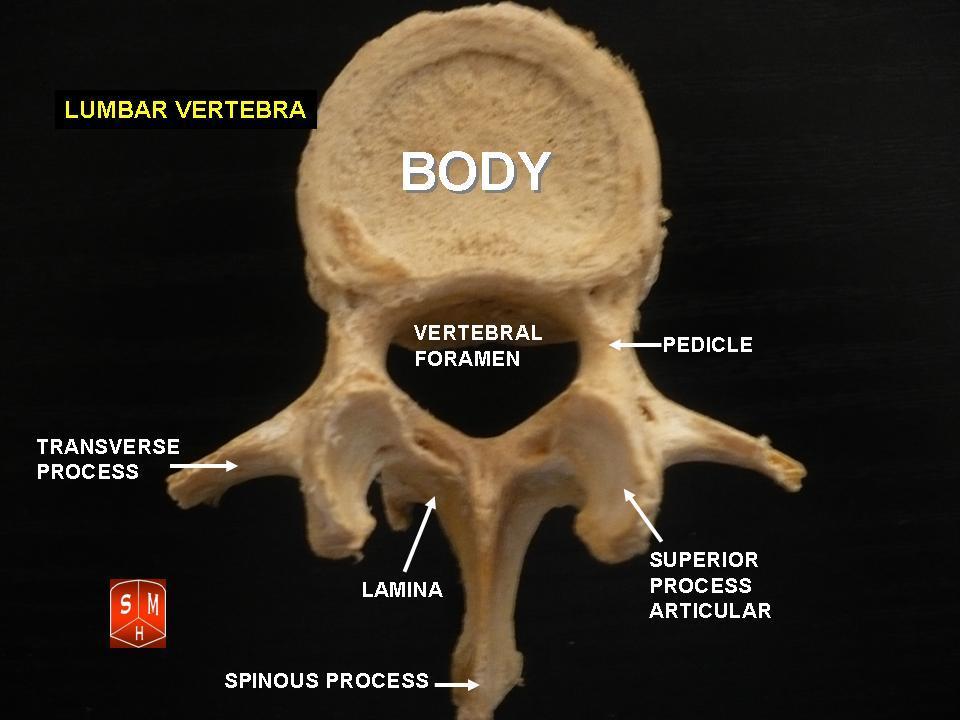
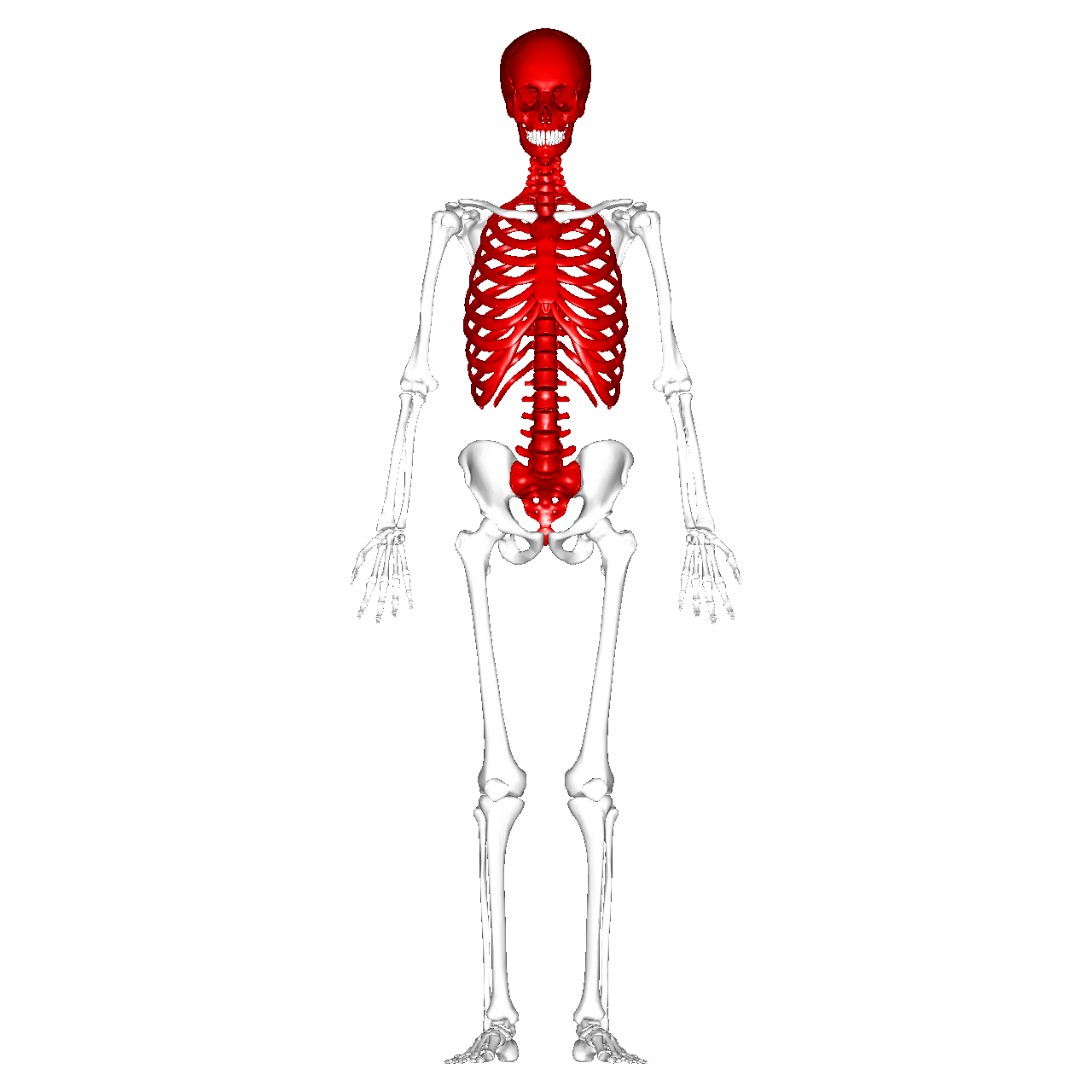
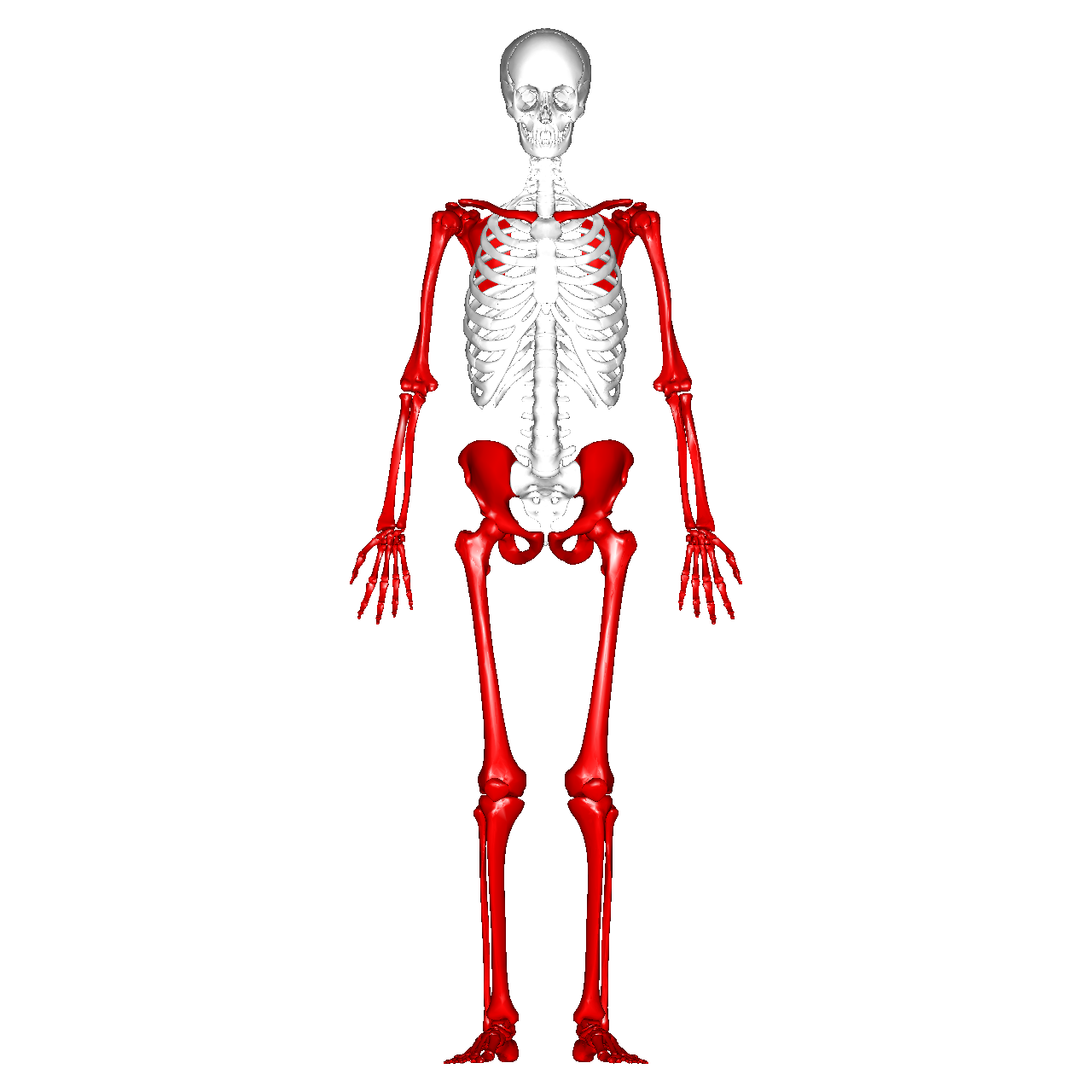
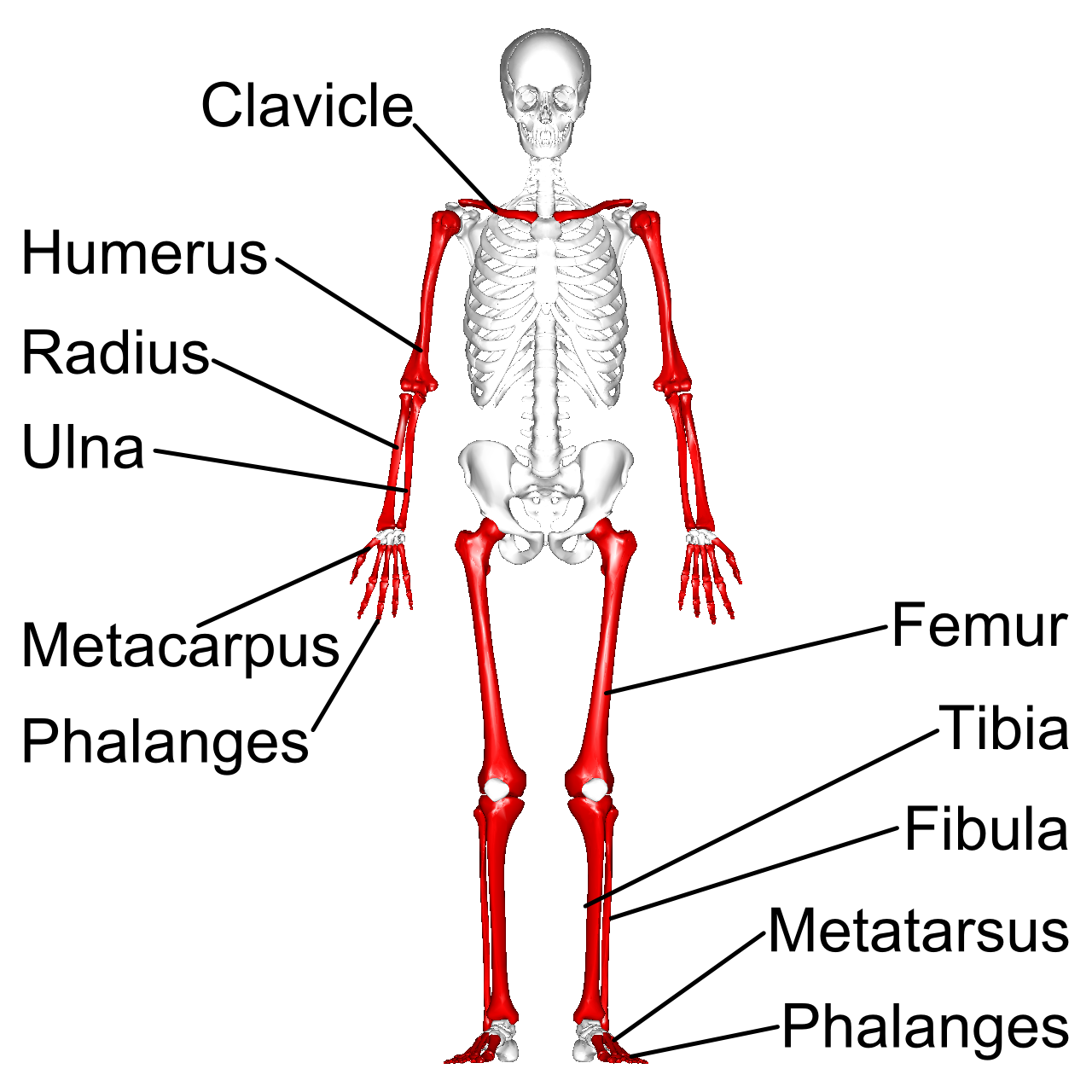
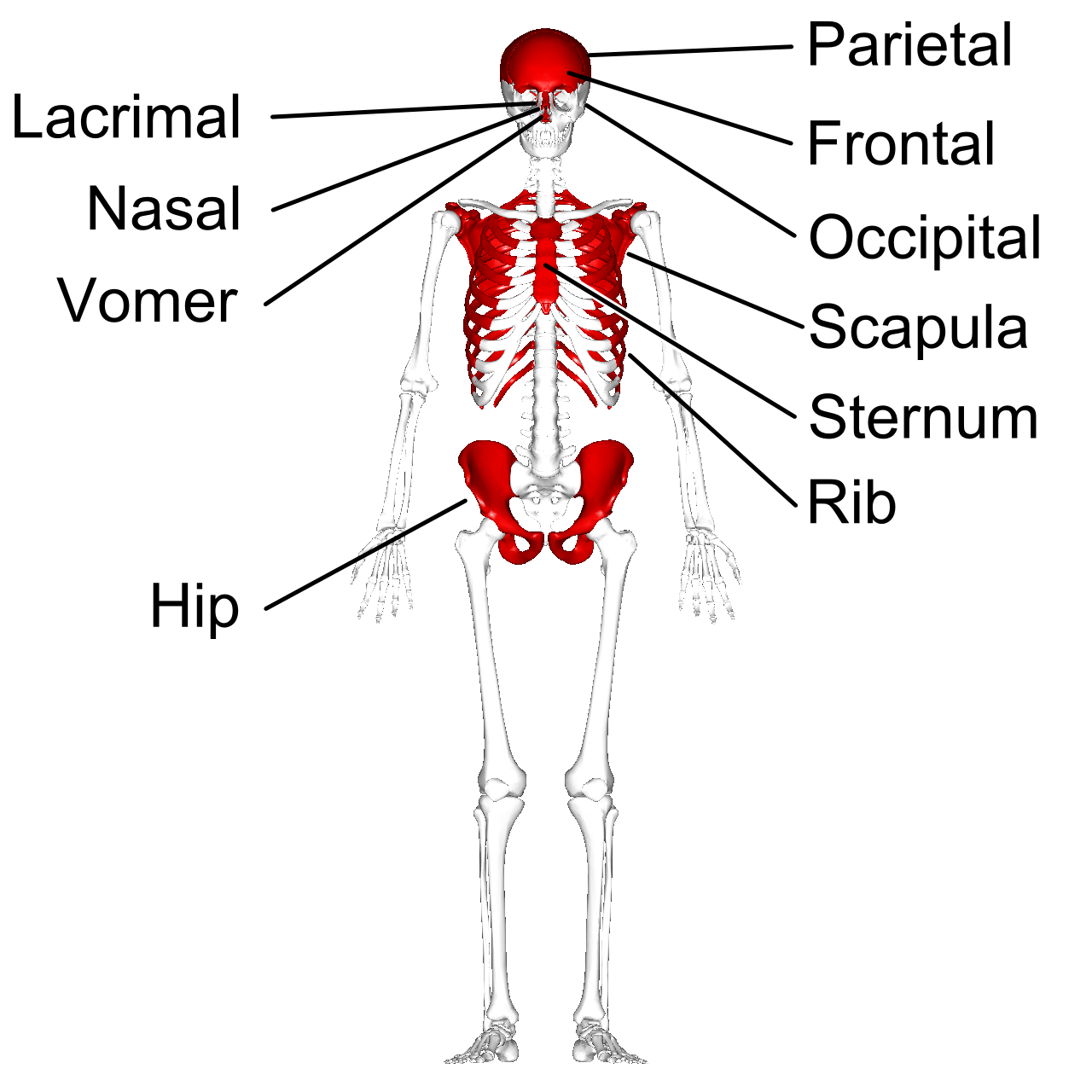
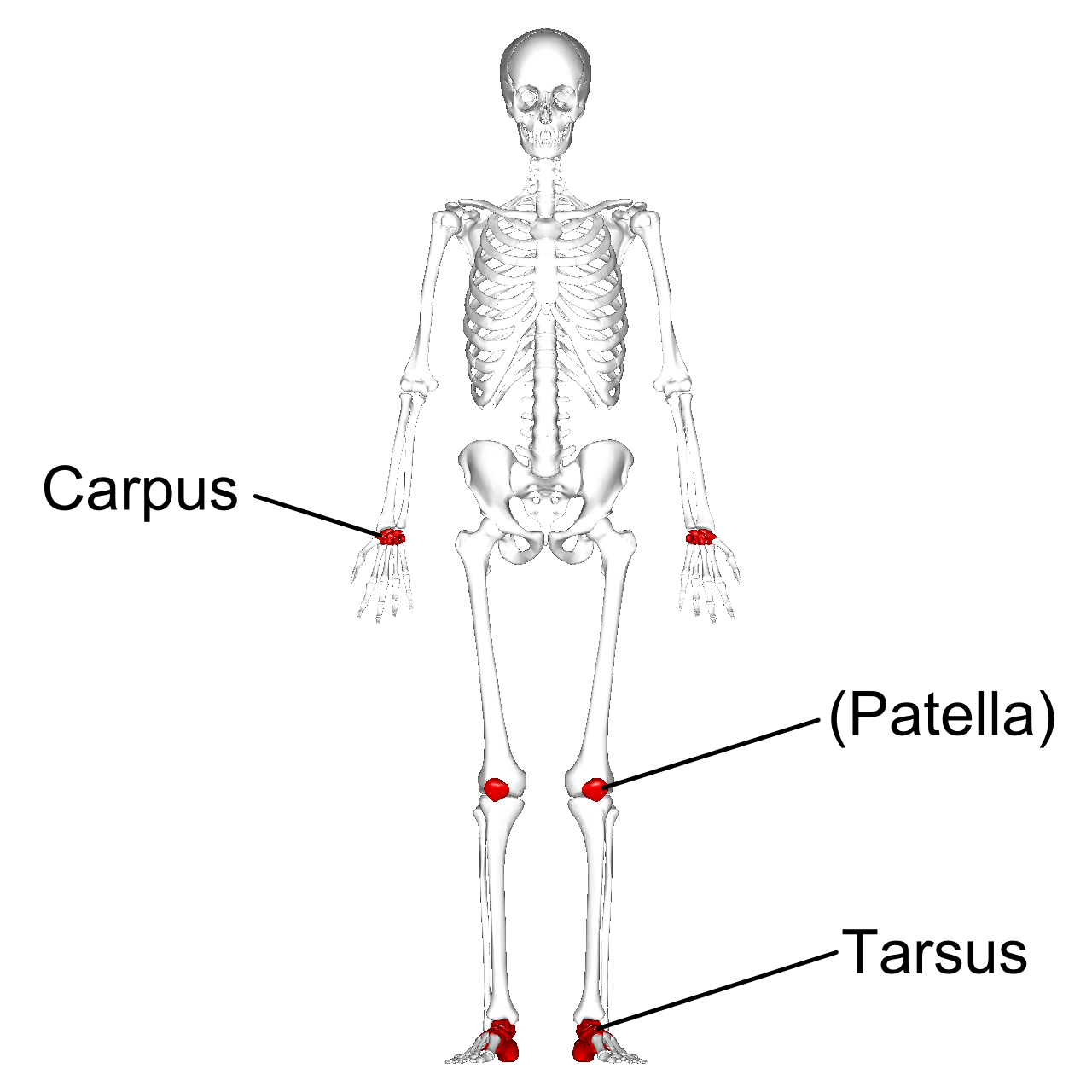
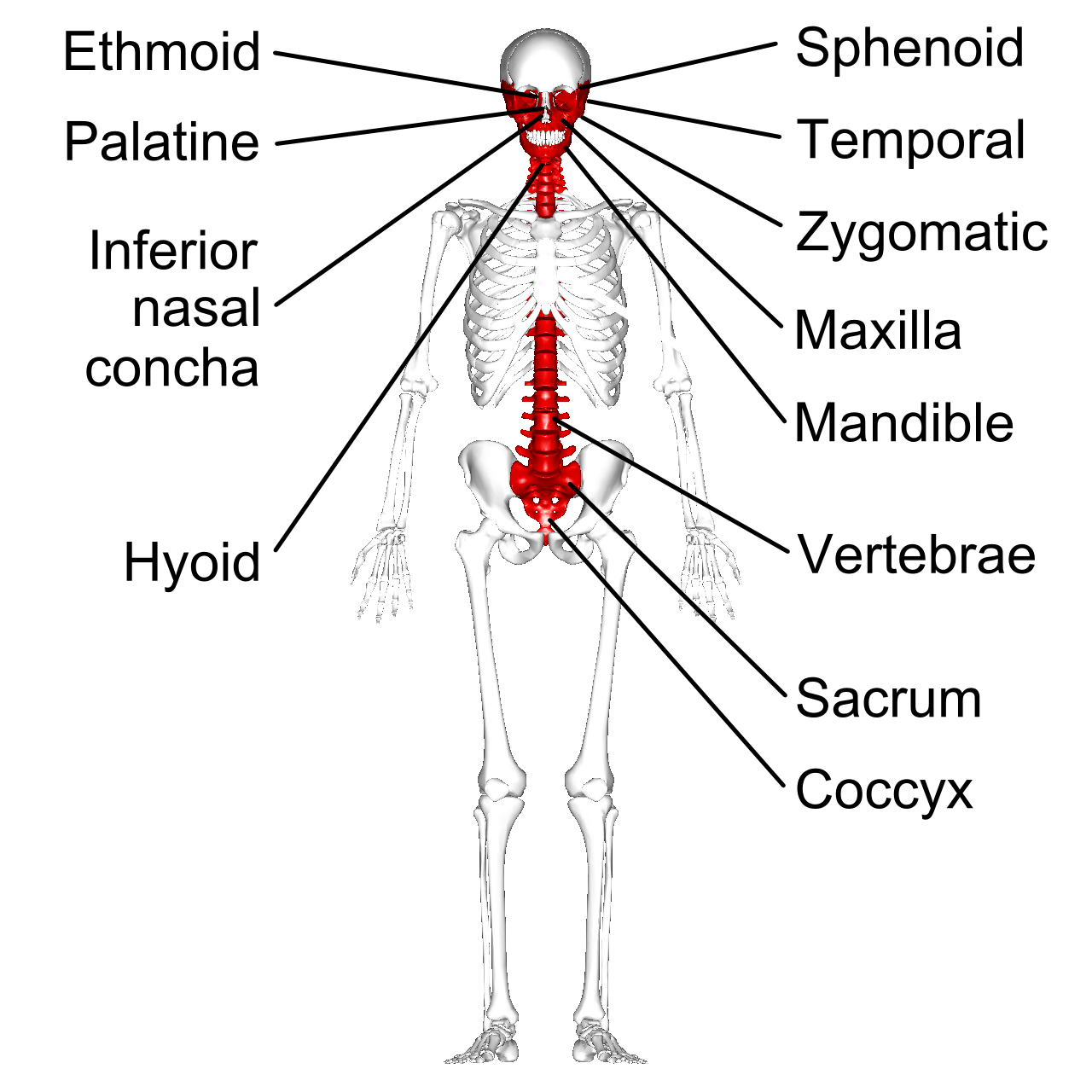
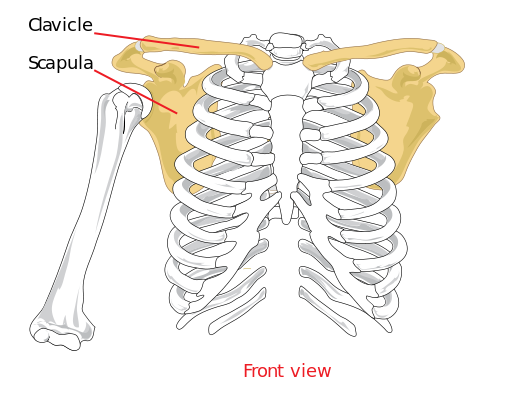
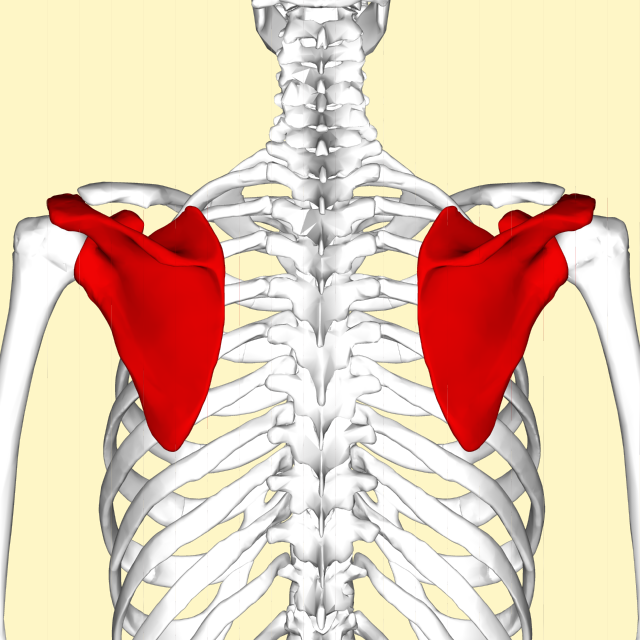
.gif)
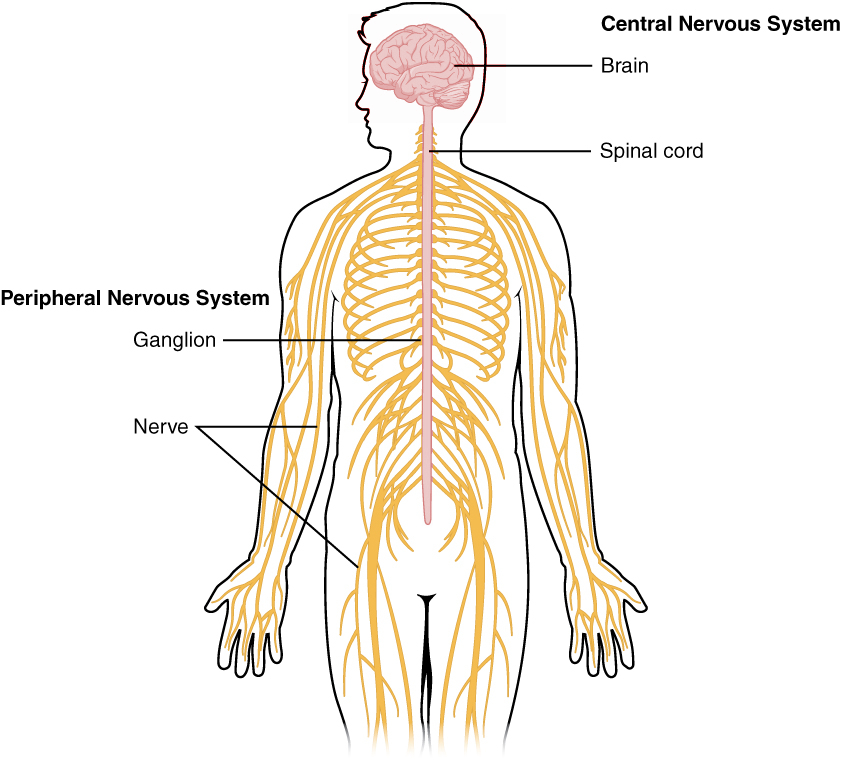
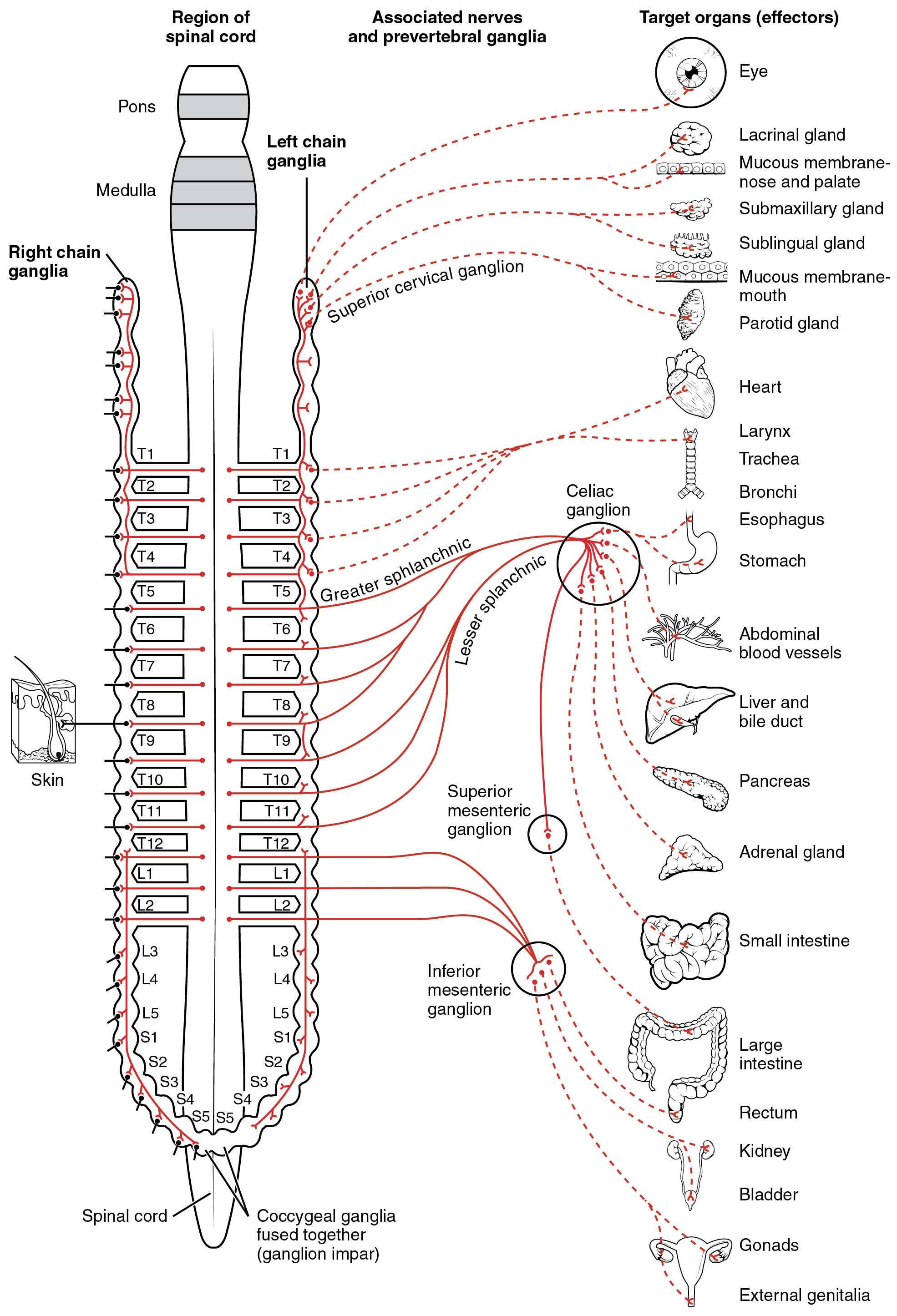
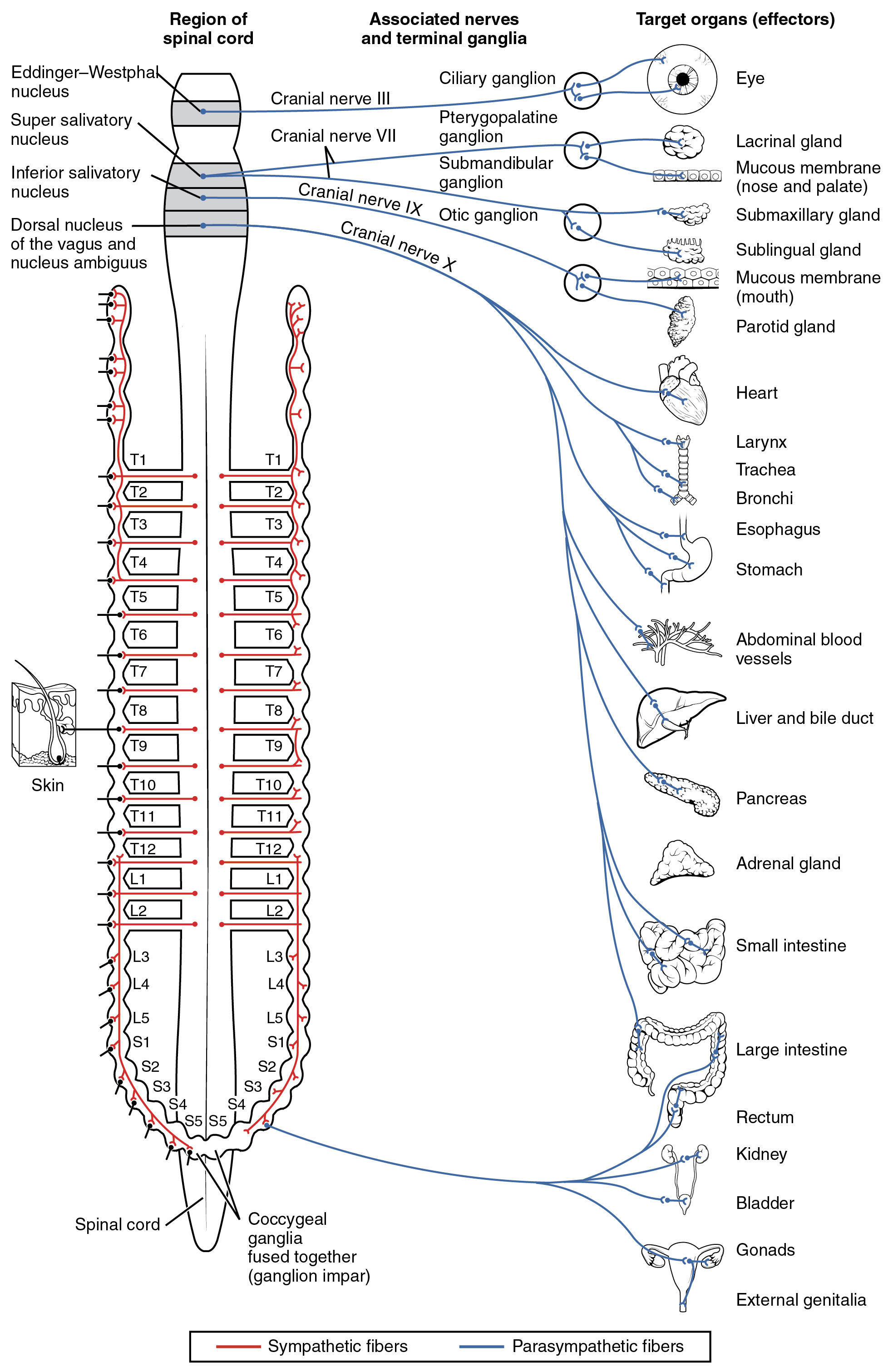
The subdivisions of the nervous system are
Nervous system
Central nervous system Brain and spine
Peripheral nervous system
Autonomic nervous system Involuntary. Internal organs.
Sympathetic nervous system "Fight or flight"
Parasympathetic nervous system "Rest and digest"
Somatic nervous system Muscle control
Sensory systems Eyes, ears, etc.
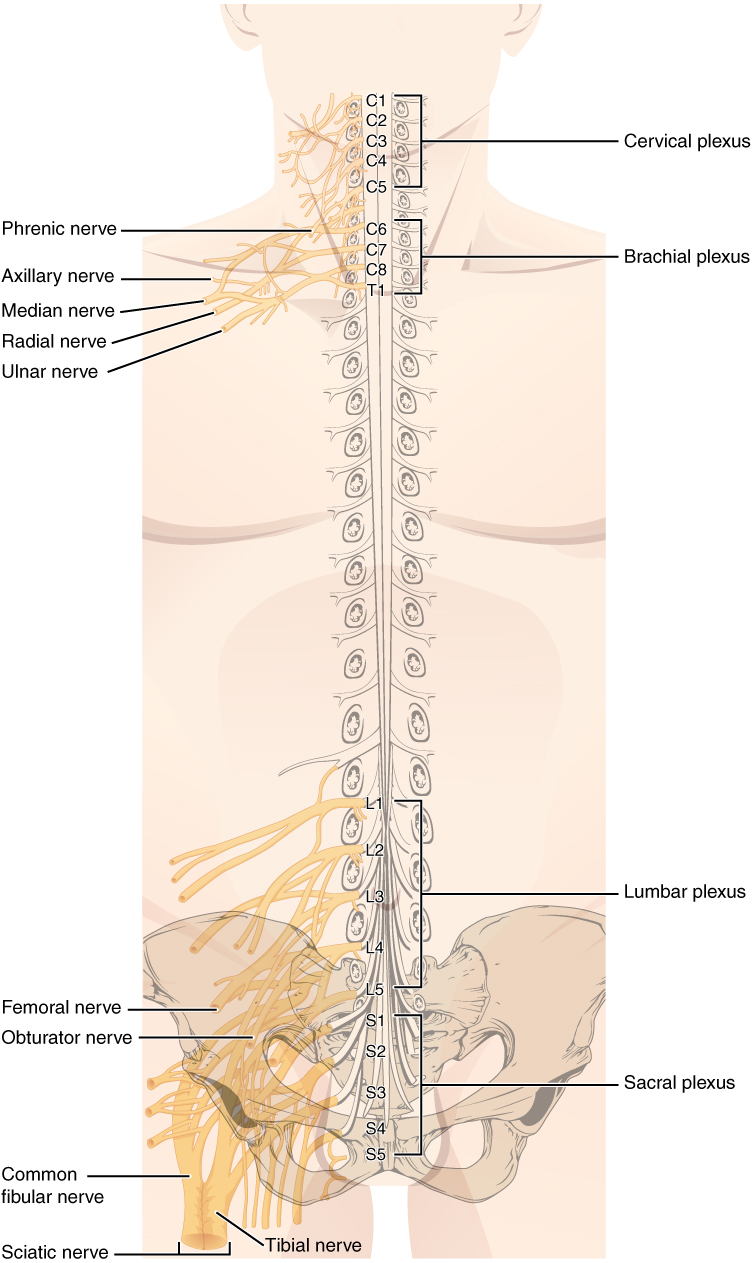
.jpg)
.jpg)
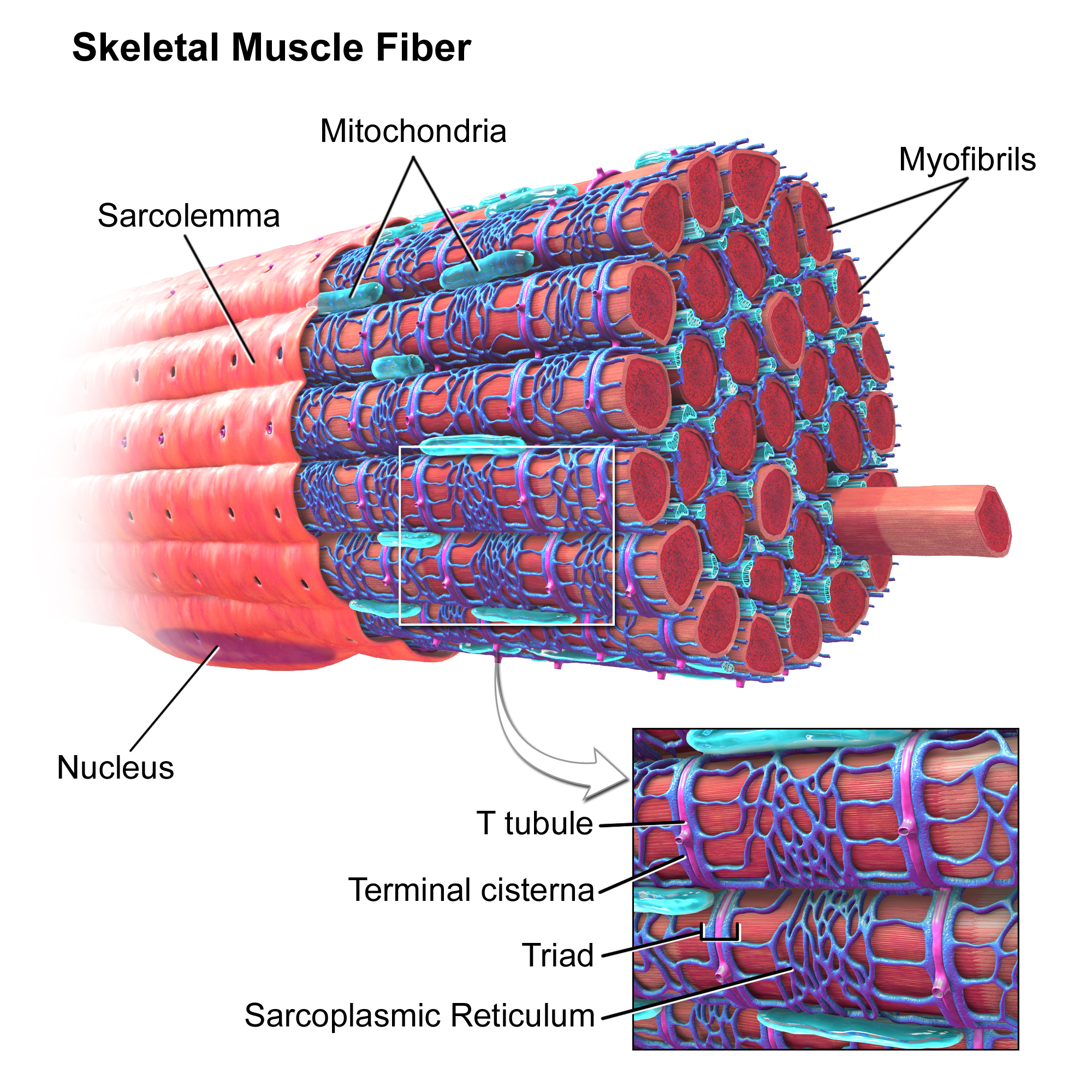
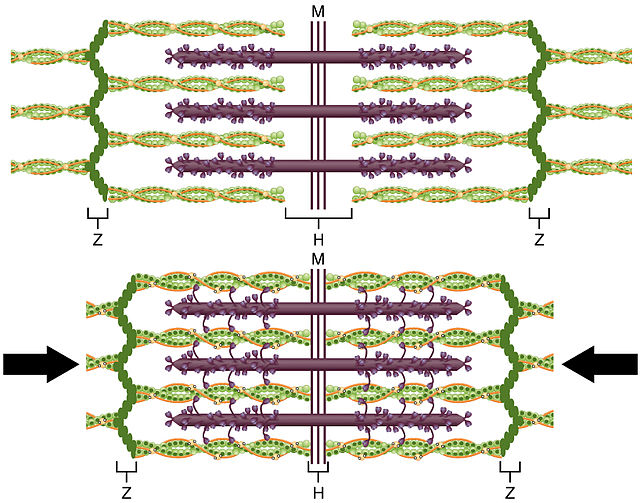
Vertebrate muscles generate a force/area in the range of 30 Newtons/cm^2
or 3e5 Pascals.


The ATP molecule is a cannon and a phosphate ion is a cannonball.
The cannonball powers enzyme action. The fact that the phosphate is large
makes it easy to harness for energy. The cannon has to be substantially larger than
the cannonball, which is why the ATP molecule is large.
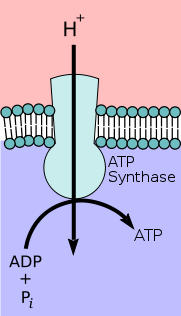
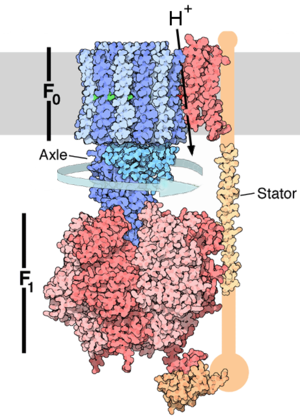
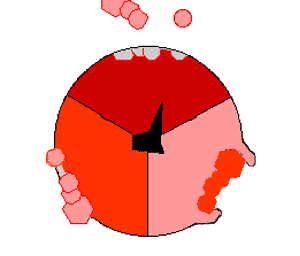
ADP + Energy → ATP Creation of ATP from ADP
ATP → ADP + Energy Using ATP to power enzymes
Video of the ATP-synthase enzyme
Discussion of the physics of ATP
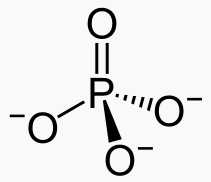
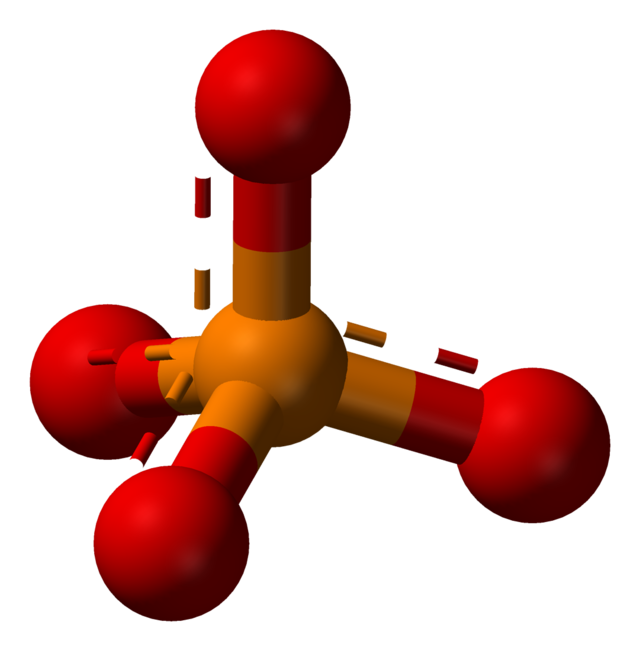
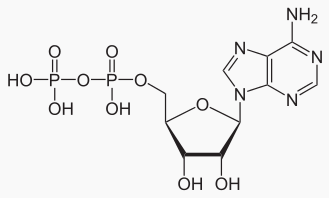
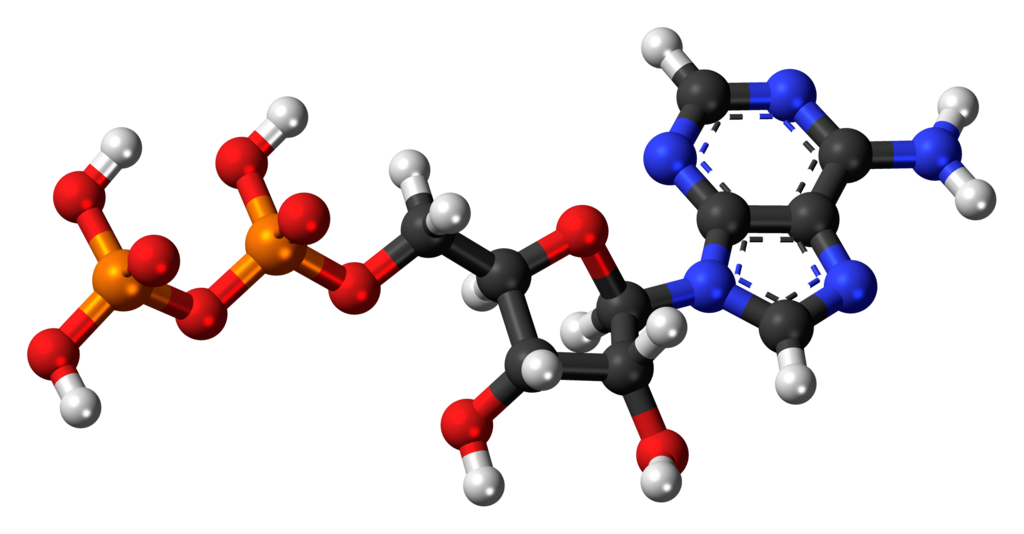
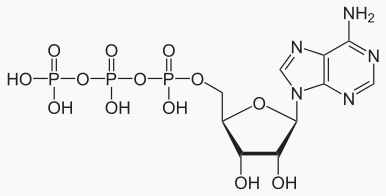
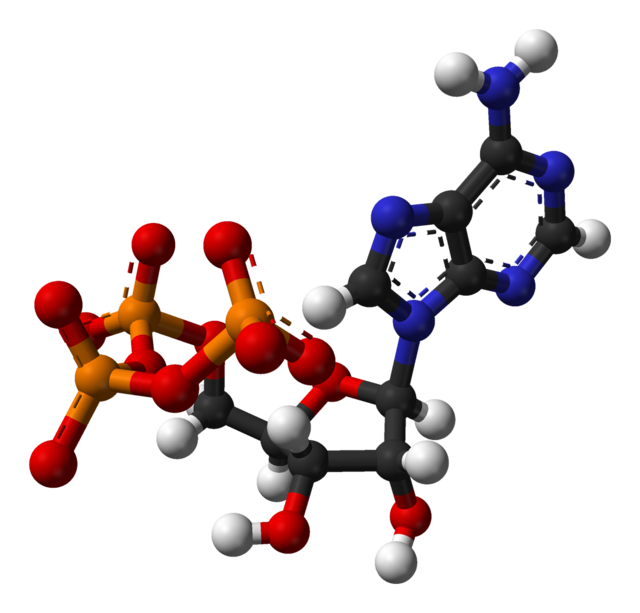
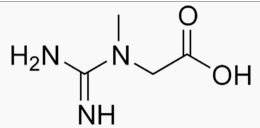
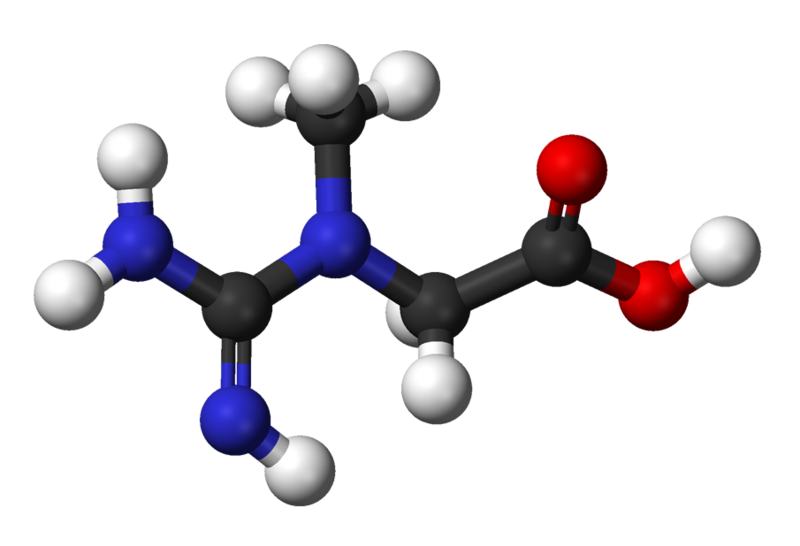
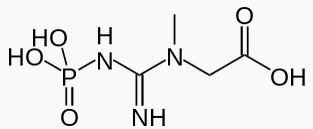
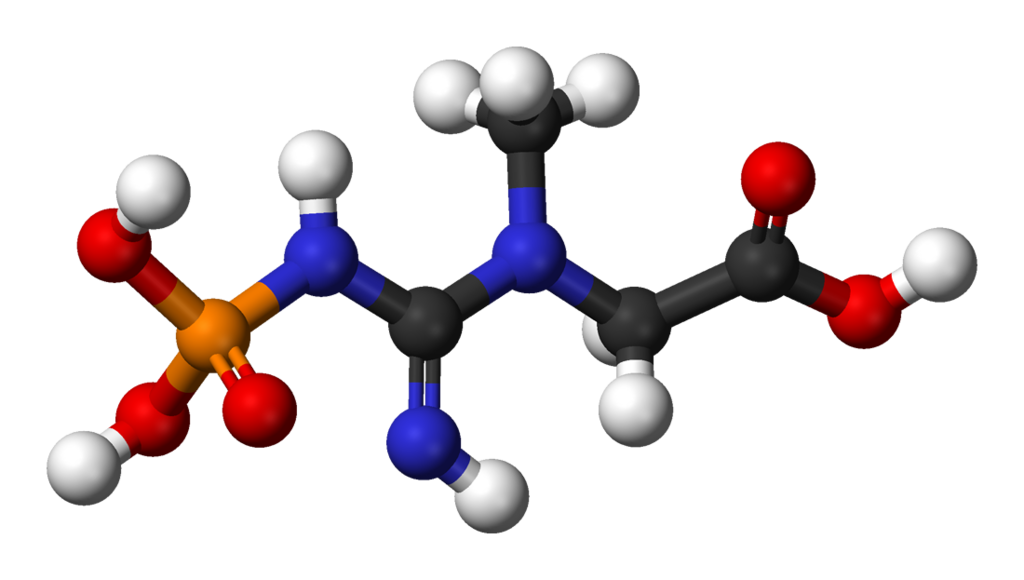
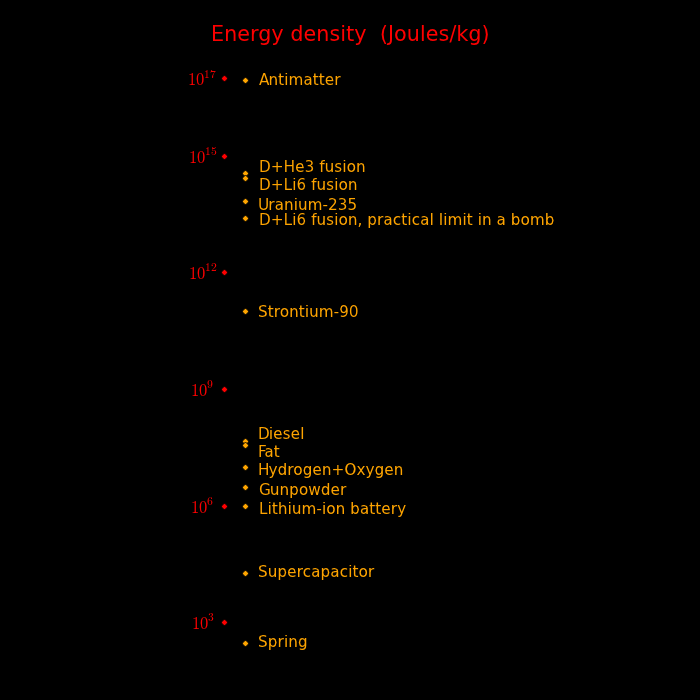
Energy density
(MJ/kg)
Matter + Antimatter 9.0e10
Deuterium + Helium3 fusion 3.5e8
Deuterium + Lithium6 fusion 2.7e8
Uranium235 fission 6.9e7
Deuterium + Lithium6 fusion 2.5e7 Practical limit for a bomb
Strontium90 1.0e6 Radioactive thermoelectric generator
Hydrogen 143 When reacted with oxygen
Diesel 47 When reacted with oxygen
Fat 37 When reacted with oxygen
Sugar 17 When reacted with oxygen
Gunpowder 3
Lithium-ion battery .95
ATP .060
Supercapacitor .018
Spring .0003
CreatinePhosphate + ADP -> Creatine + ATP
When creatine phosphate is depleted then energy can be generated anaerobically
using the lactic acid cycle. This produces less energy than aerobic
respiration.
Glucose + Oxygen -> 30 ATP of energy
Glucose -> 2 ATP of energy (Using anaerobic respiration)
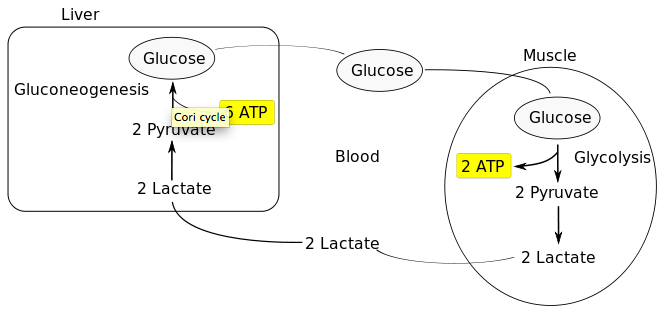
During maximum exertion,
Time before ATP is exhausted = 2 seconds
Time before Creatine phosphate is exhausted = 10 seconds
Time before lactic acid becomes uncomfortably high = 90 seconds
M = Mass of cannon m = Mass of cannonball
V = Recoil velocity of cannon v = Speed of cannonball
E = Energy of the recoiling cannon e = Energy of the cannonball
Z = Energy of the gunpowder explosion
Momentum = M V = m v
e/E = mv^2 / (MV^2)
= M / m
If m << M, e/E >> 1. The cannonball gets all the energy.
Z = e = 1/2 m v^2
The momentum of the recoiling cannon is
Momentum = M V
= m v
= (m e)½
The larger the mass of the cannonball, the larger the momentum imparted to the cannon.
ATP + H2O --> ADP + Energy
Pictorially,
ATP = Adenosine--Phosphate--Phosphate--Phosphate
ADP = Adenosine--Phosphate--Phosphate
In water, H2O spontaneously splits into H+ + OH- and then recombines back into H2O.
At any given time there are H+ and OH- ions present.
In the reaction, the ATP molecule first splits into ADP- and Phosphate+
Then the ADP- grabs an H+ and the Phosphate+ grabs an OH-
ATP + H+ + OH- --> ADP- + Phosphate+ + H+ + OH-
--> ADP + Phosphate
Electronegativity reflects an element's hunger for electrons.
Electronegativity
Oxygen 3.44
Nitrogen 3.04
Carbon 2.55
Sulfur 2.58
Phosphorus 2.19
Hydrogen 2.20
Silicon 1.90 Carbon bonds hydrogen more strongly than Silicon
In the original ATP molecule, the ADP part loses a Phosphate and gains a
hydrogen ion. Since phosphorus and hydrogen have similar electronegativies,
the energy of this reaction is approximately zero.
When
Phosphate+ + OH- --> Phosphate
a large amount of energy is released.
This is why ATP is spontaneously unstable in water.
H+ + OH- -> H2O
cannot be harnessed to power an enzyme.
Fat has to be converted to ATP before it can be harnessed for energy. The
reason energy is stored long-term as fat instead of ATP is because the energy
density of fat is higher than ATP.
Methane = Carbon + 4 Hydrogen
Silane = Silicon + 4 Hydrogen
Methane and Silane are both gases. Silane spontaneously combusts in air and
Methane doesn't. The reflects the fact that carbon attracts hydrogen more strongly
than silicon. Large silicon-based molecules tend to be fragile.
Molecular mass of ATP = 507.18 grams/mole
Molecular mass of ADP = 427.20 grams/mole
Molecular mass of phosphate = 94.97 grams/mole
Molecular mass of OH- = 17.01 grams/mole
Molecular mass of H2O = 18.02 grams/mole
Molecular mass of H+ = 1.01 grams/mole
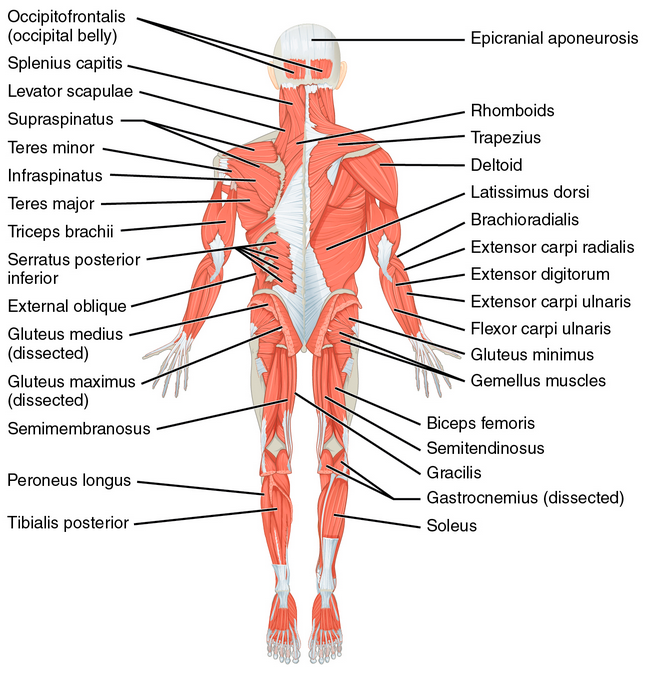
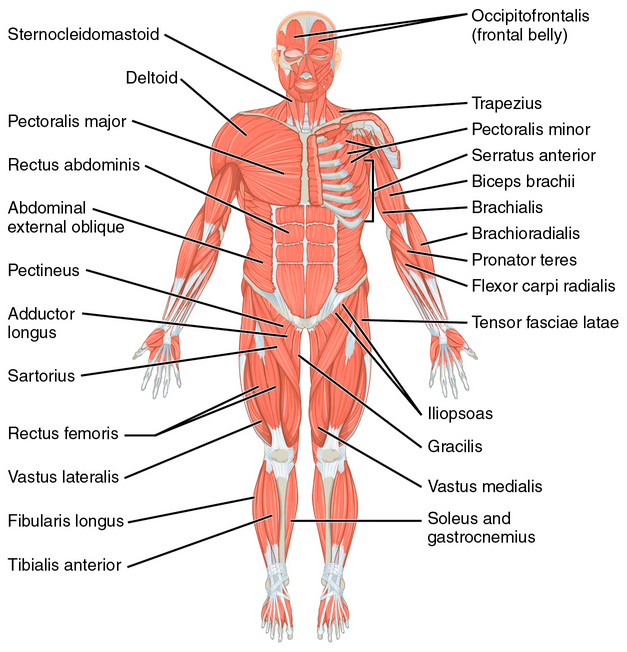
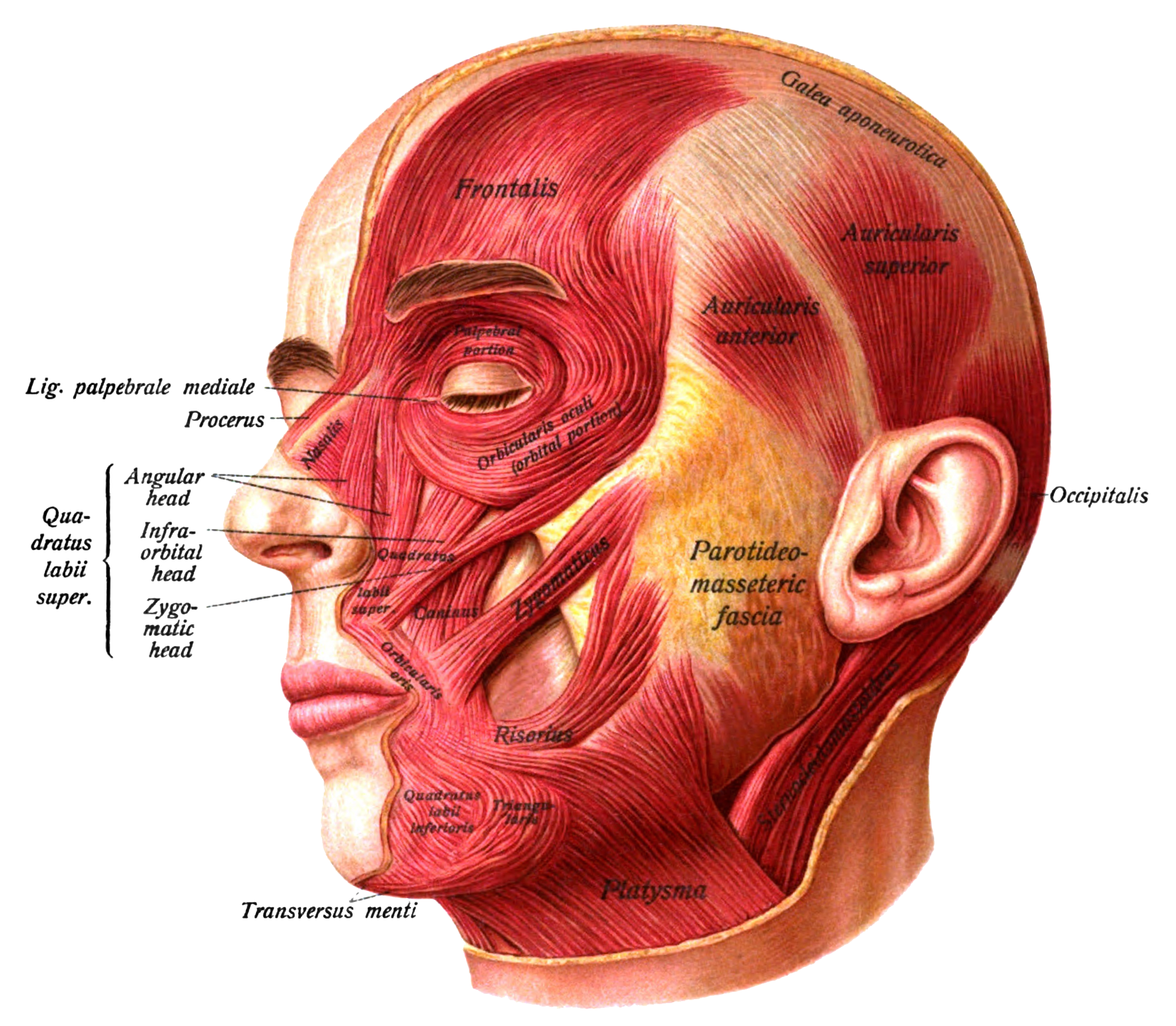
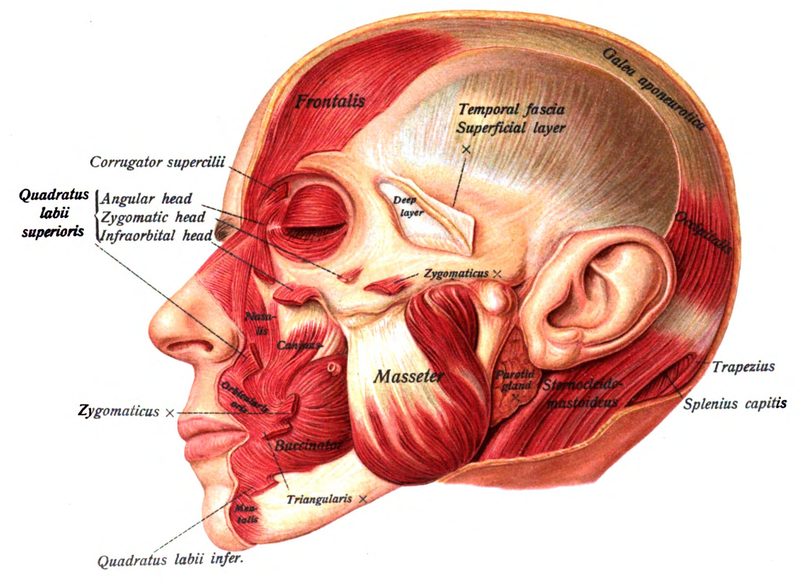
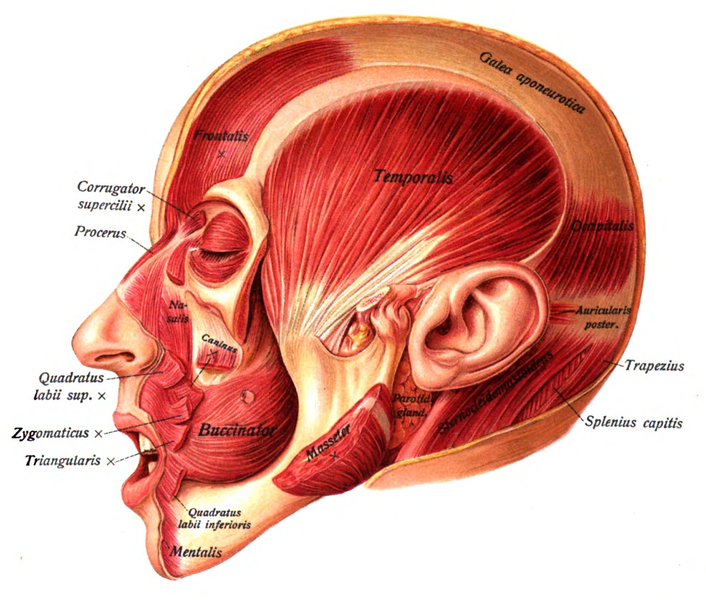
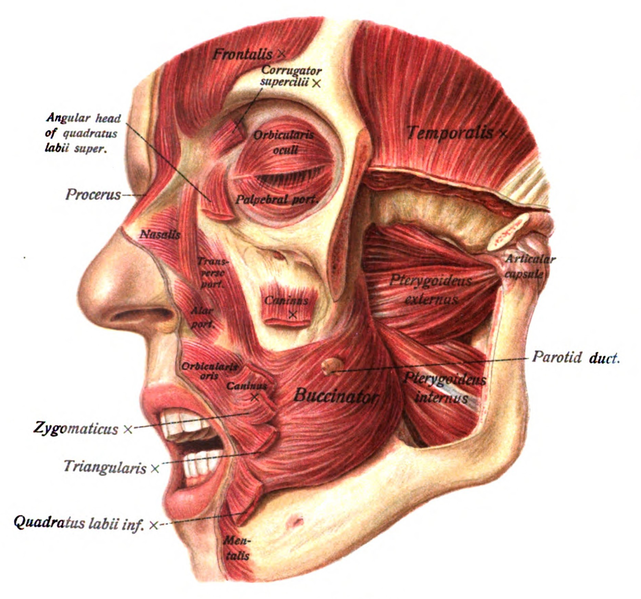
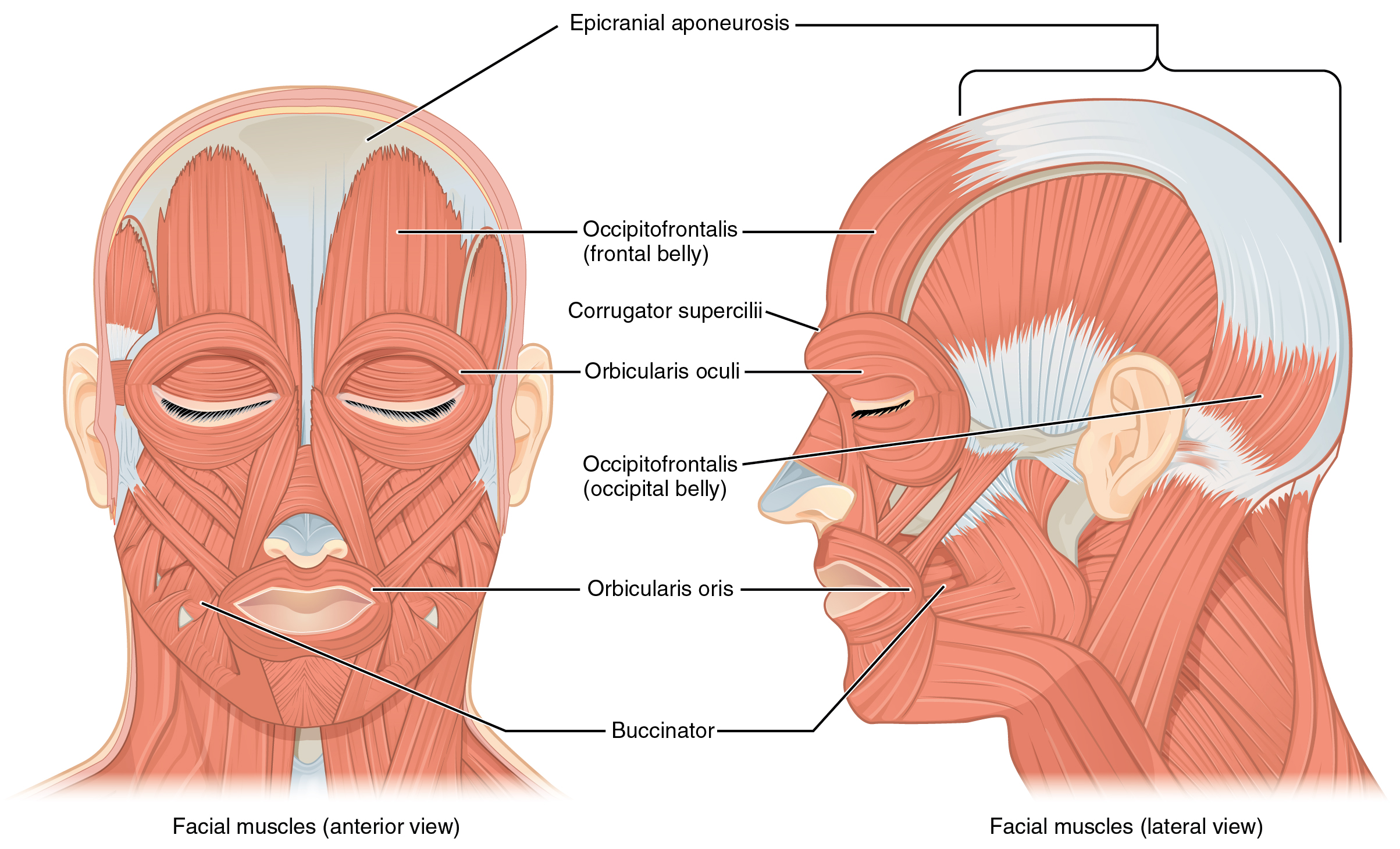
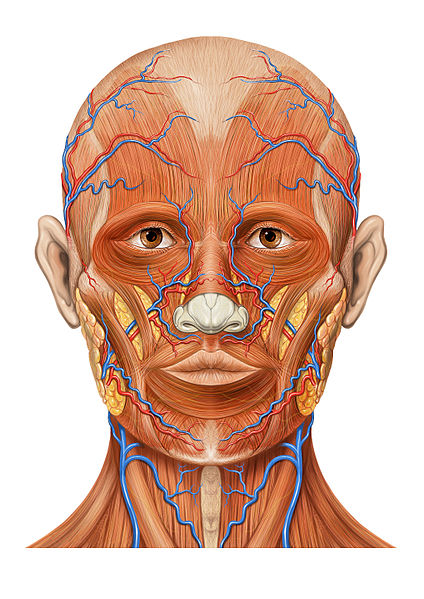
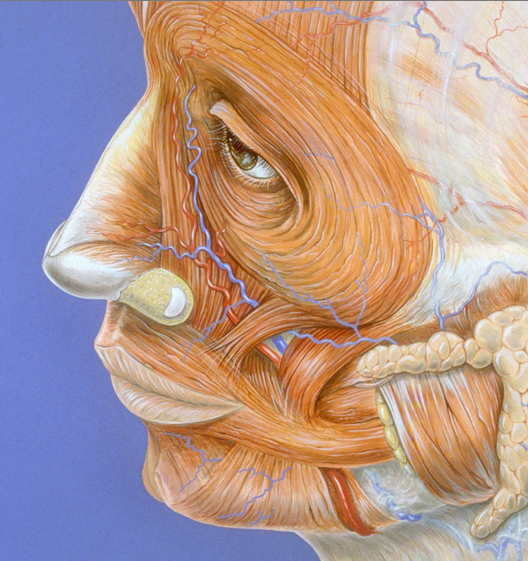
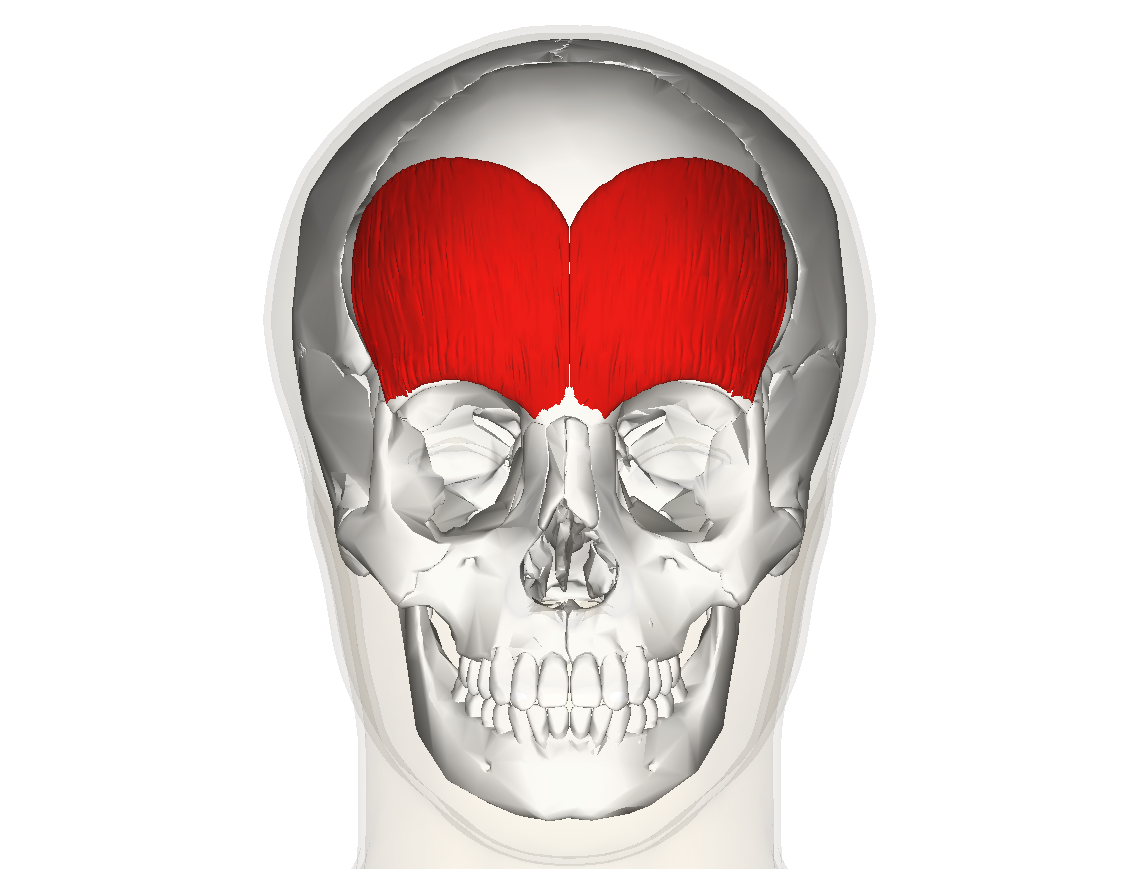
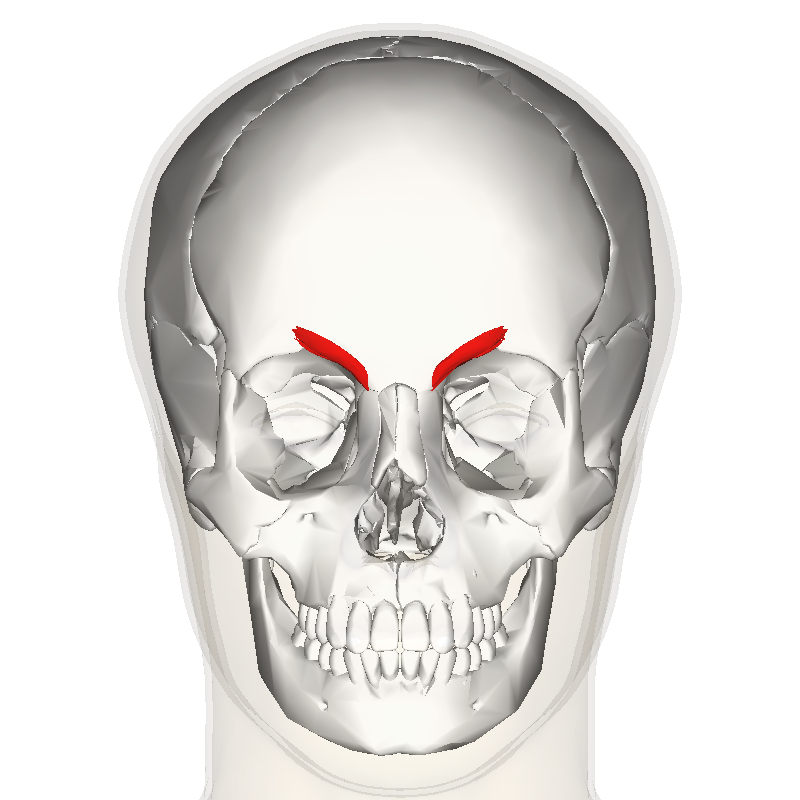
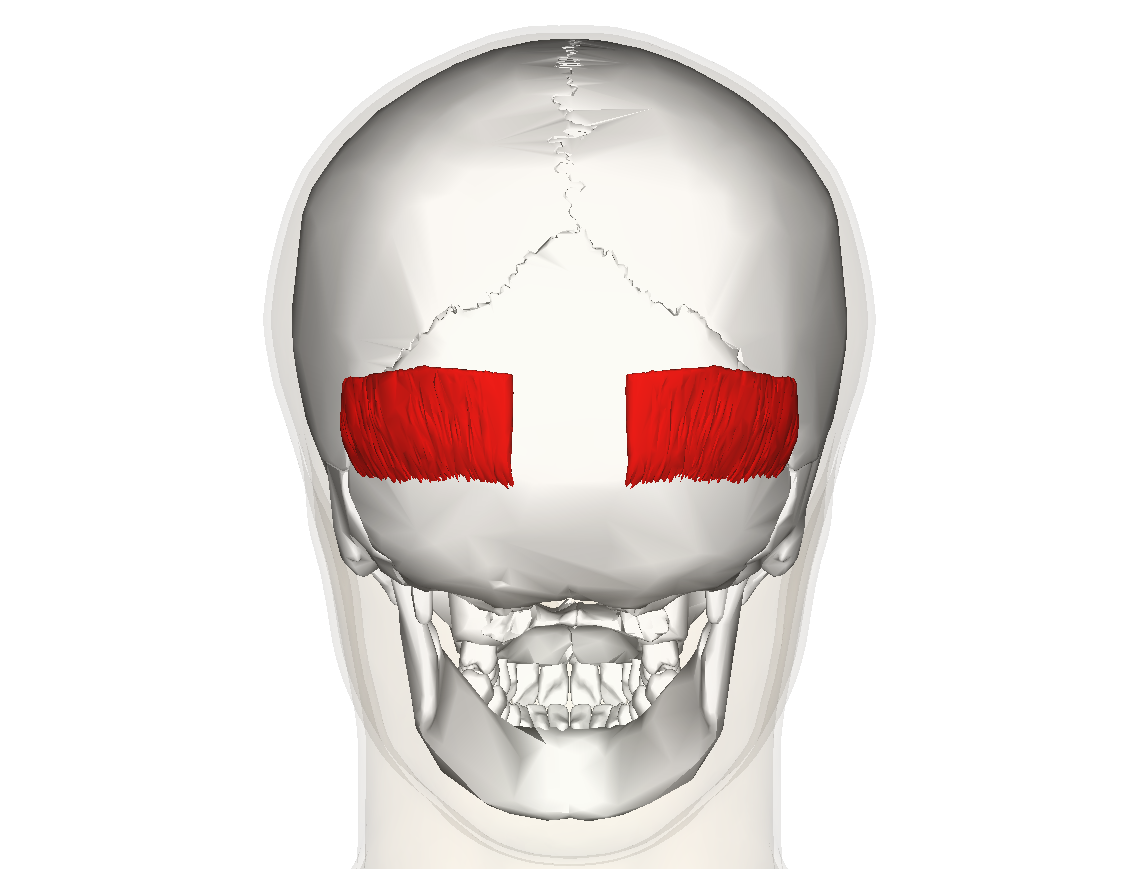
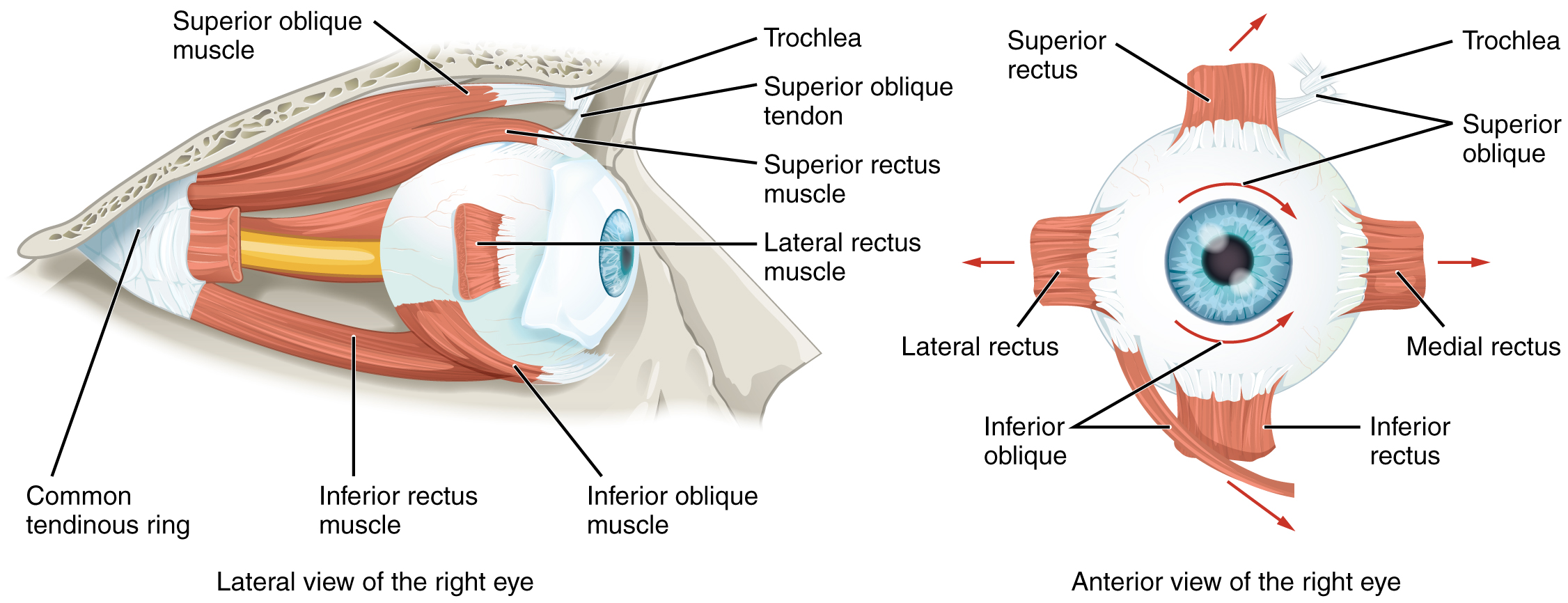

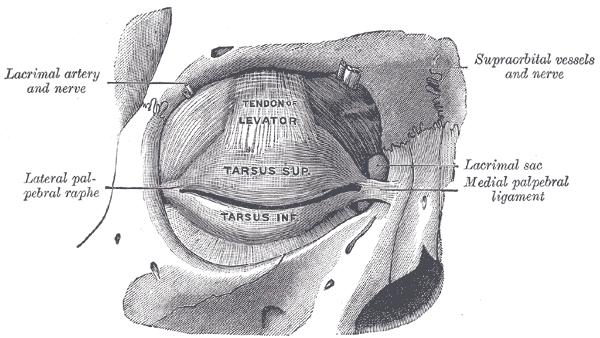
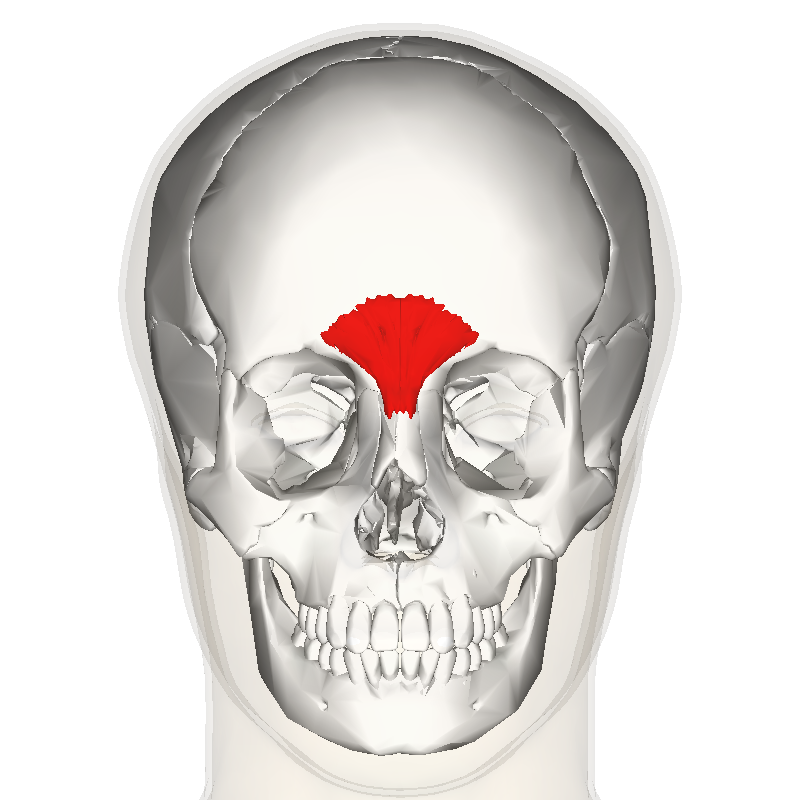
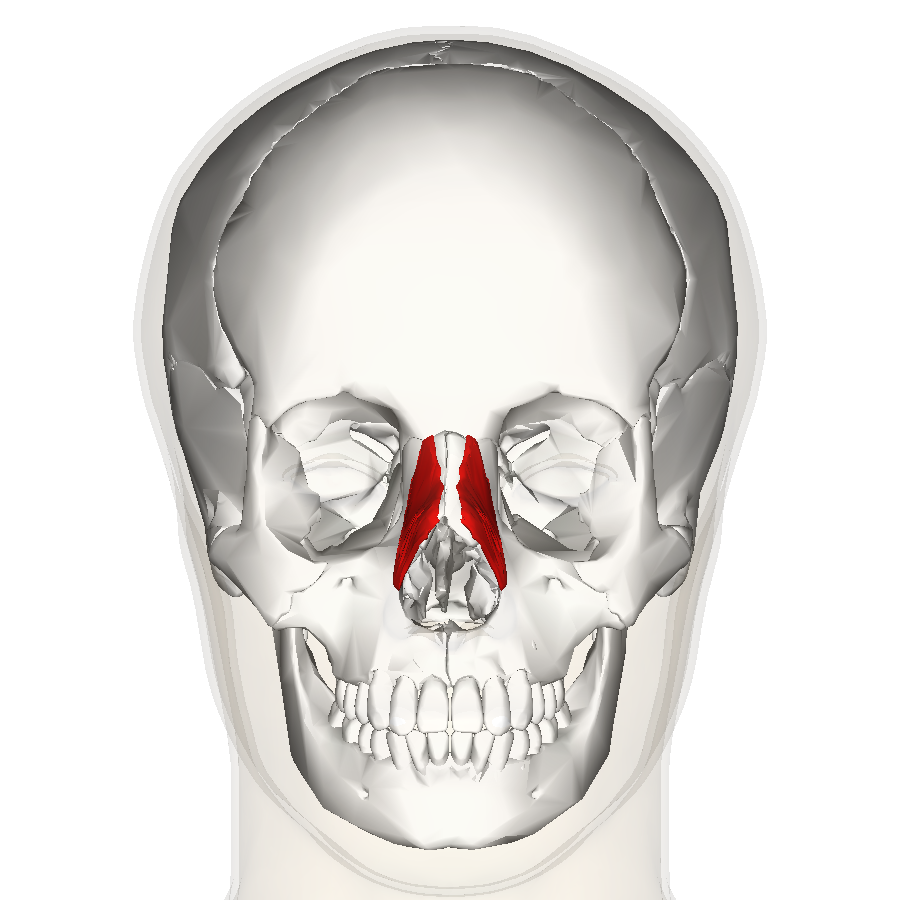
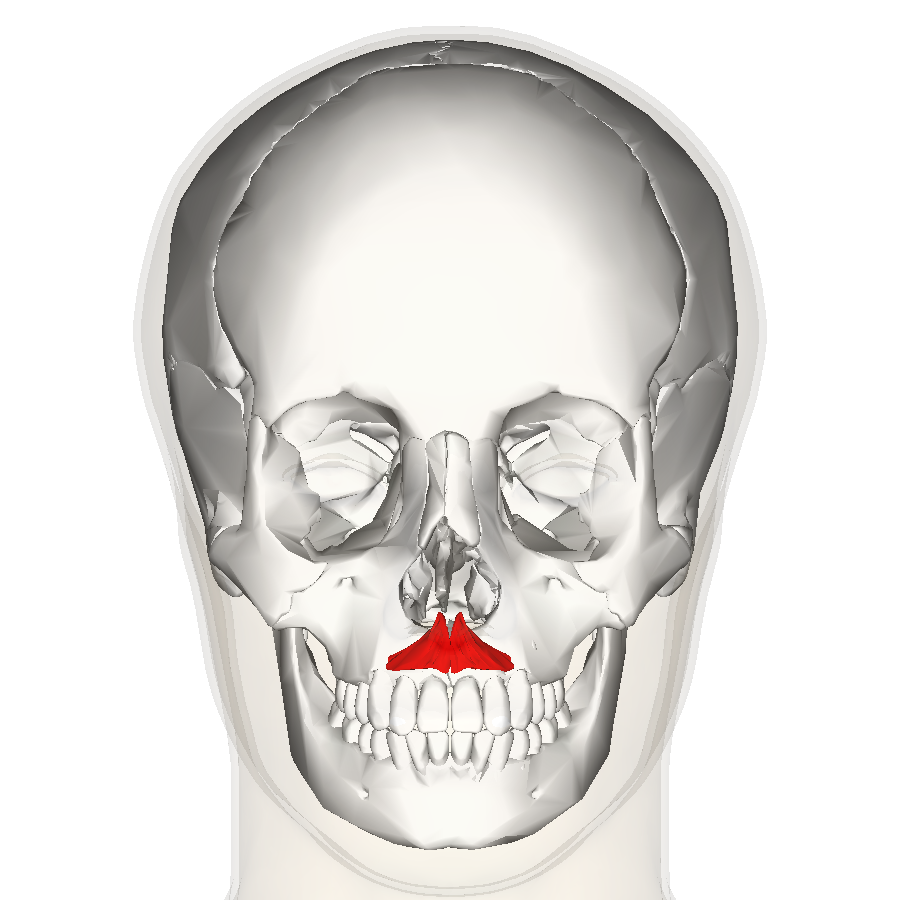
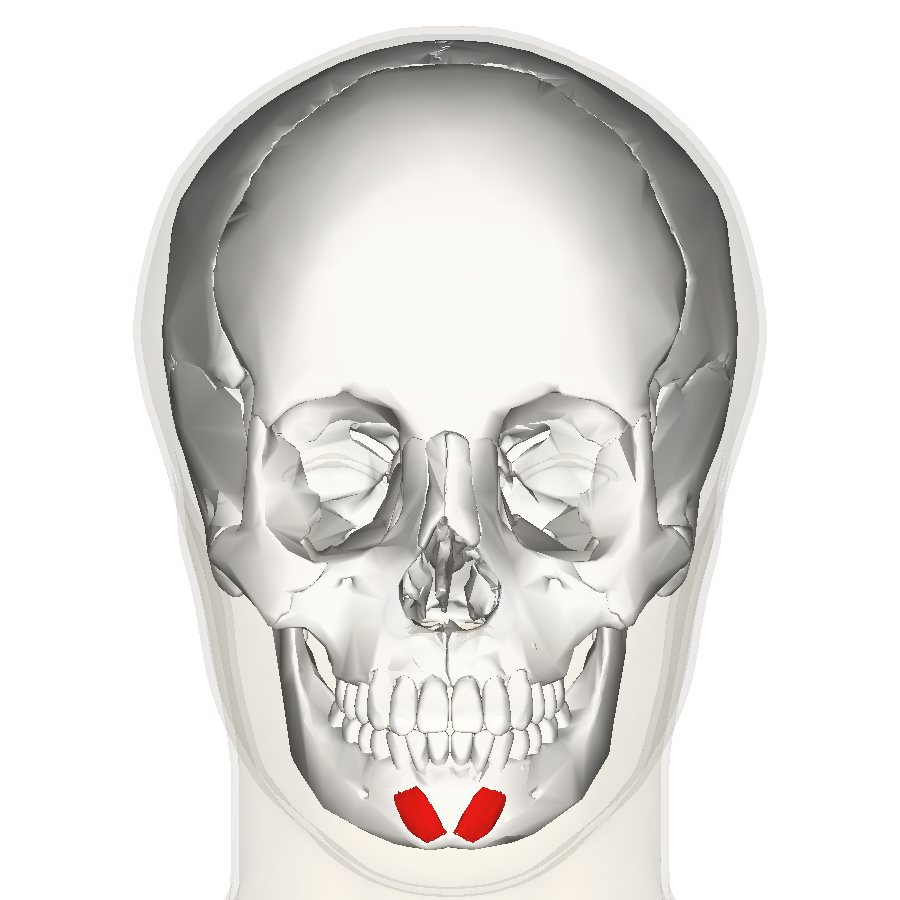
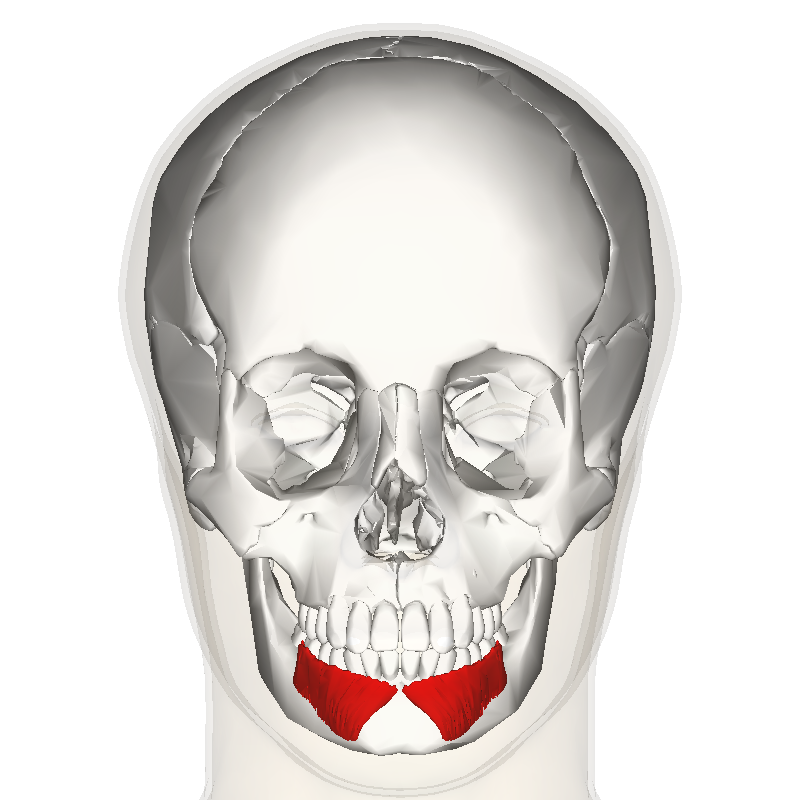
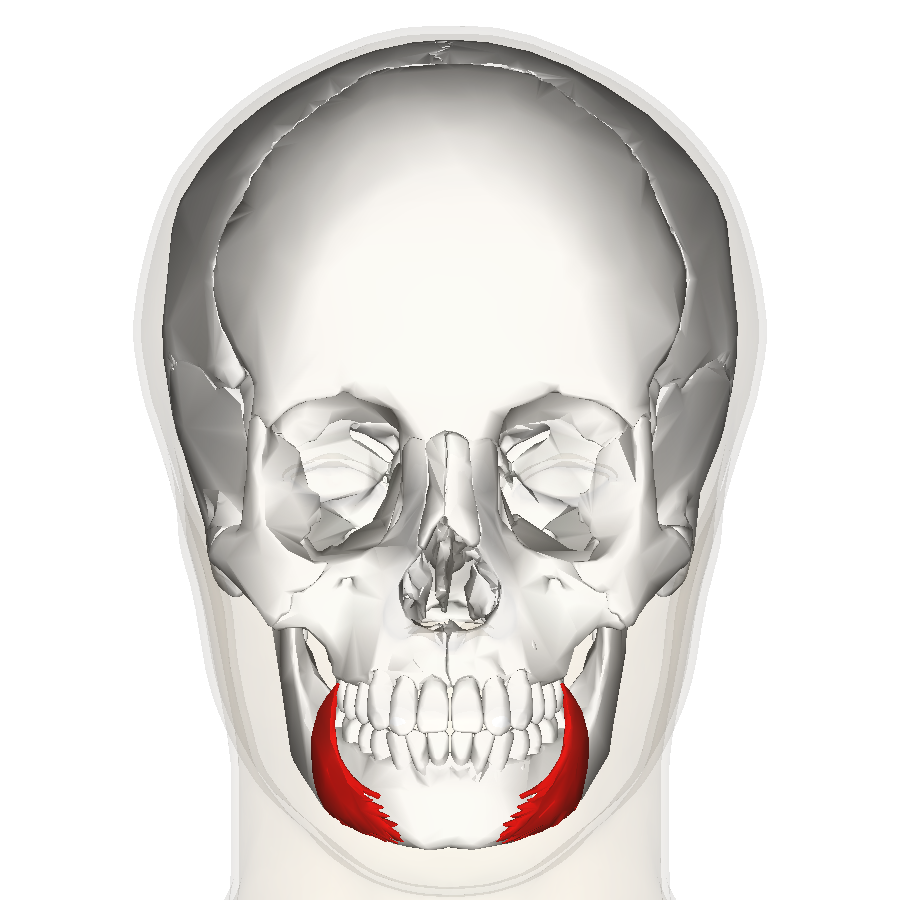
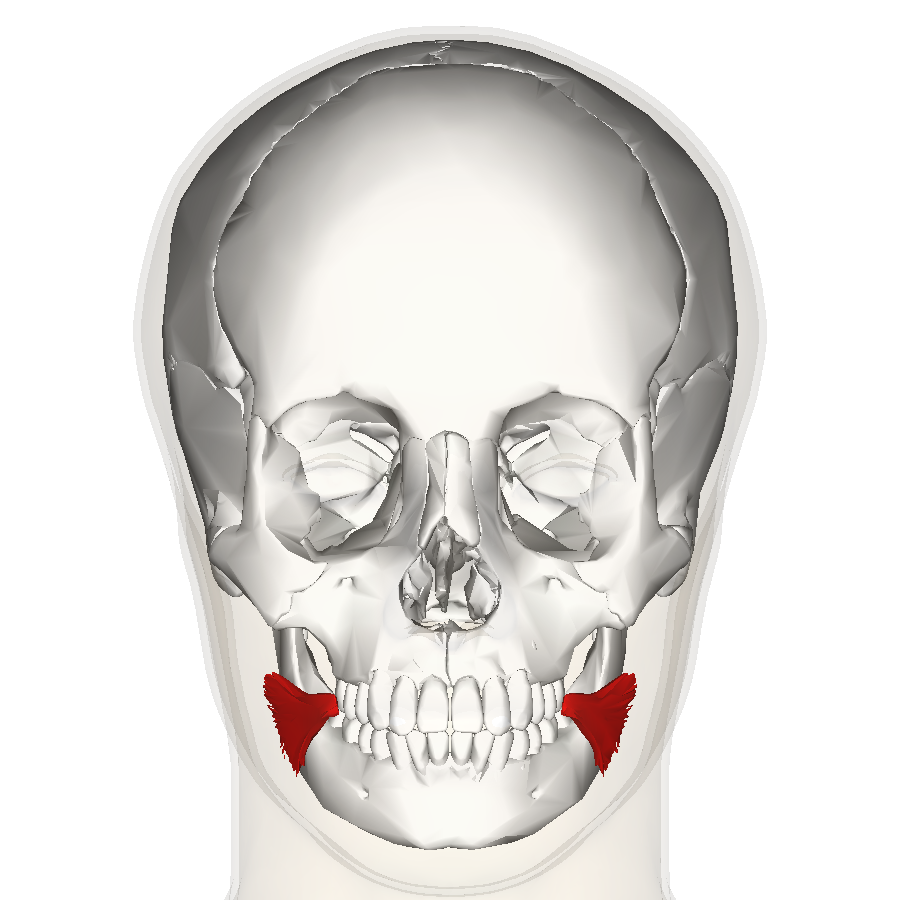
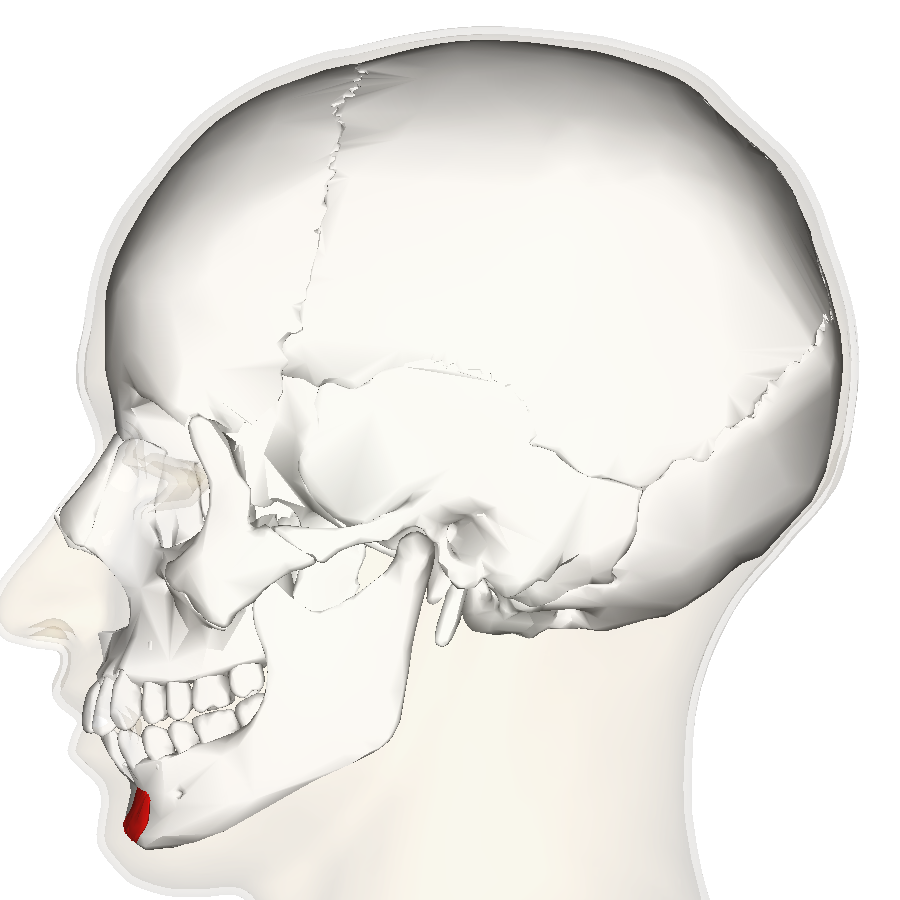
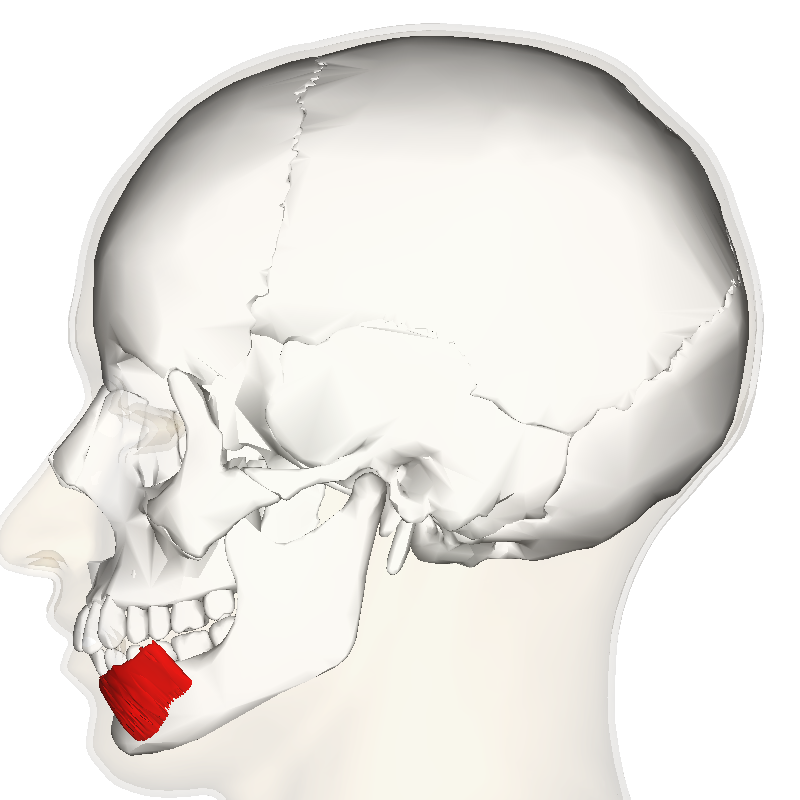
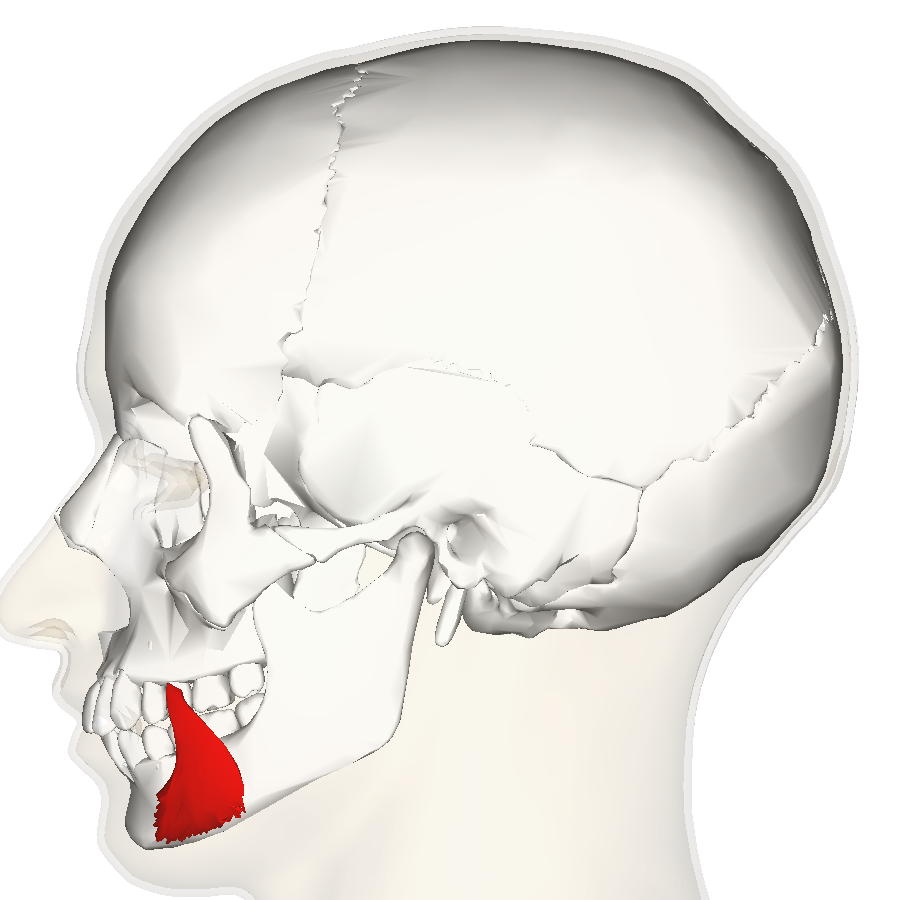
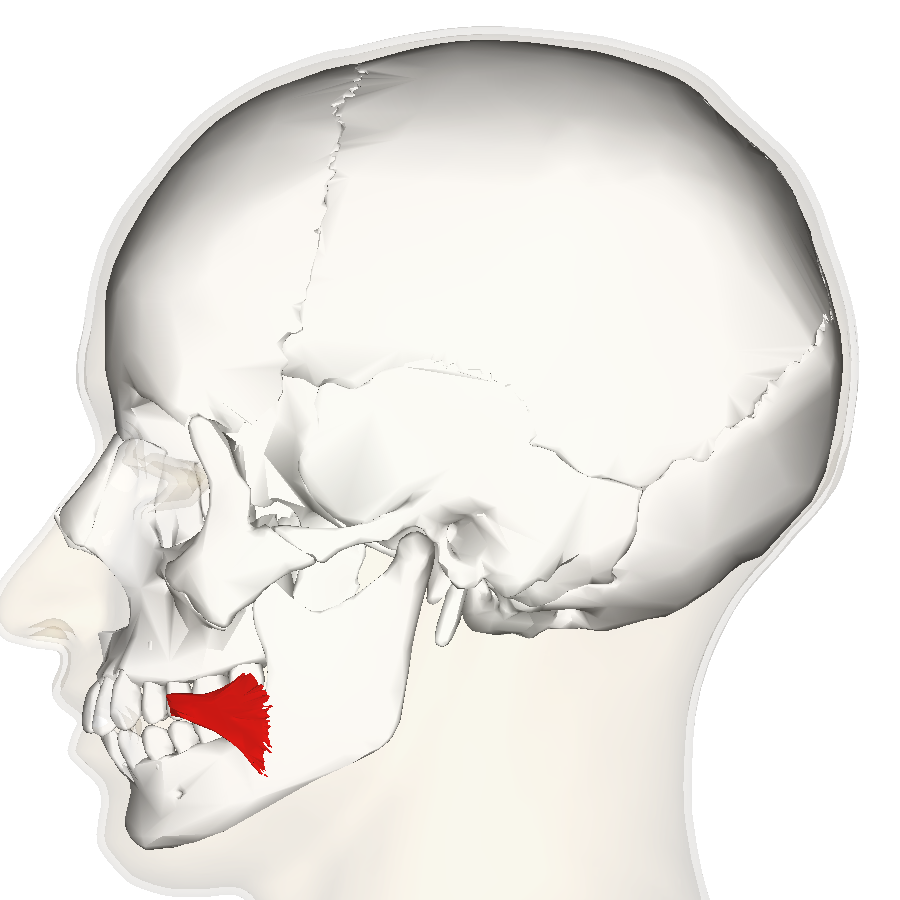
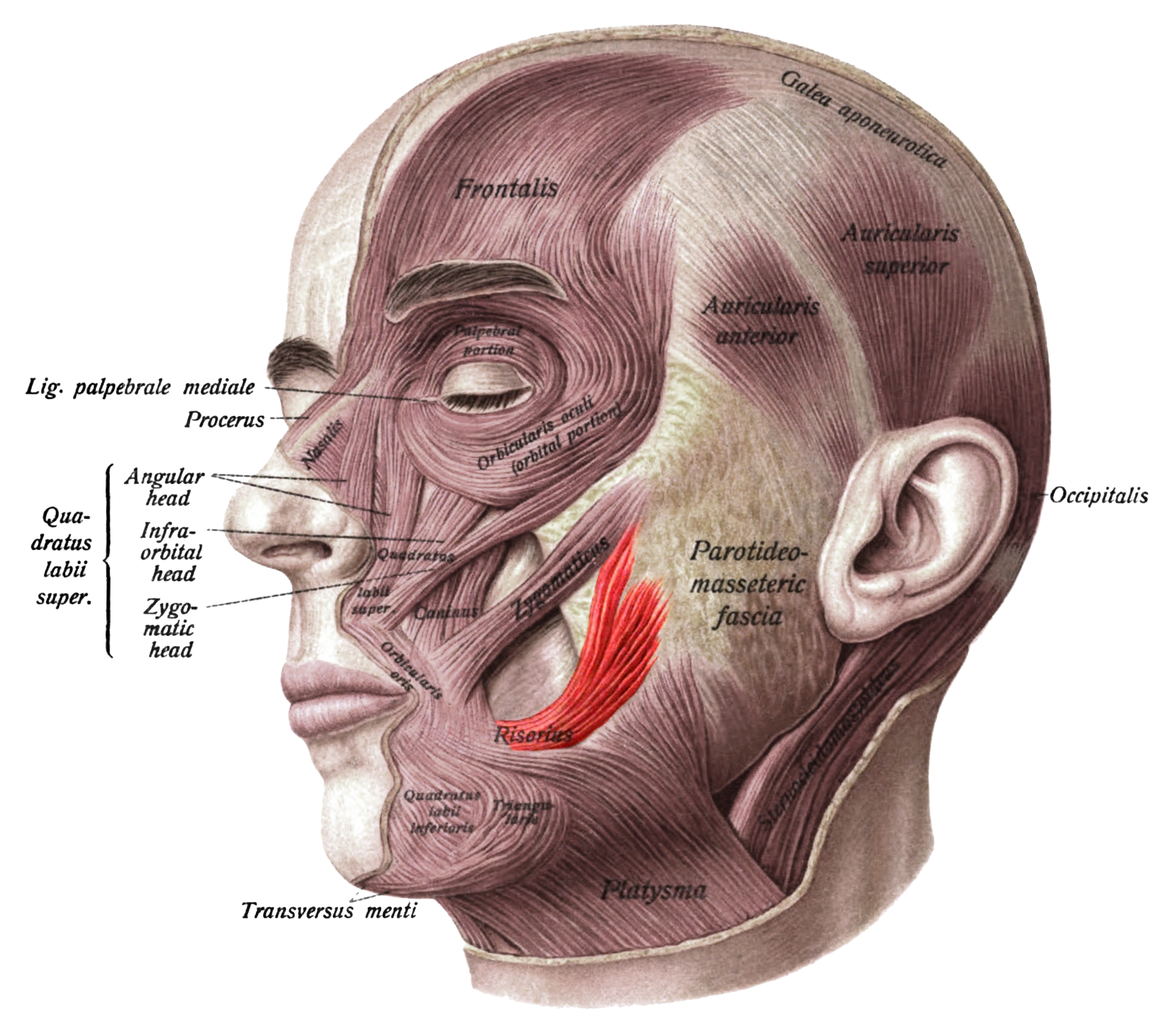
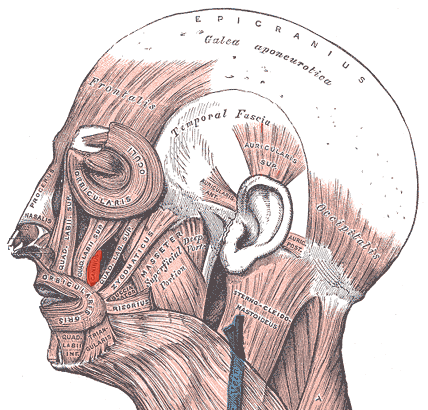
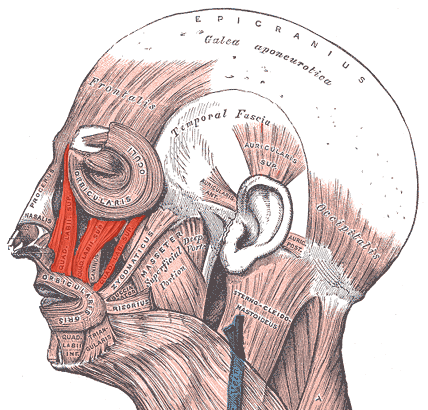
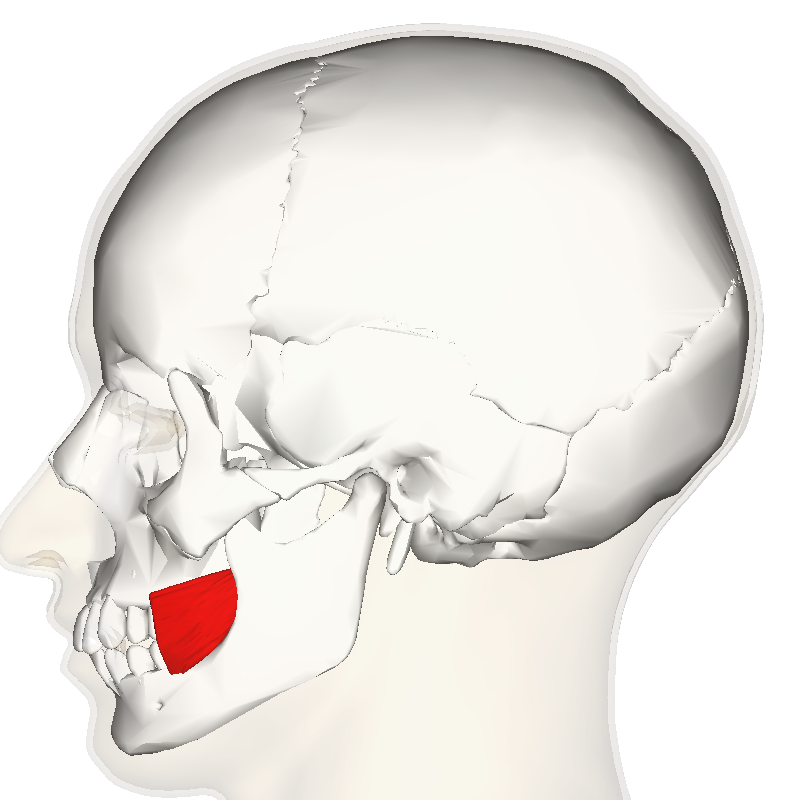
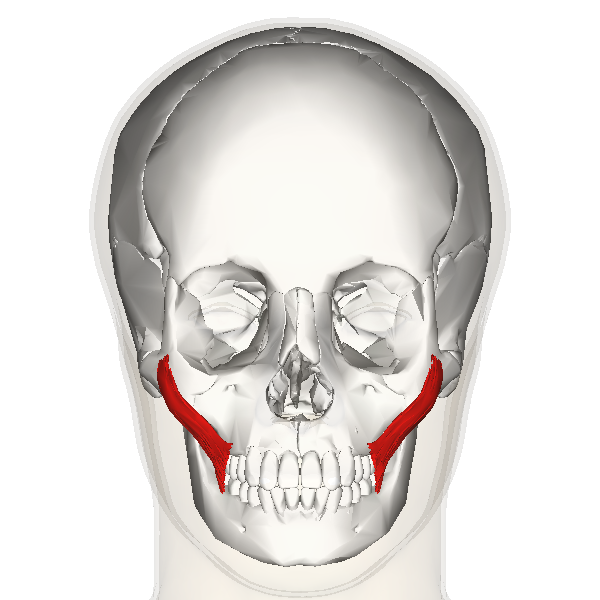
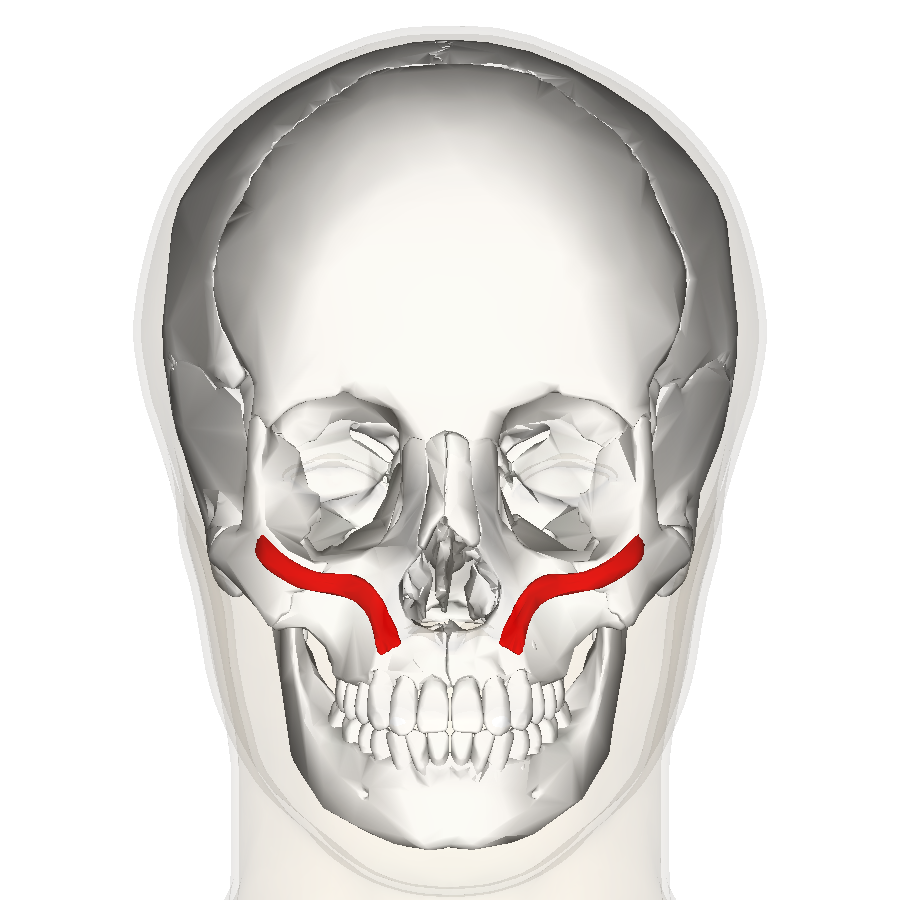
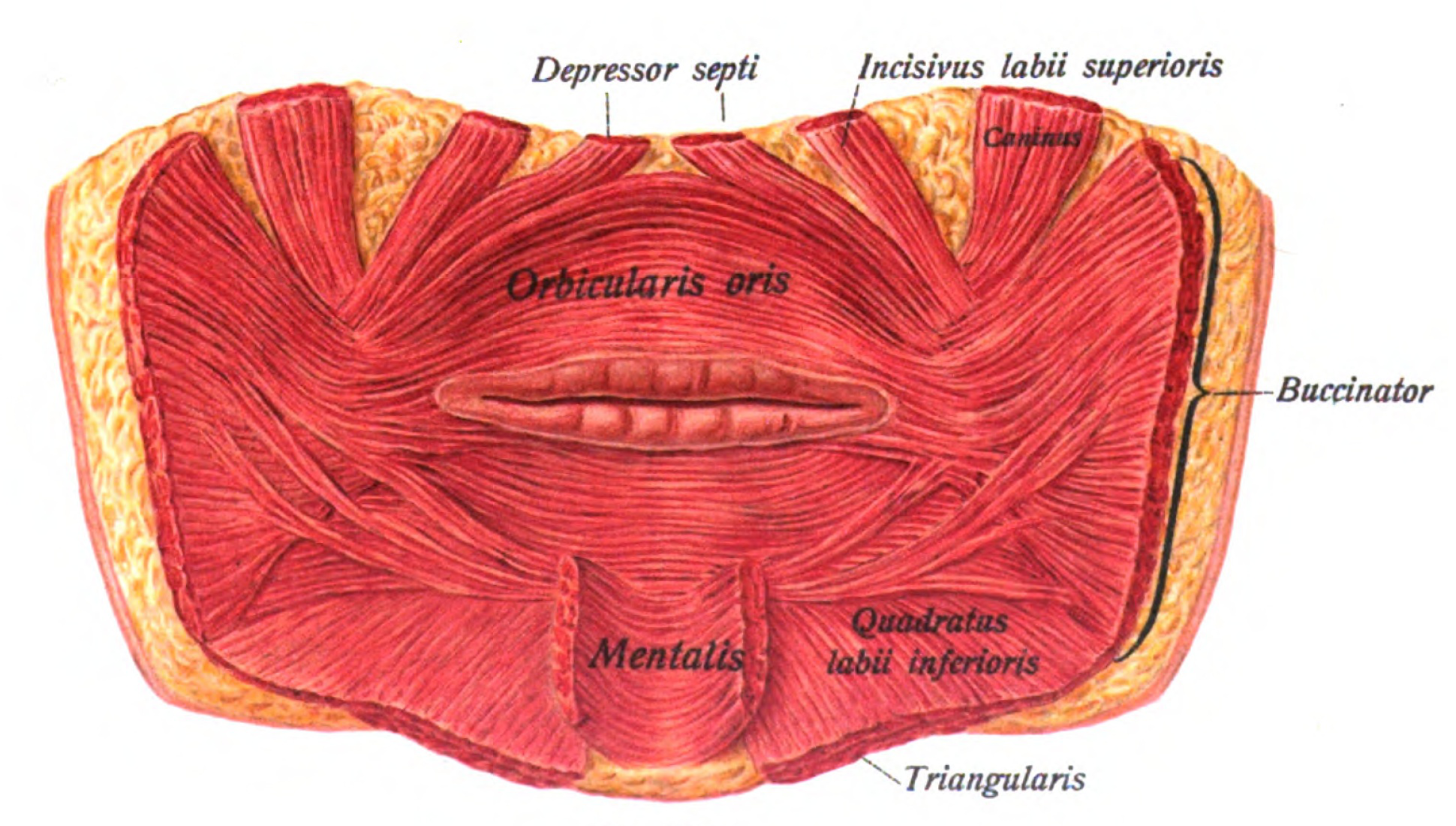
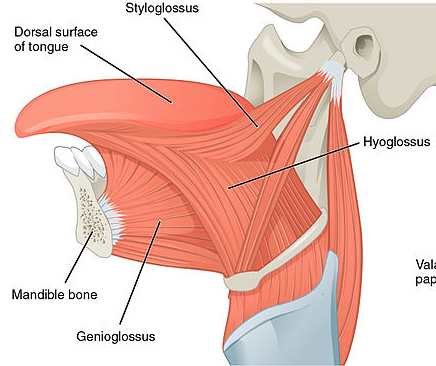
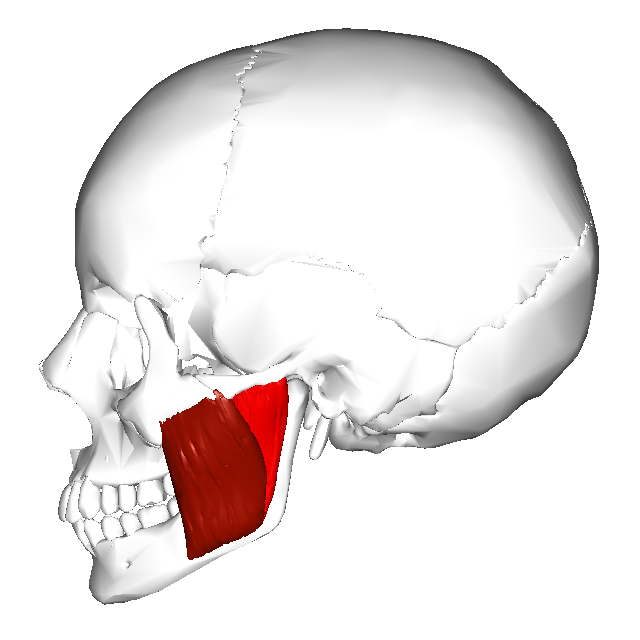
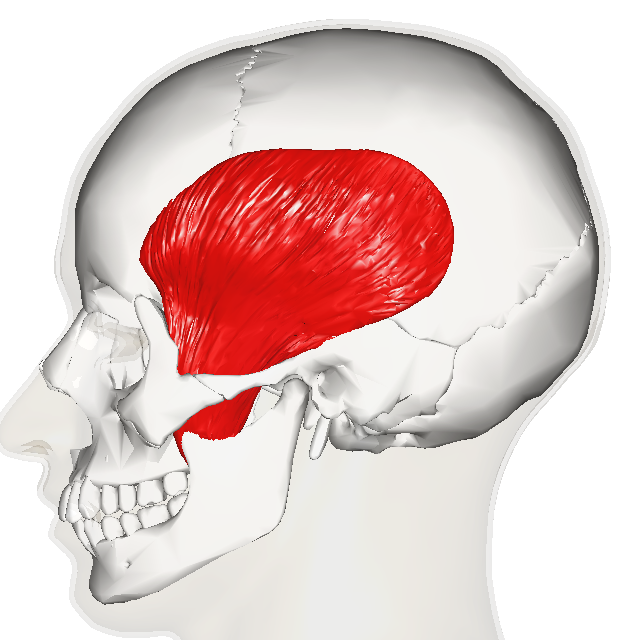
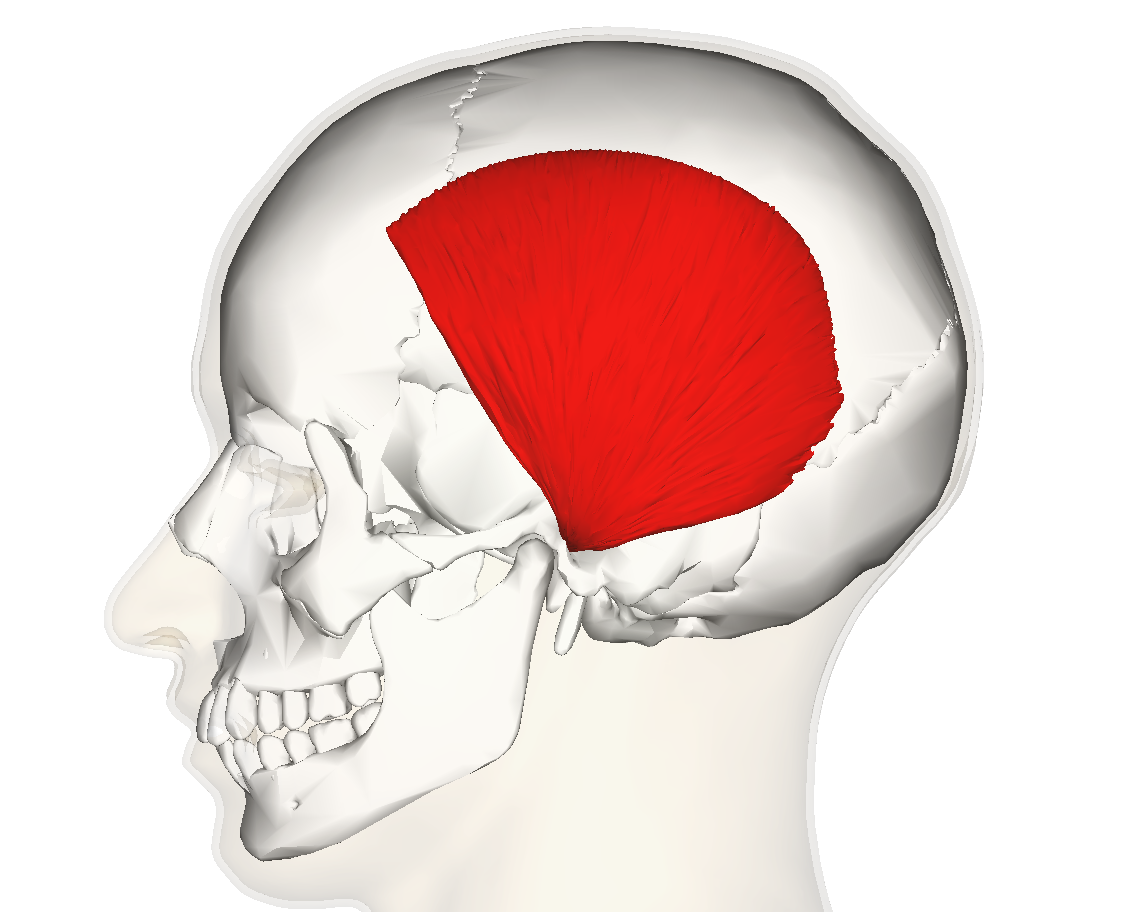
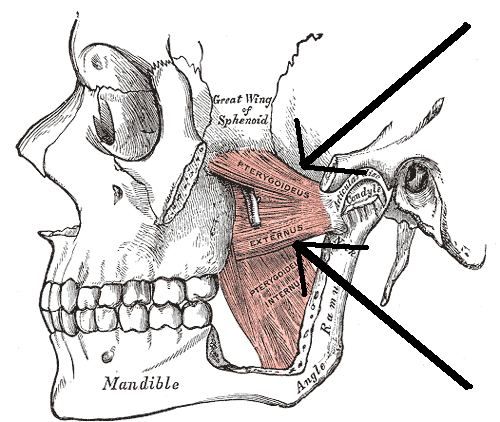
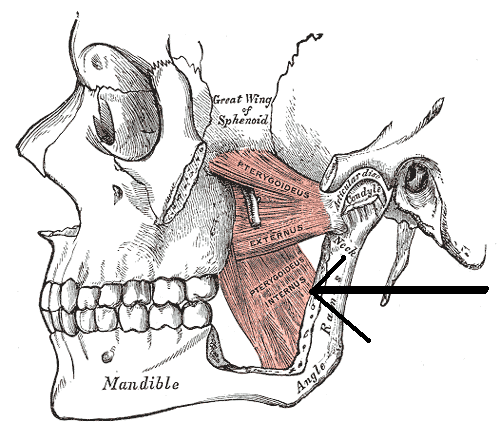
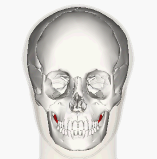
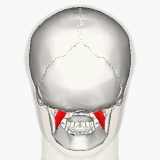
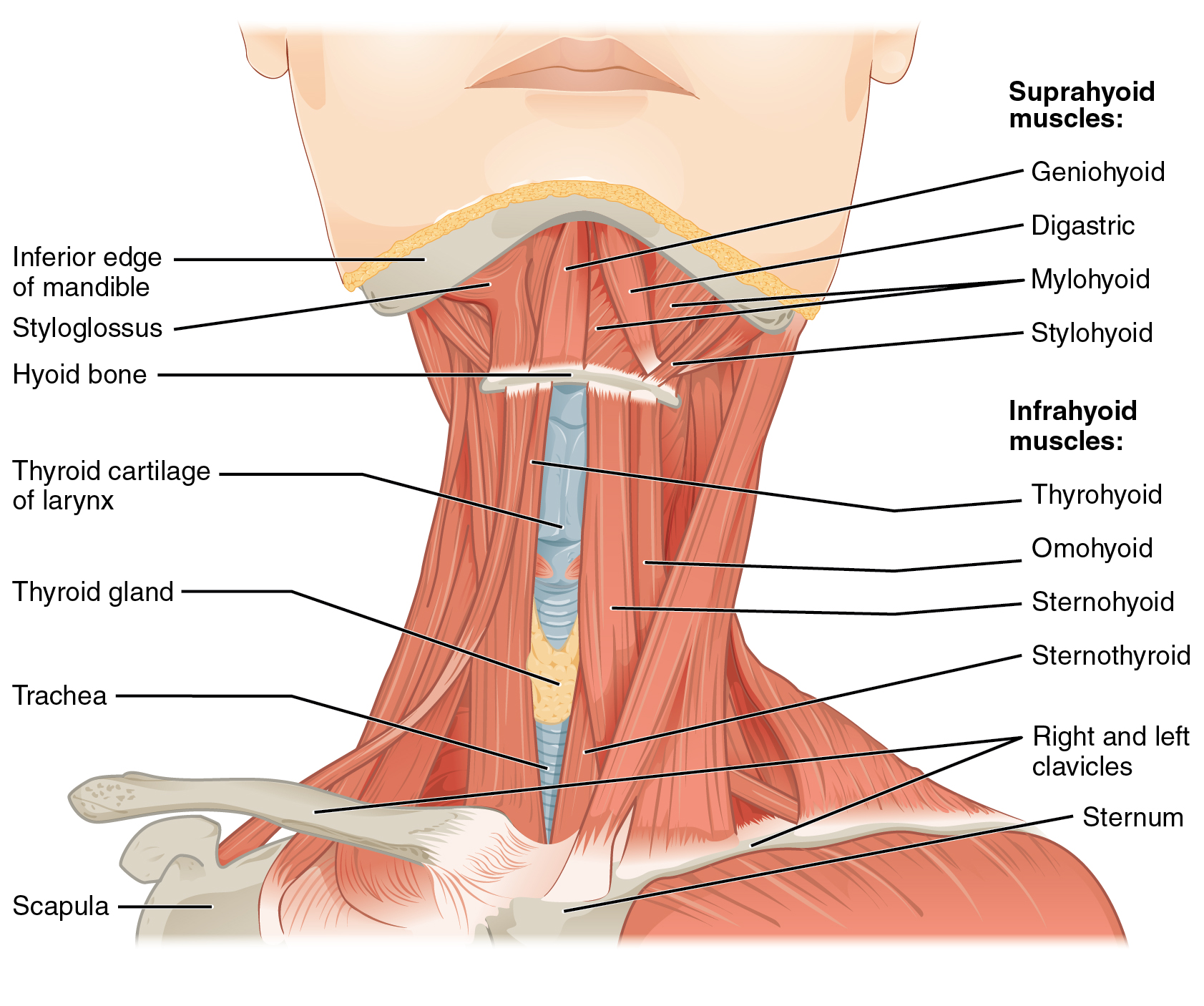
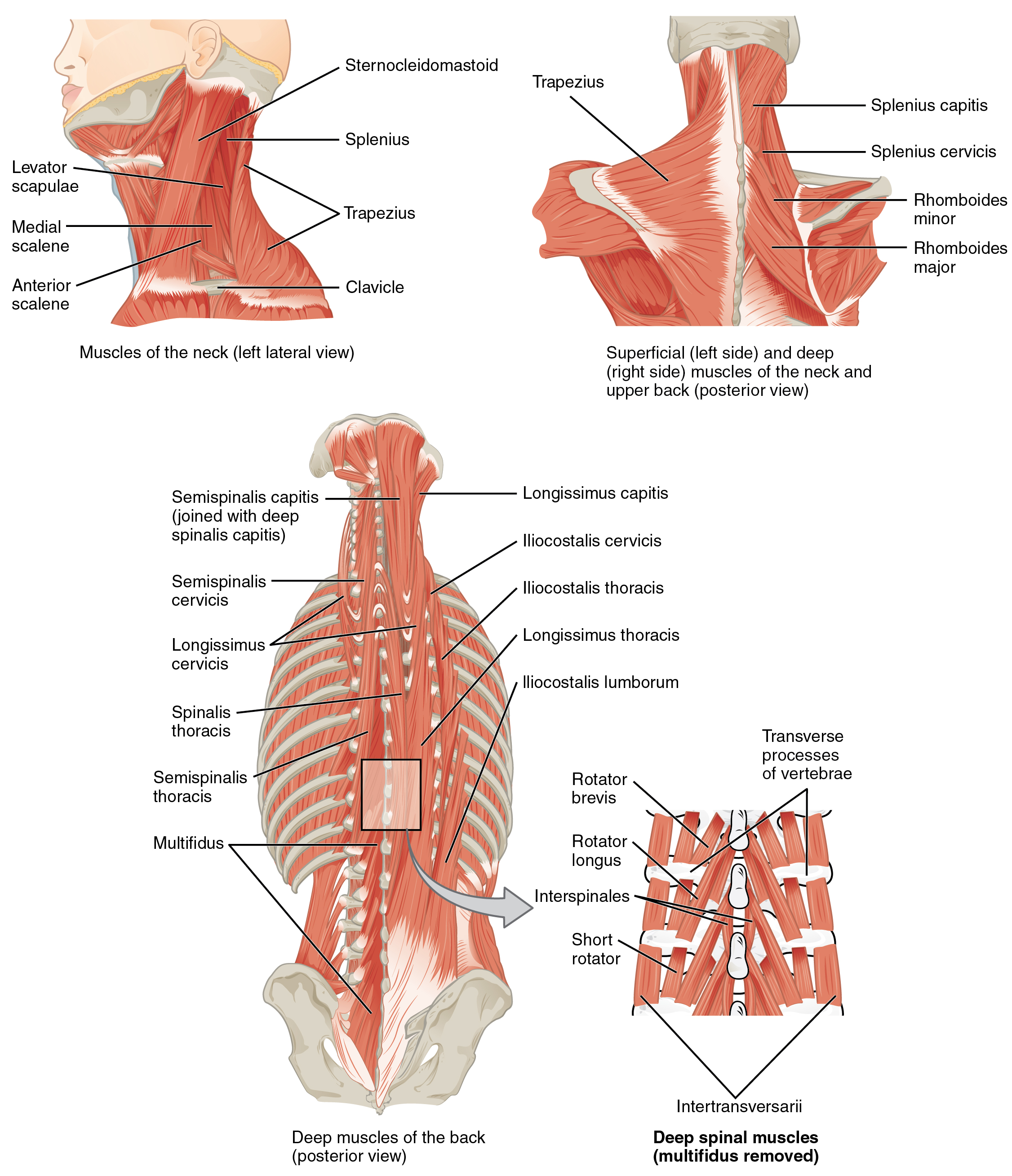
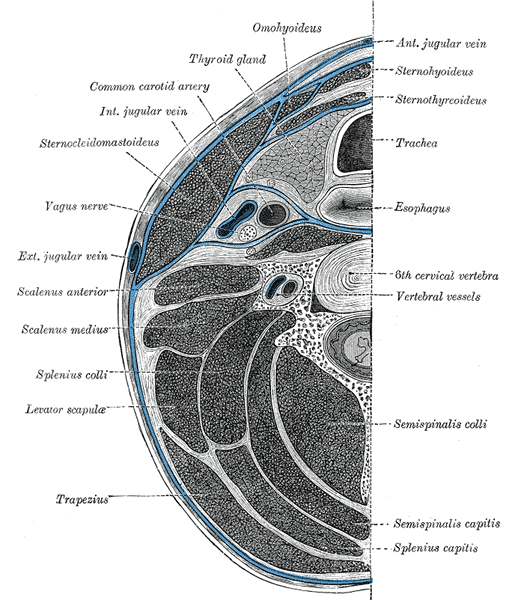
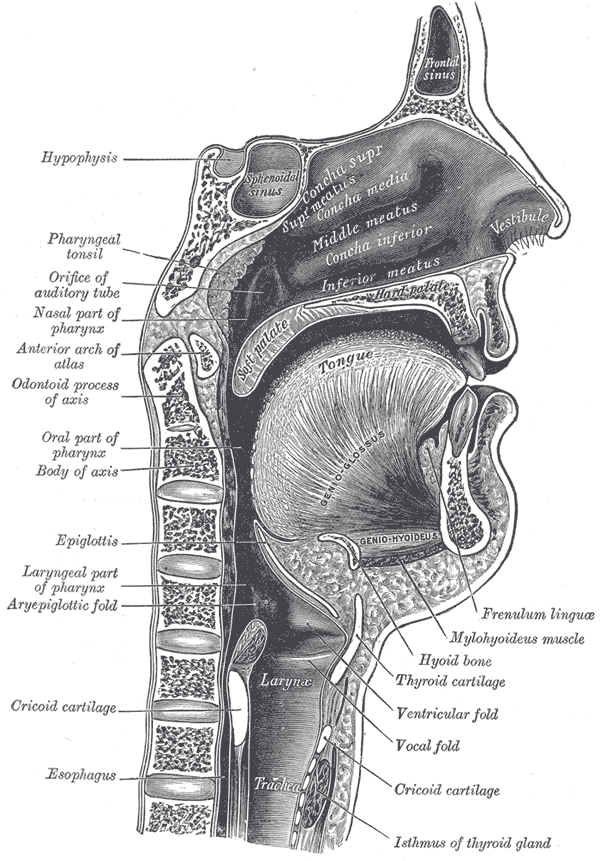
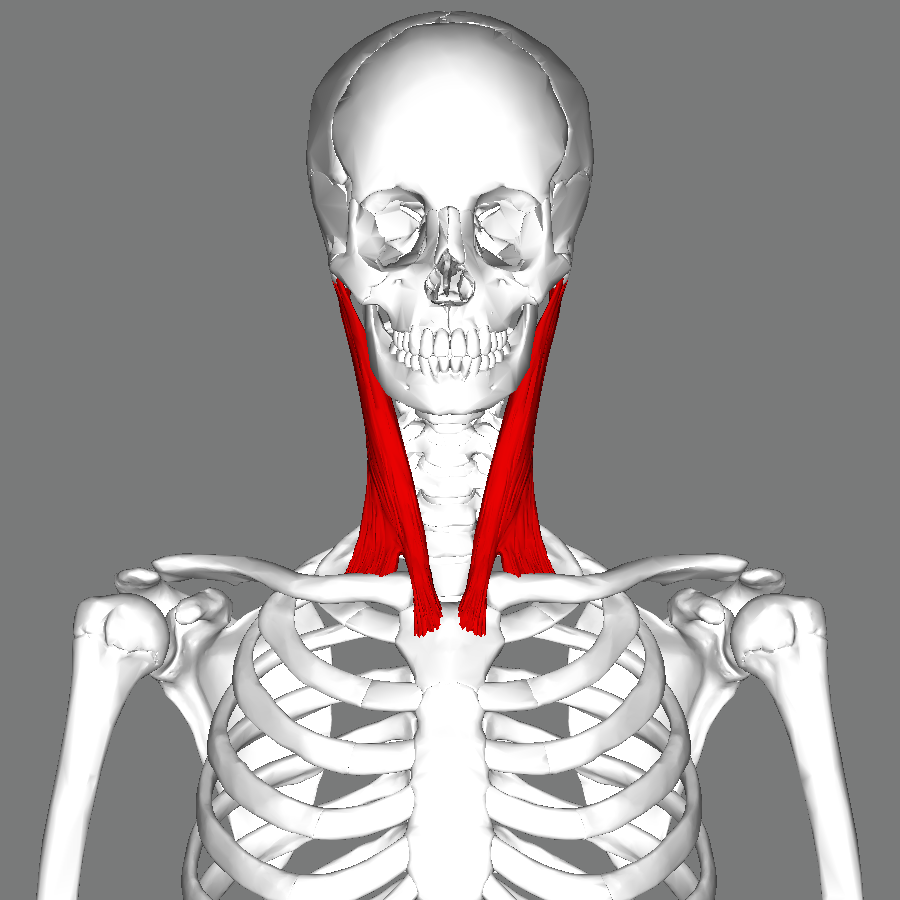
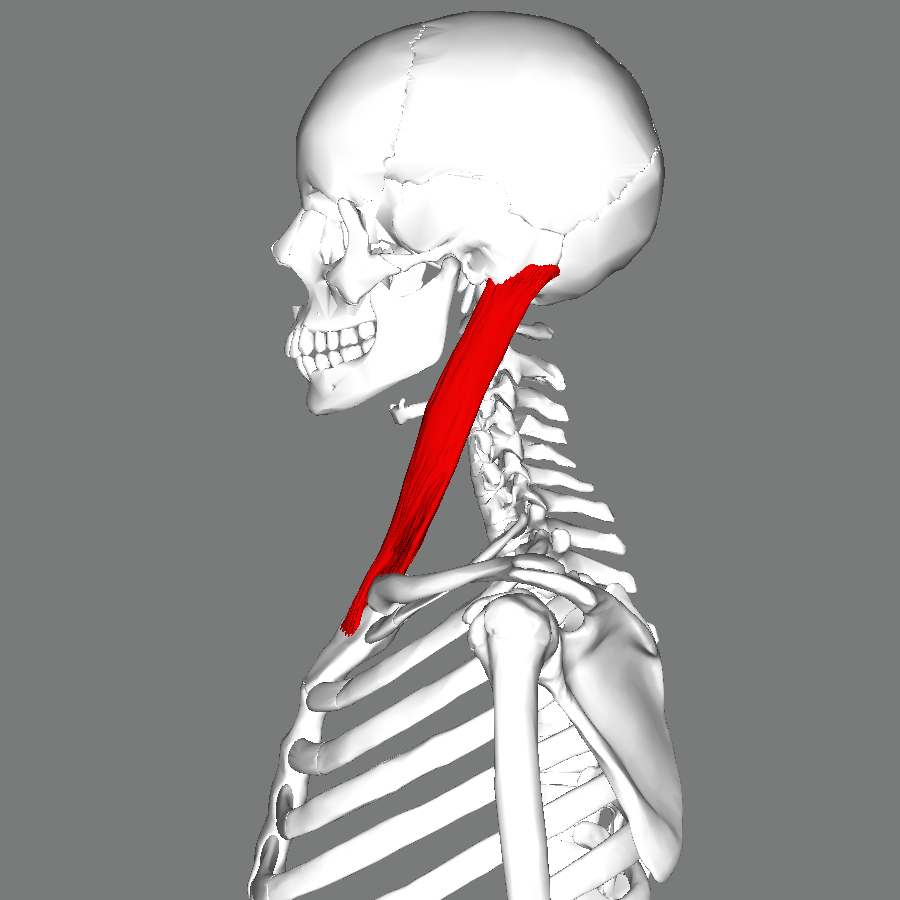
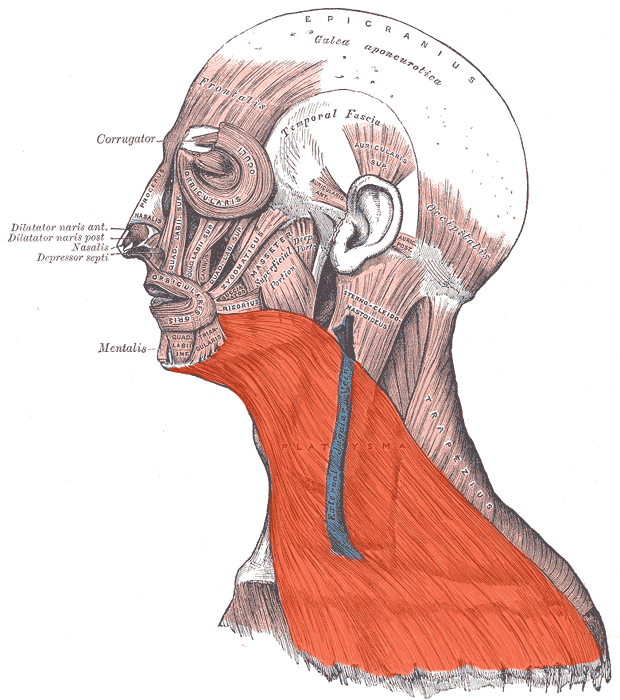
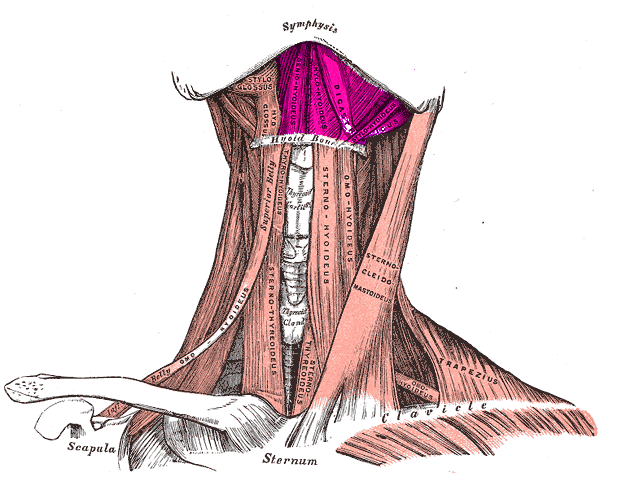
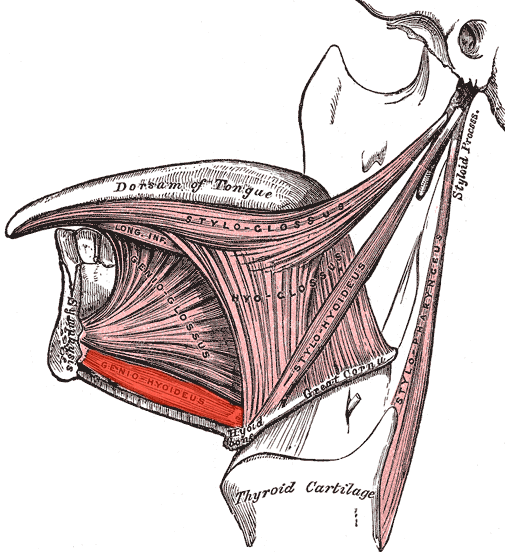
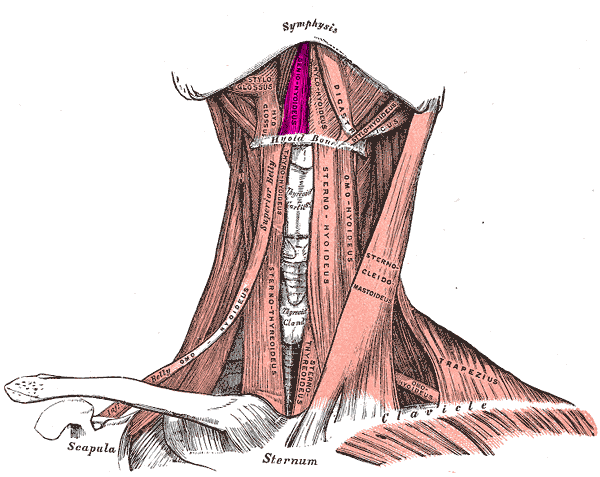
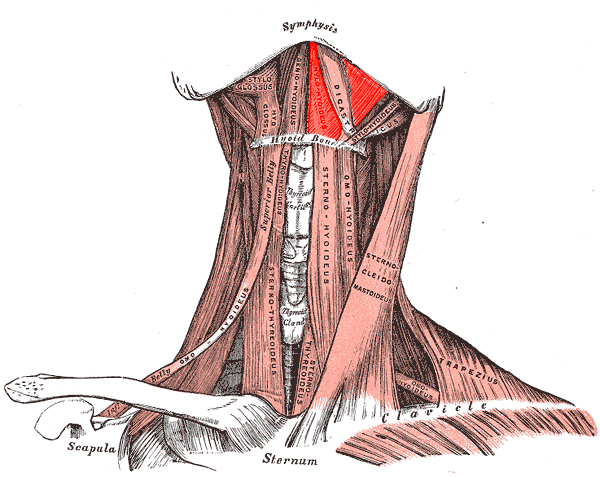
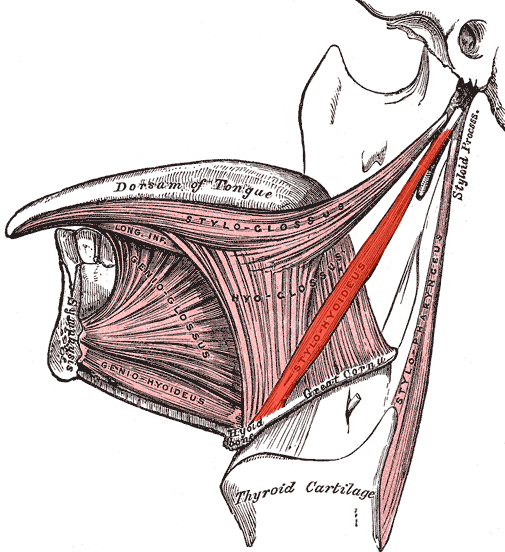
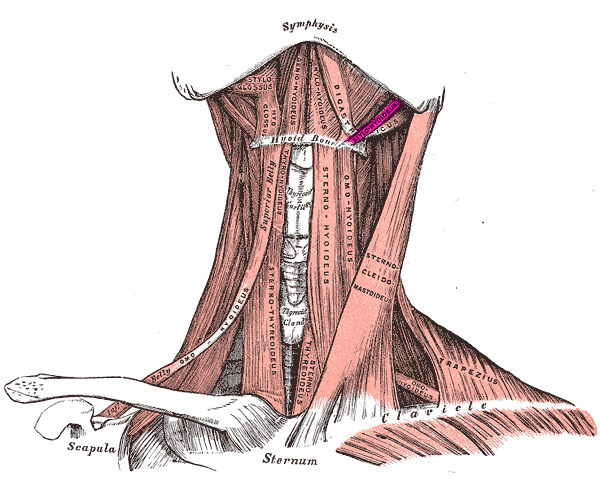
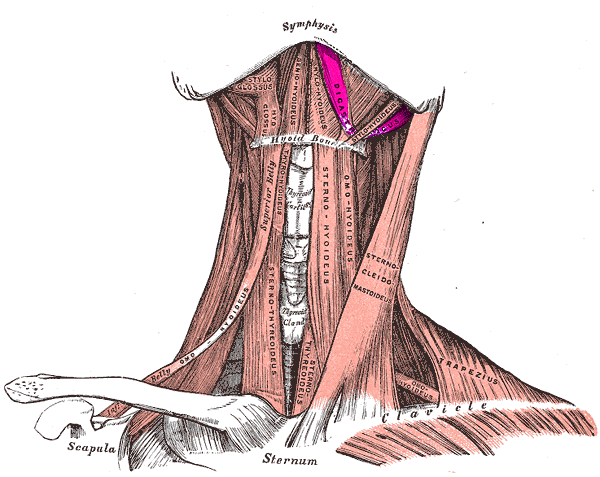
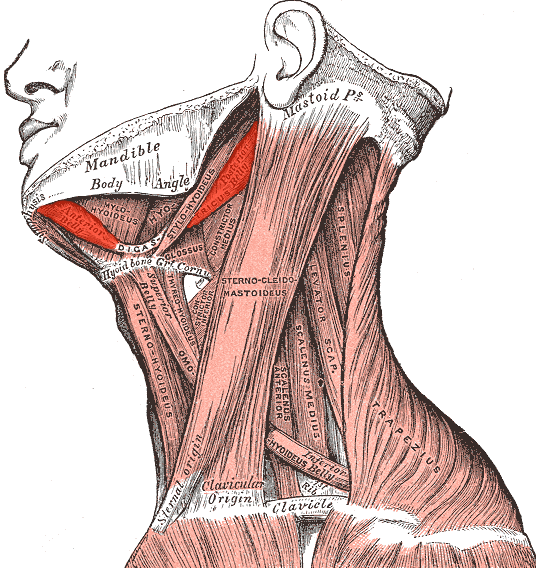

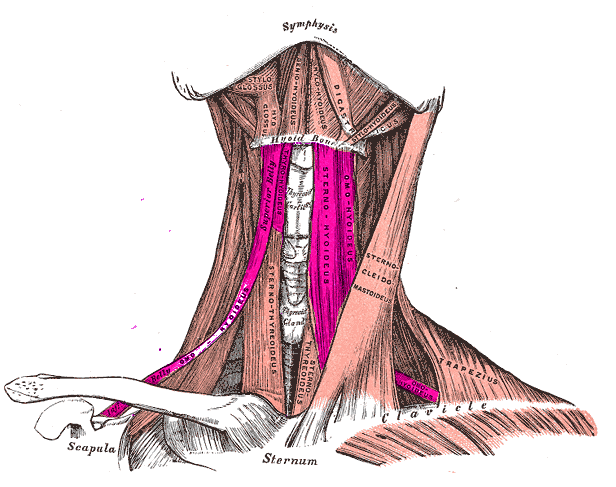
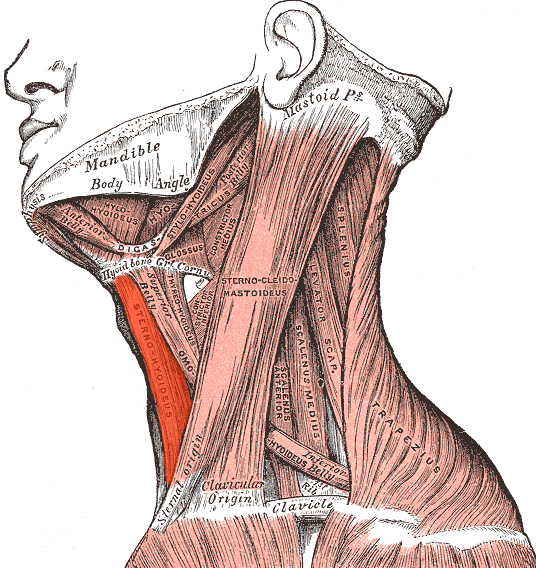
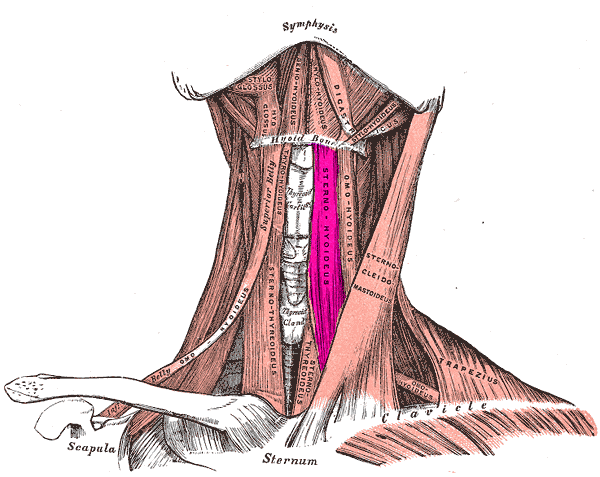
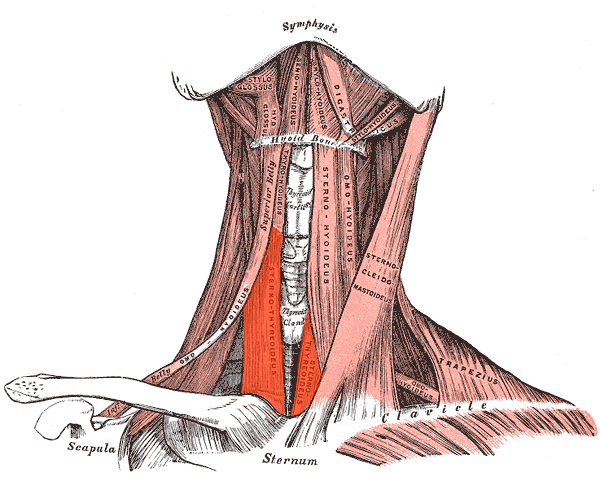
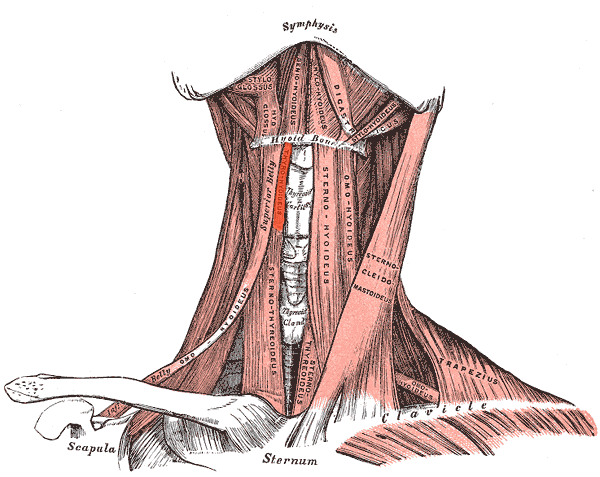
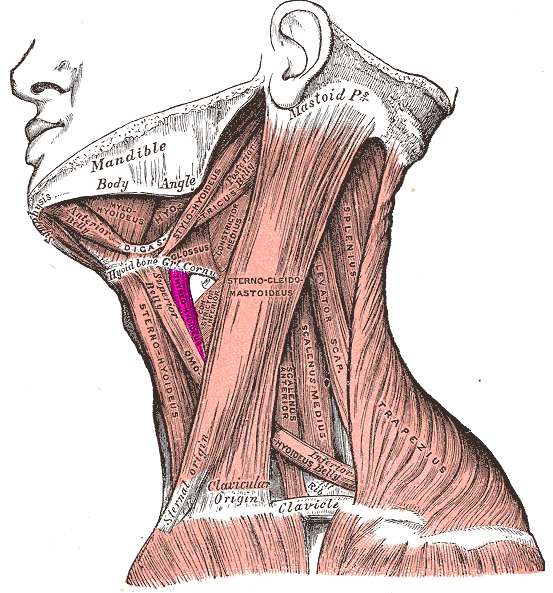
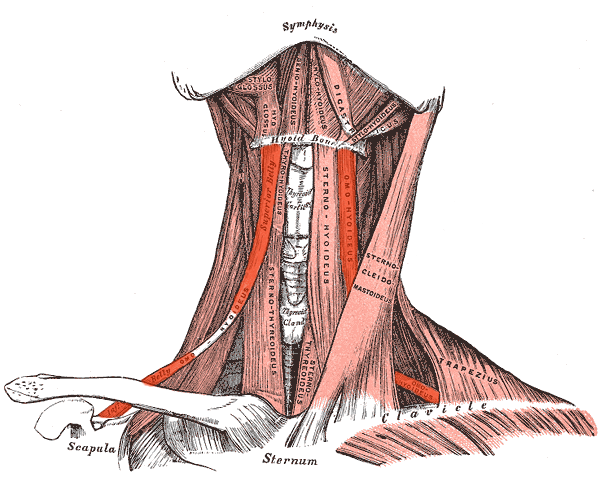
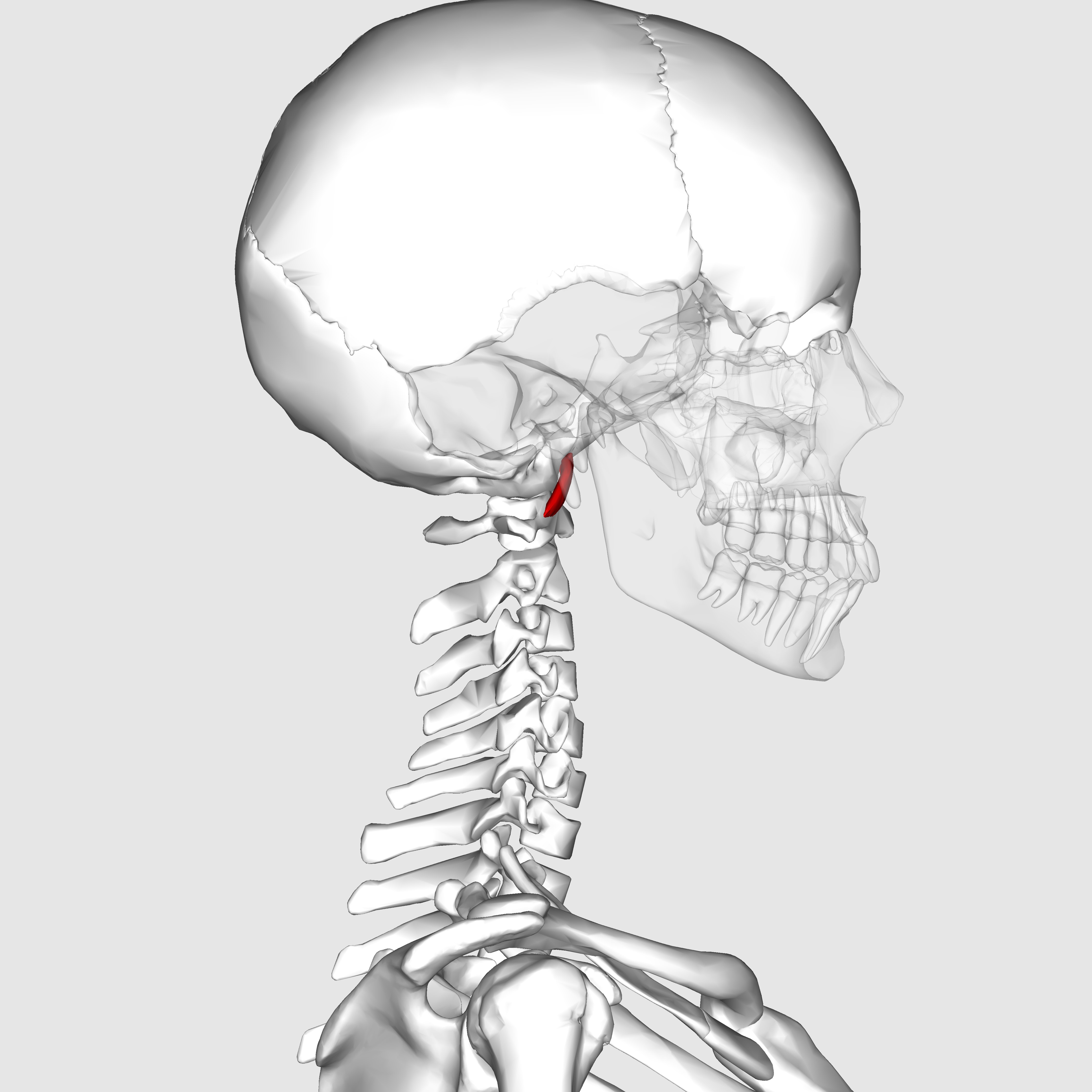
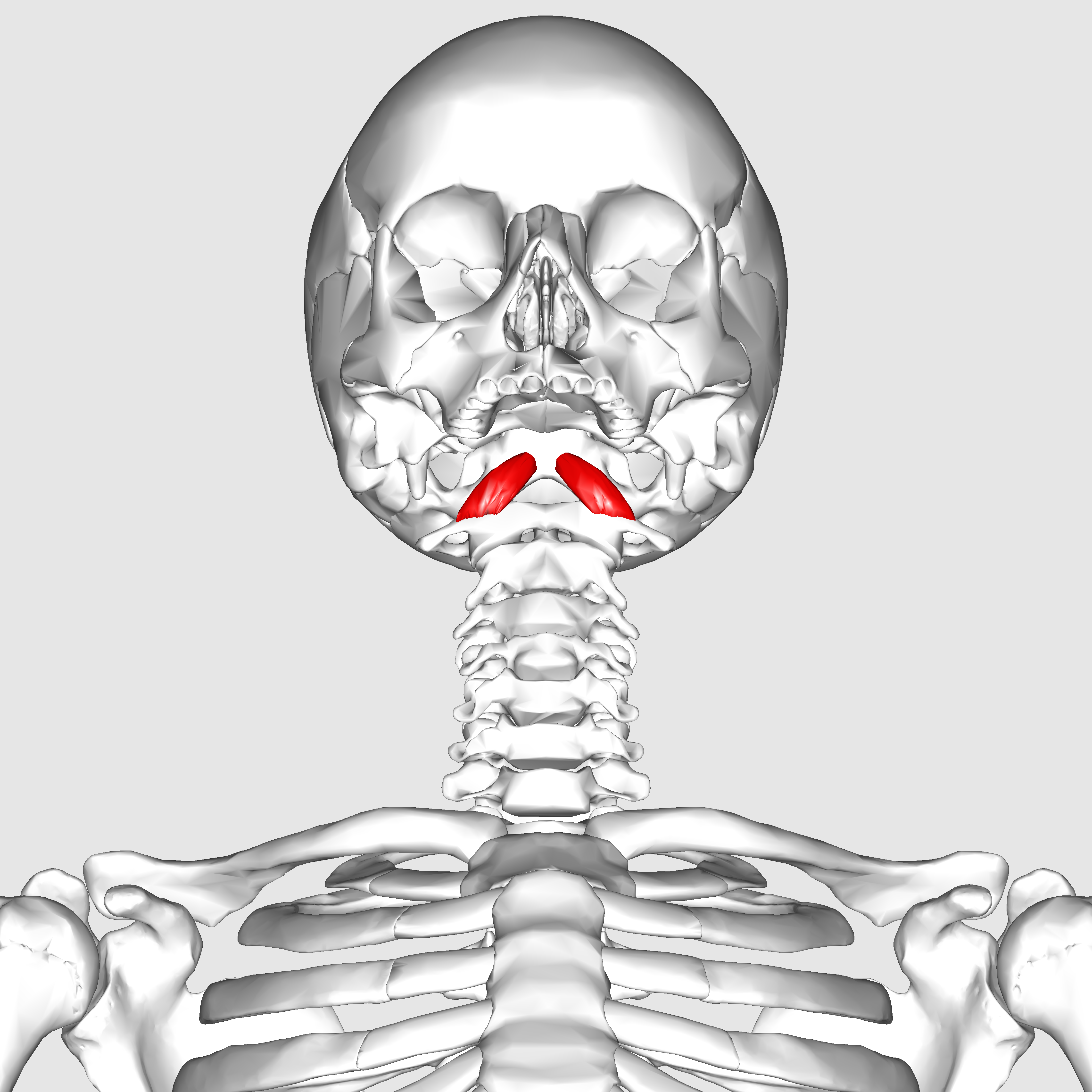
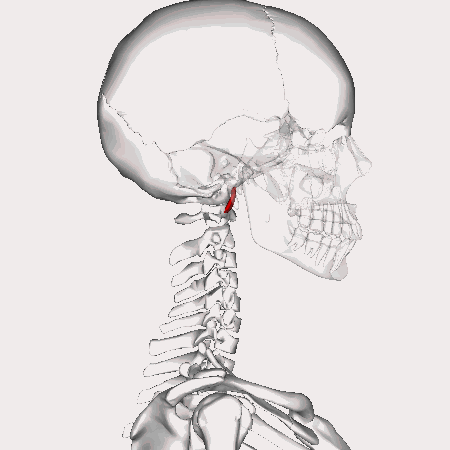
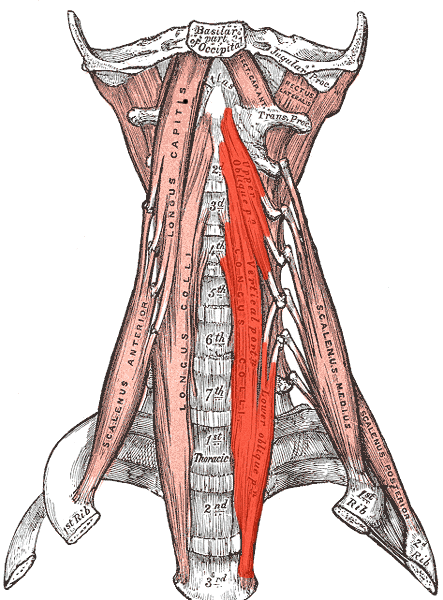
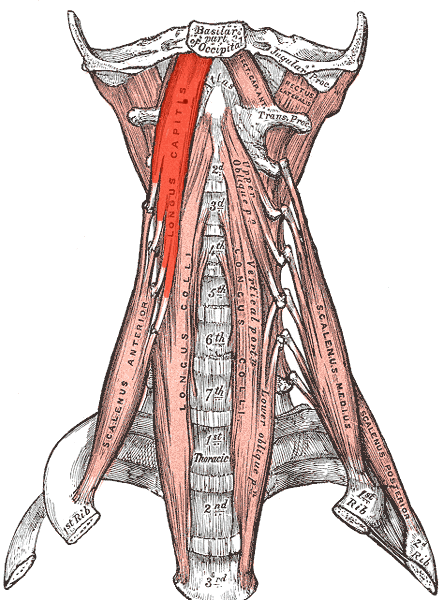
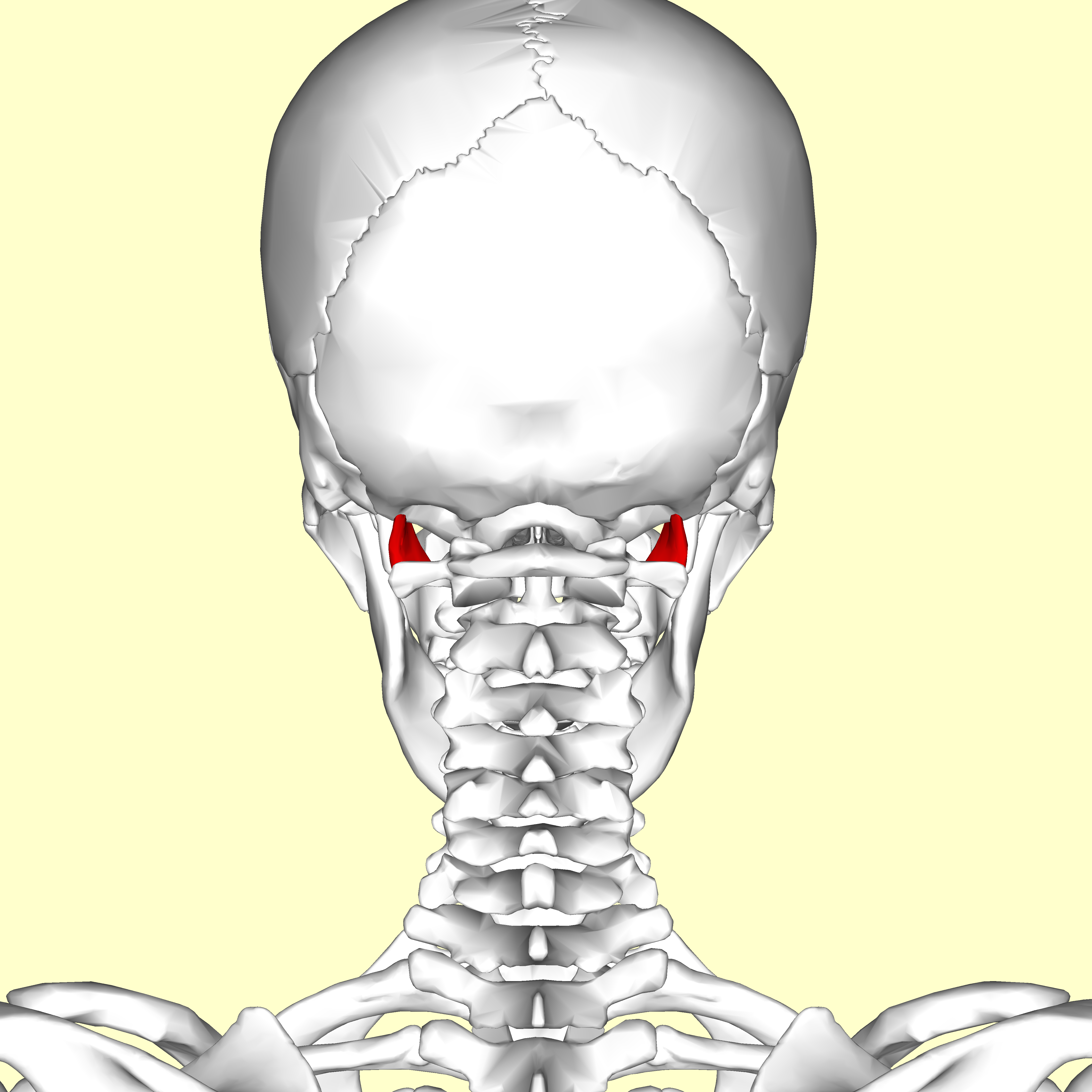
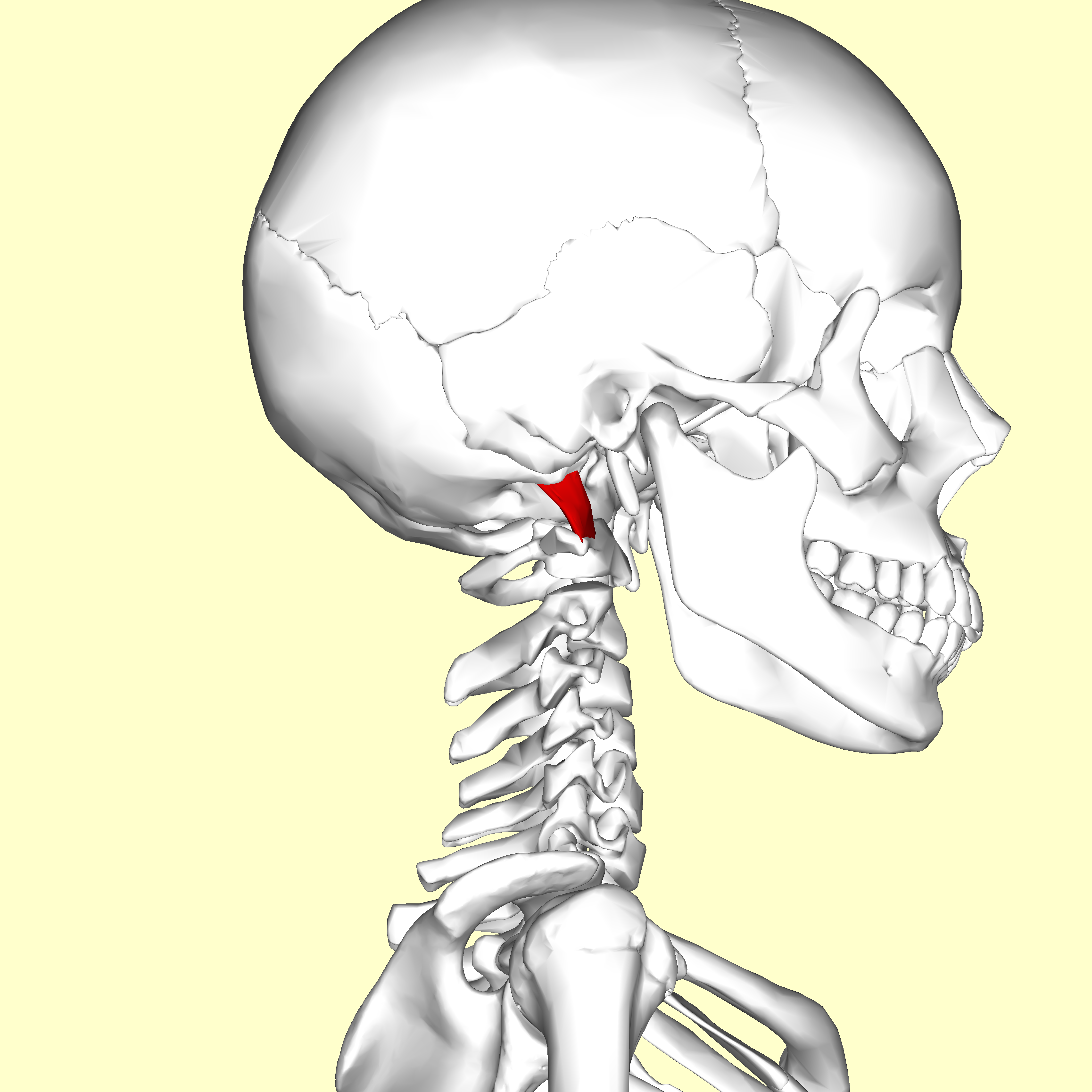
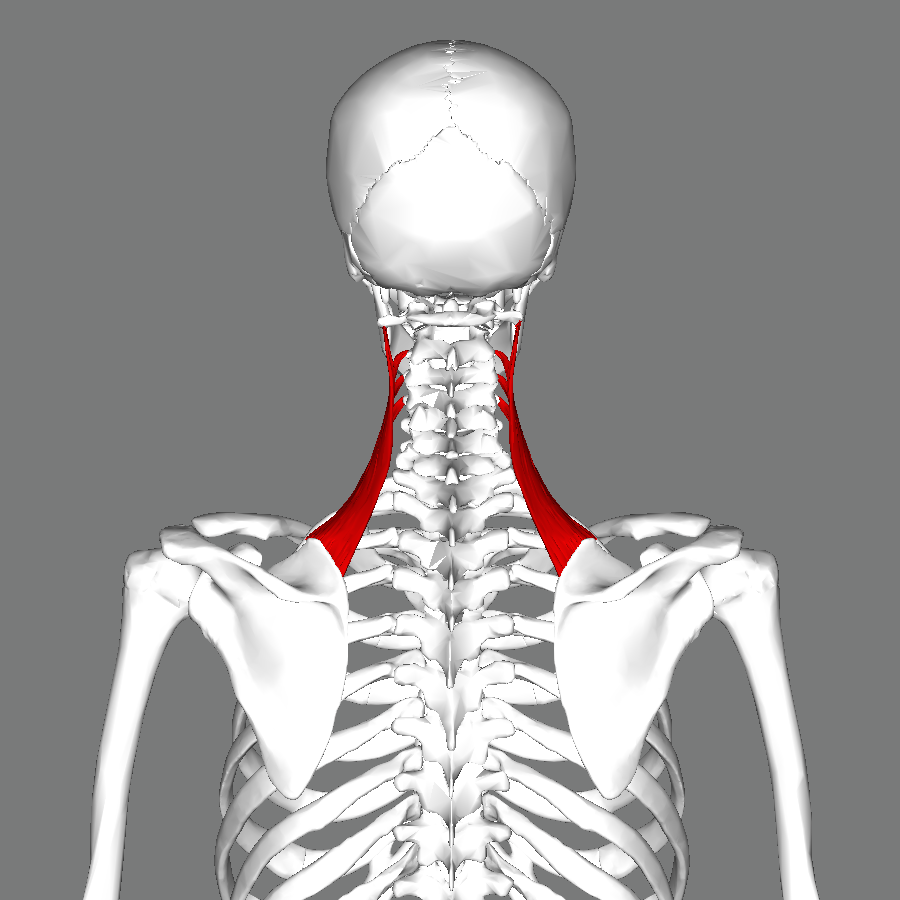
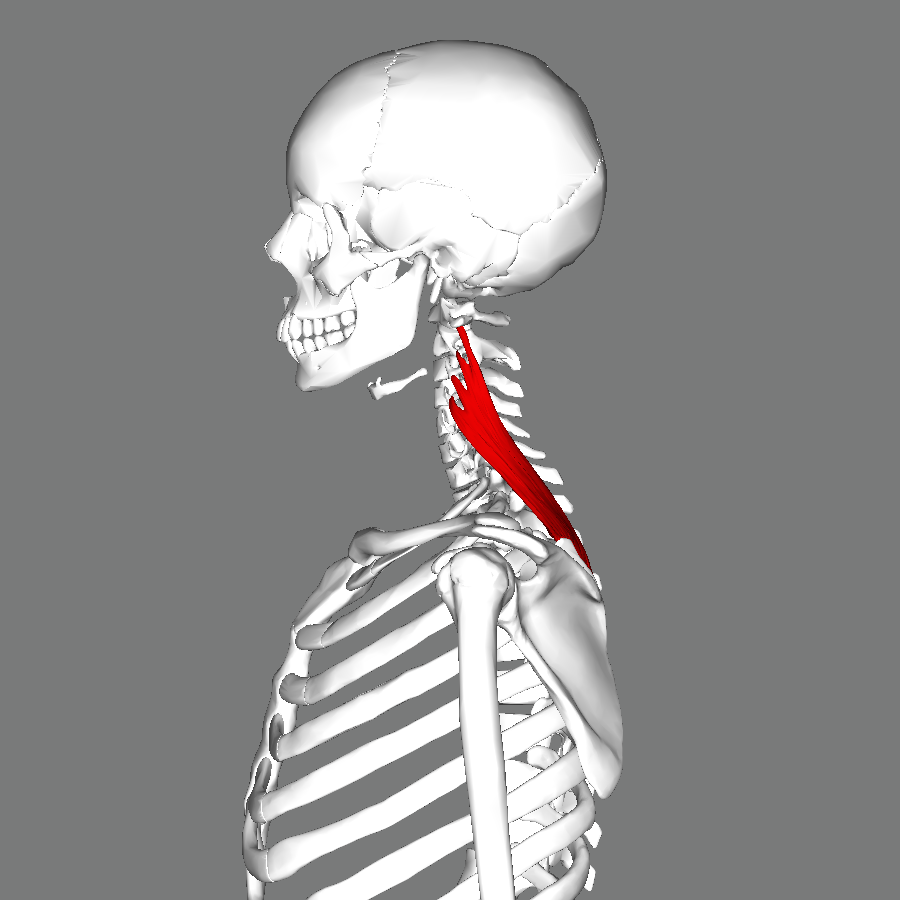
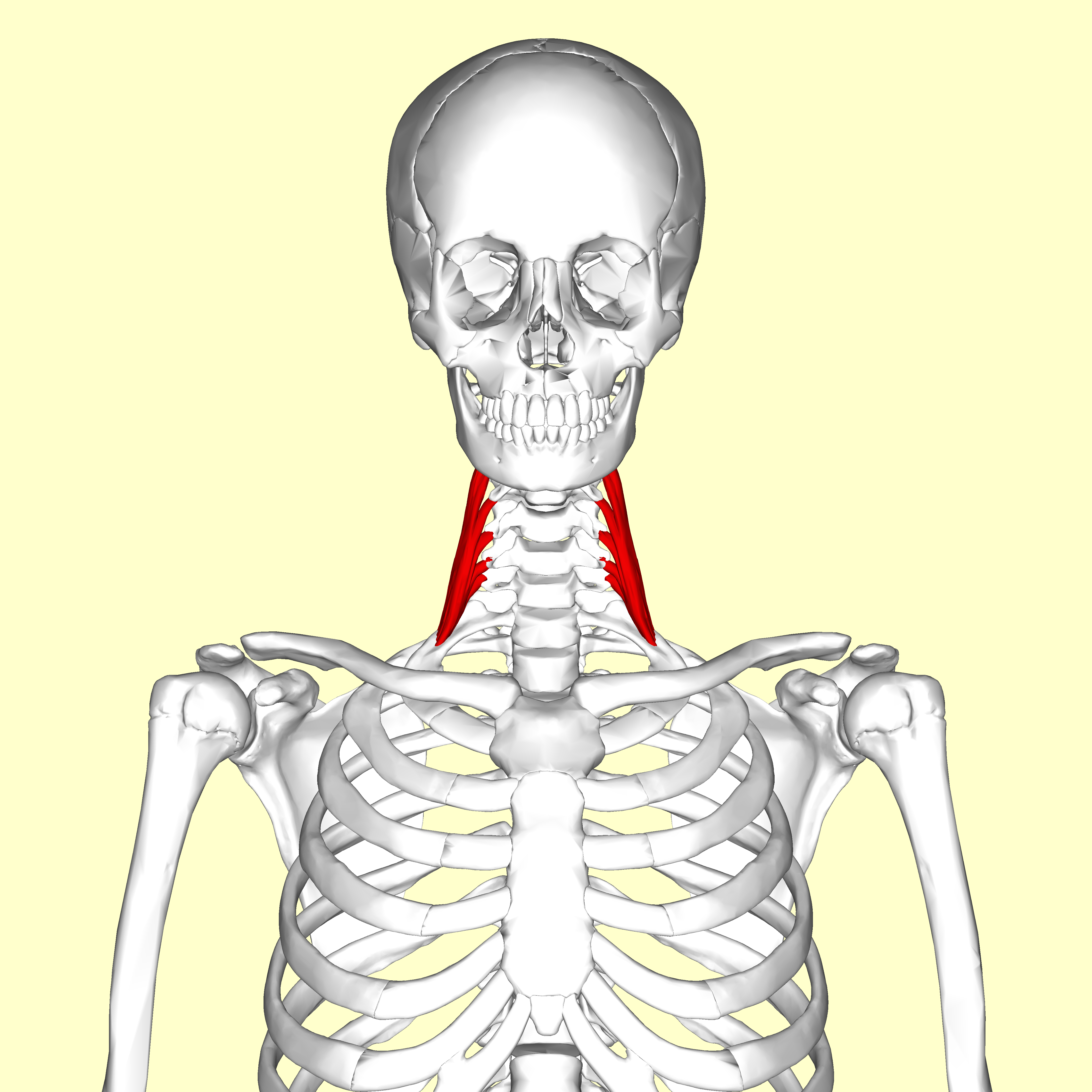
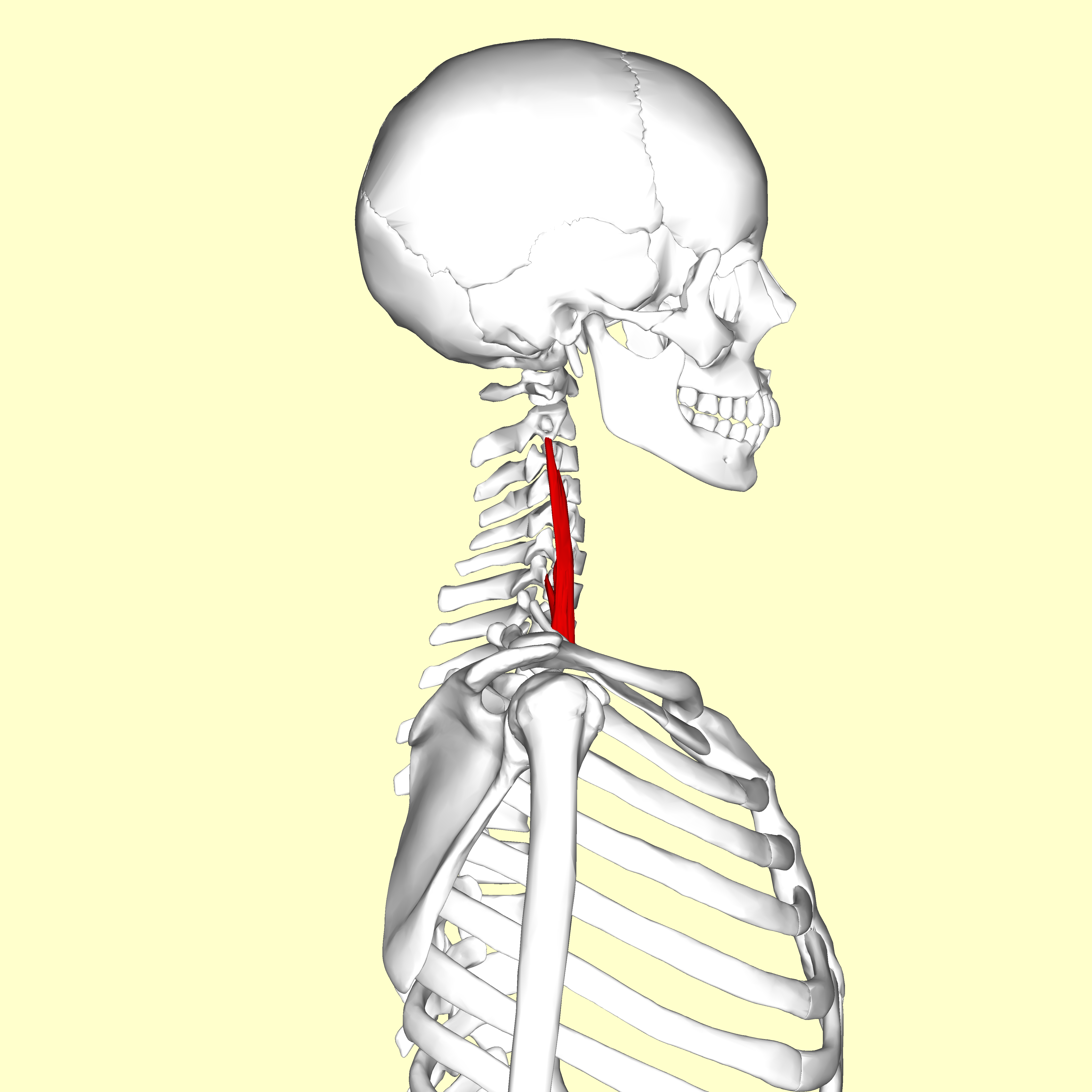
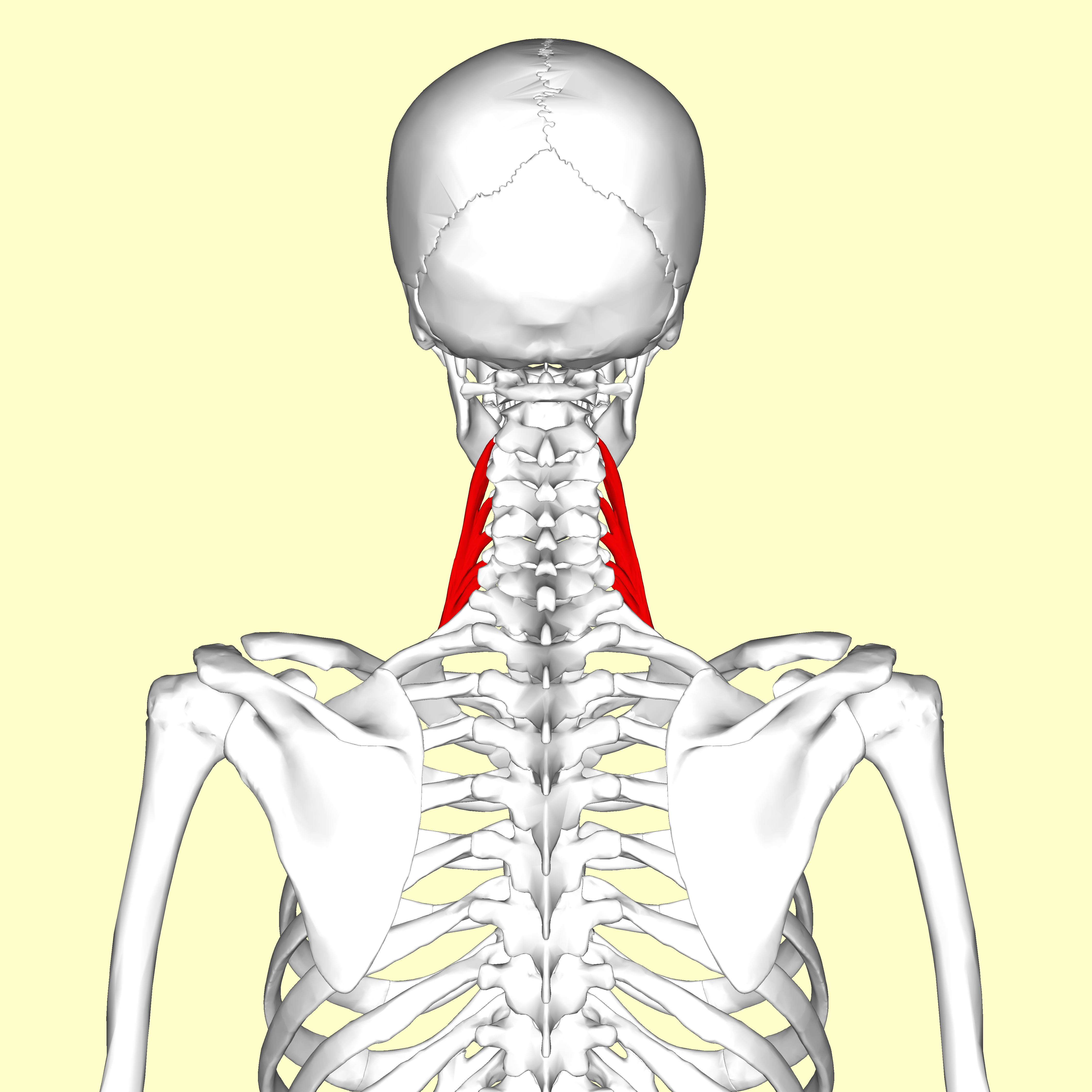
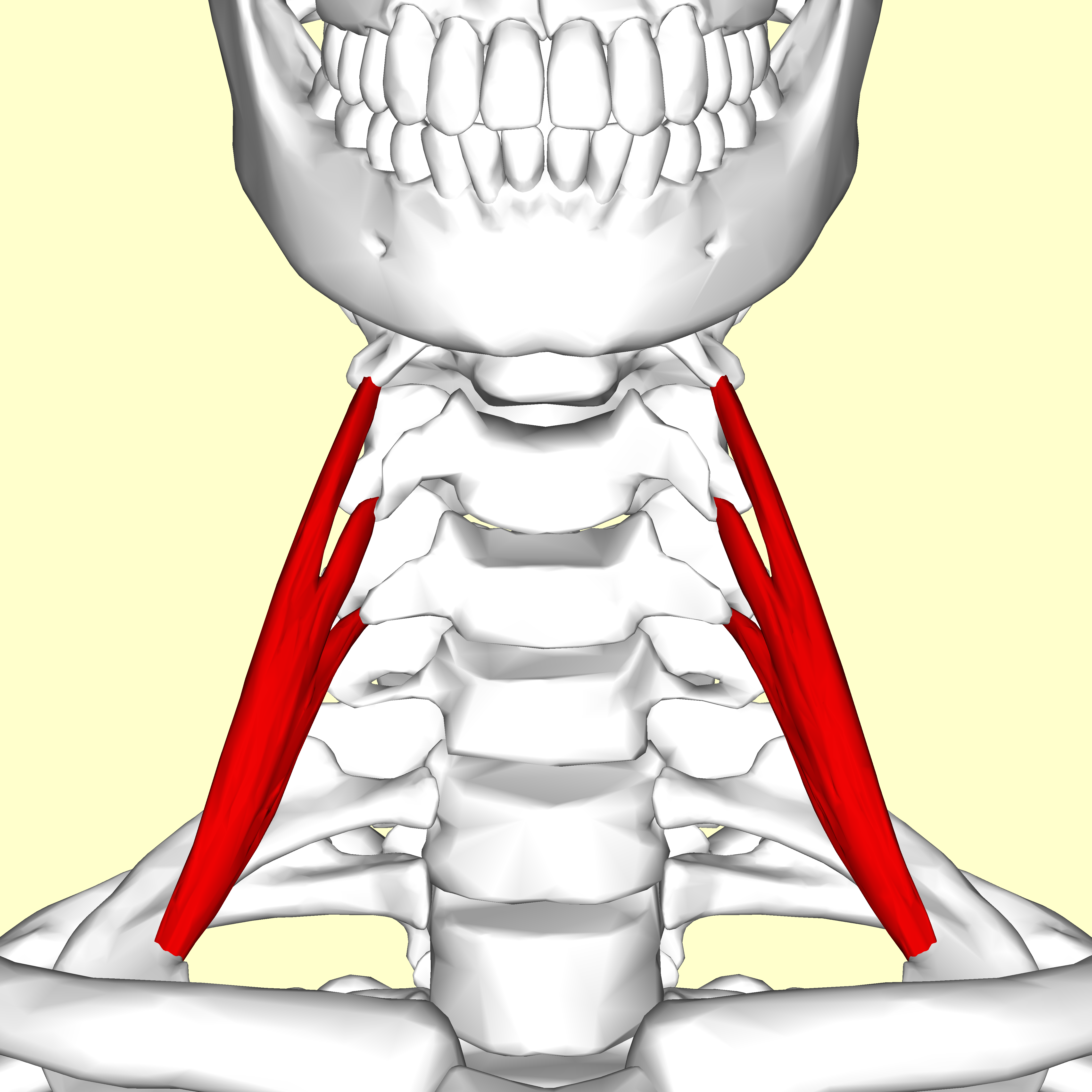
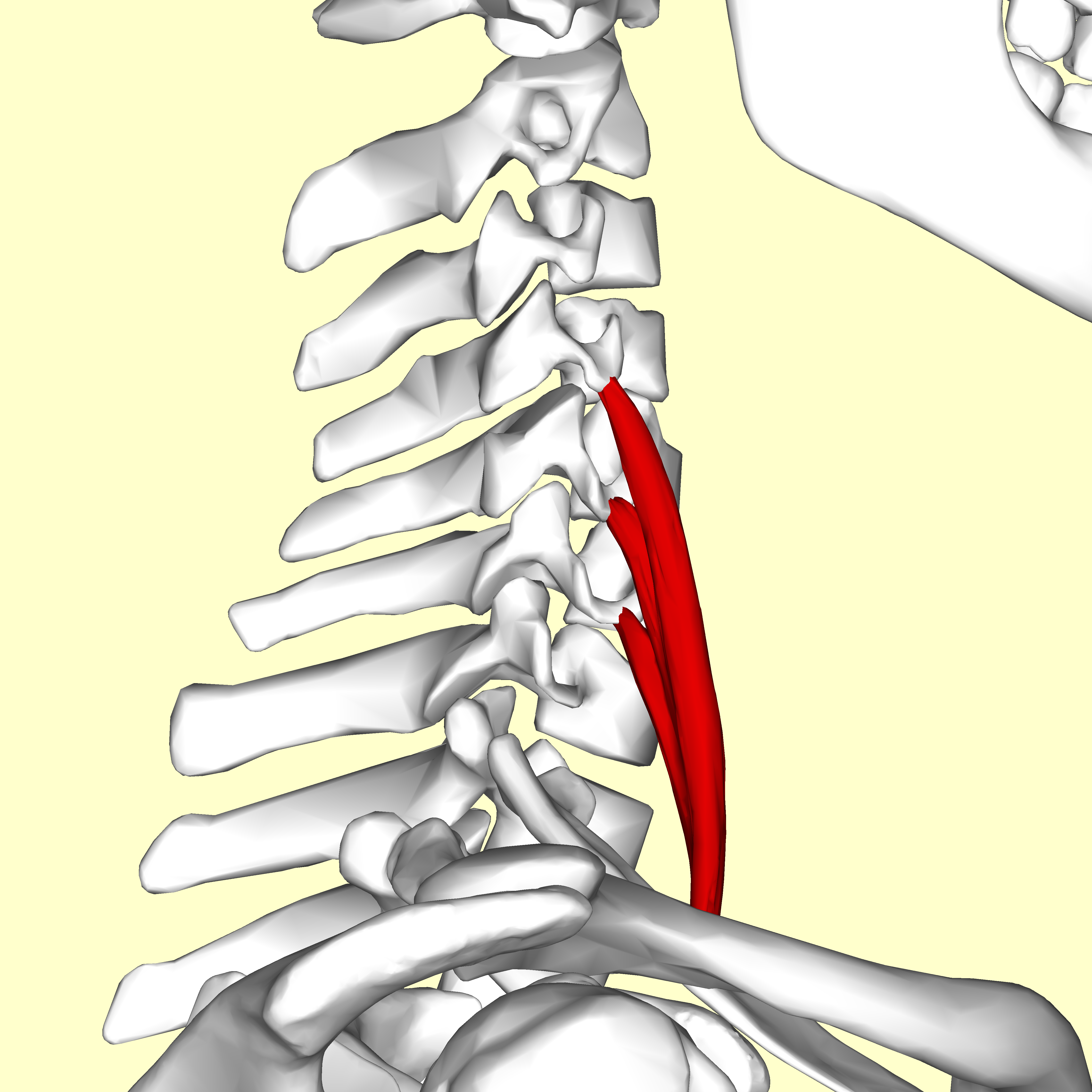
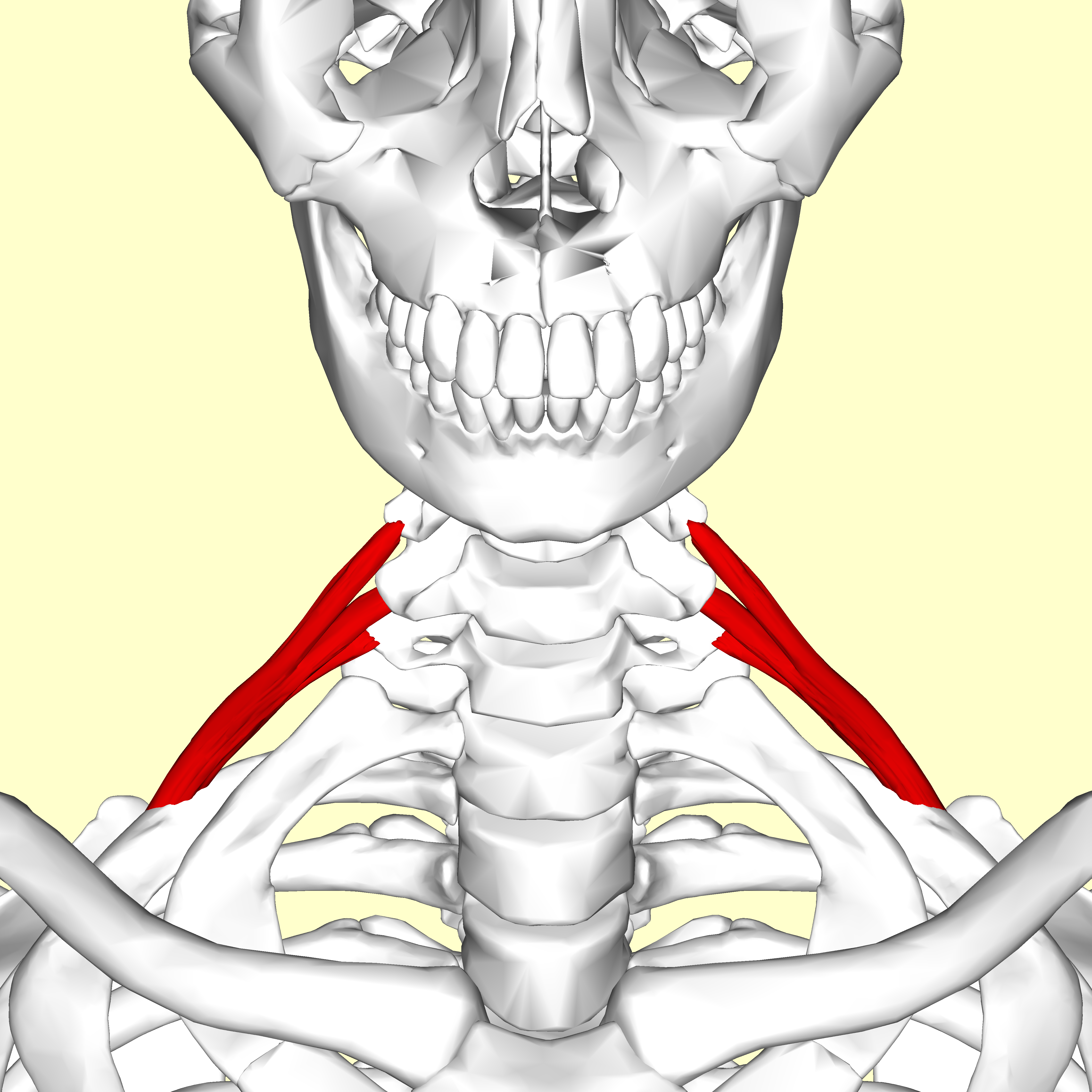
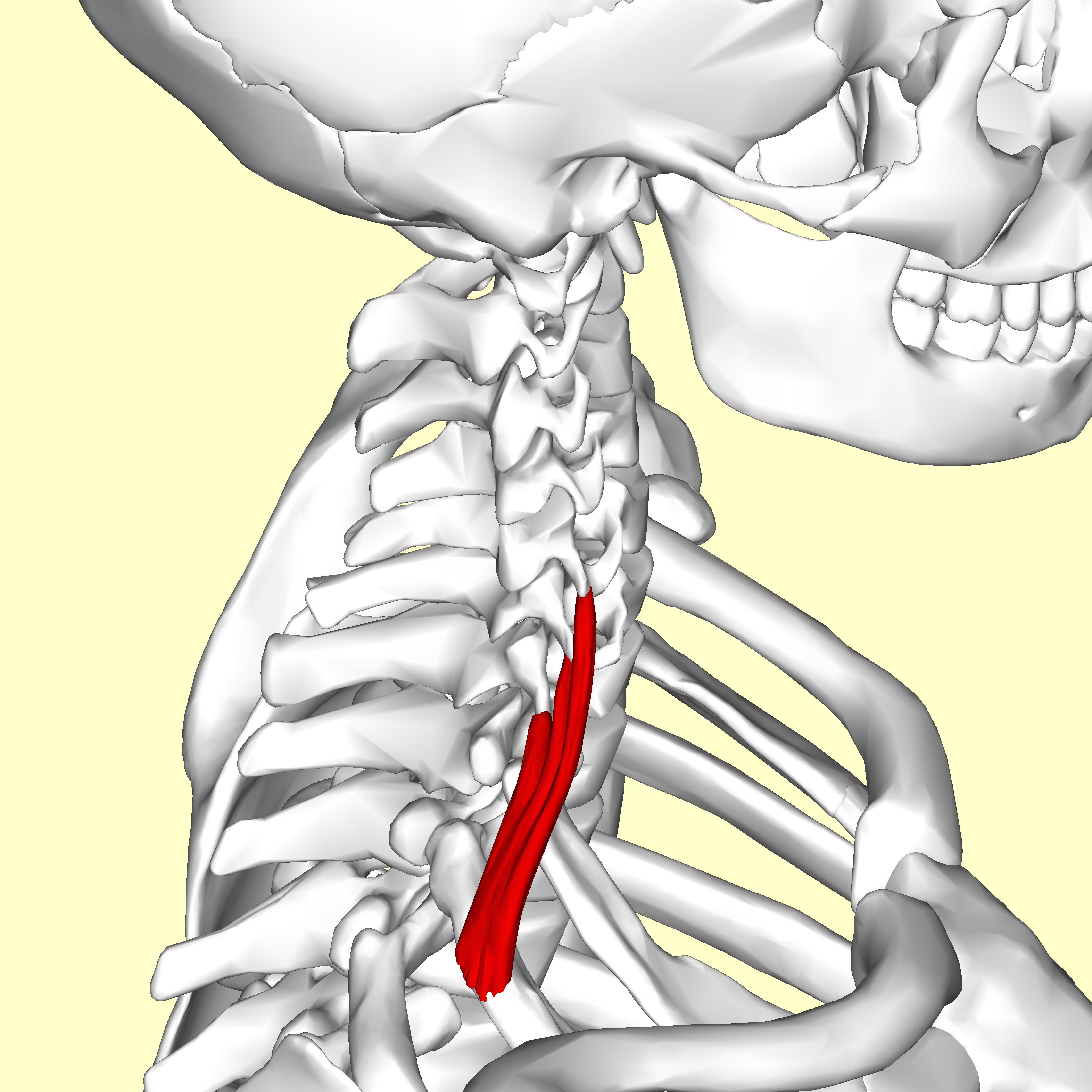
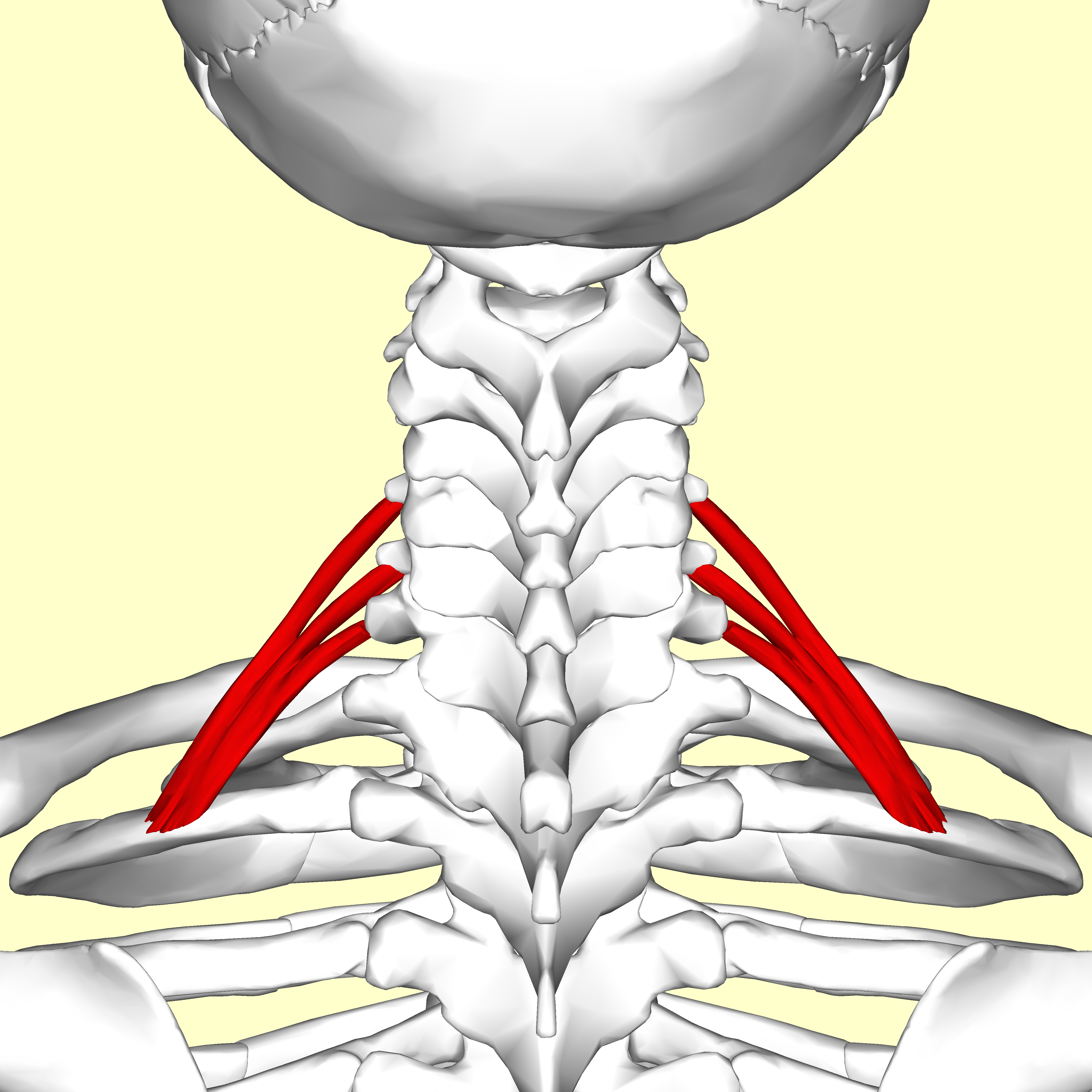


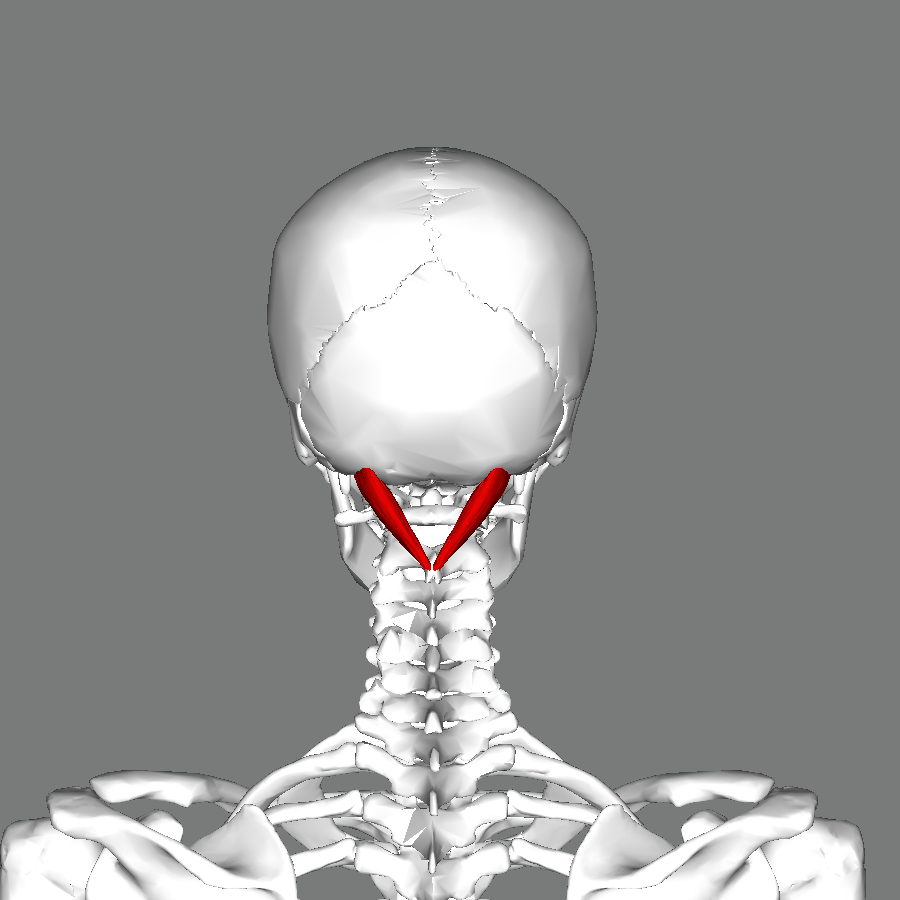
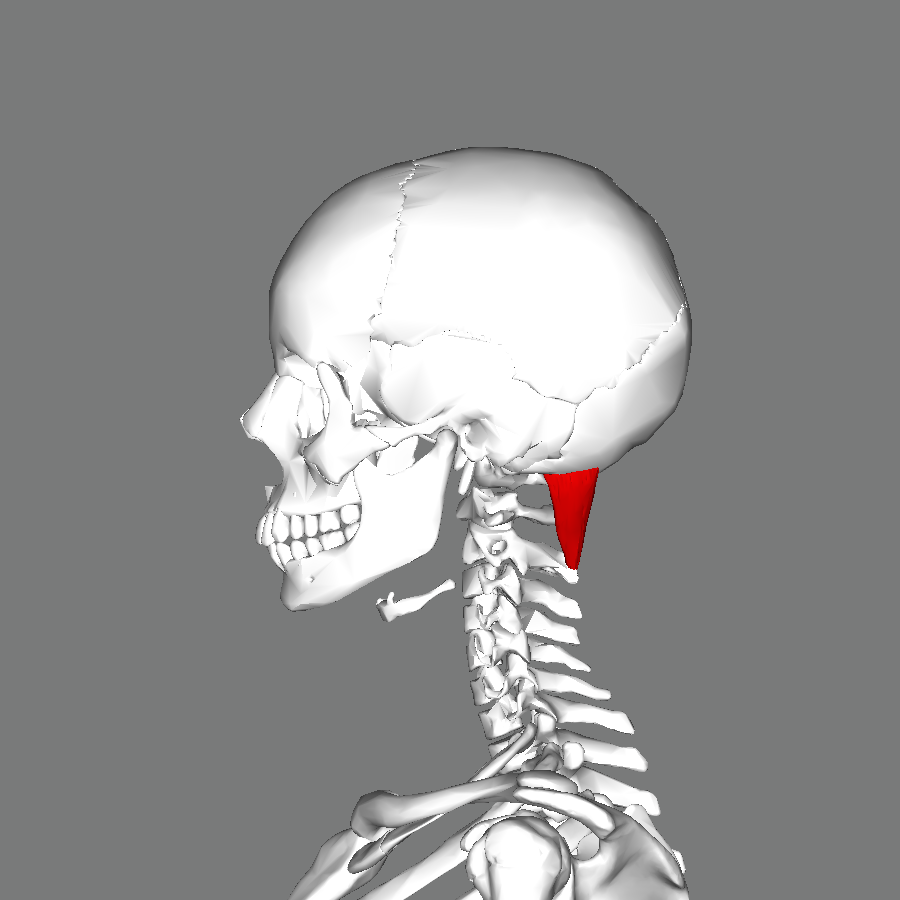
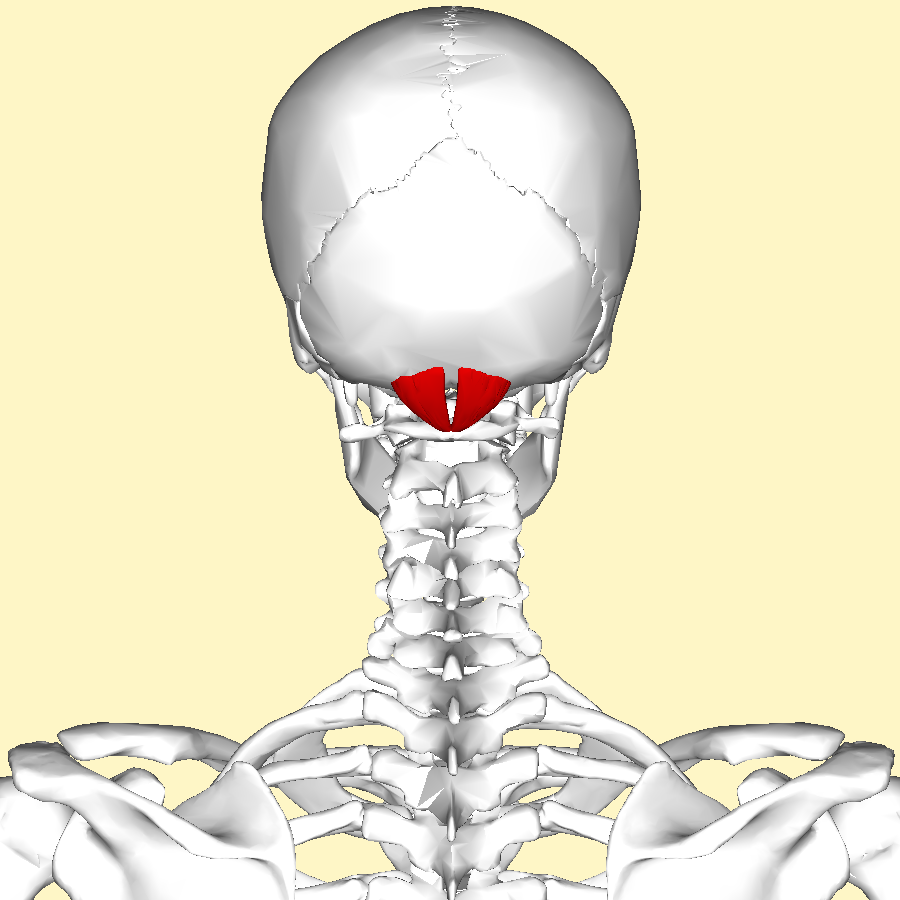
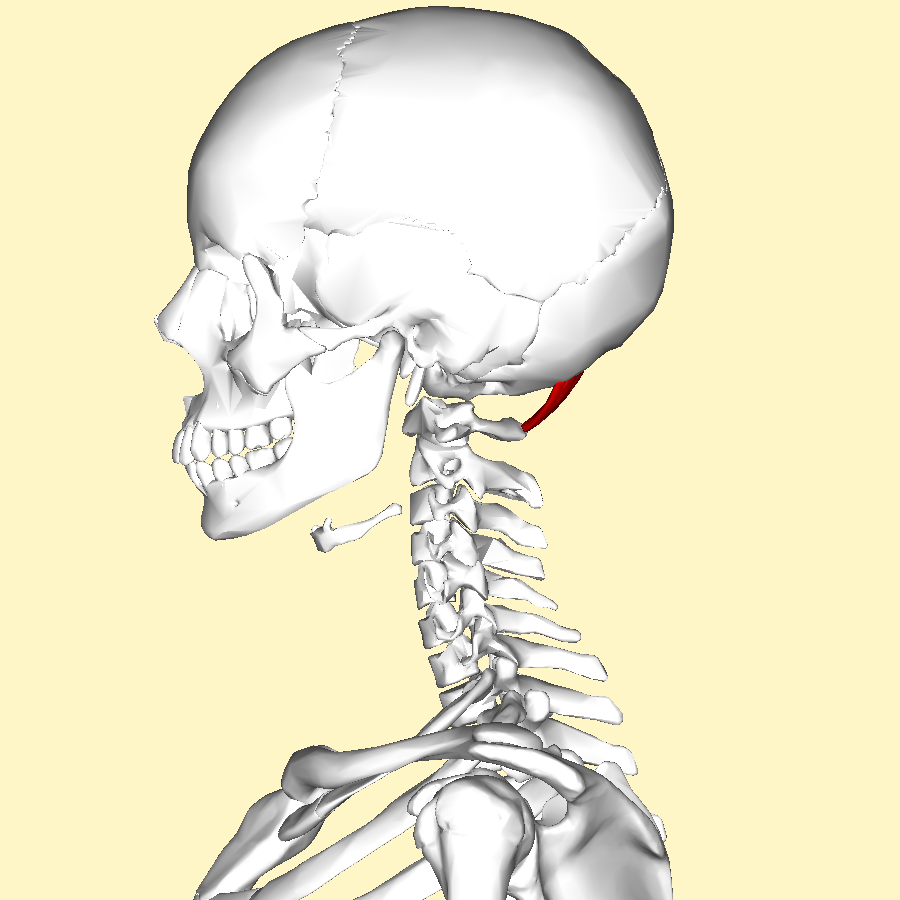
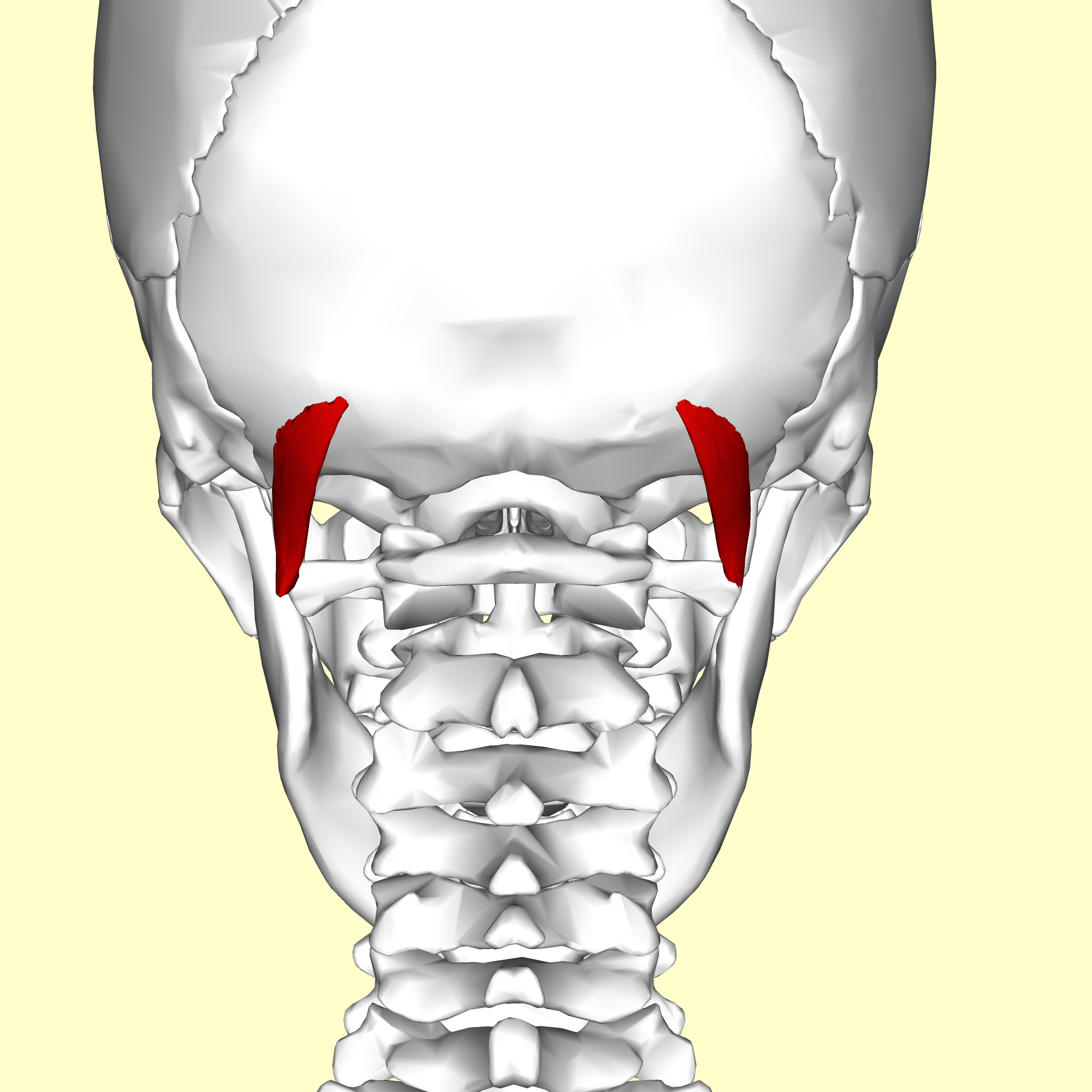
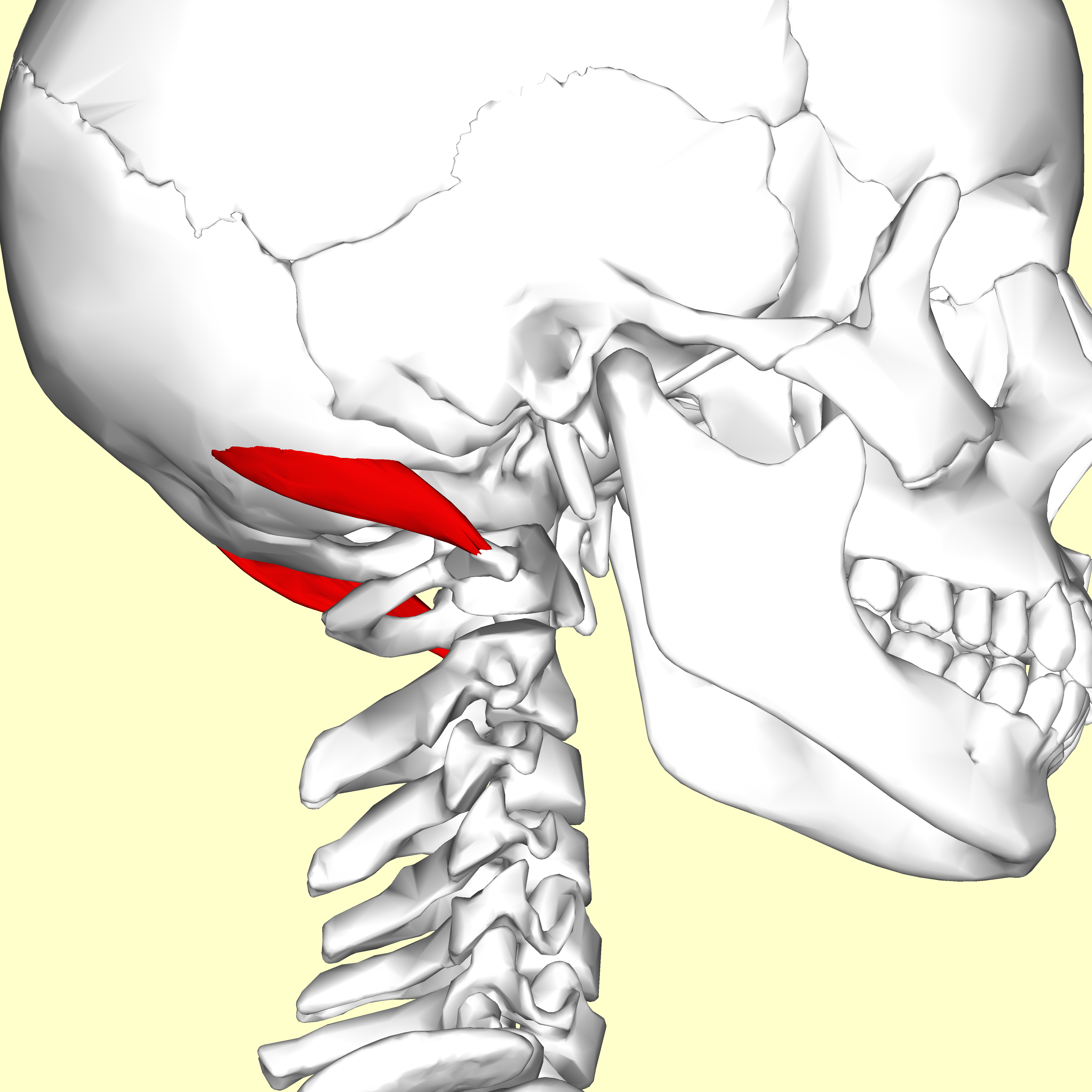
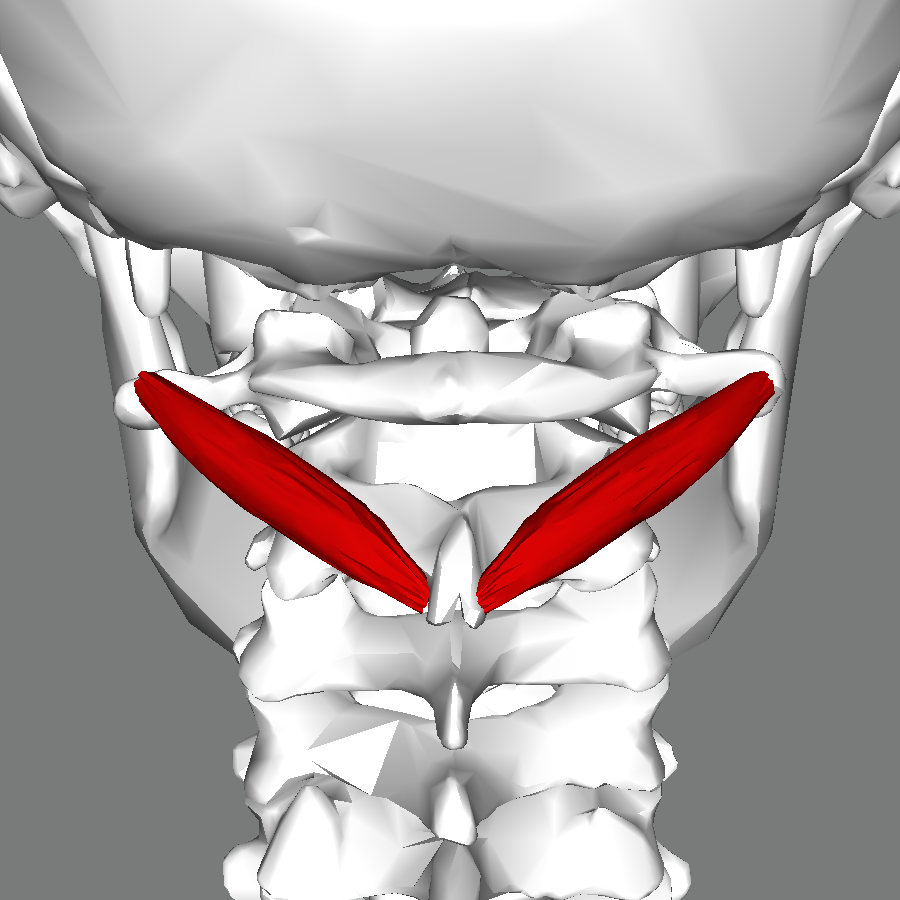
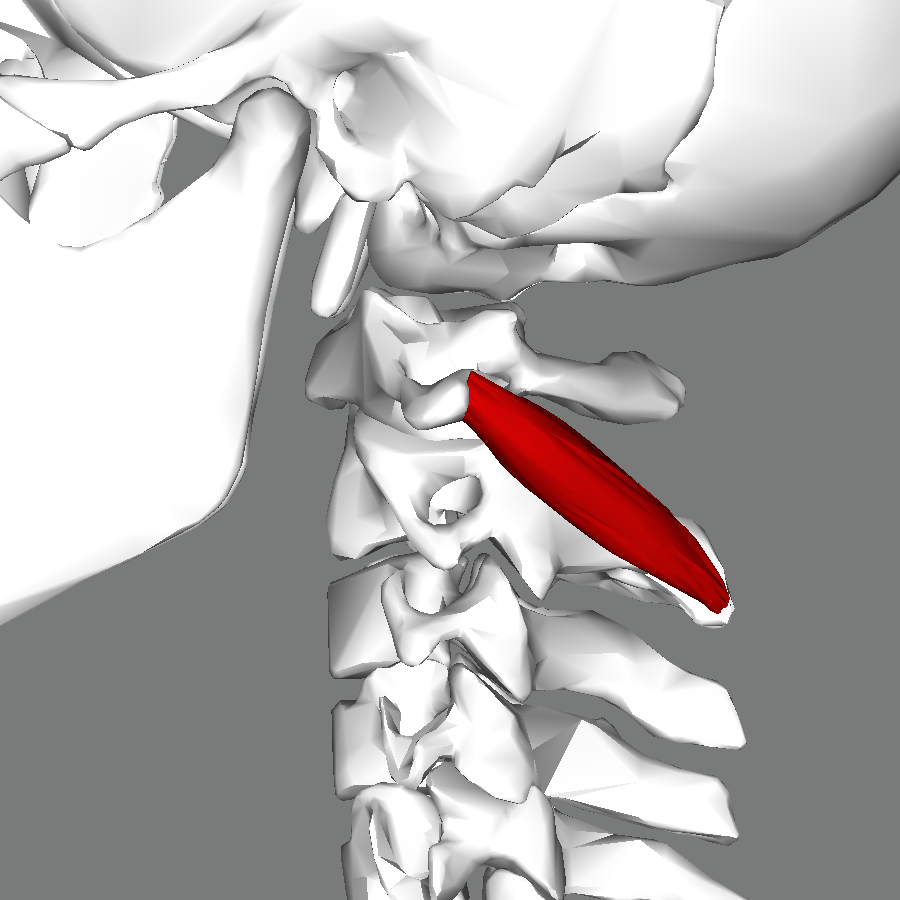
Obliquus capitis superior
Obliquus capitis superior
Obliquus capitis inferior
Obliquus capitis inferior
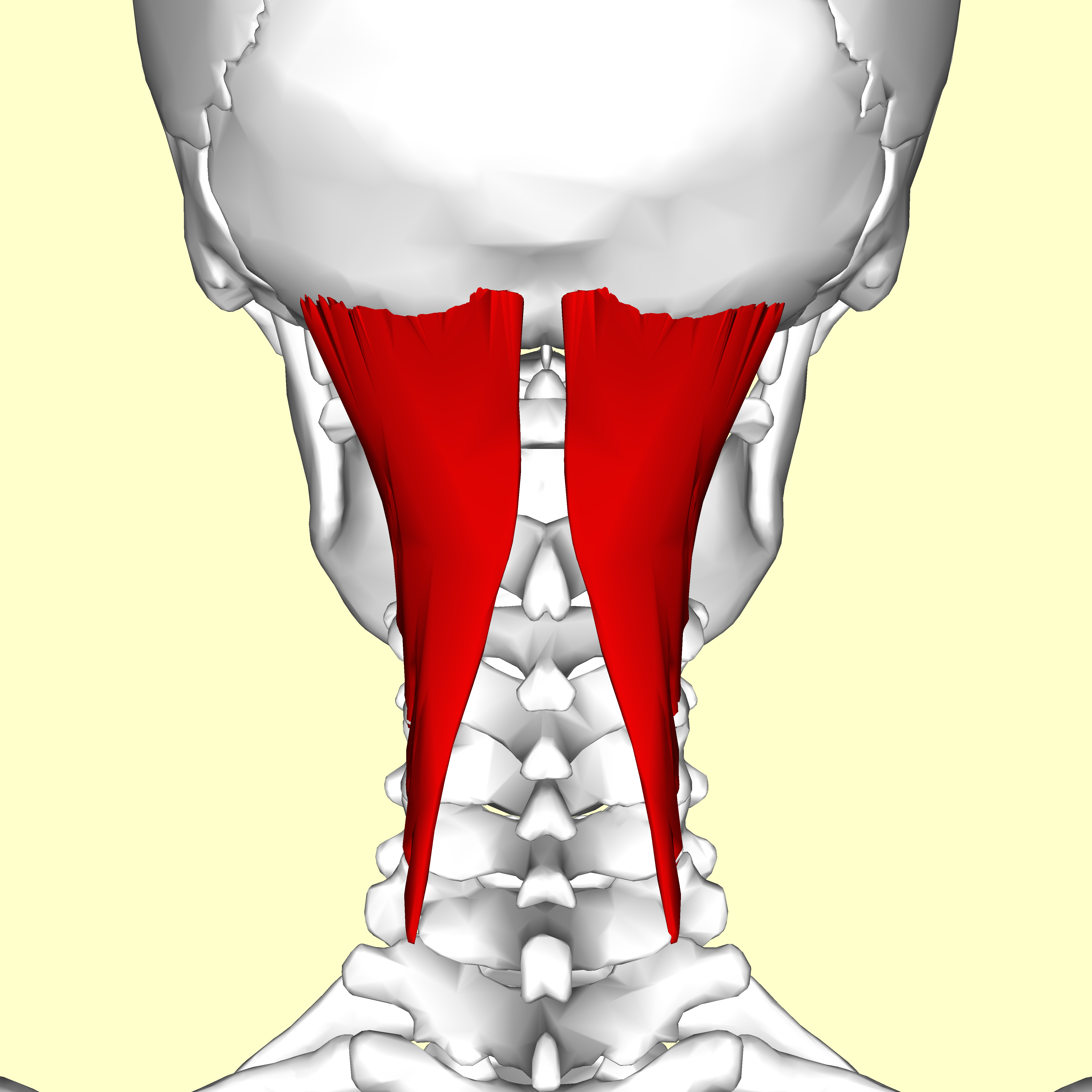
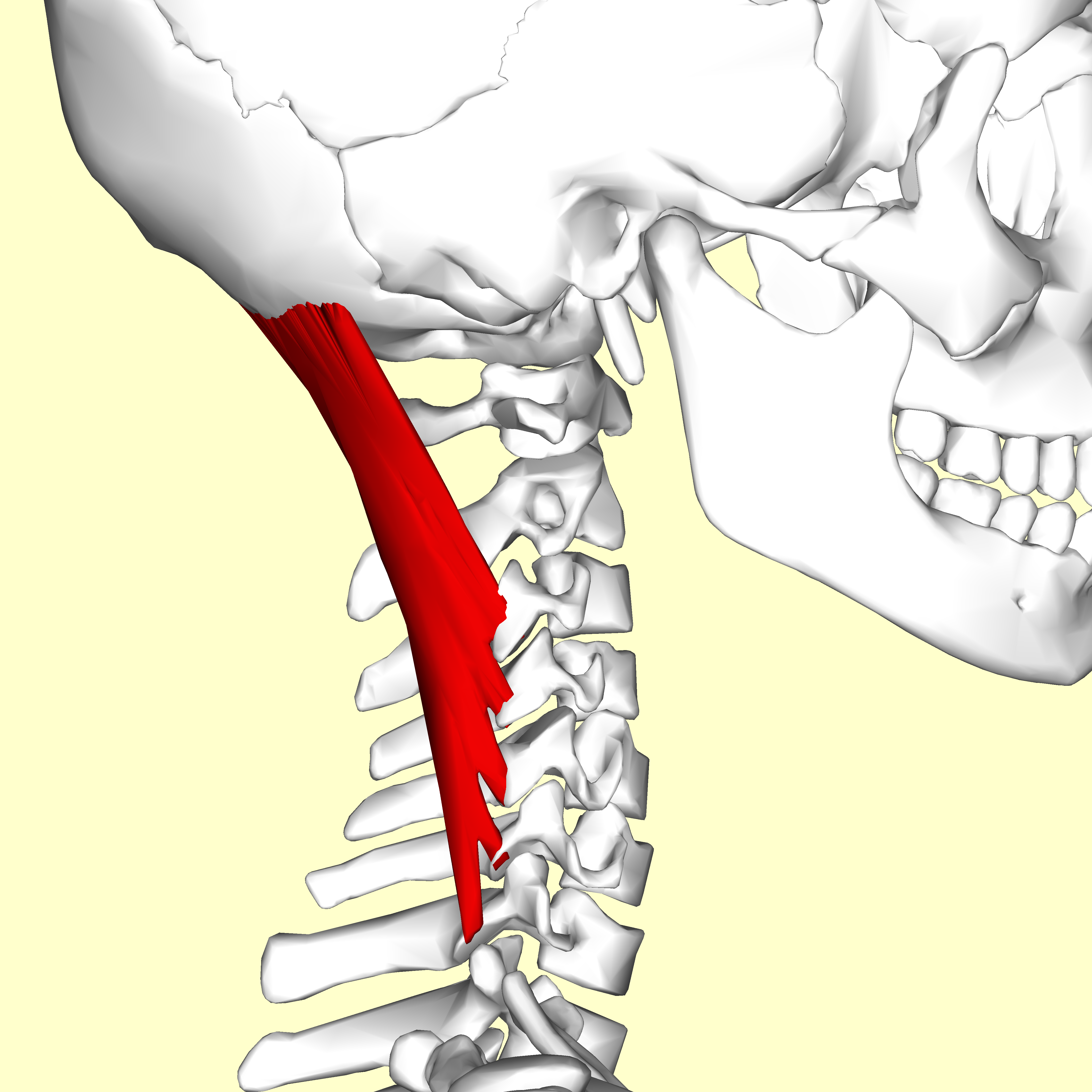
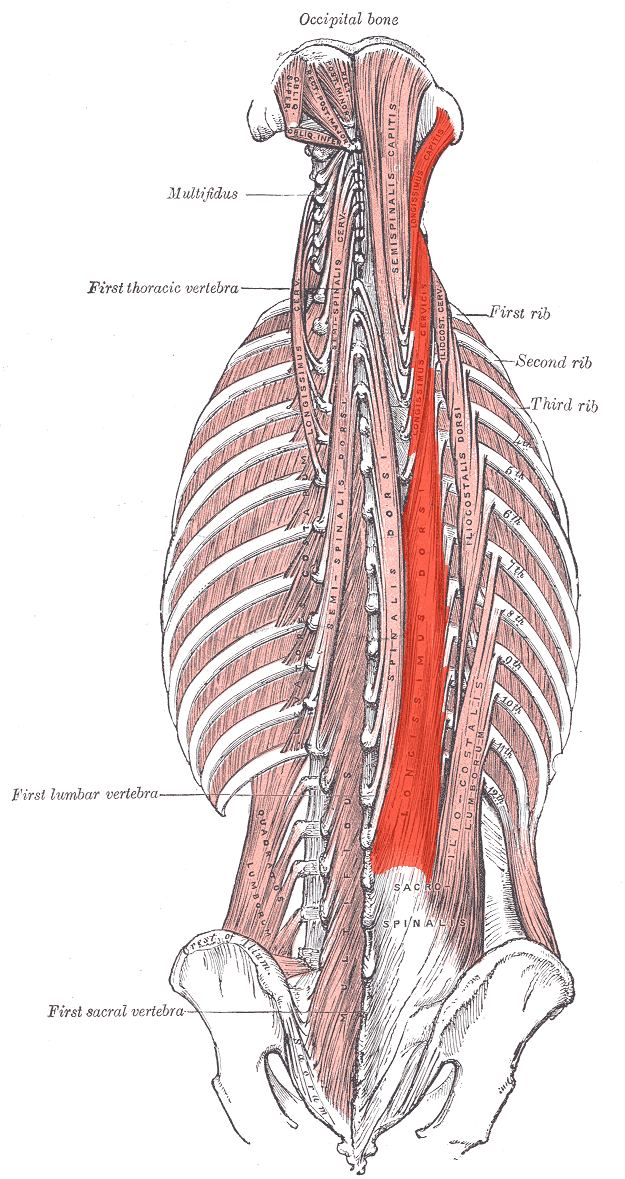
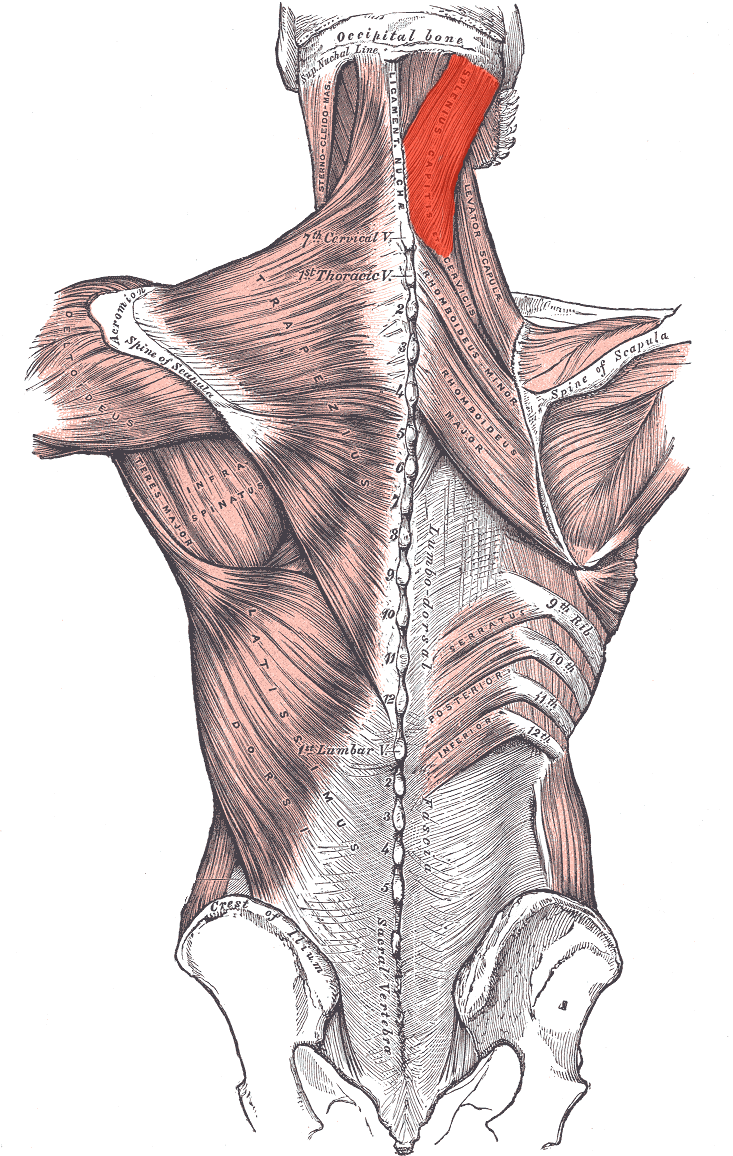
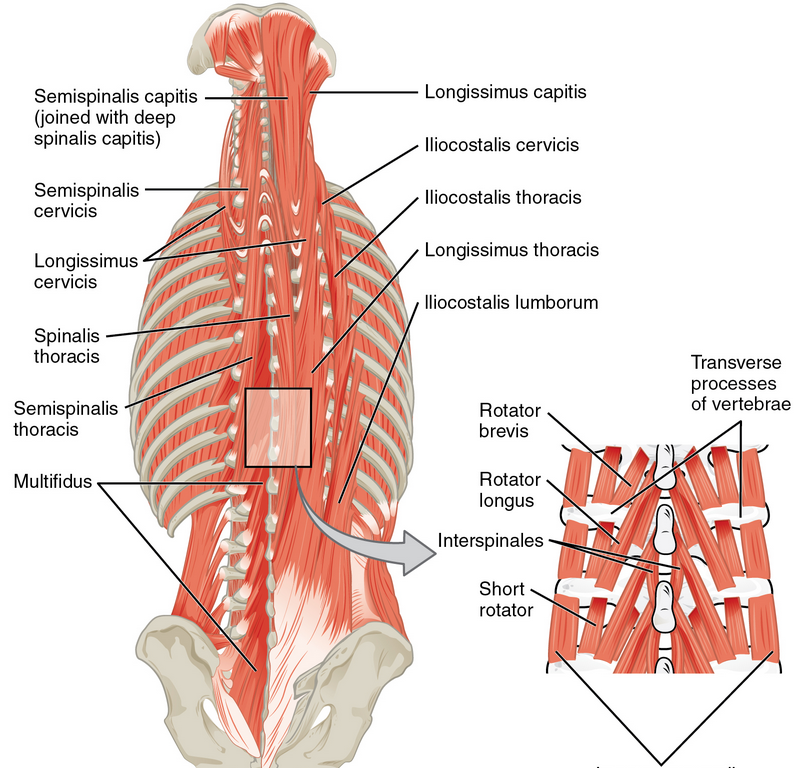
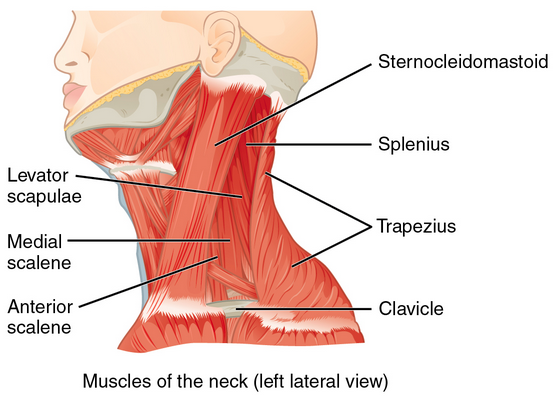
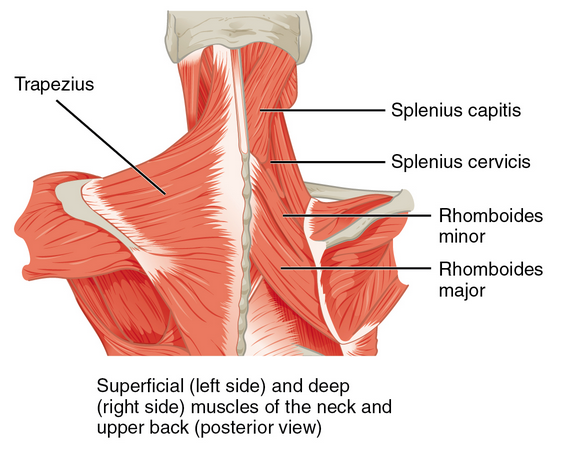
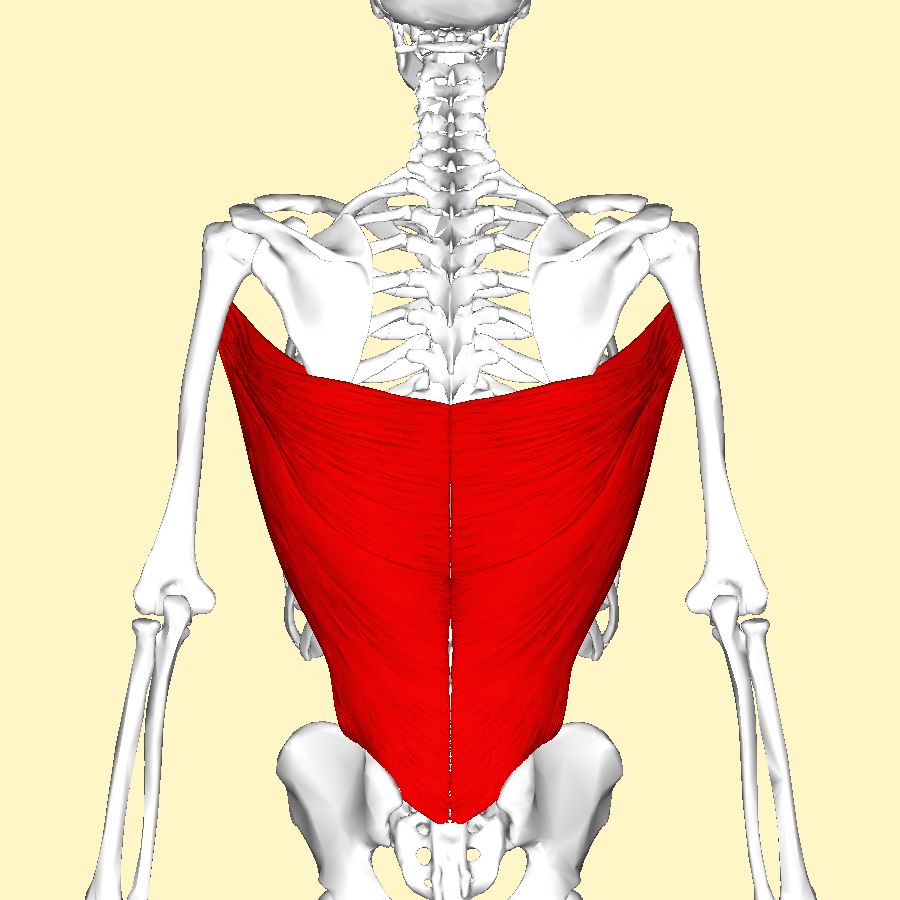
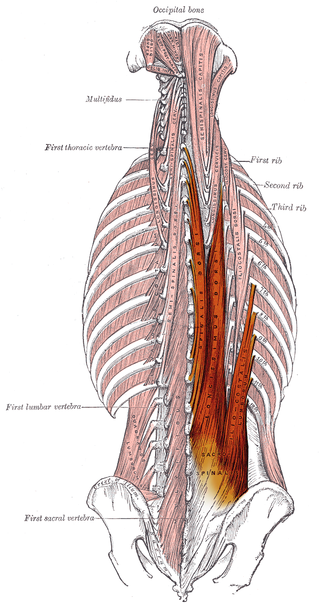
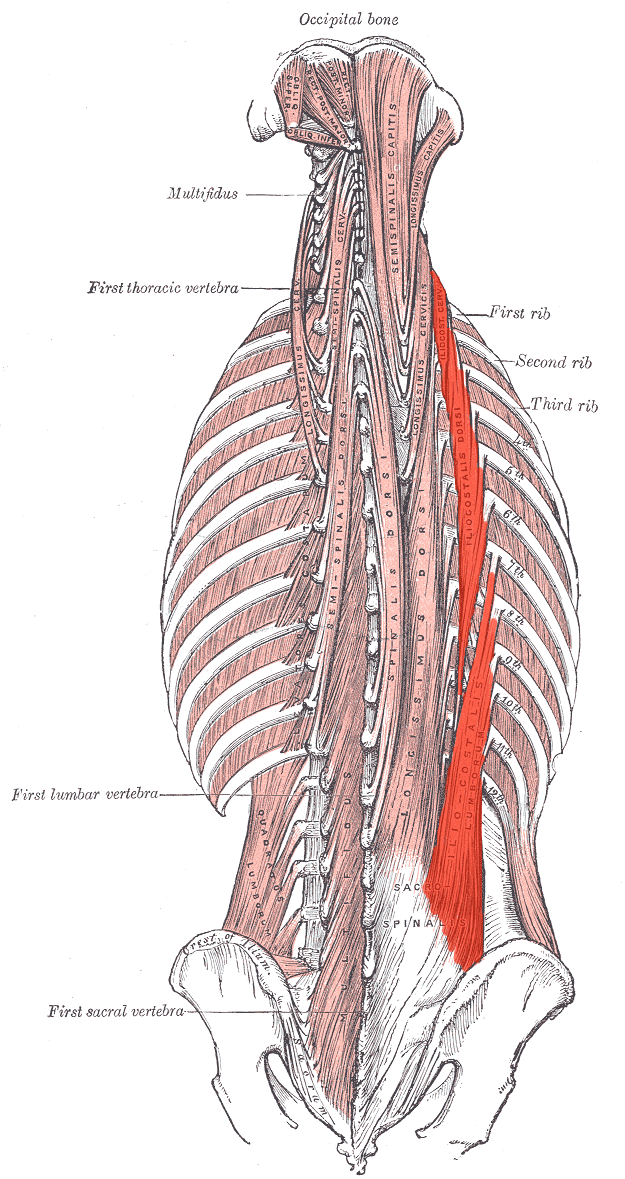

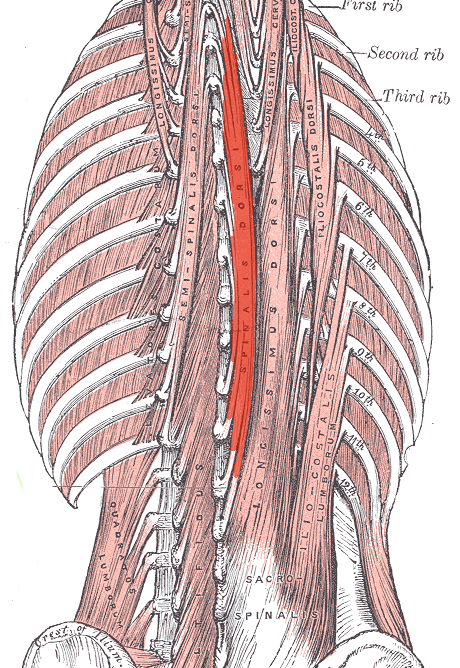
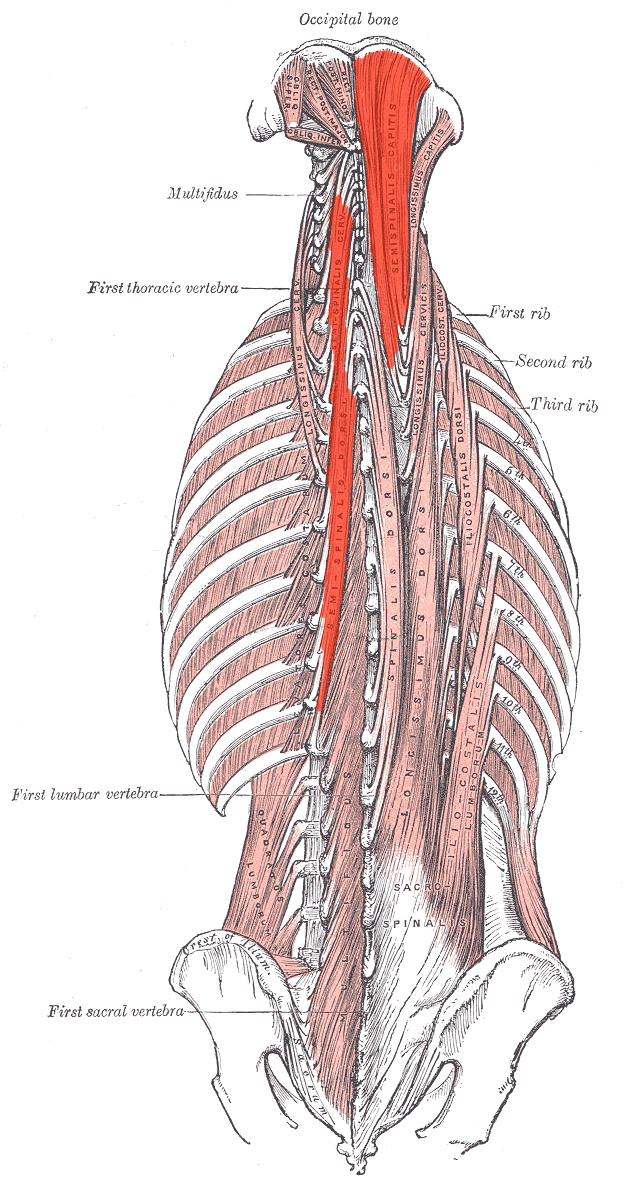
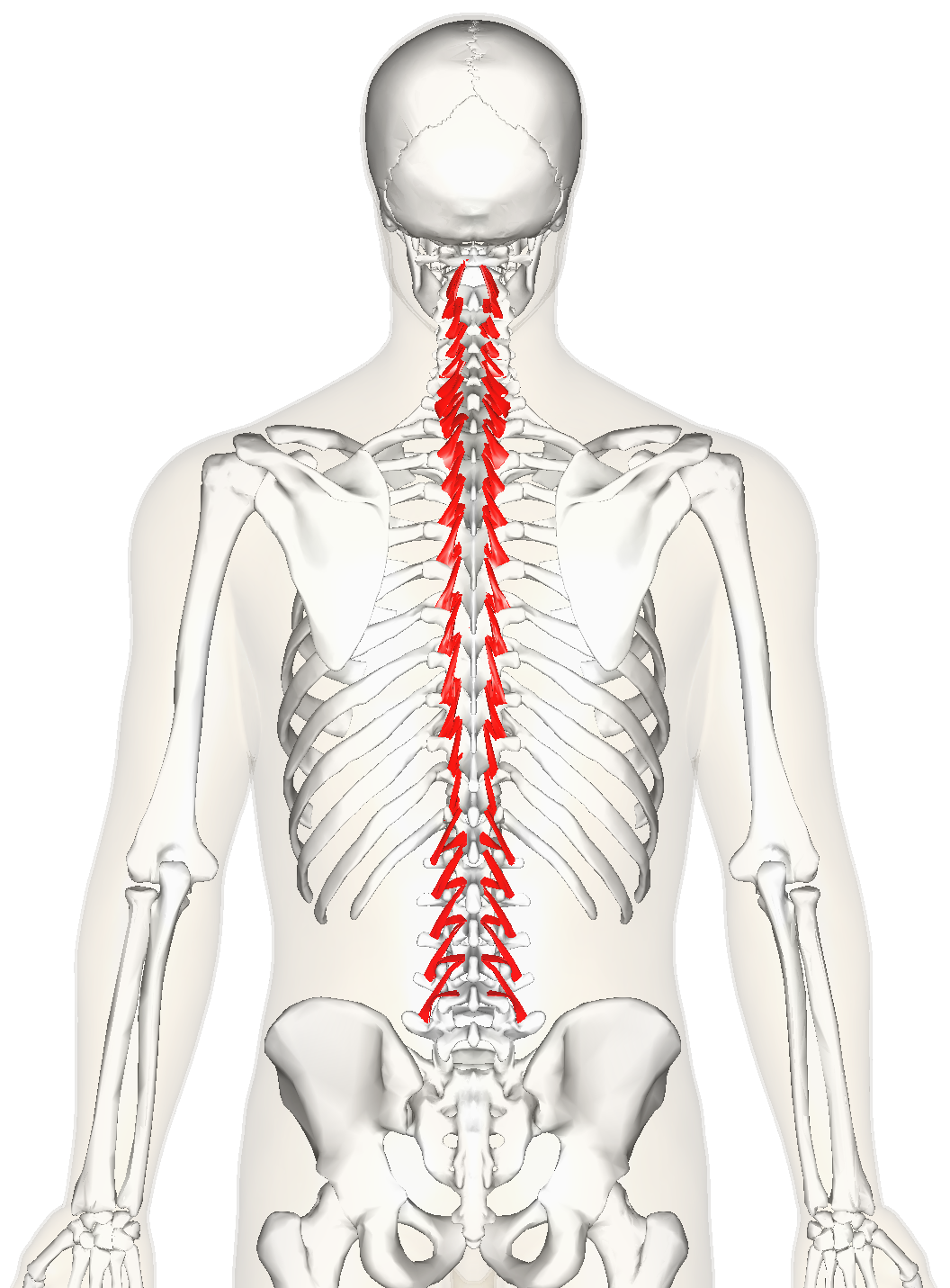
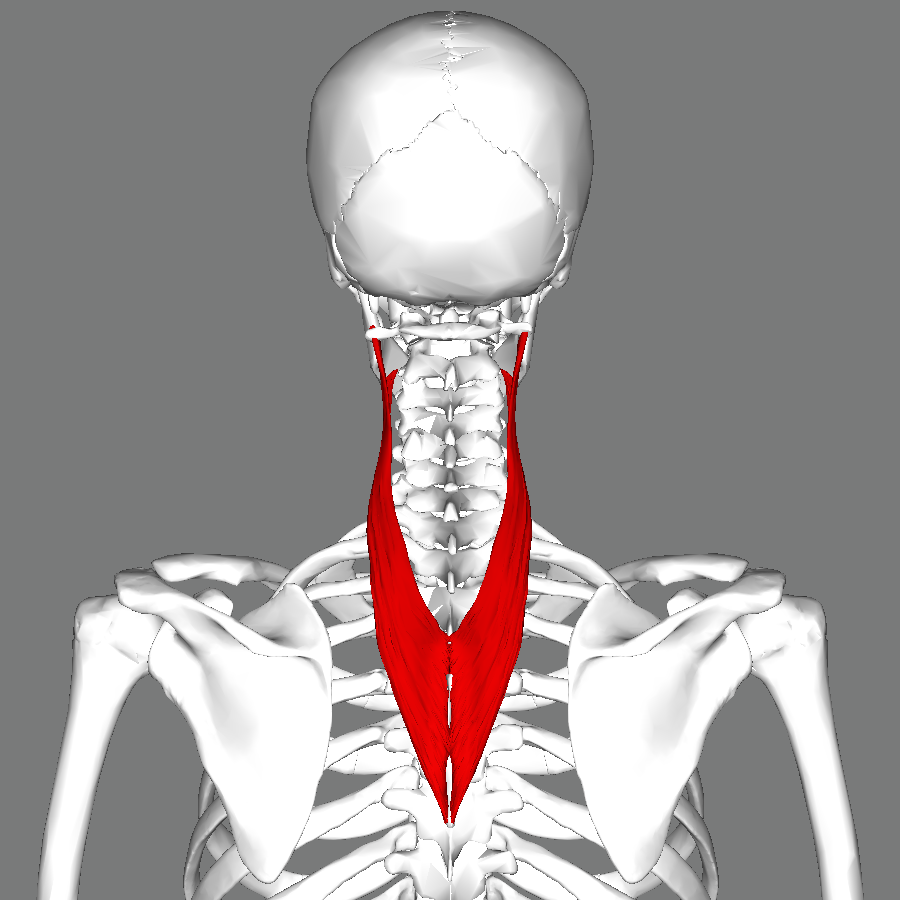
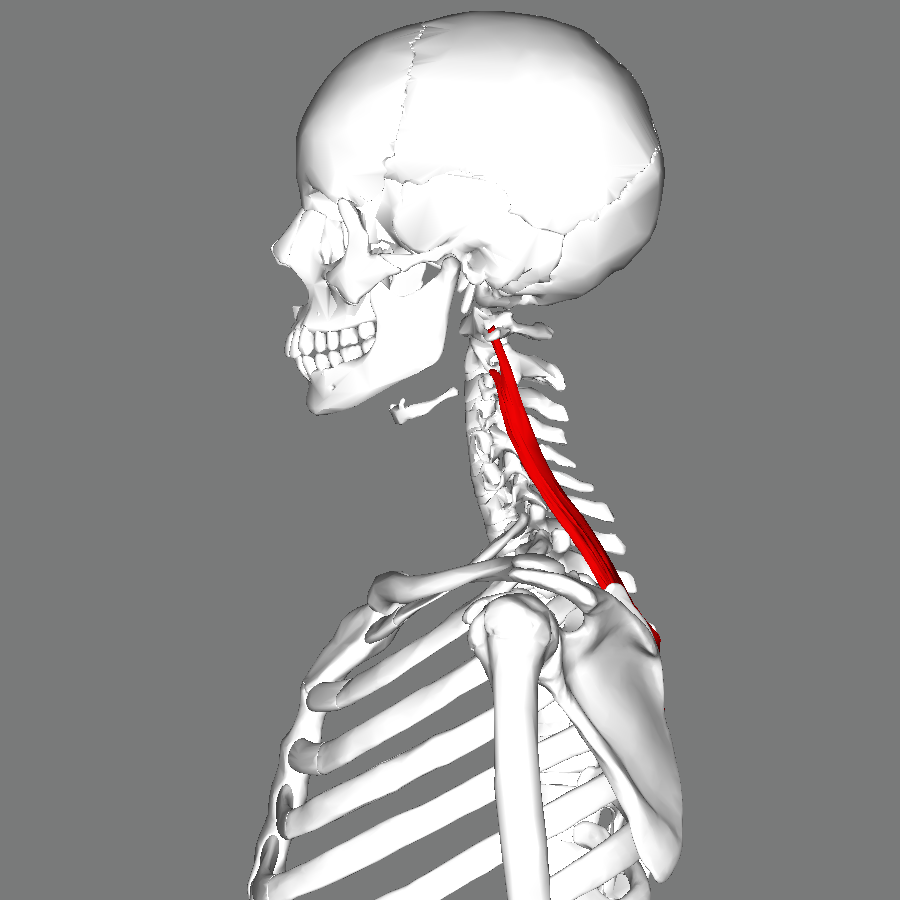

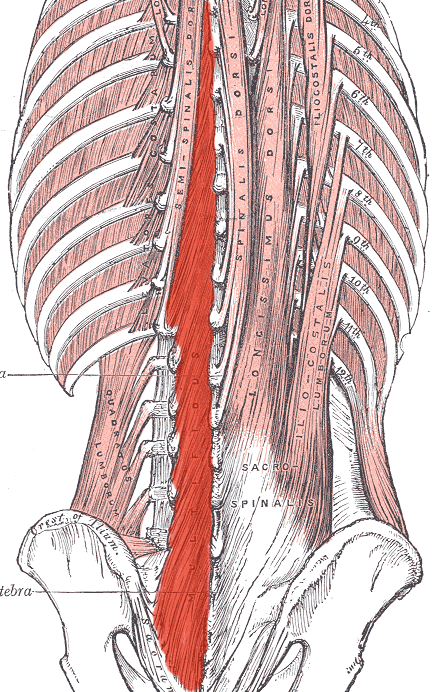
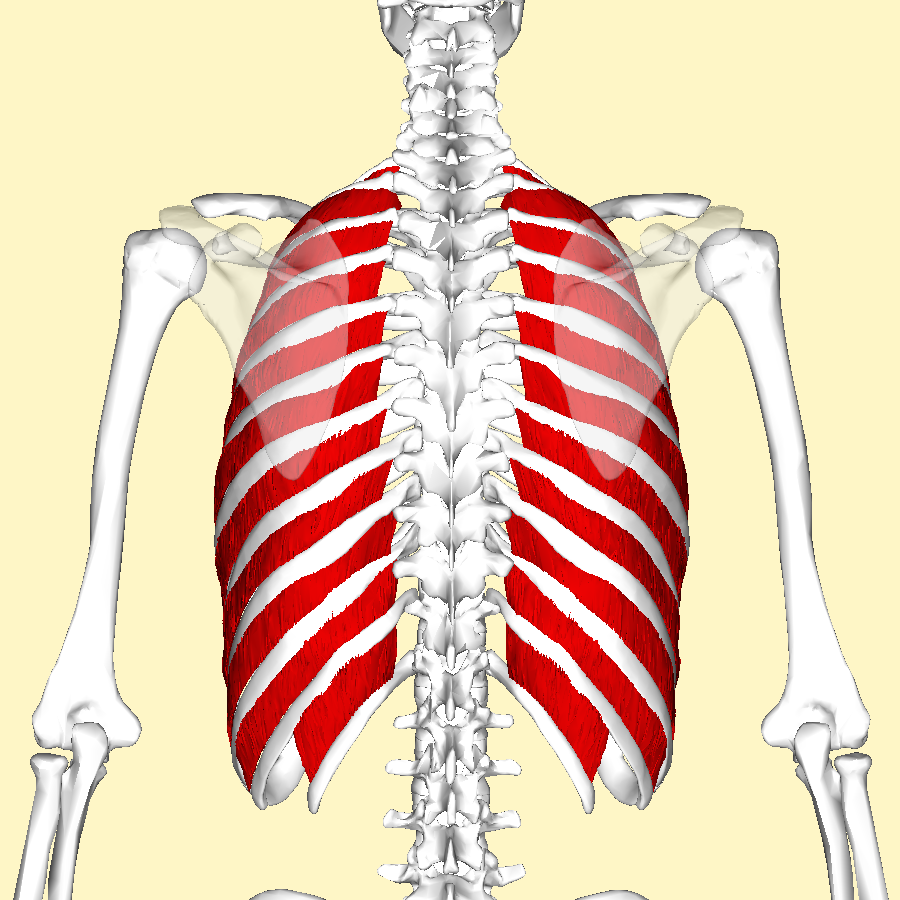
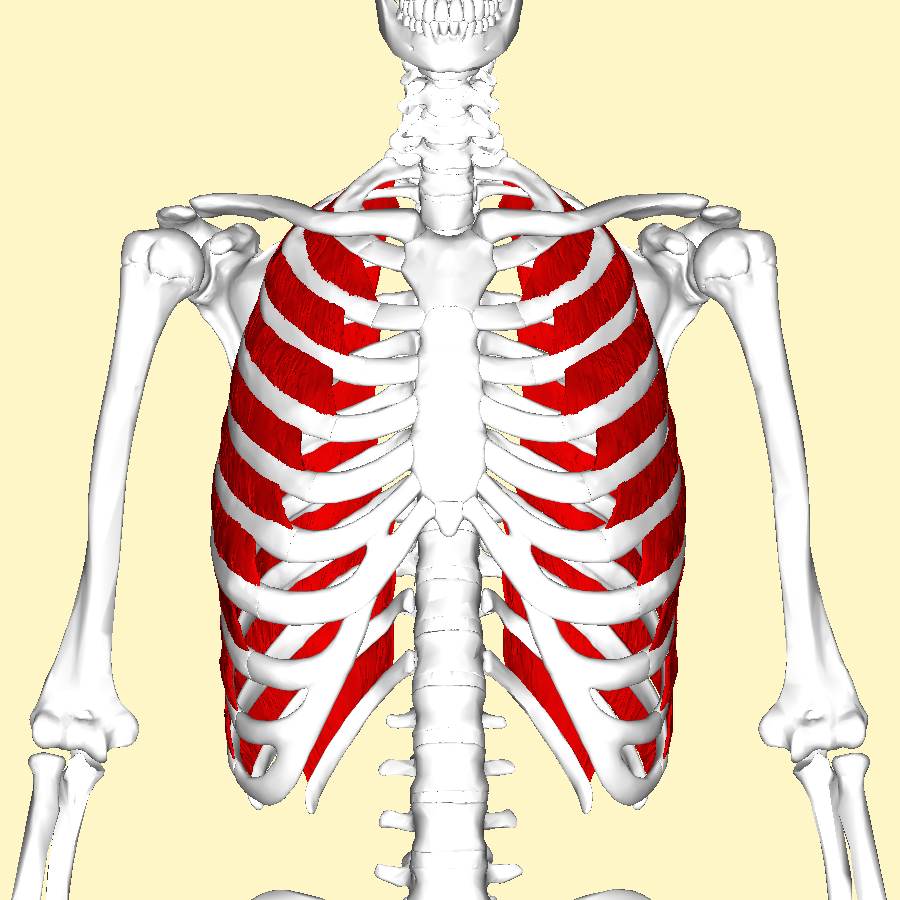
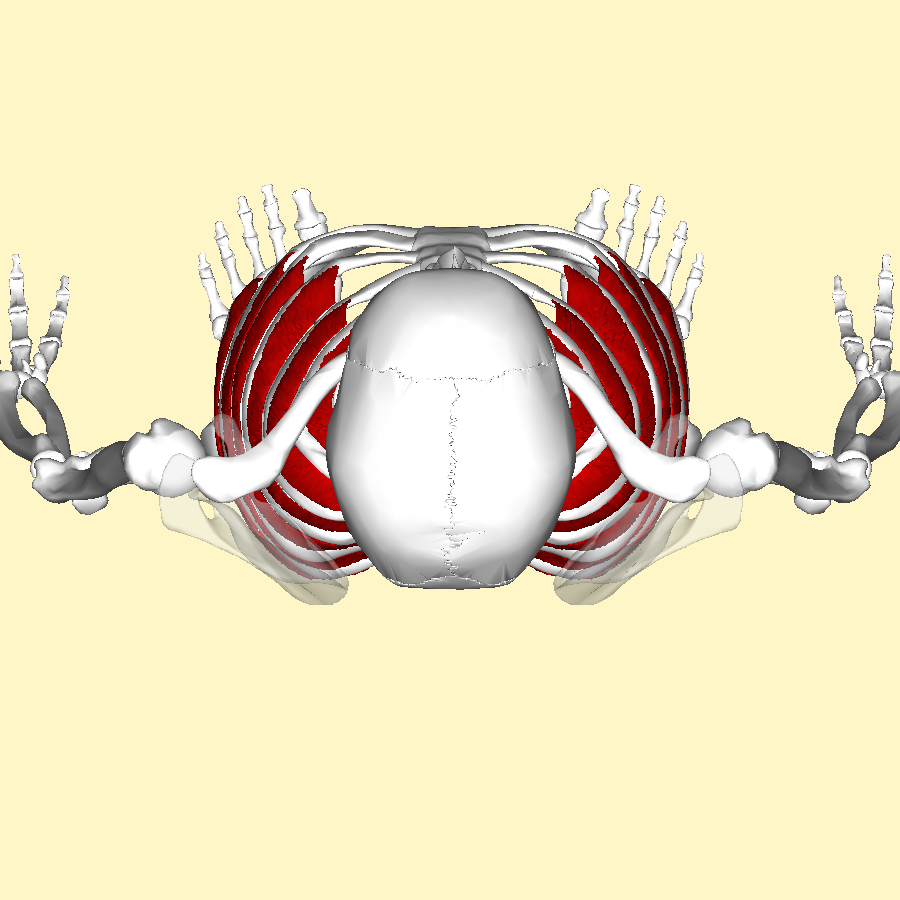
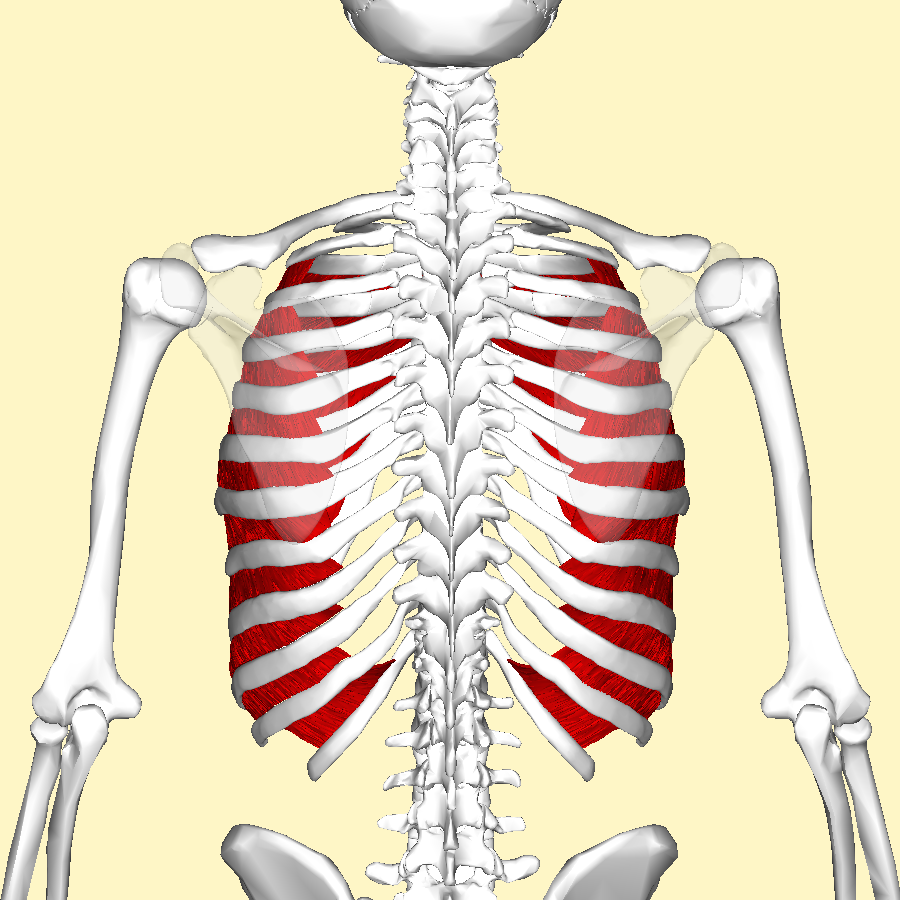
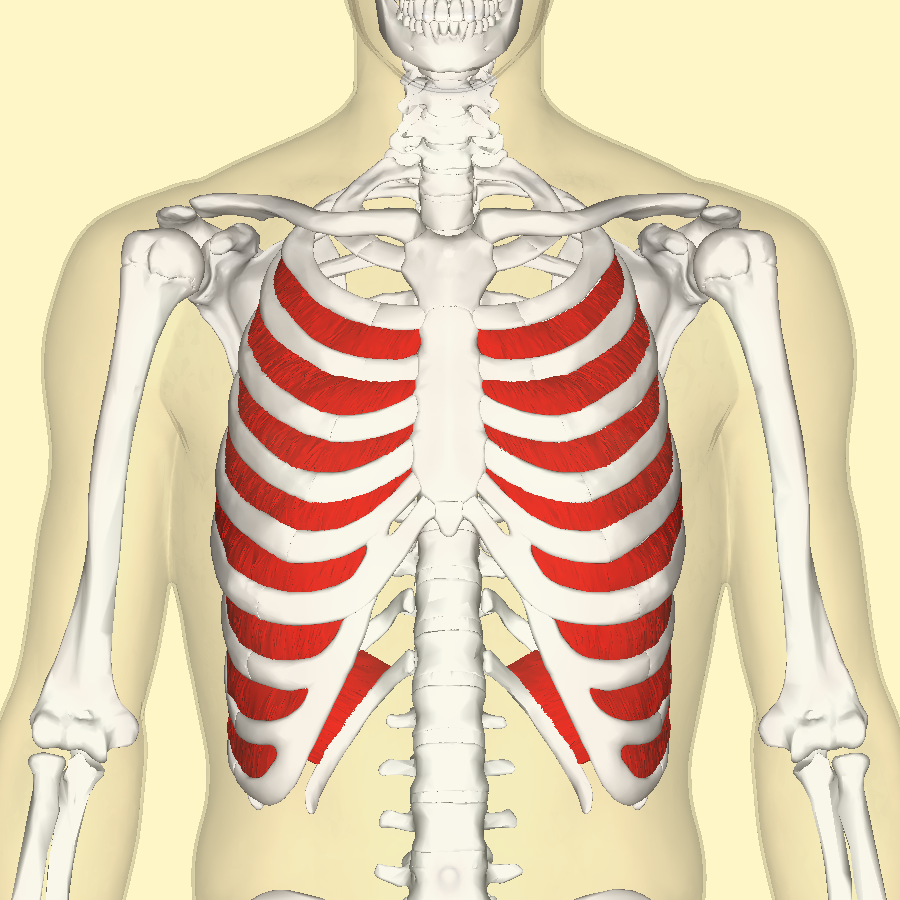
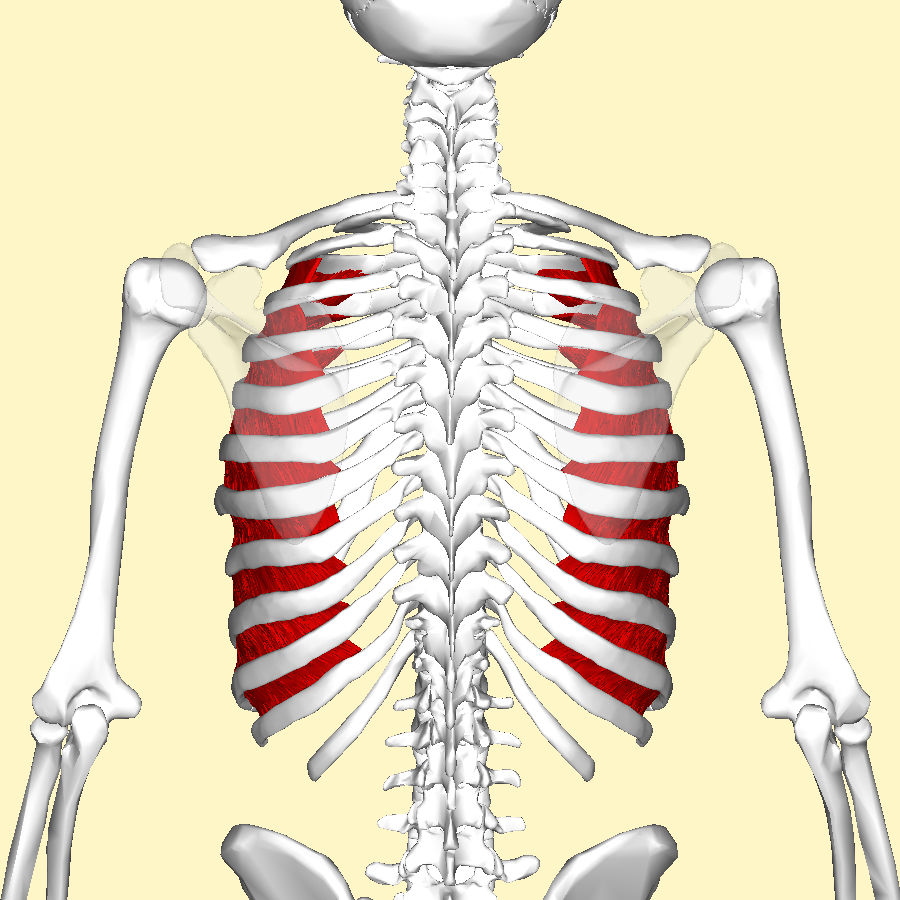
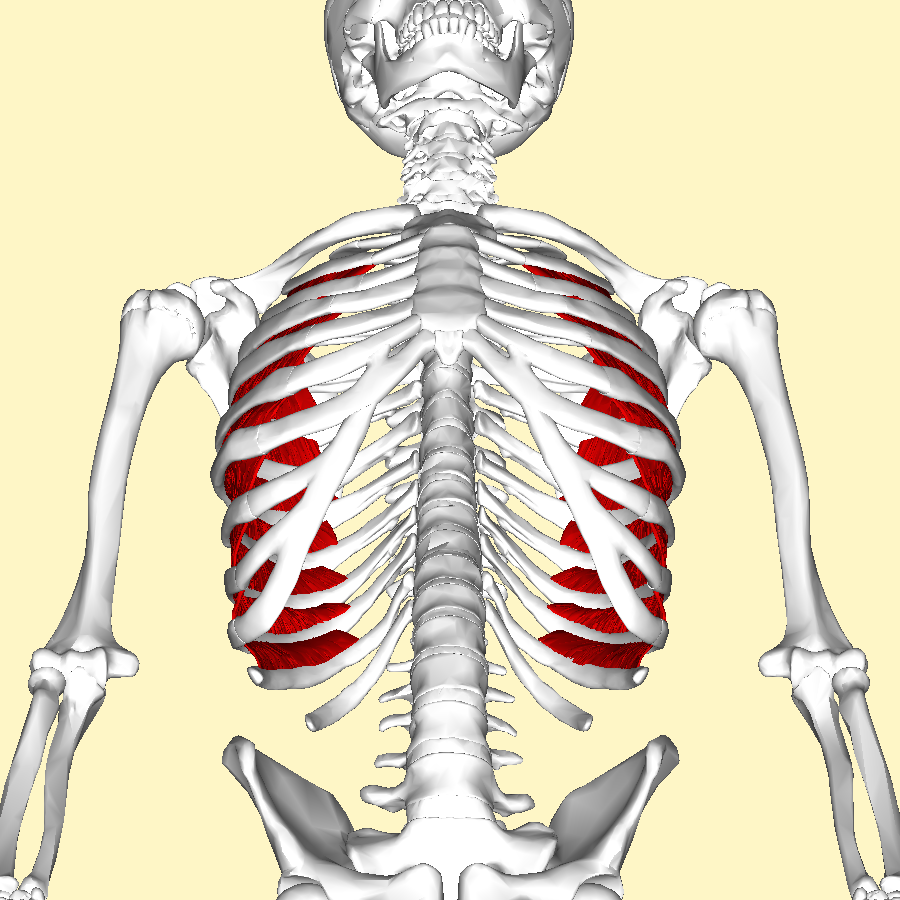
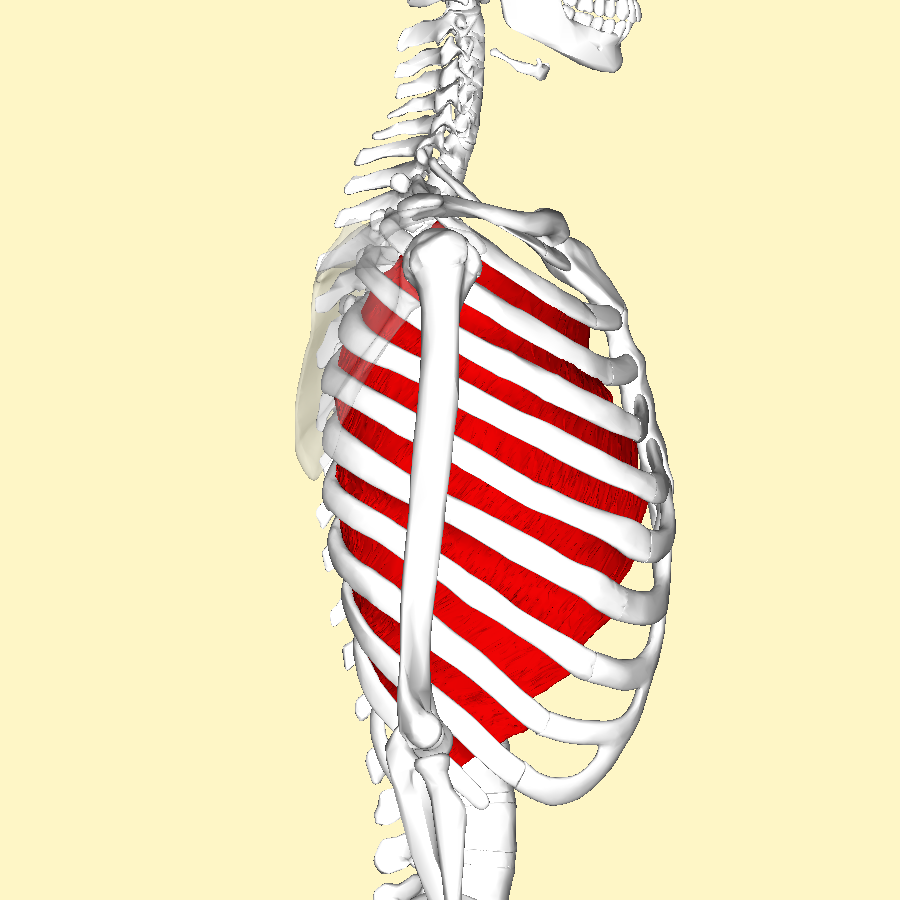
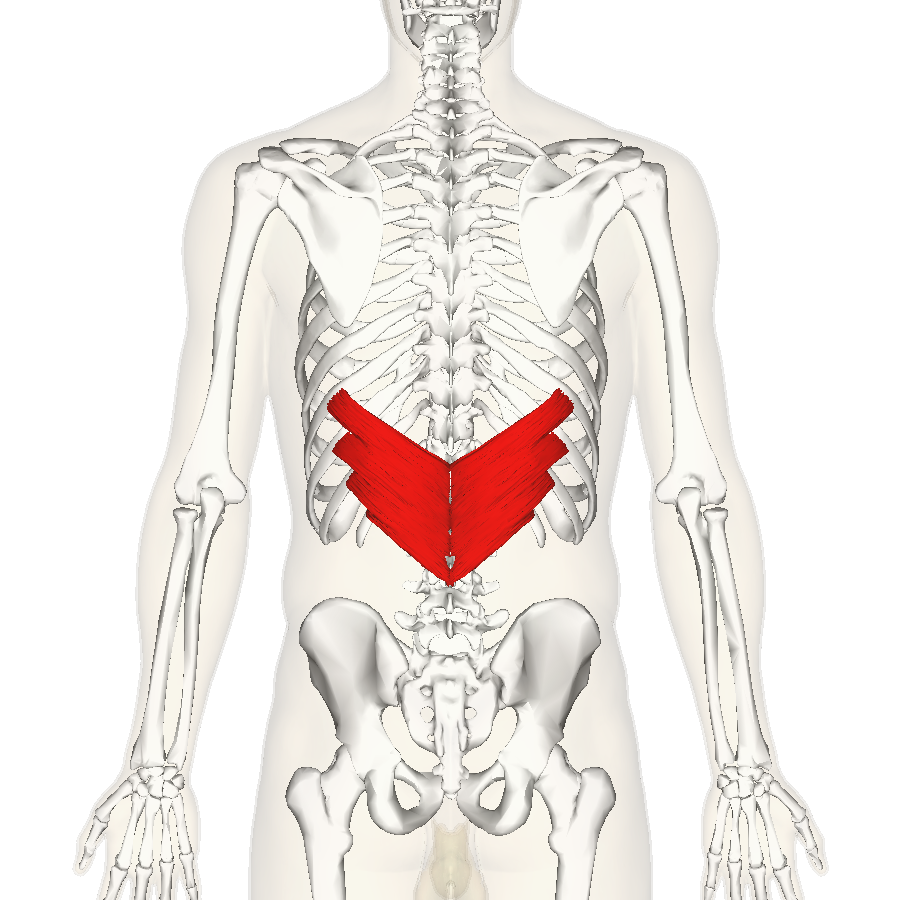
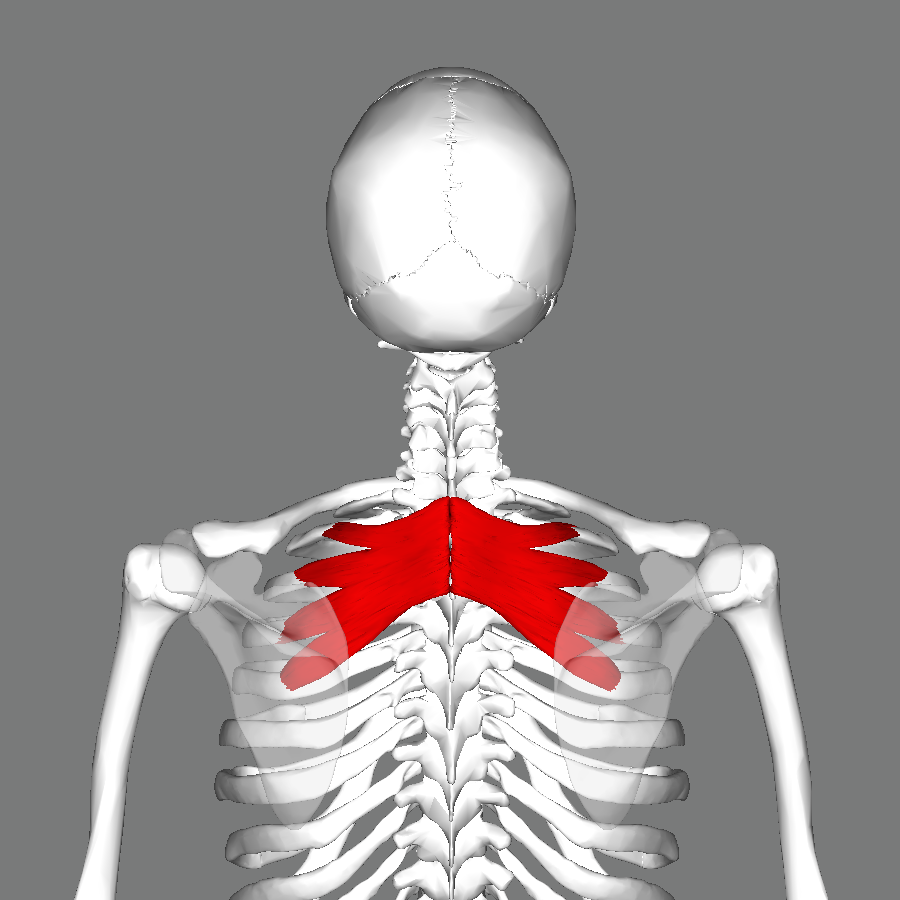
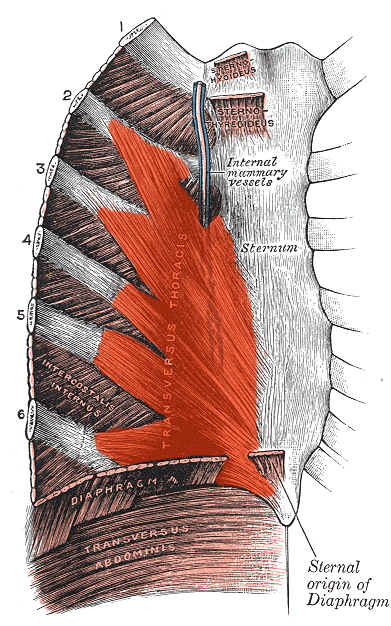
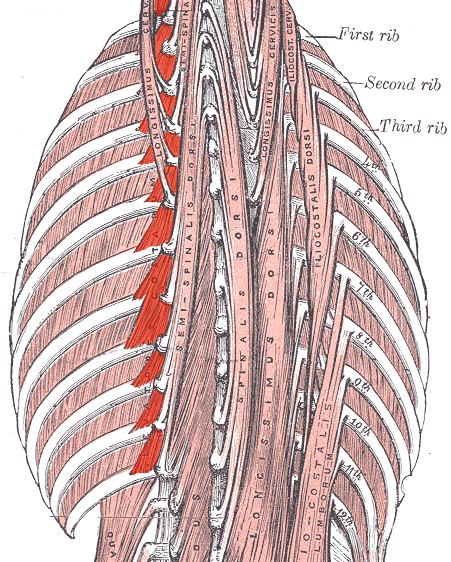
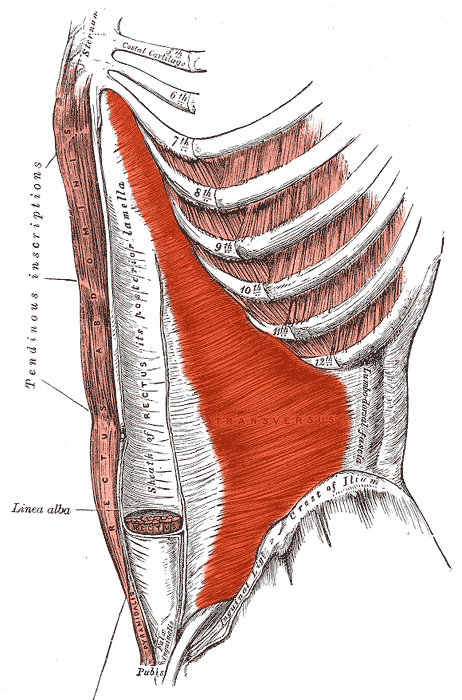
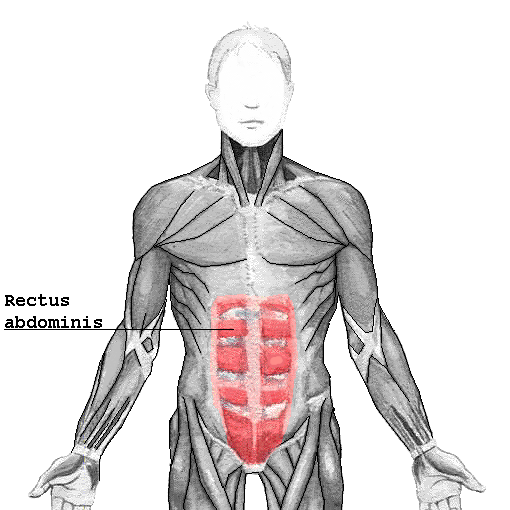
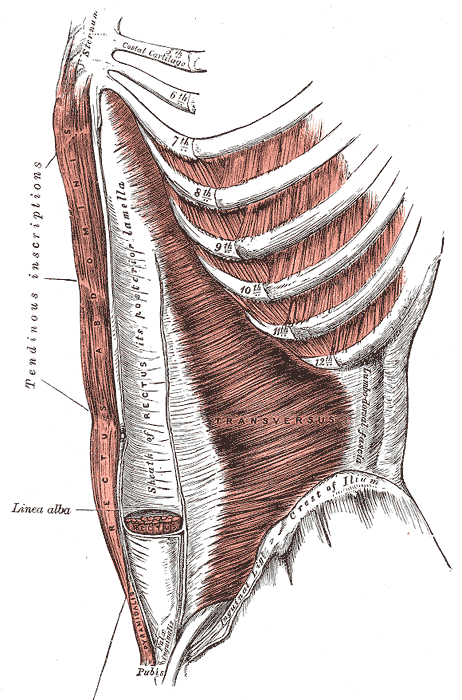

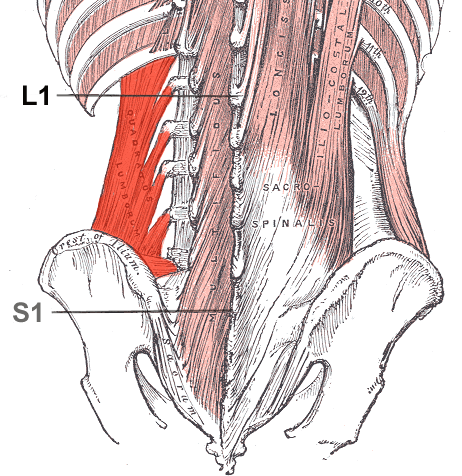
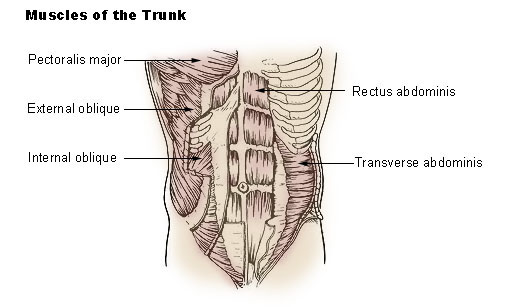
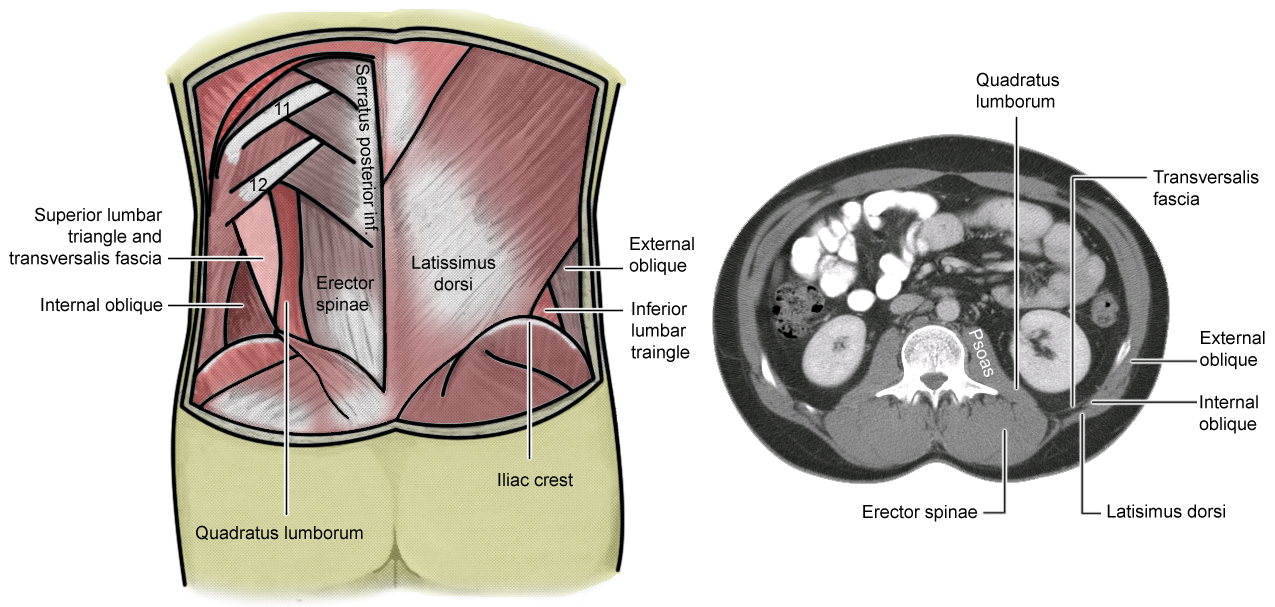
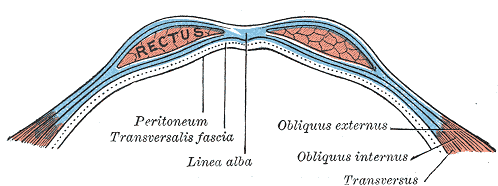
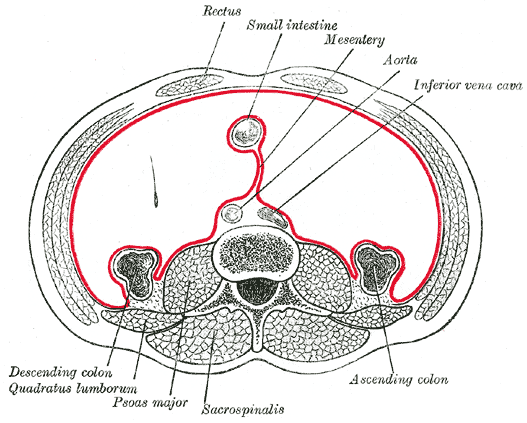
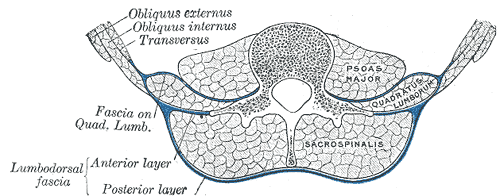

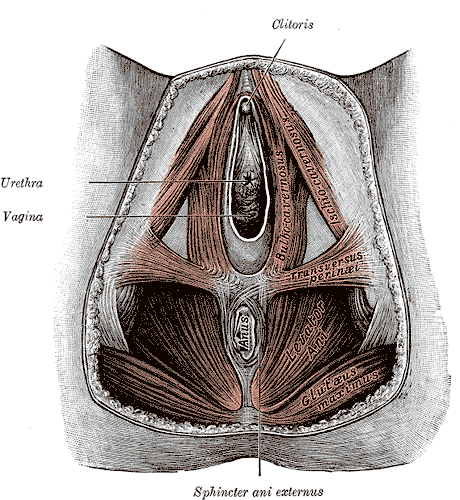
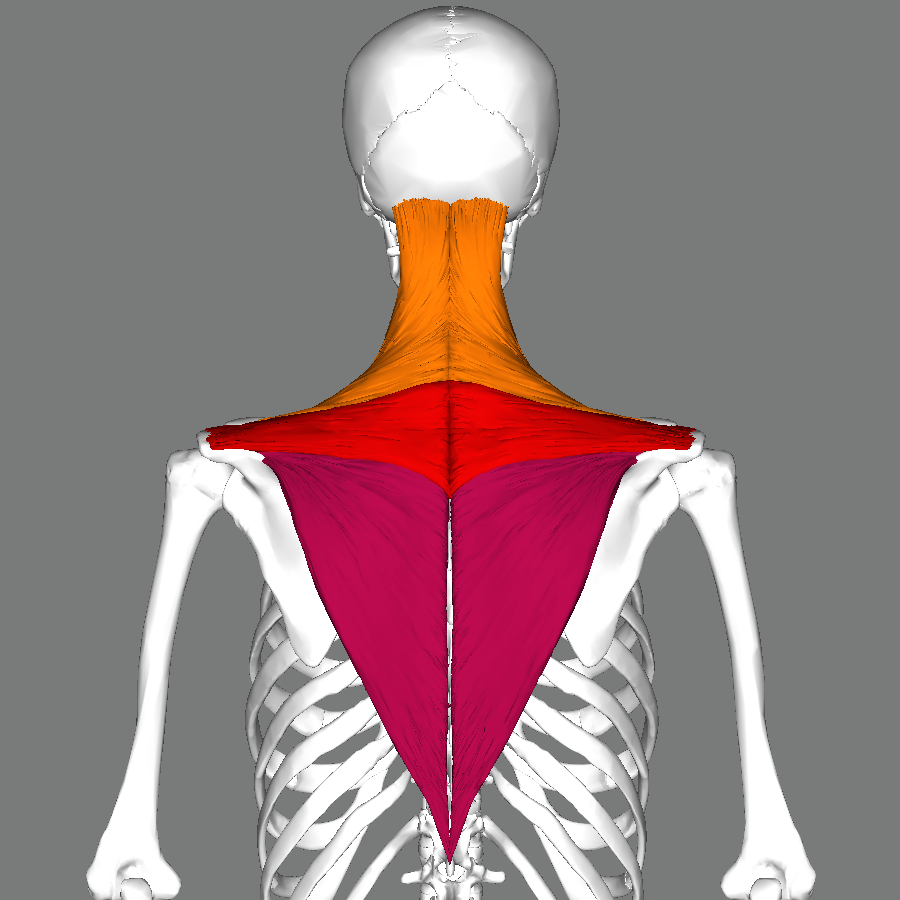
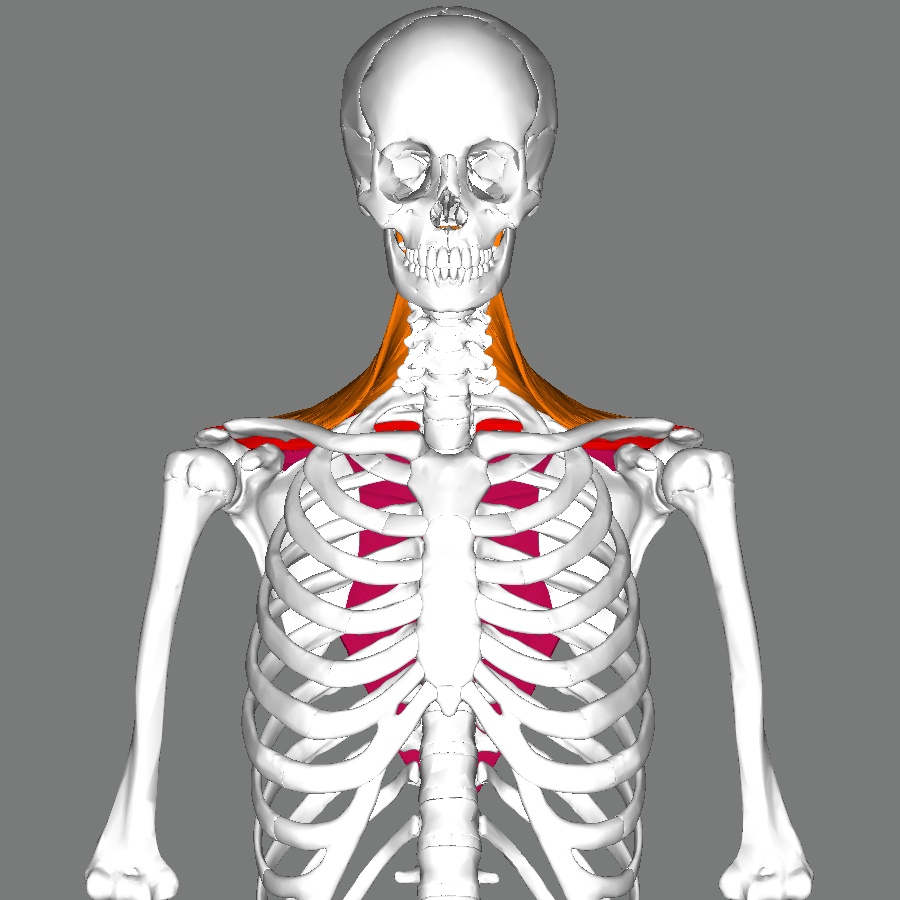
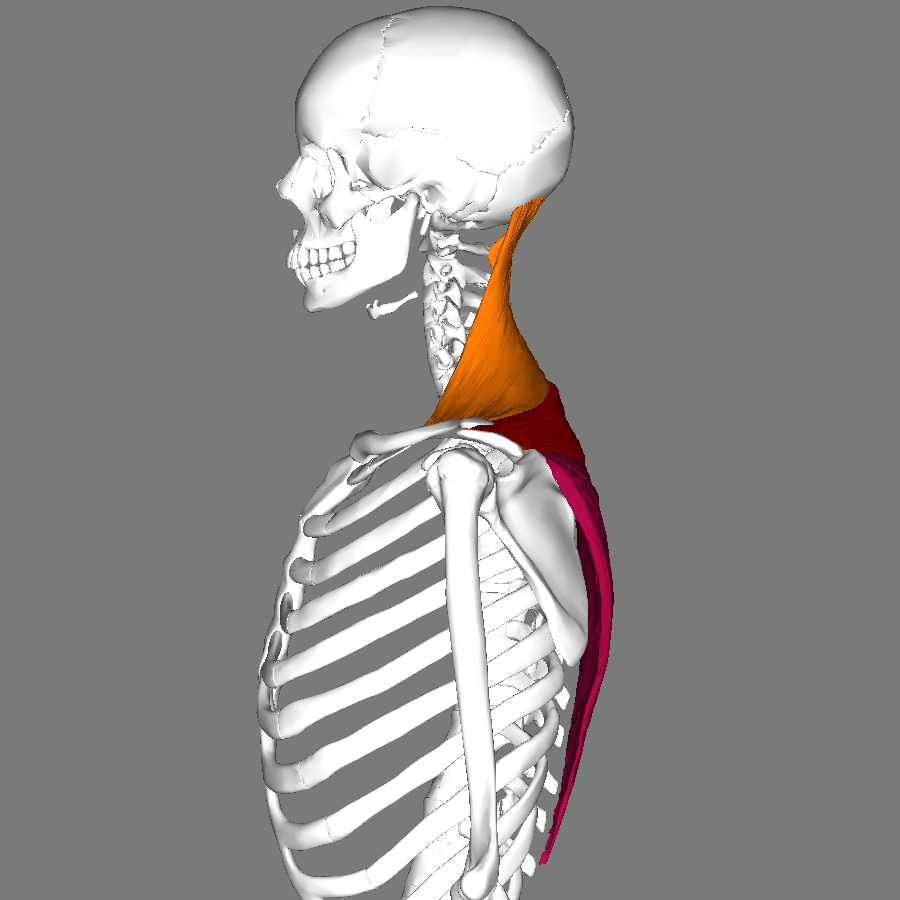
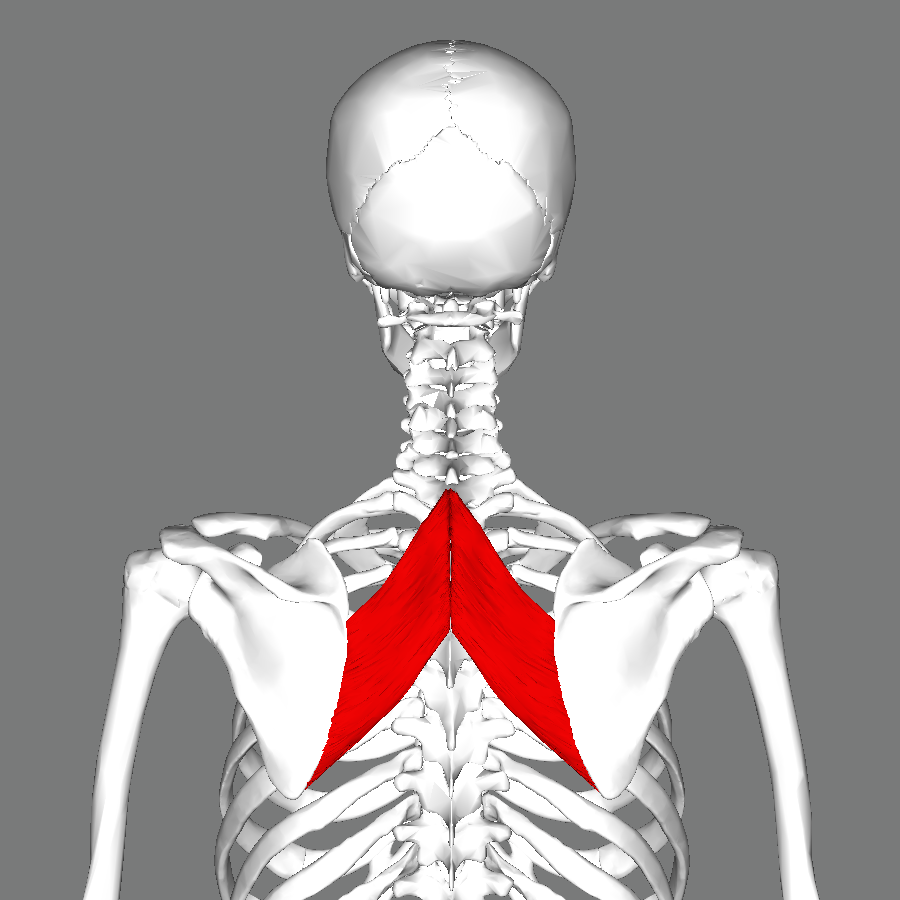
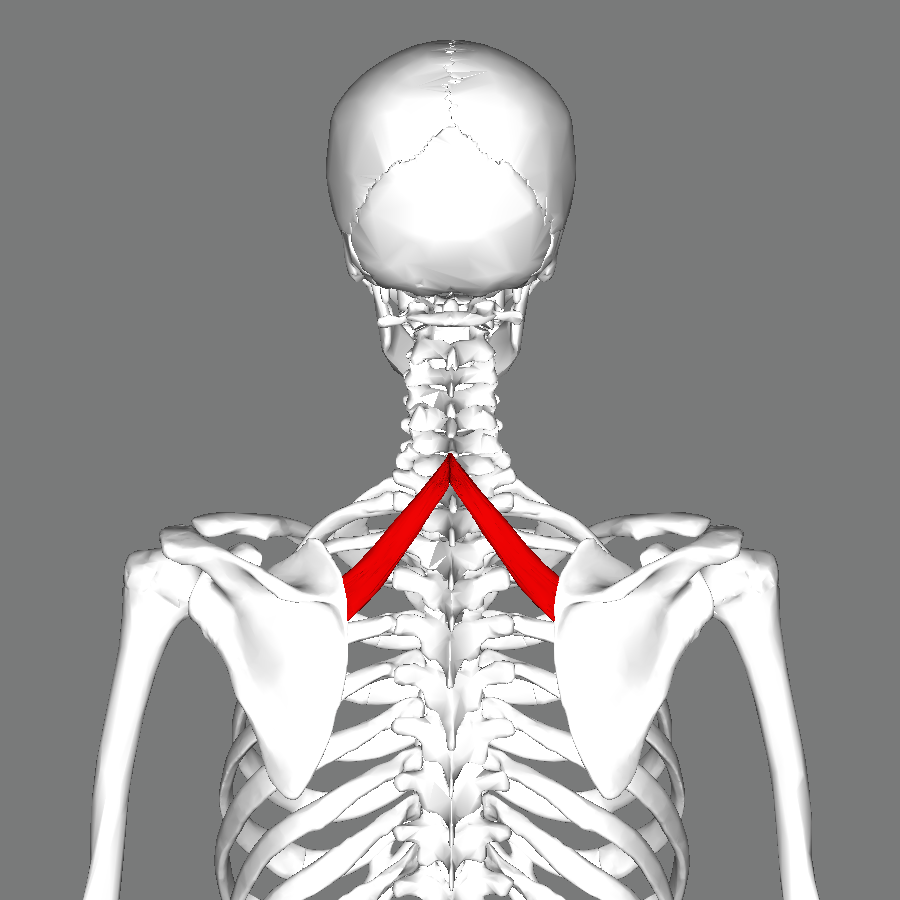
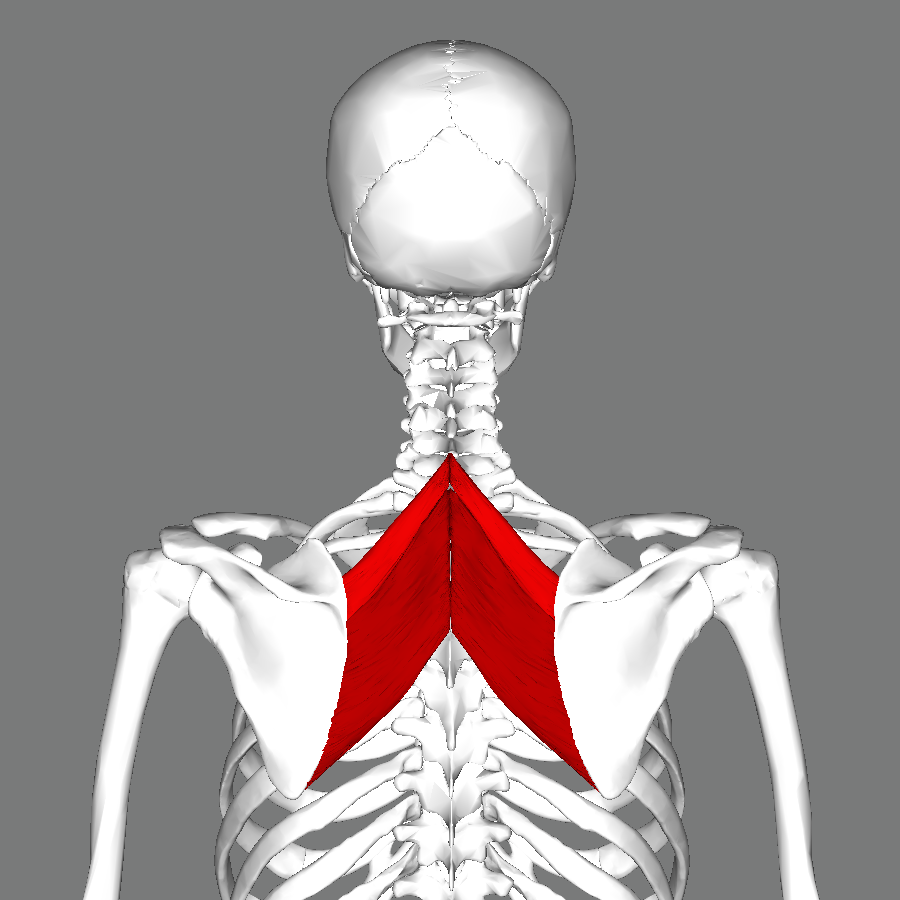
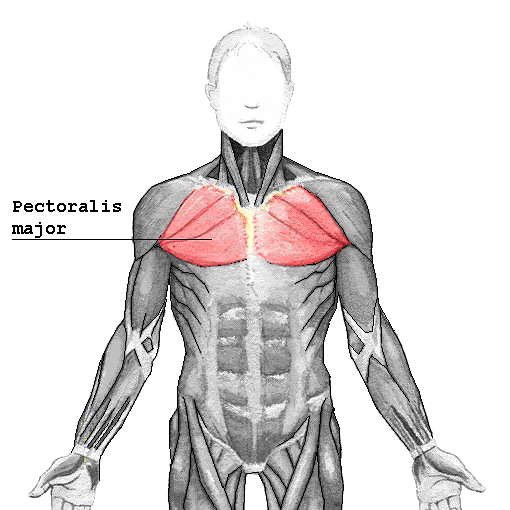
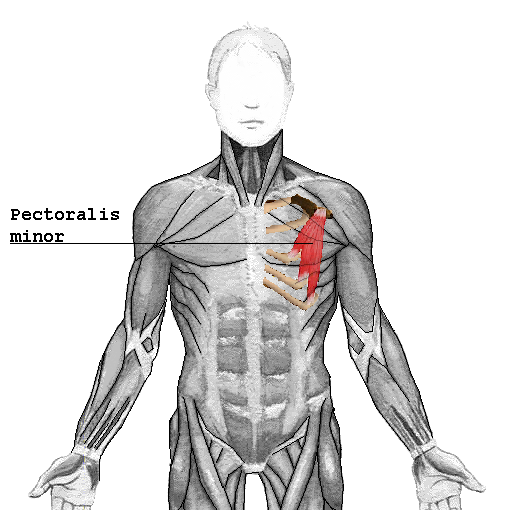
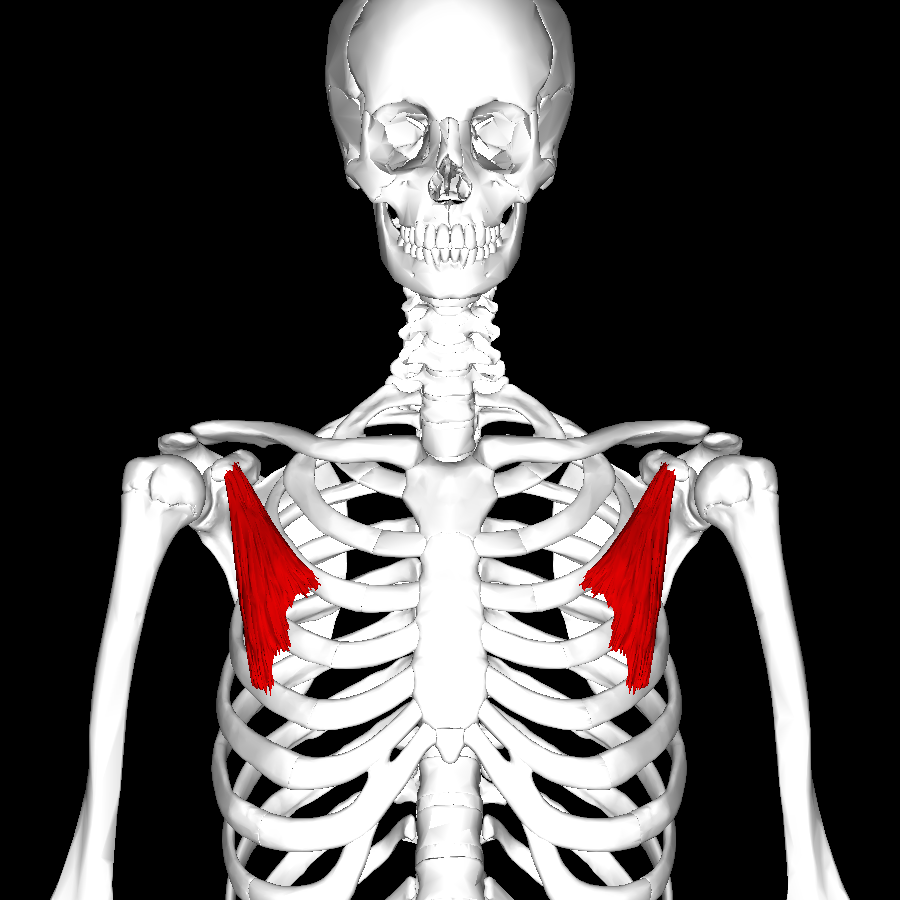
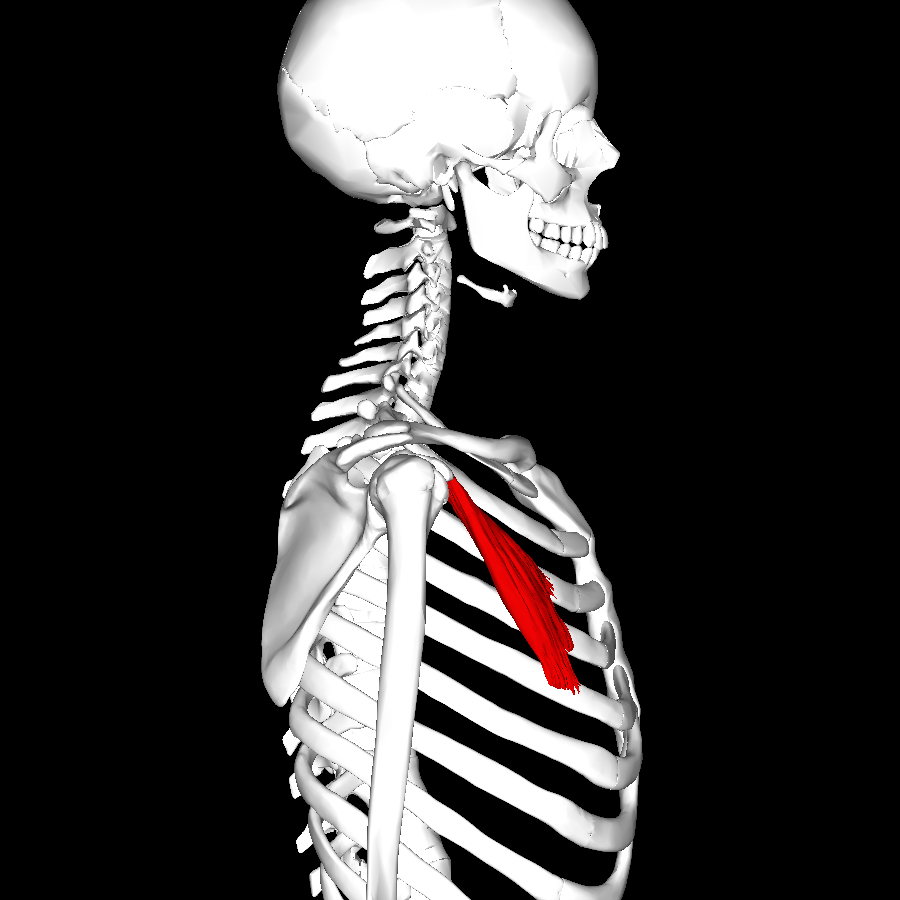
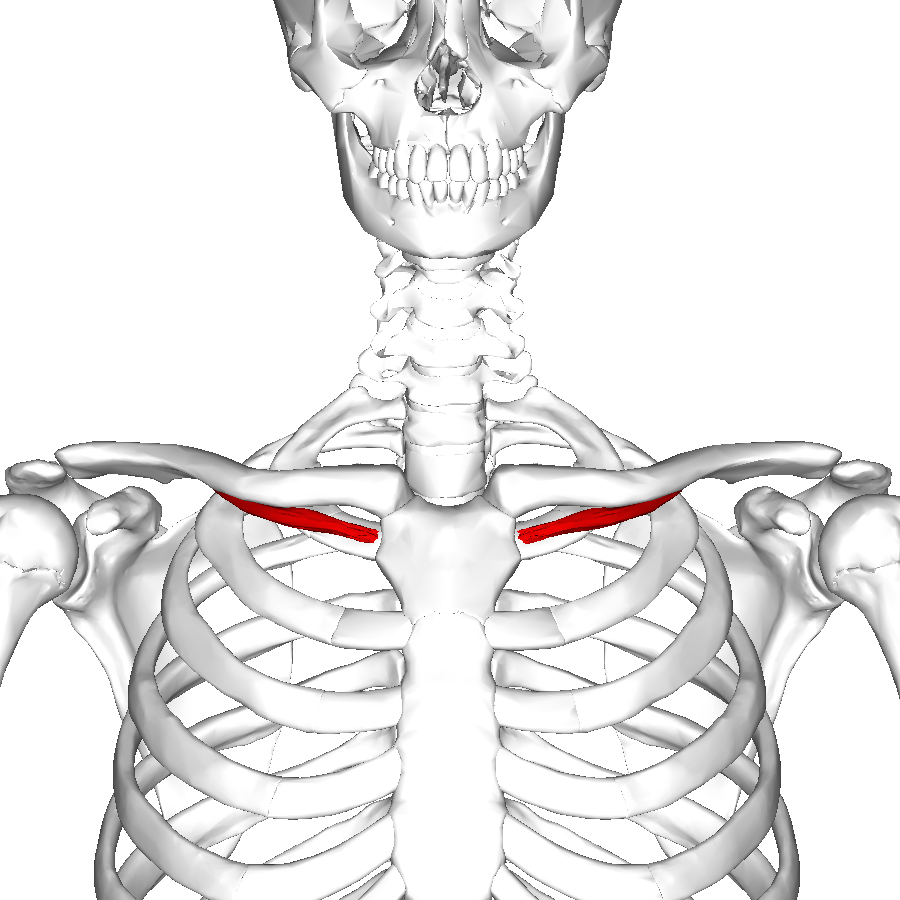
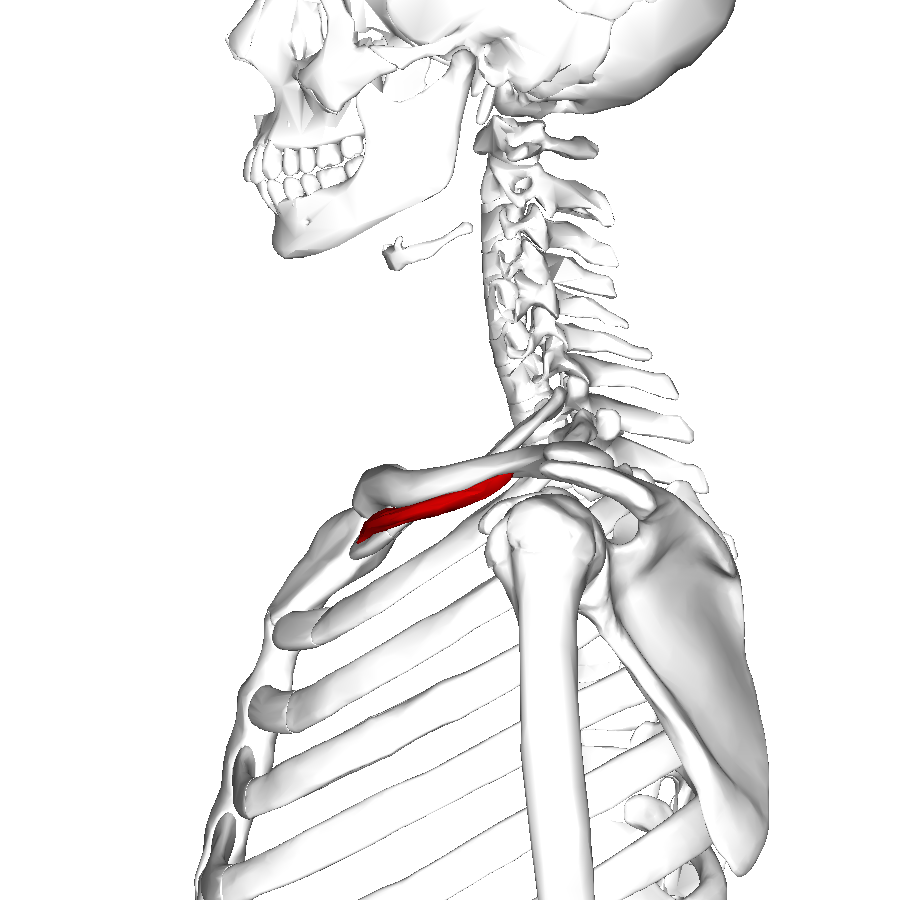
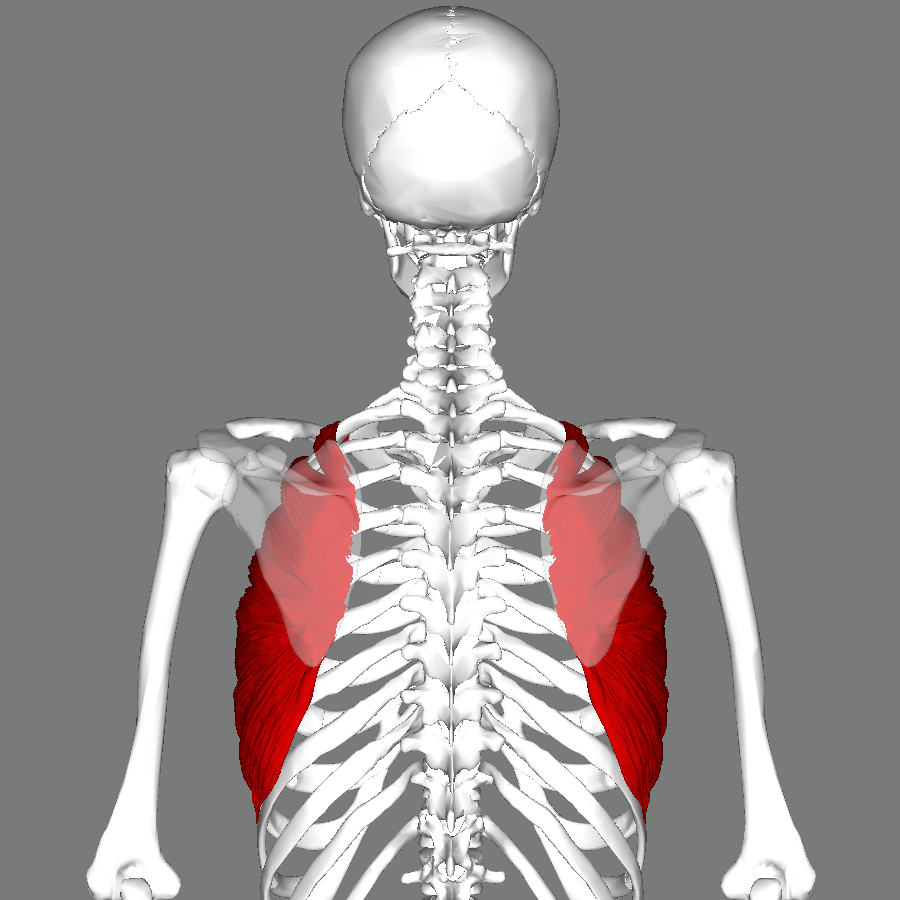
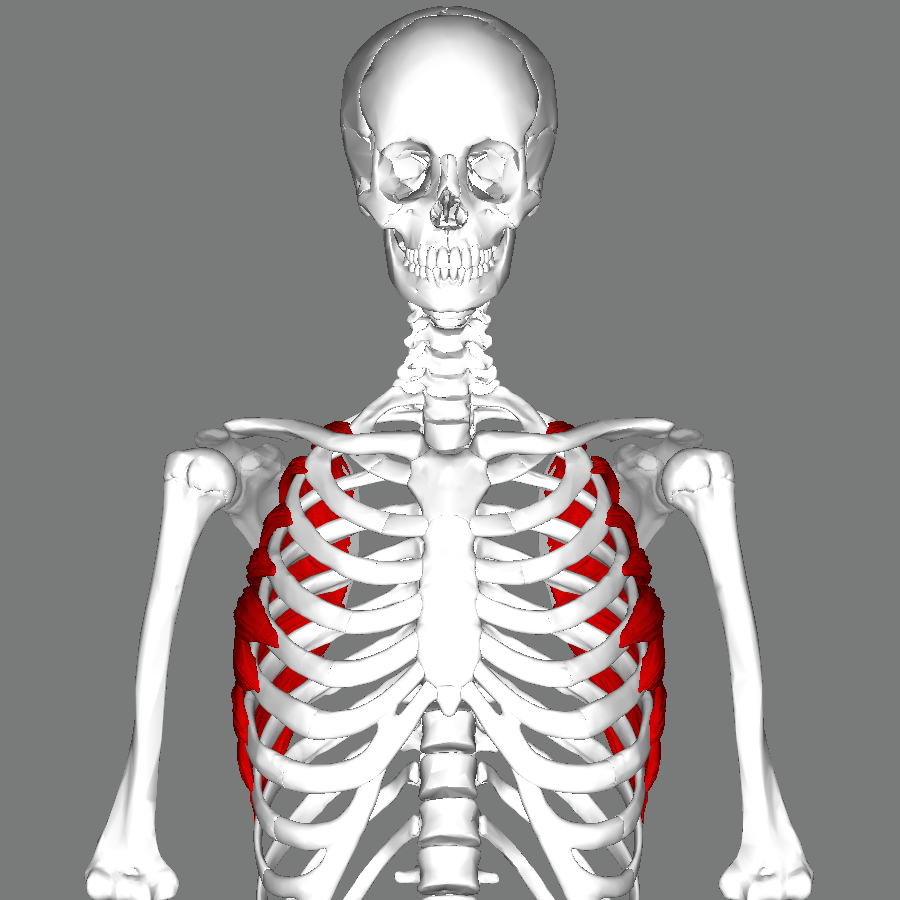
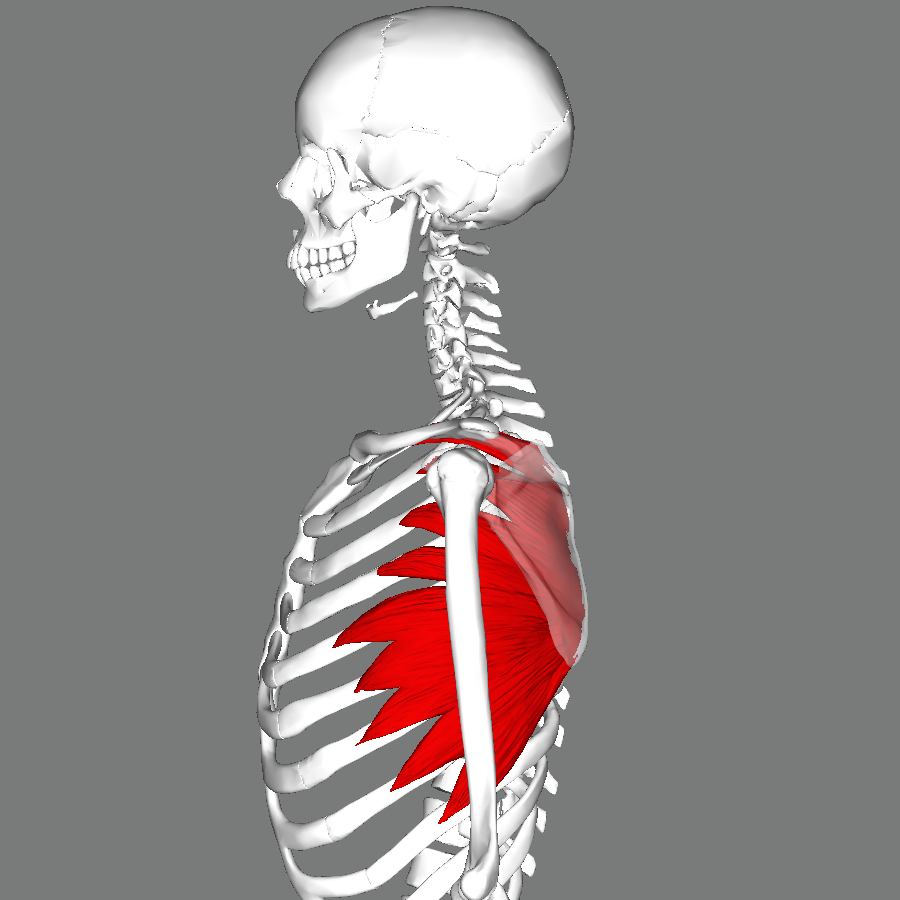
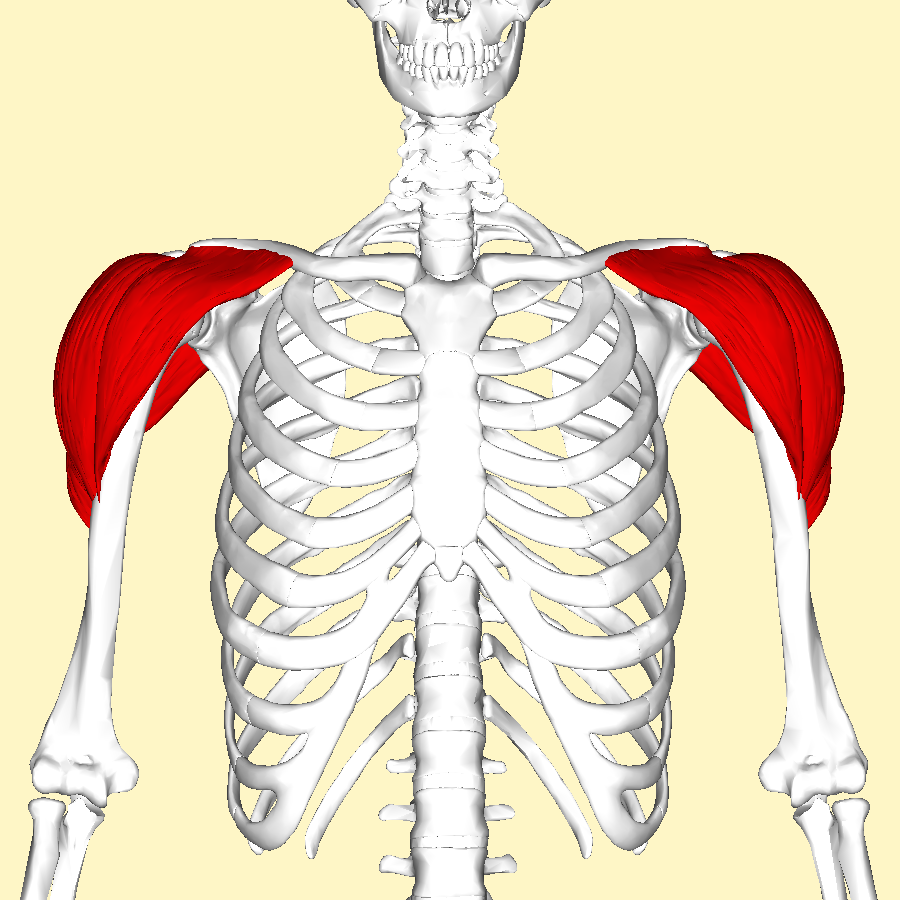
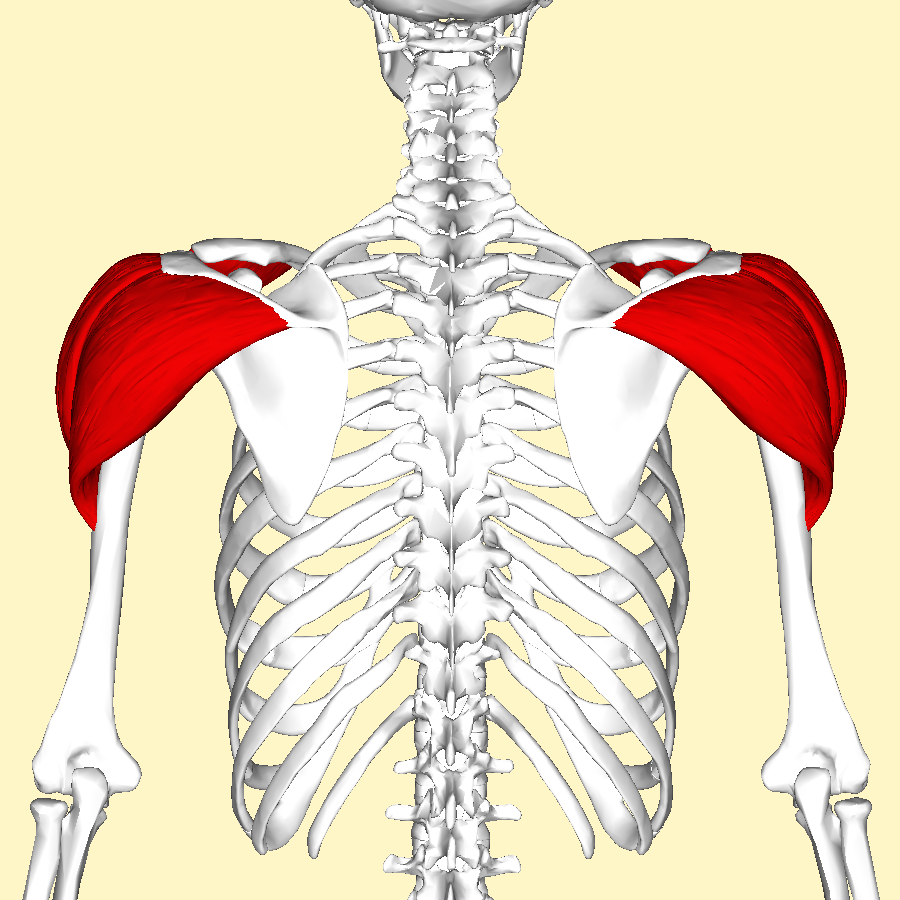
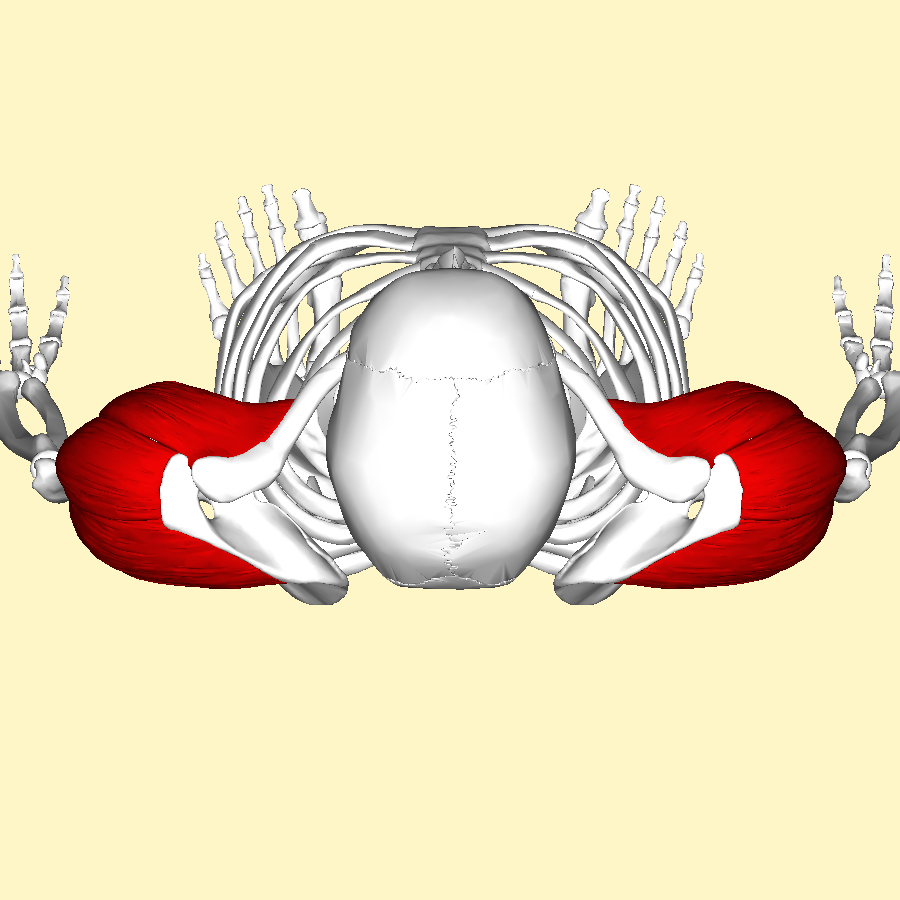
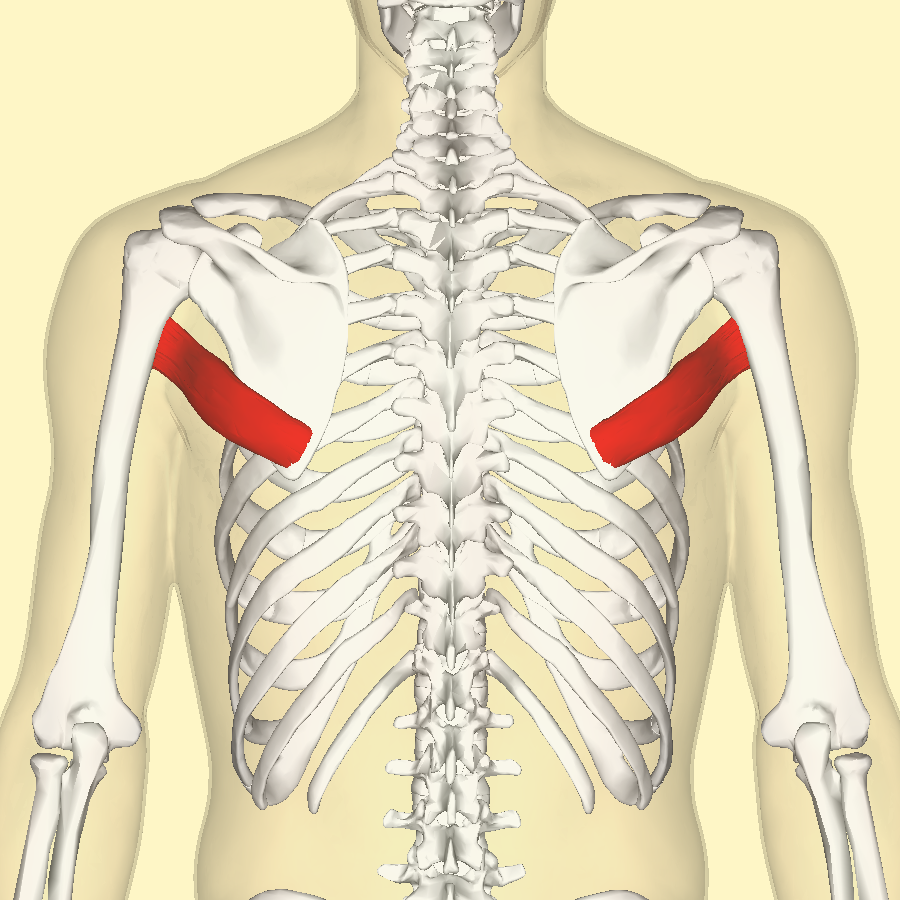
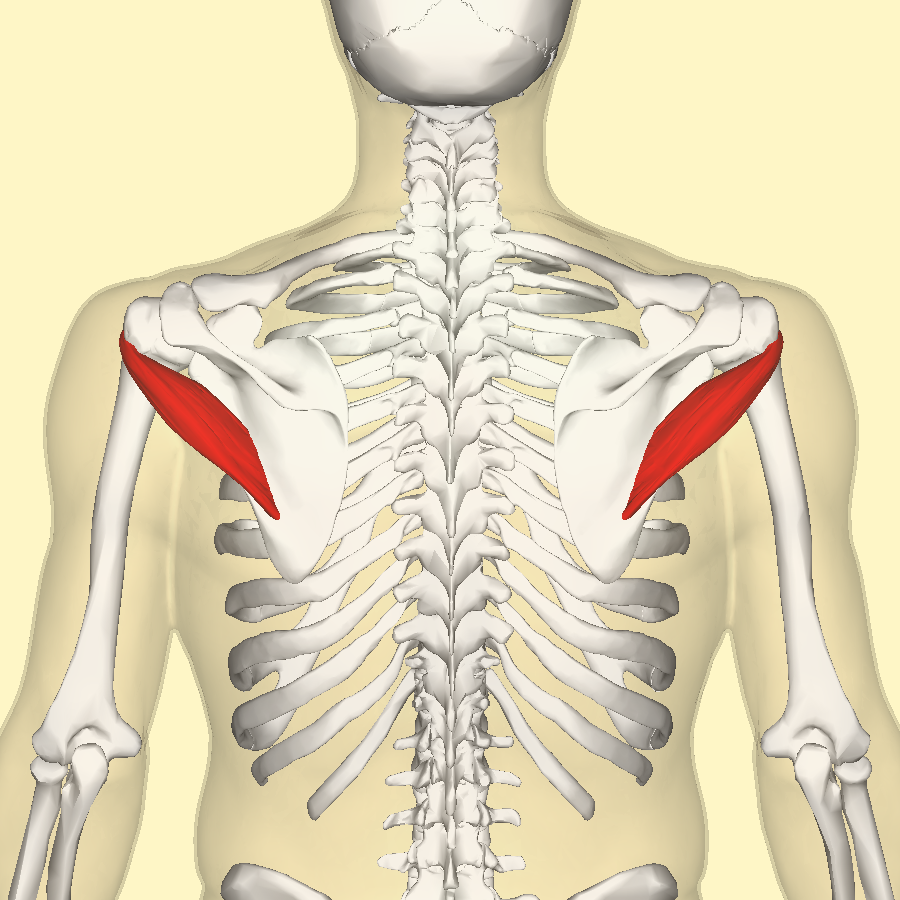
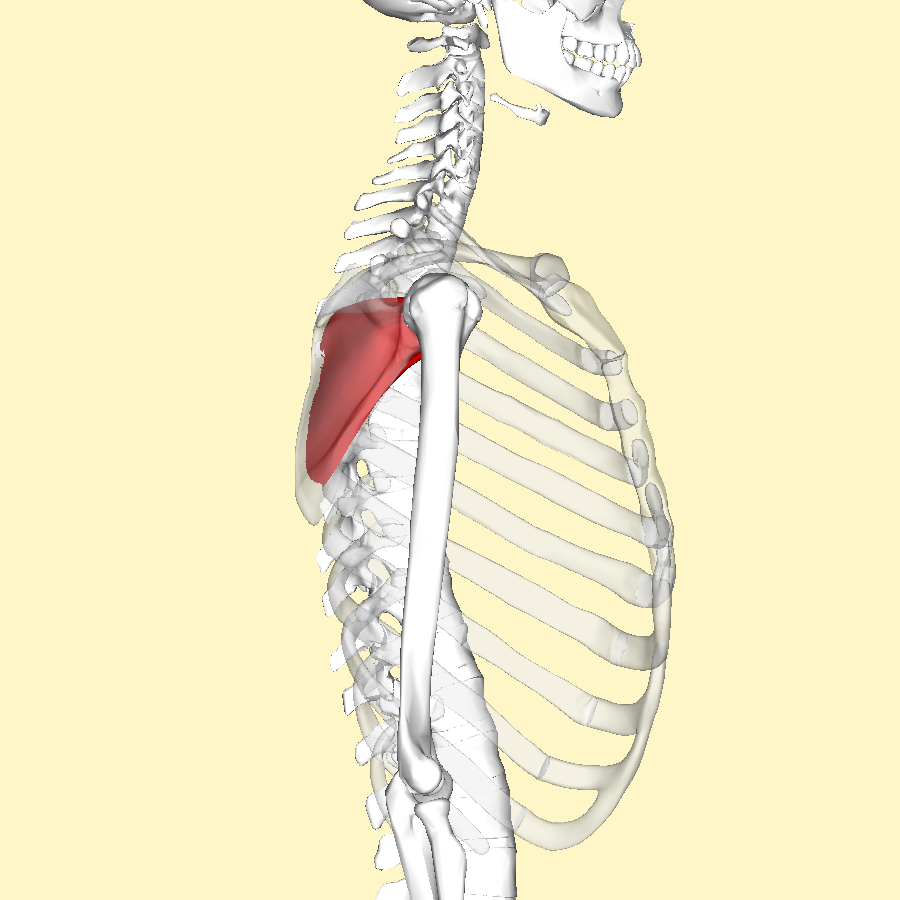
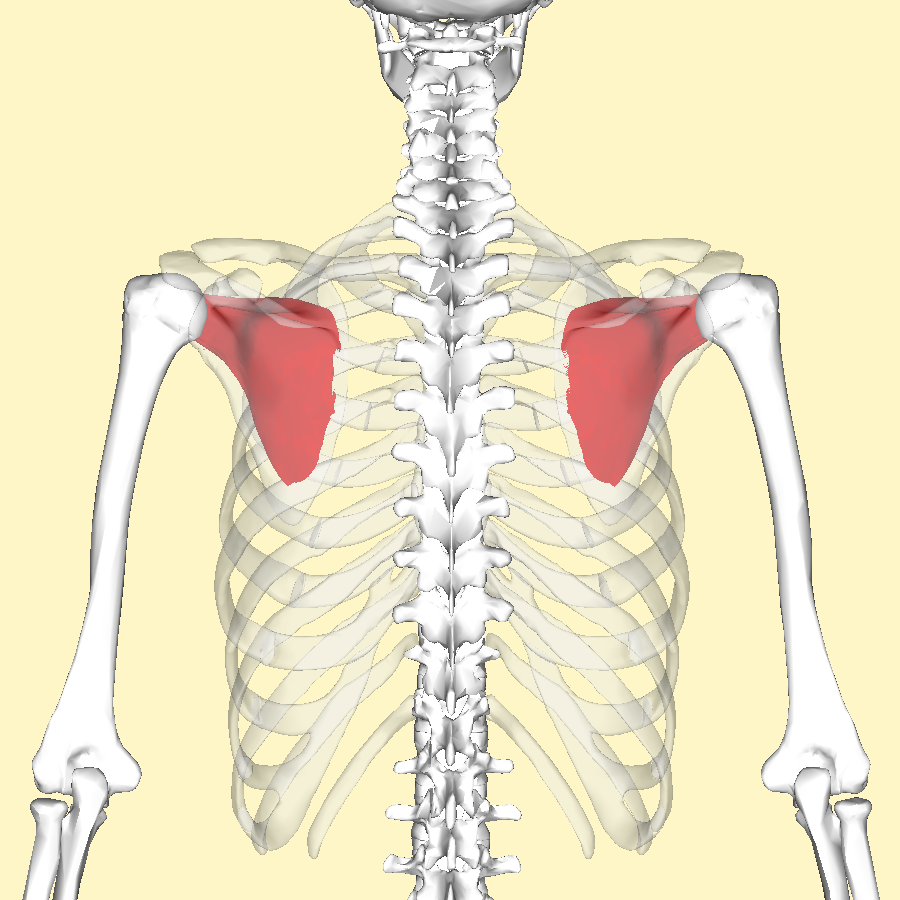
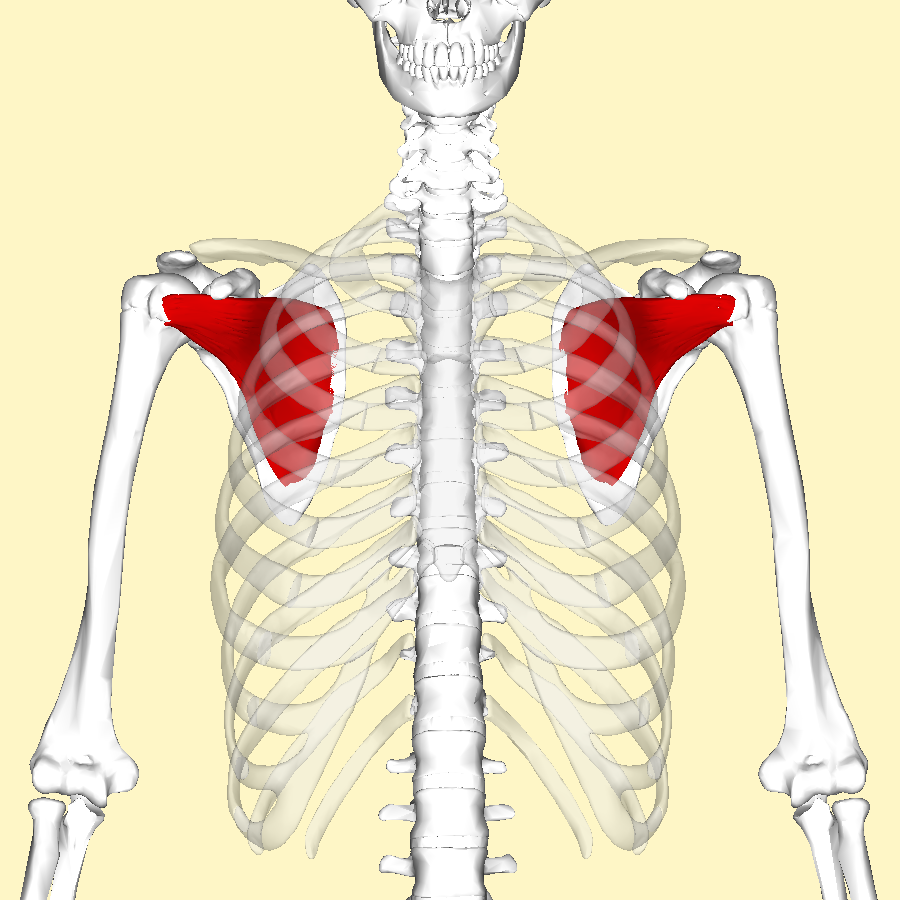
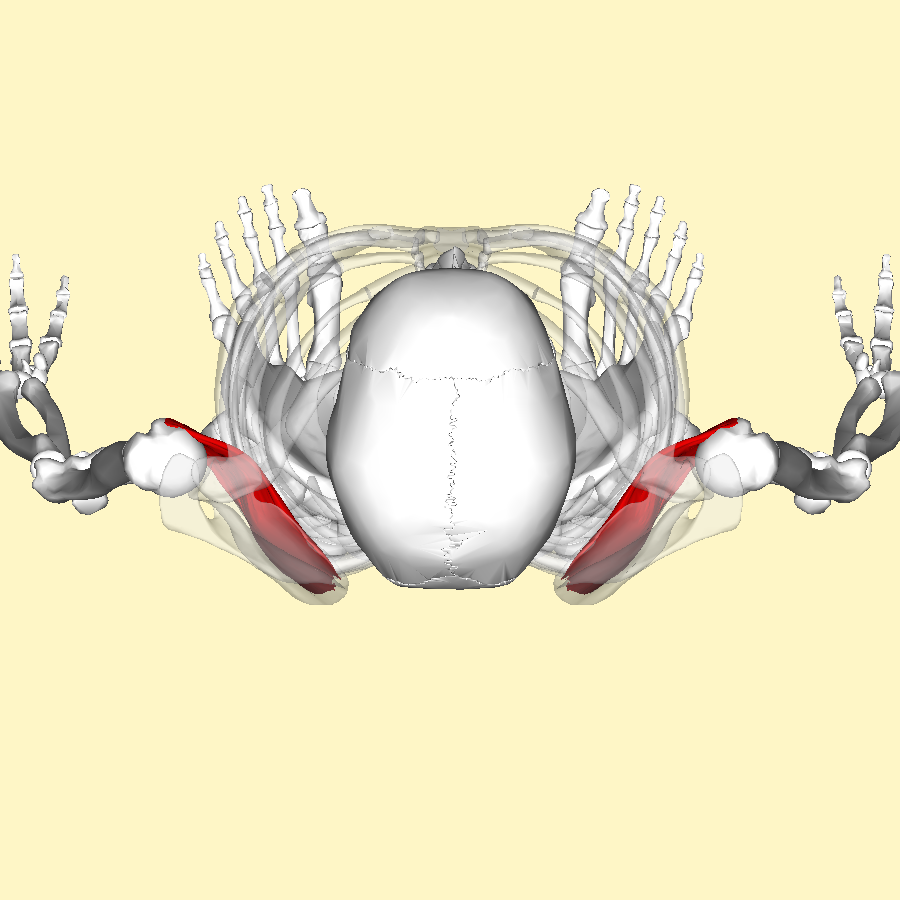
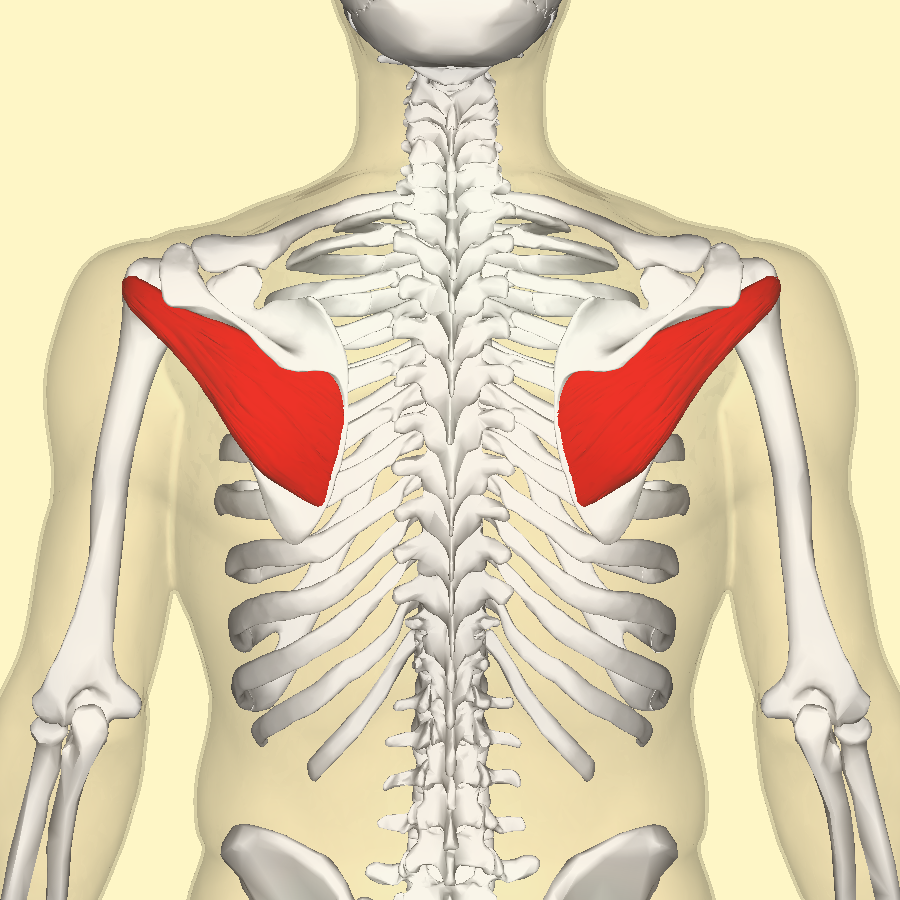
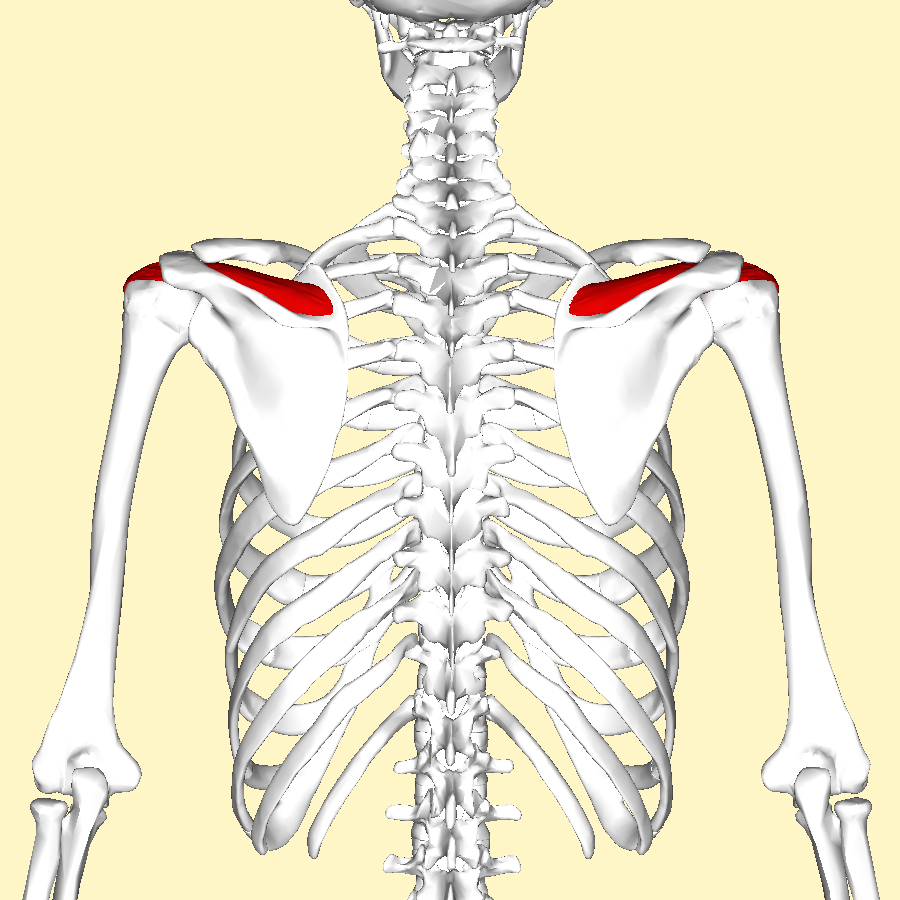
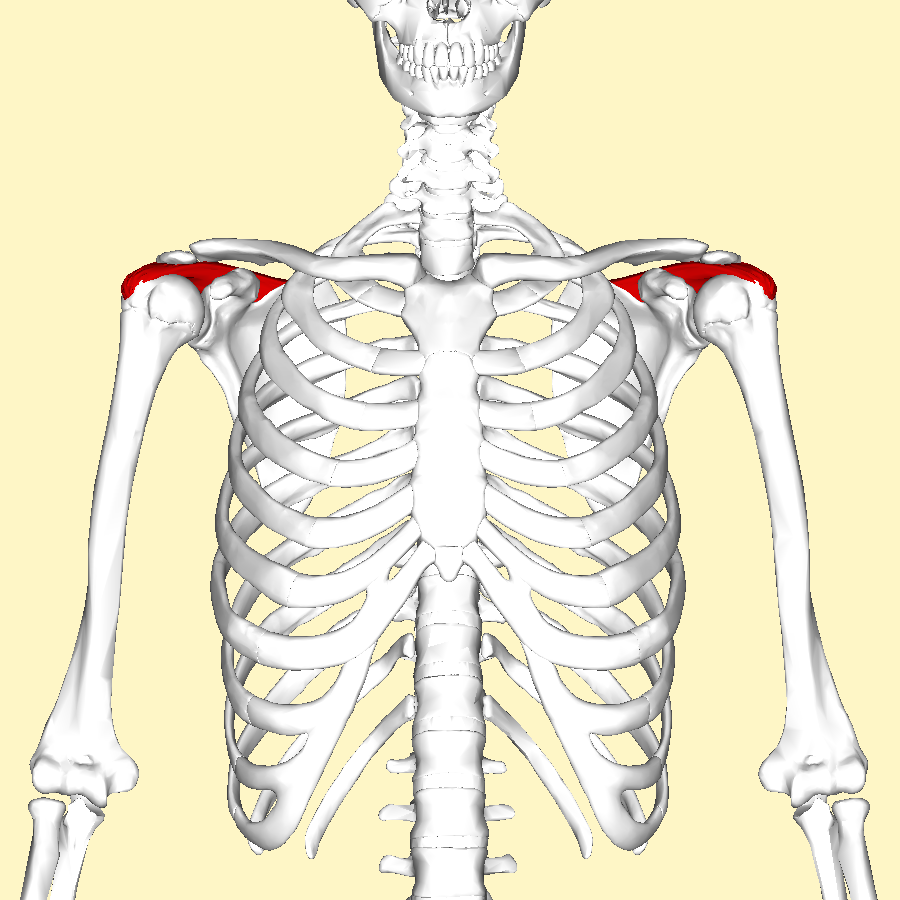
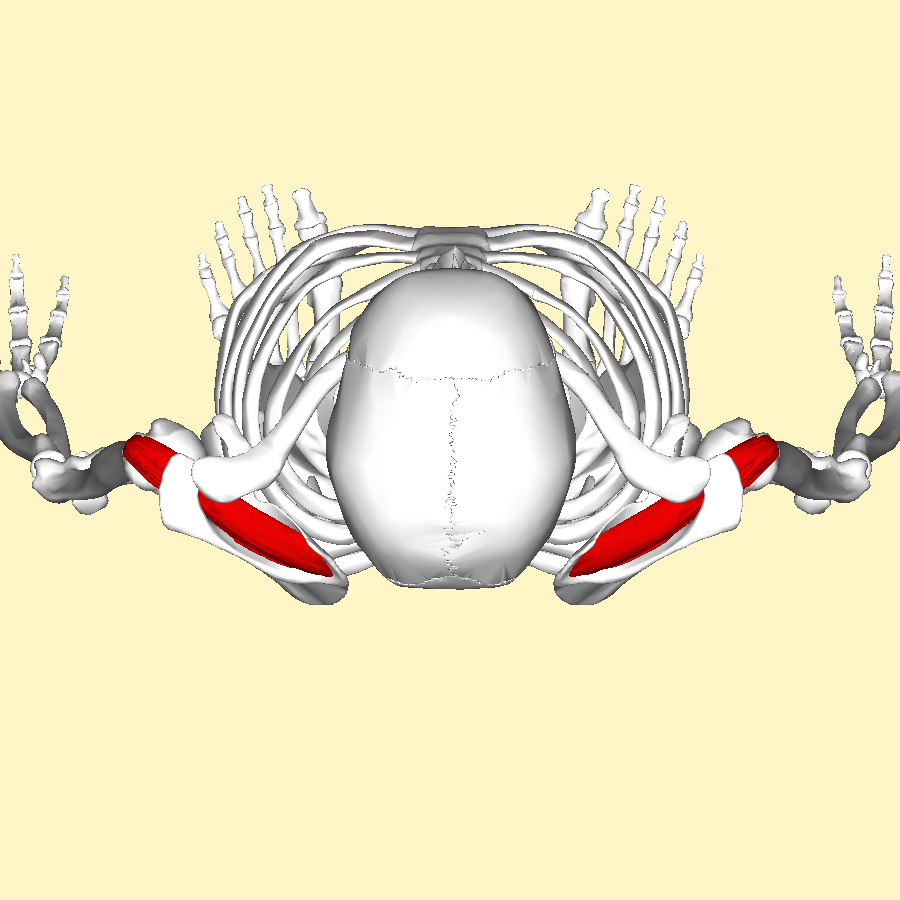
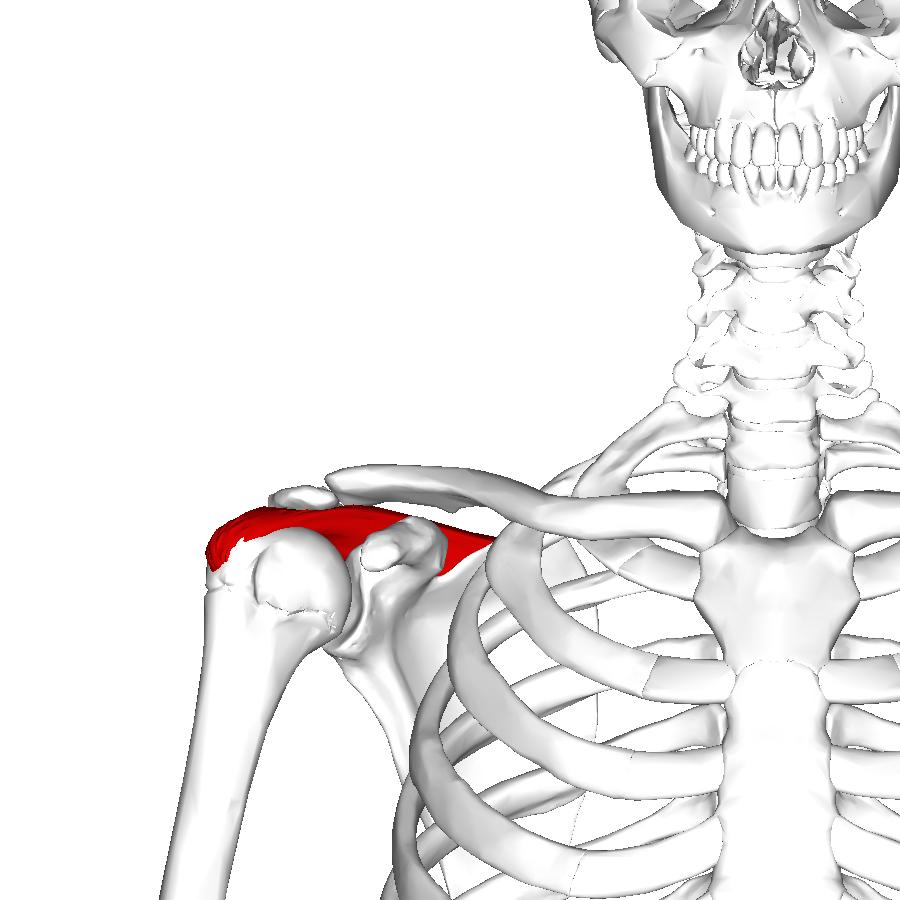
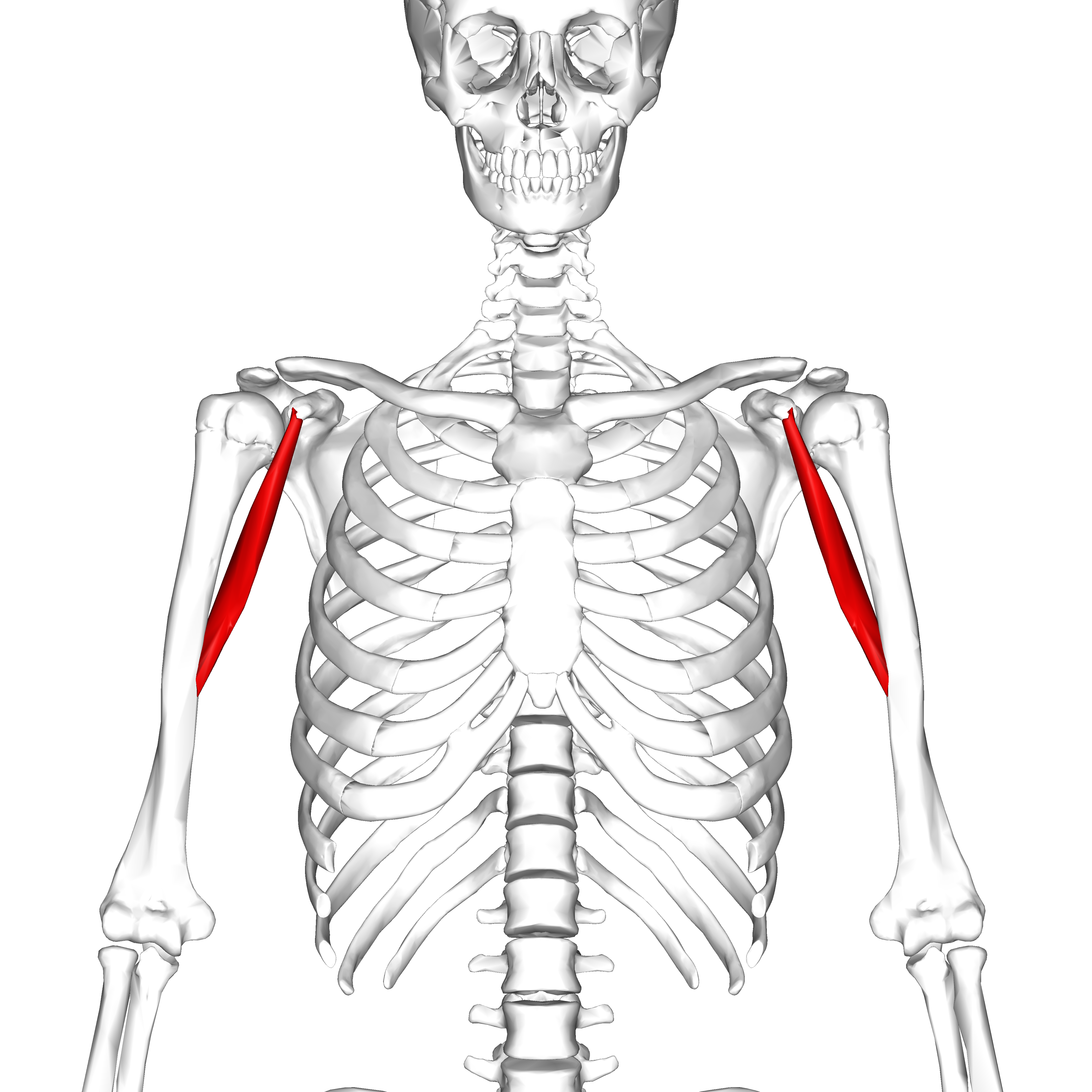
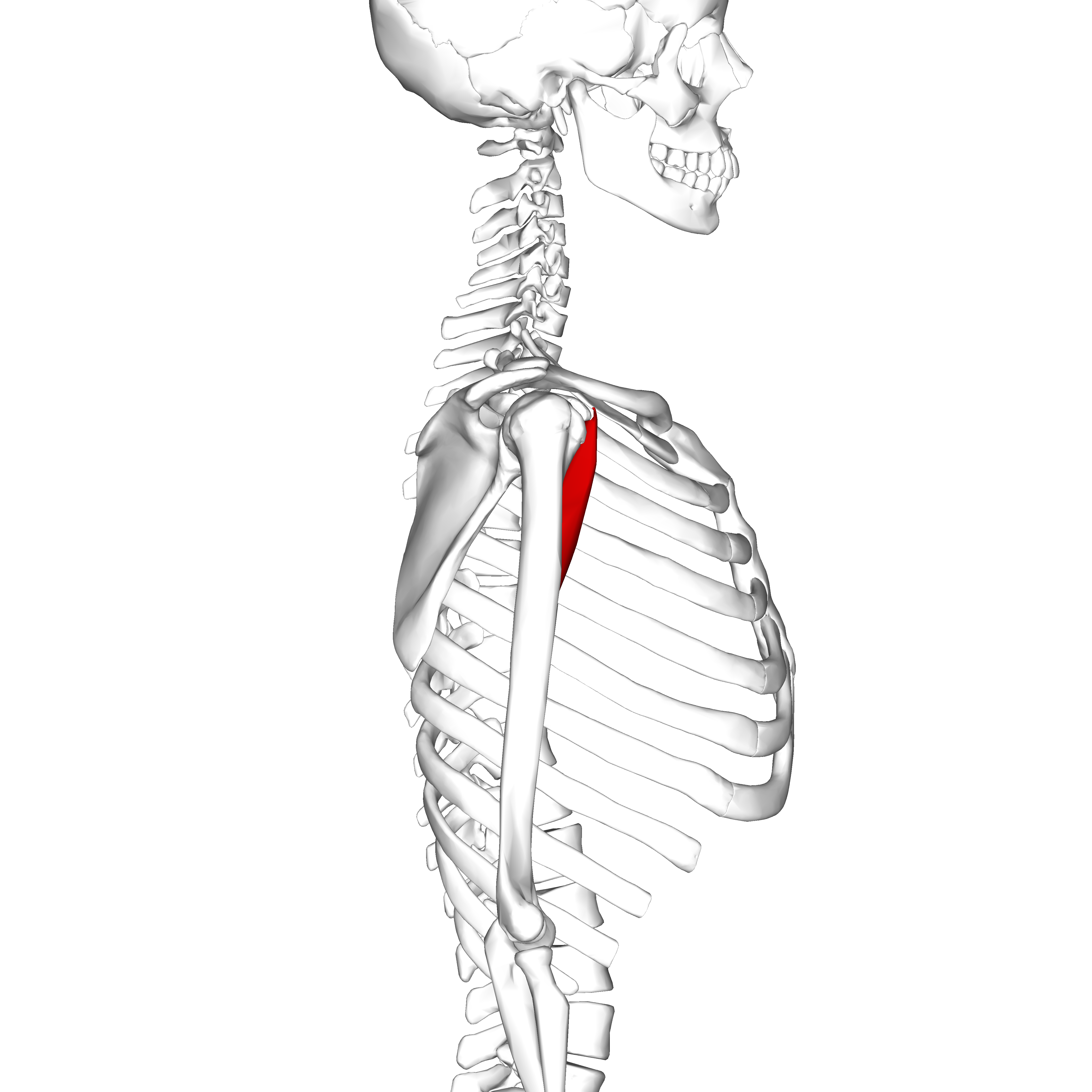
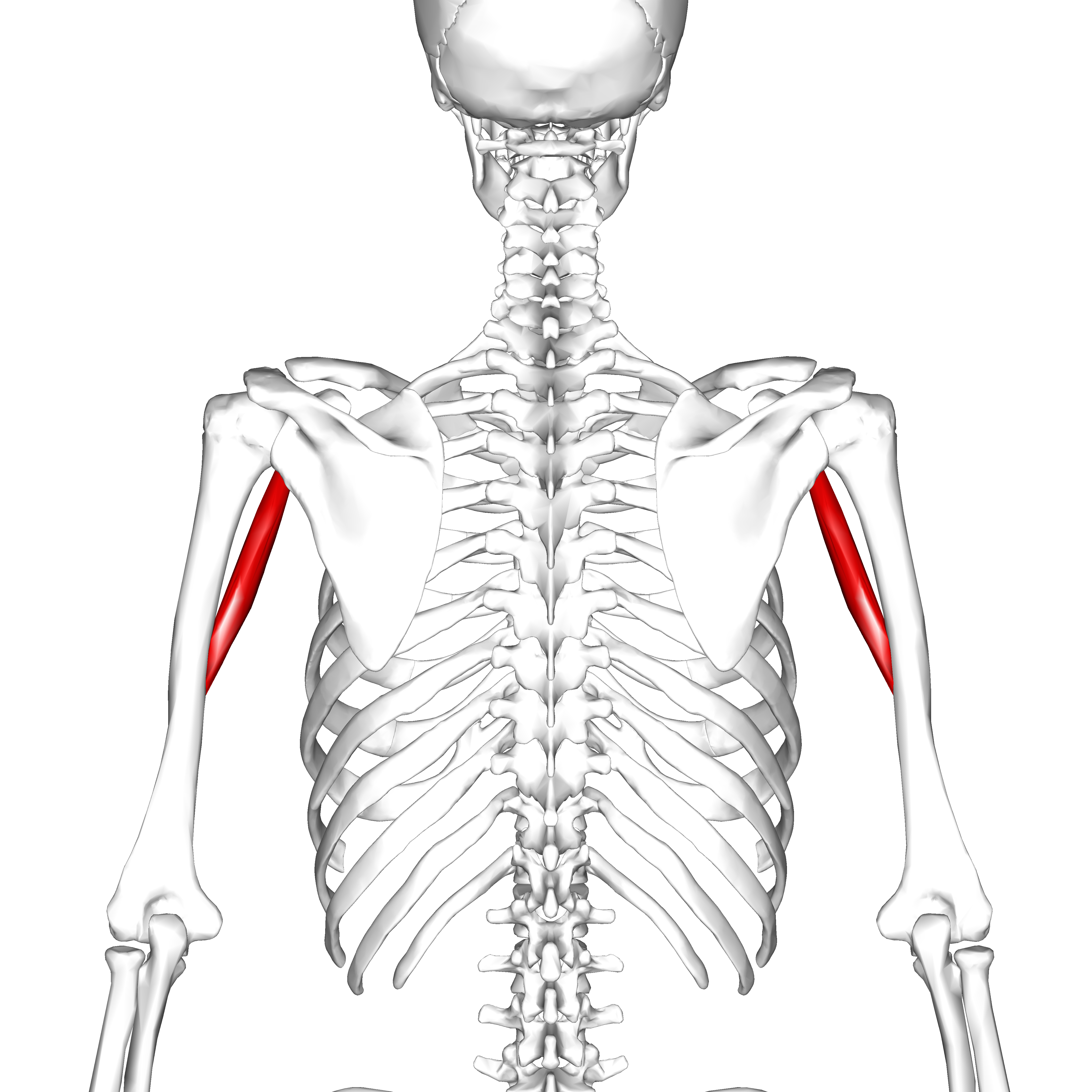
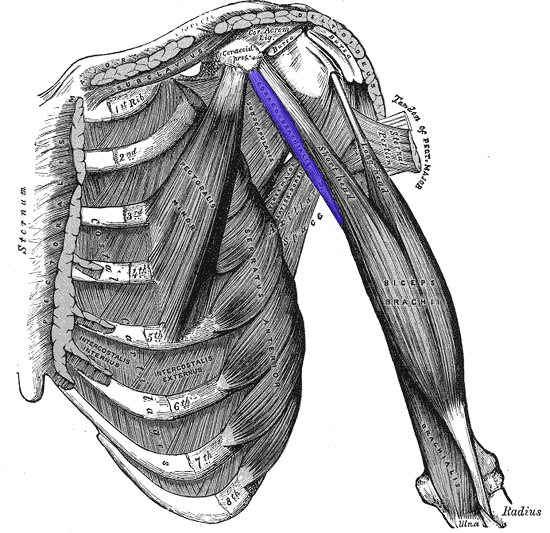
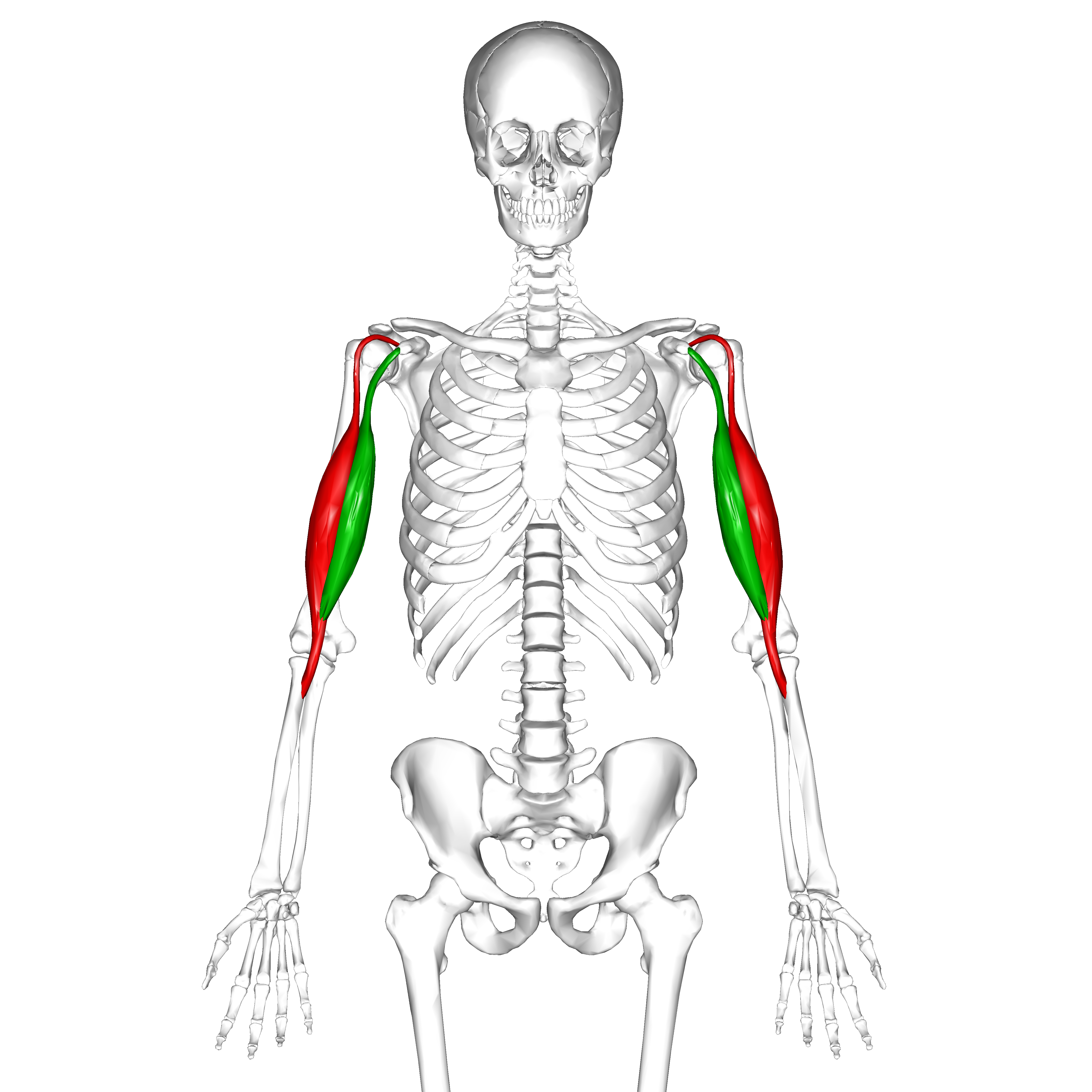
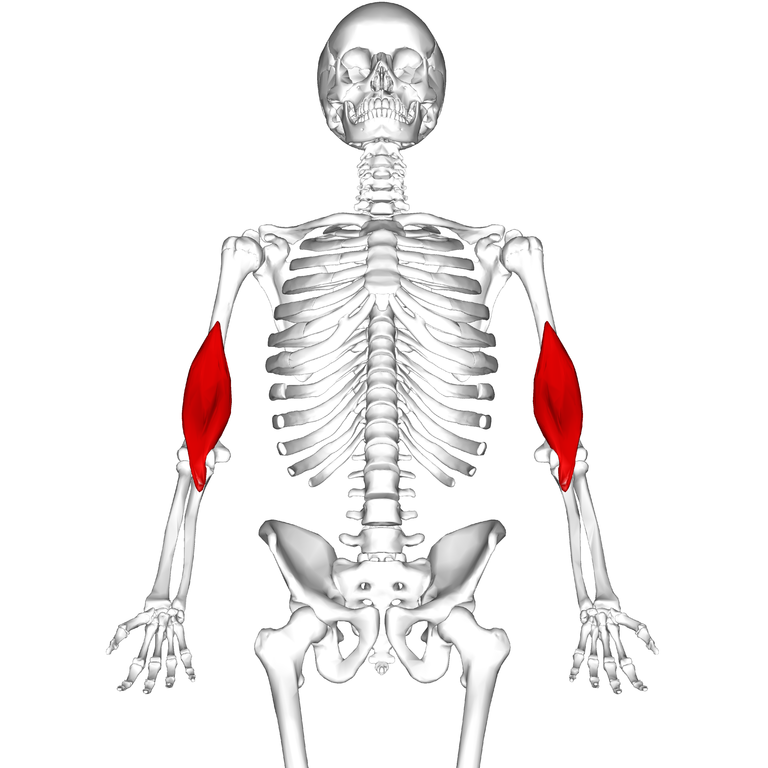
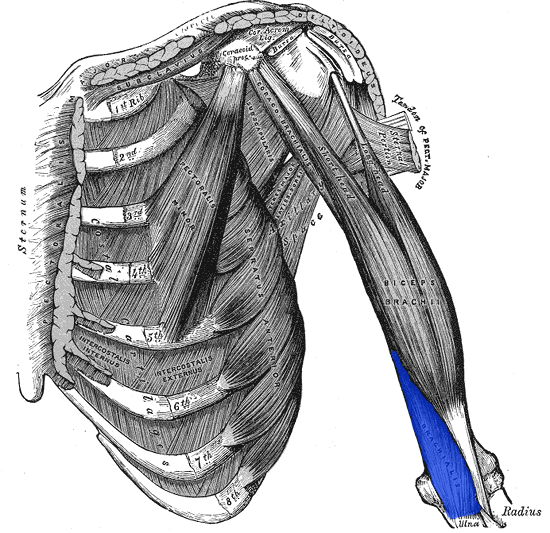
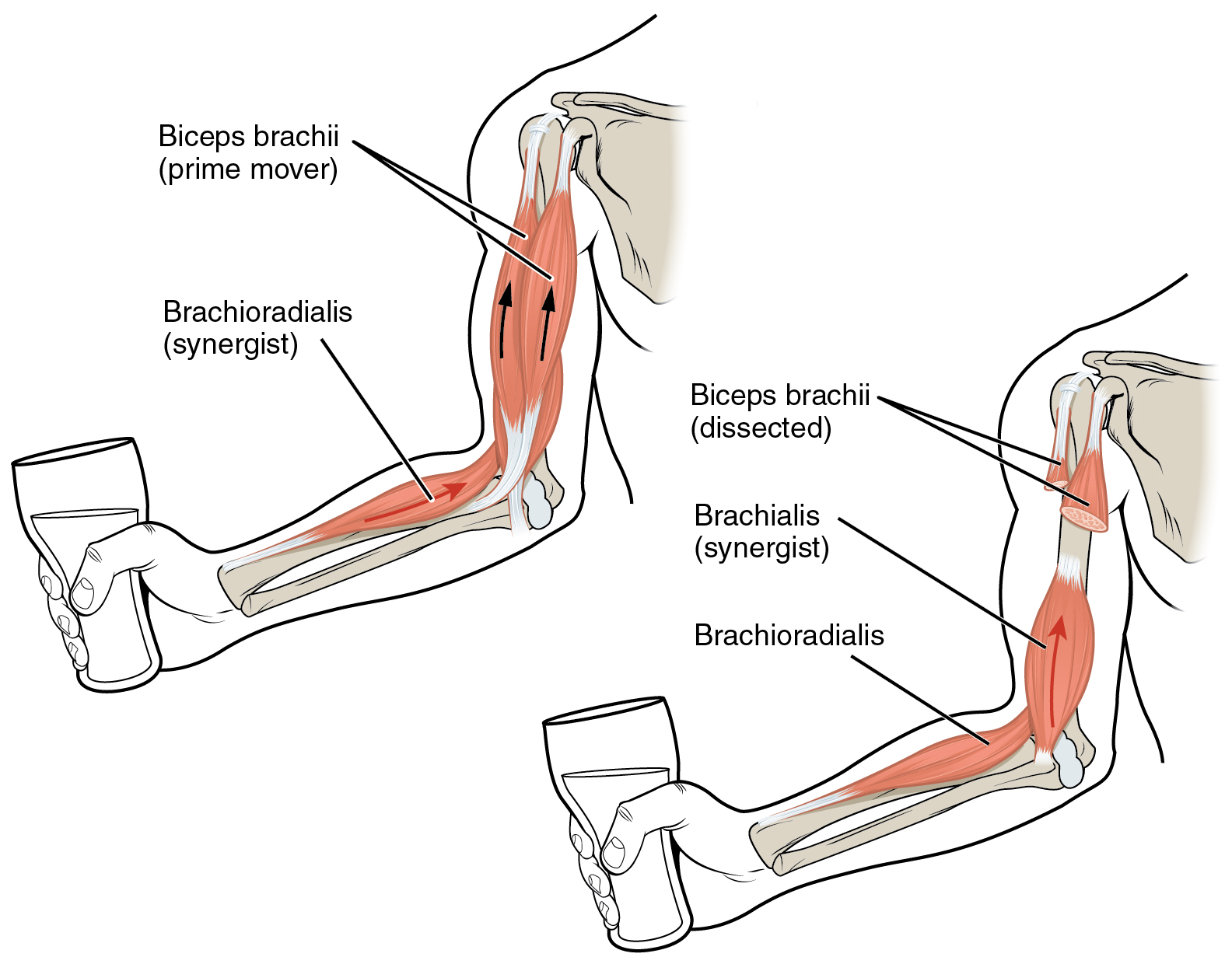
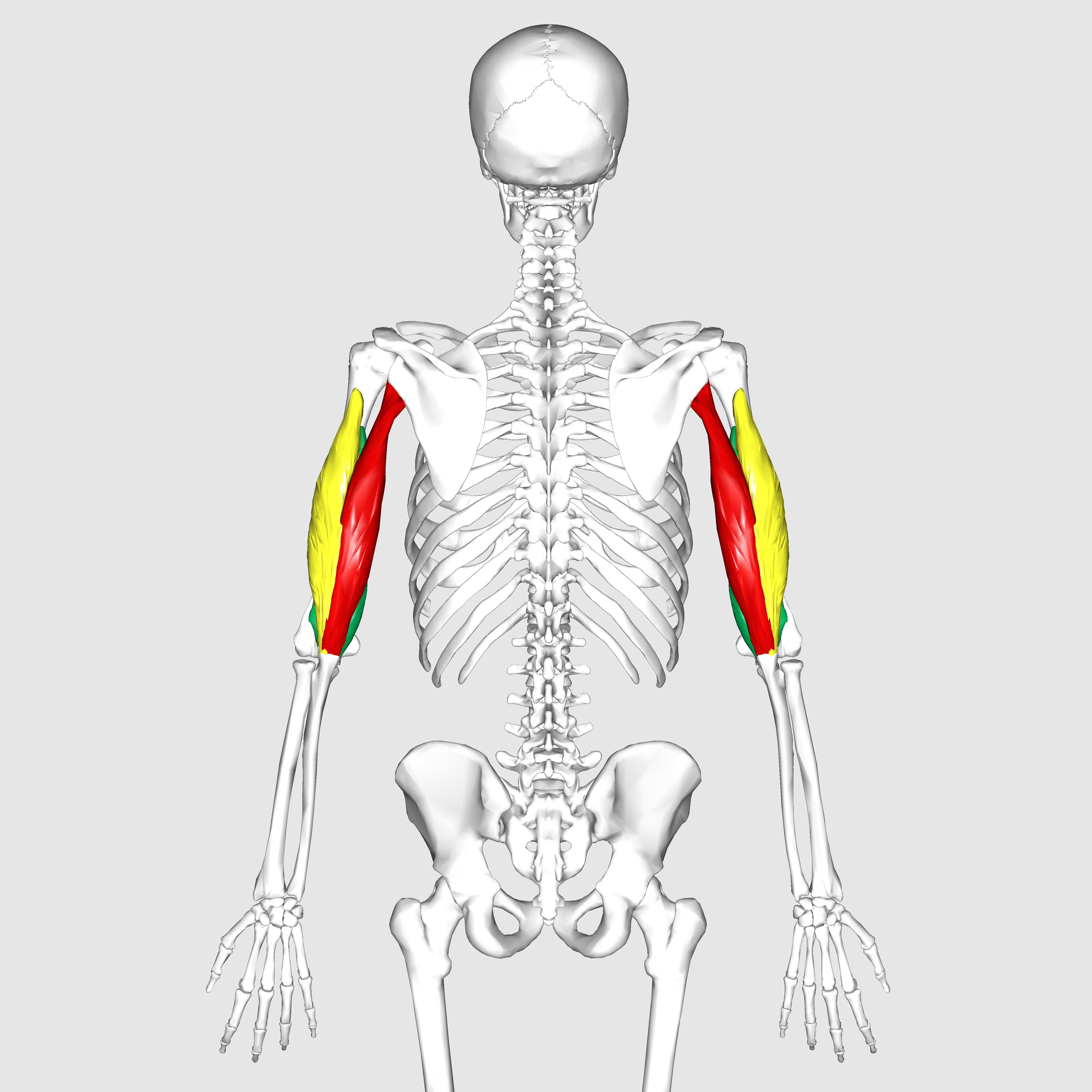
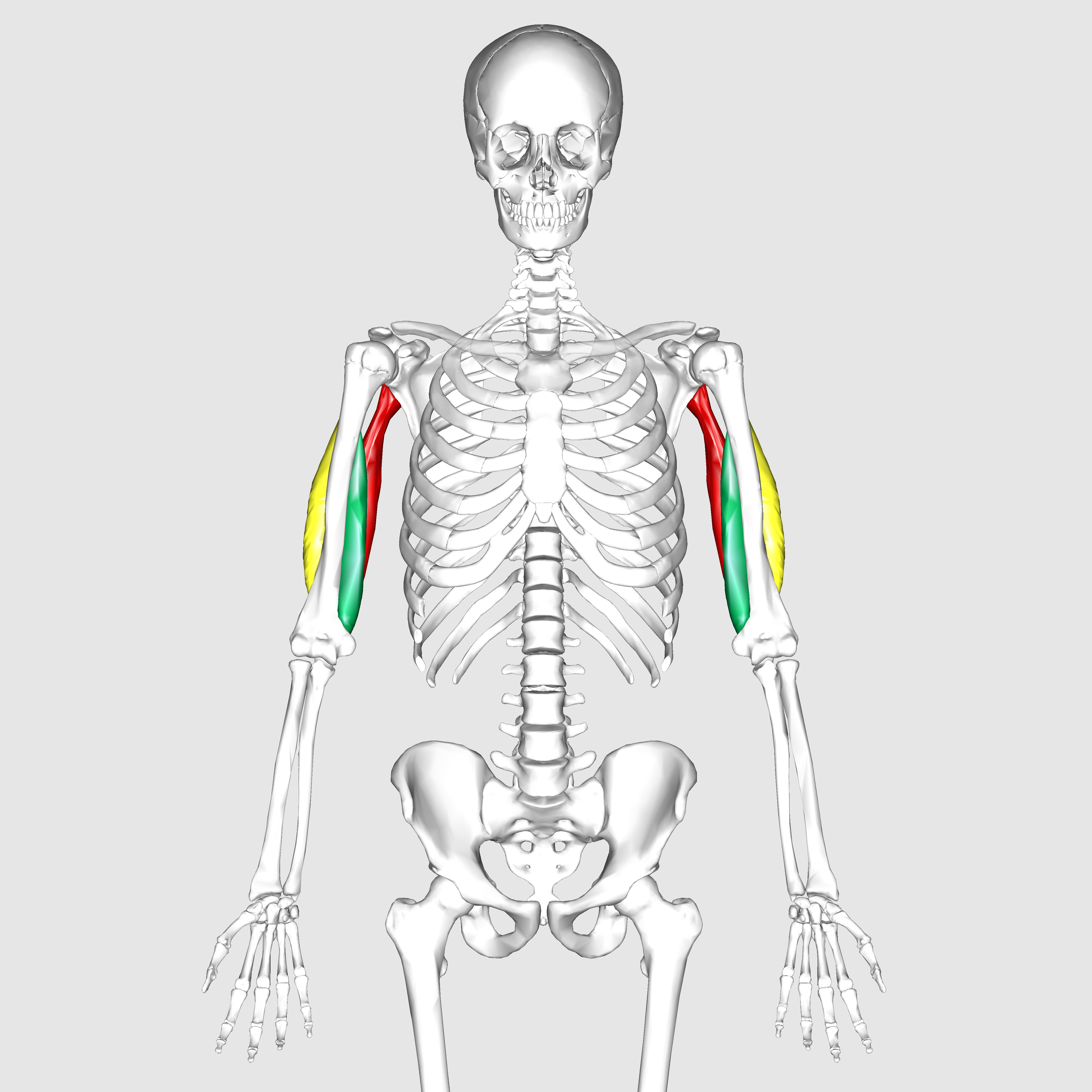

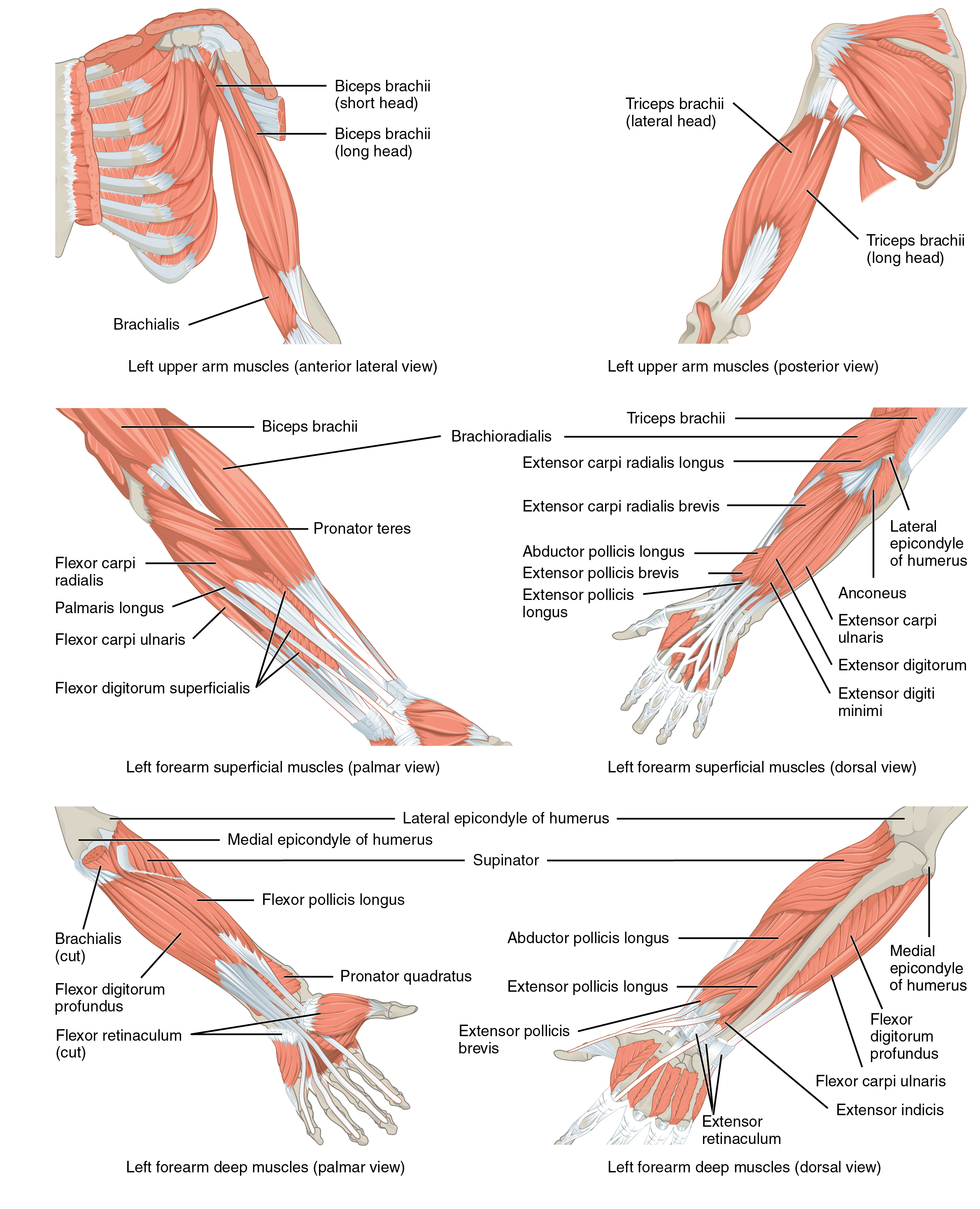
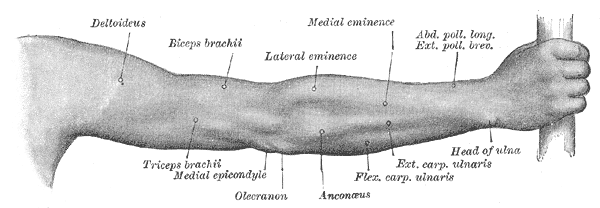
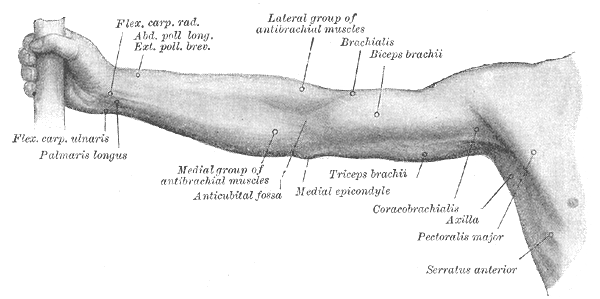
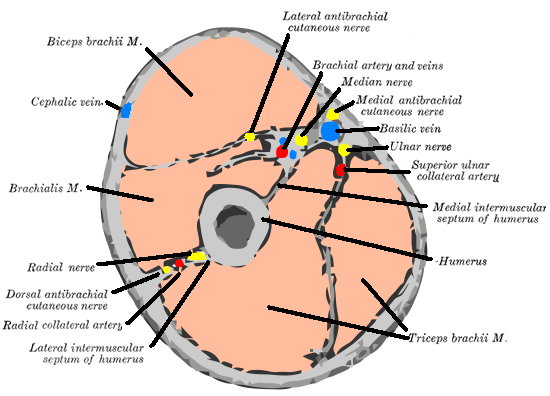
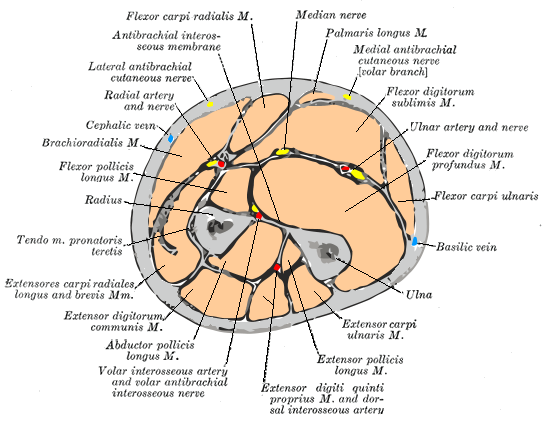
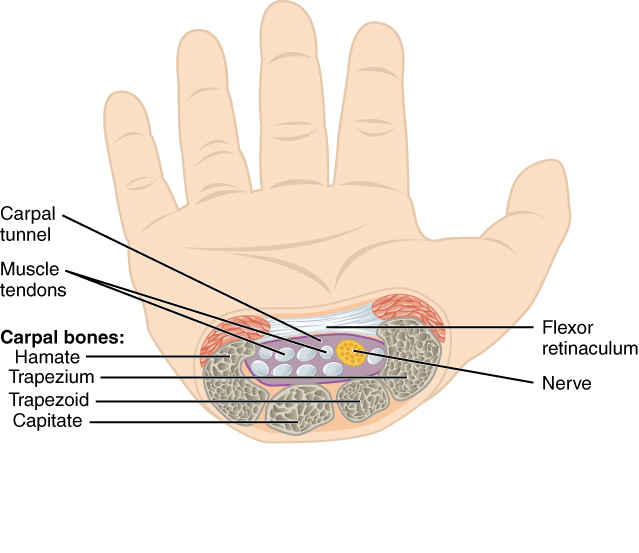
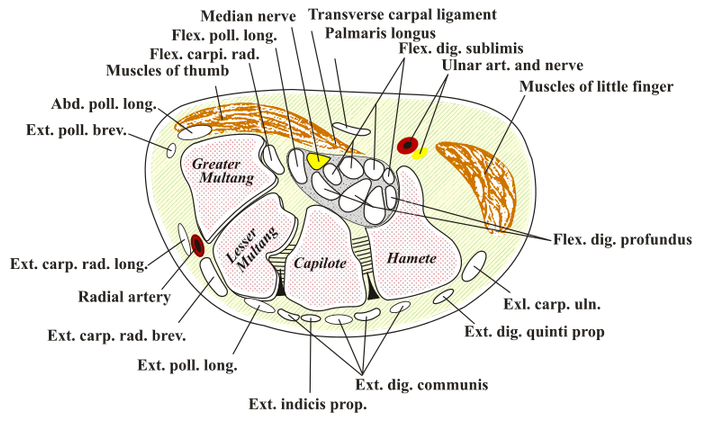
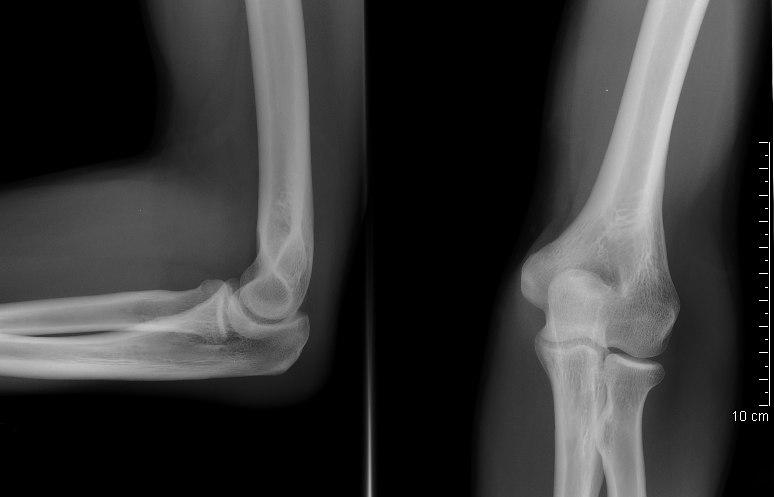
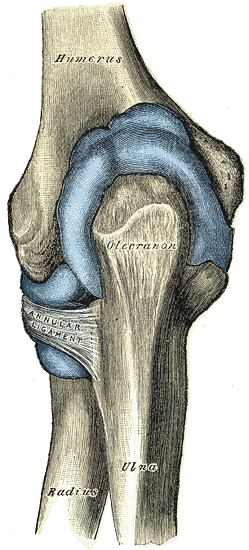
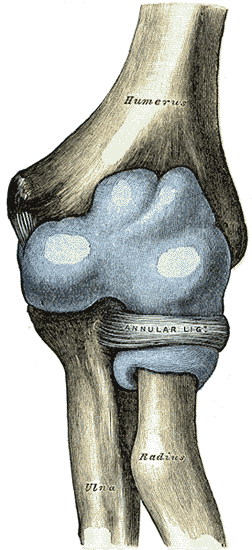
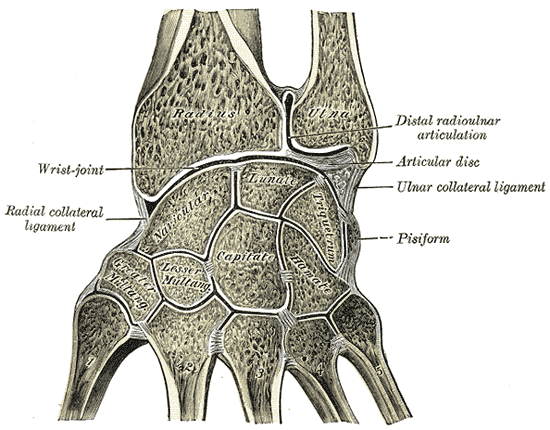
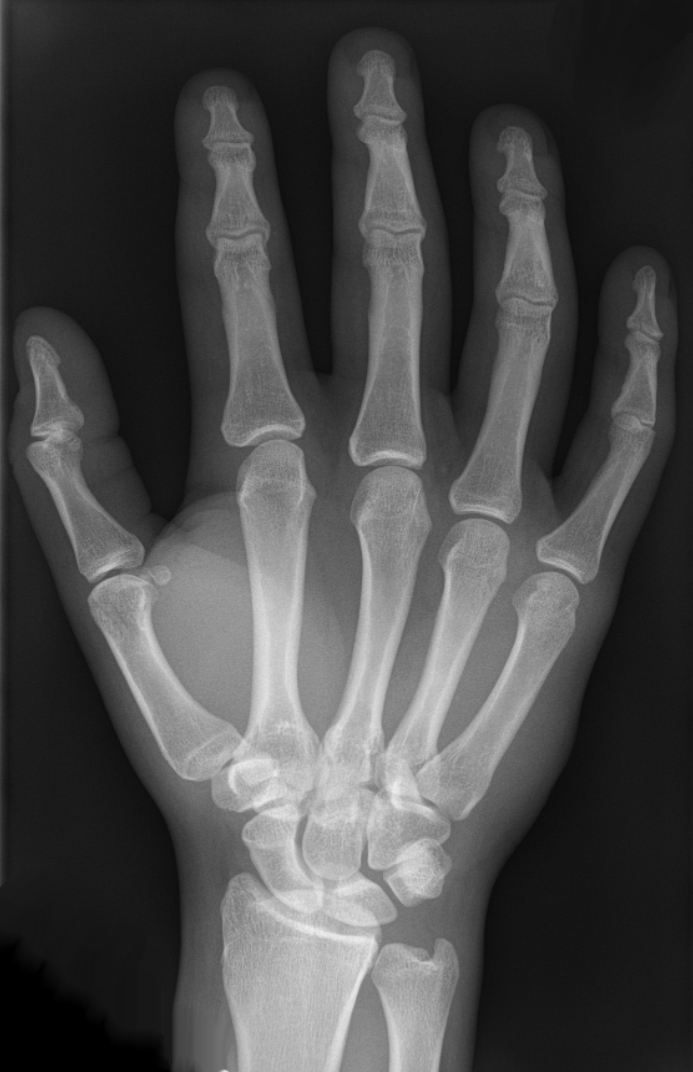
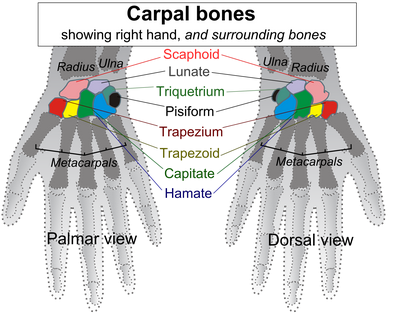
_01_palmar_view.png)
_02_dorsal_view.png)
_03_ulnar_view.png)
_04_radial_view.png)
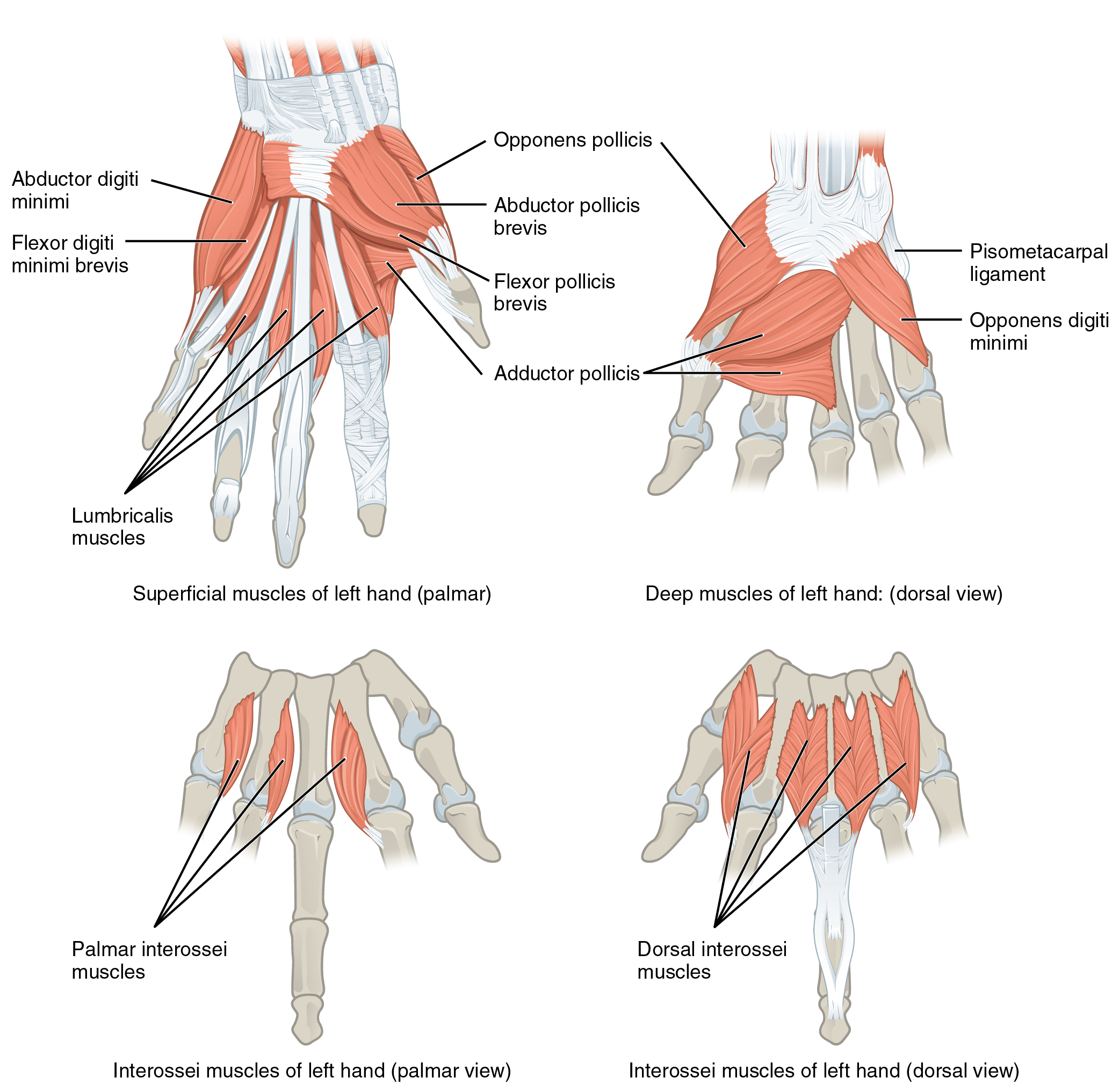
.png)
Extensor Muscles
compartment
1 Abductor policis longus Extensor pollicis brevis
2 Extensor radialis longus Extensor carpi radialis brevis
3 Extensor pollicis longus
4 Extensor indicis Extensor digitorum communis
5 Extensor digiti minimi
6 Extensor carpi ulnaris
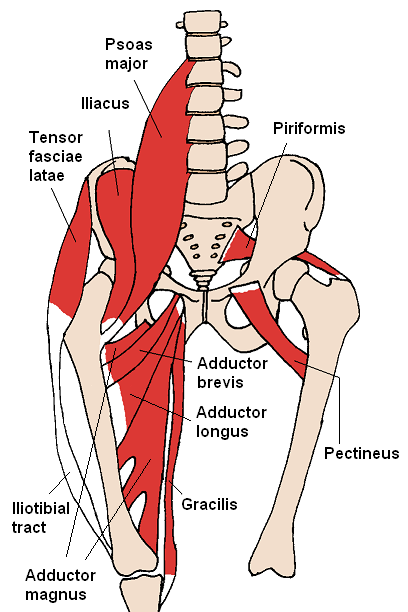
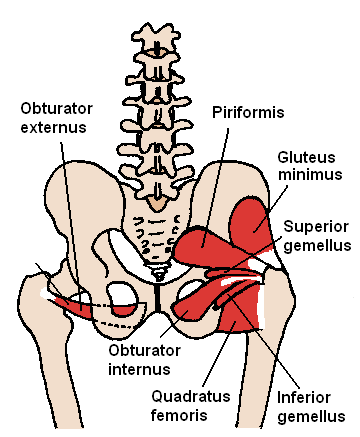
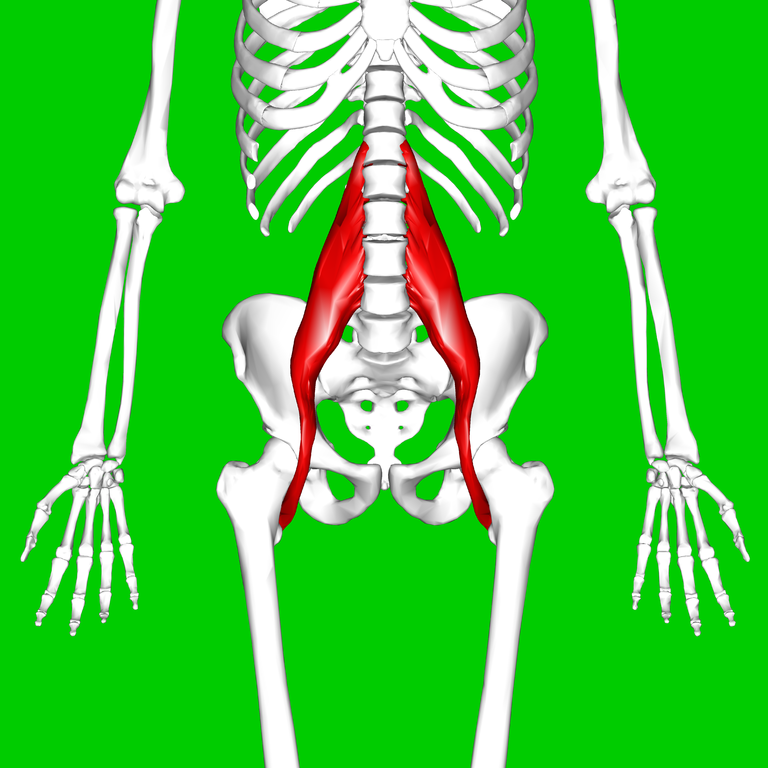
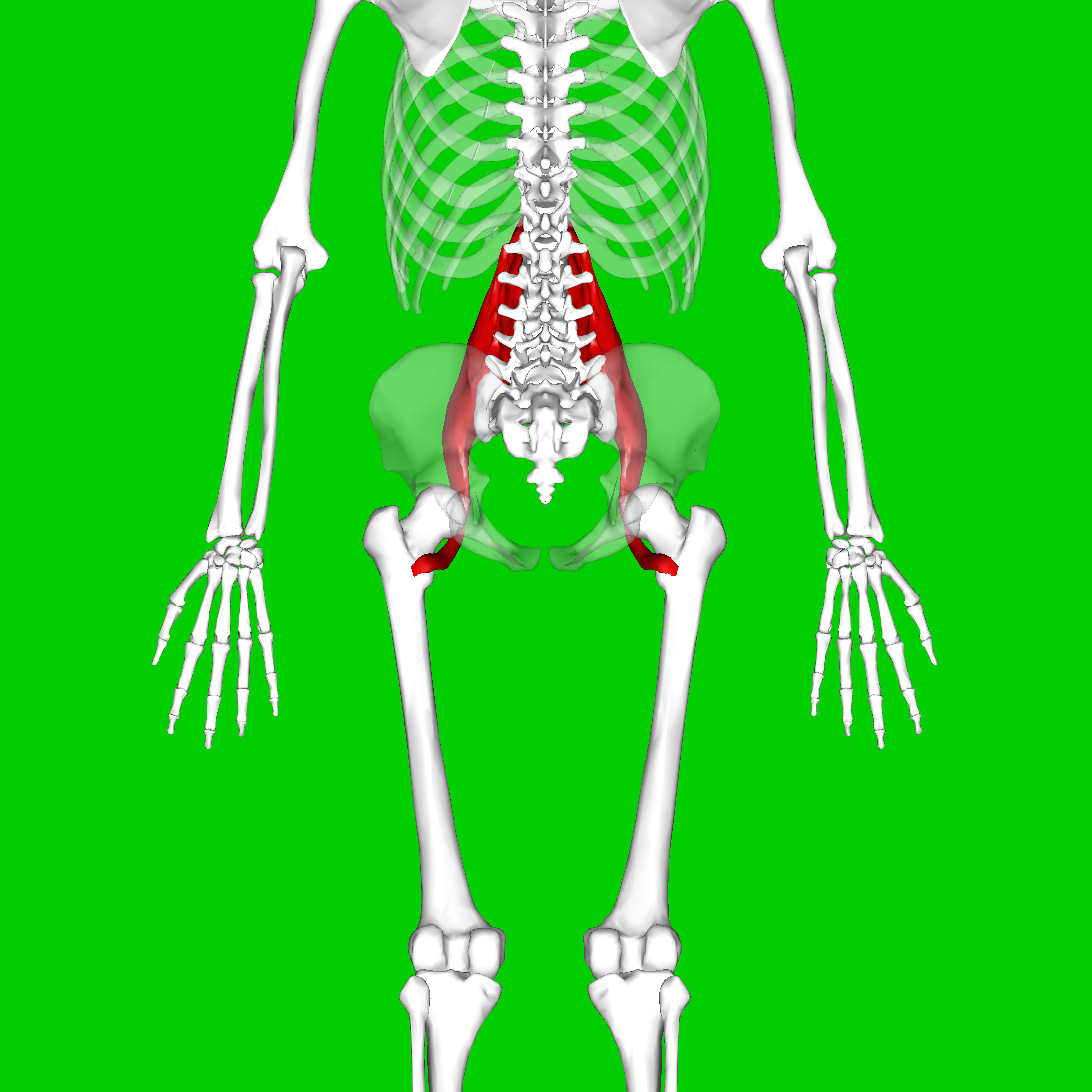
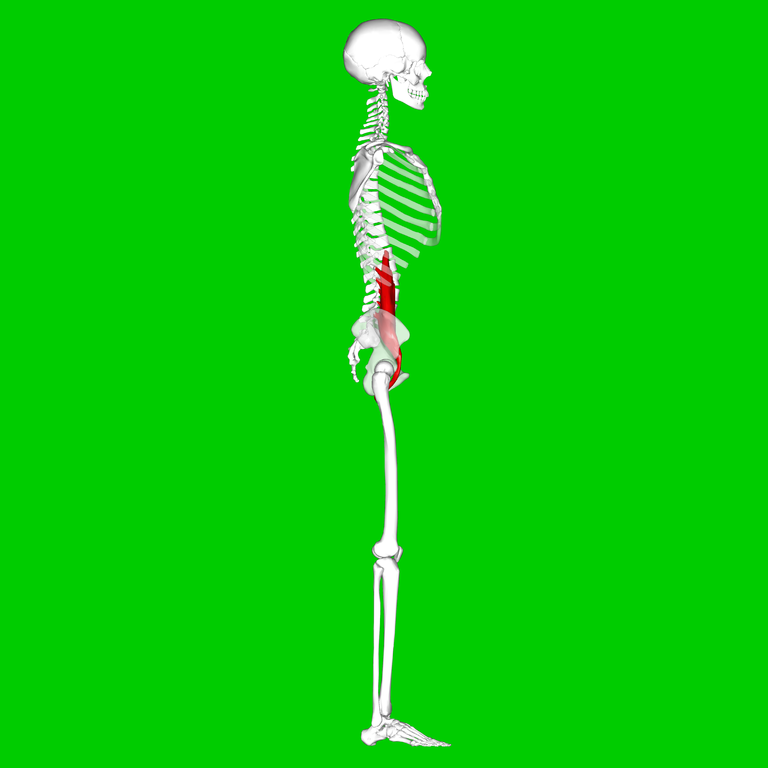
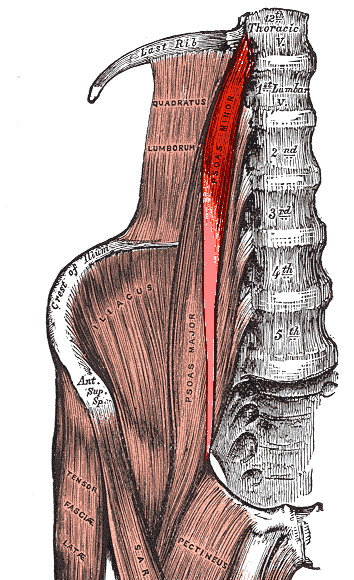
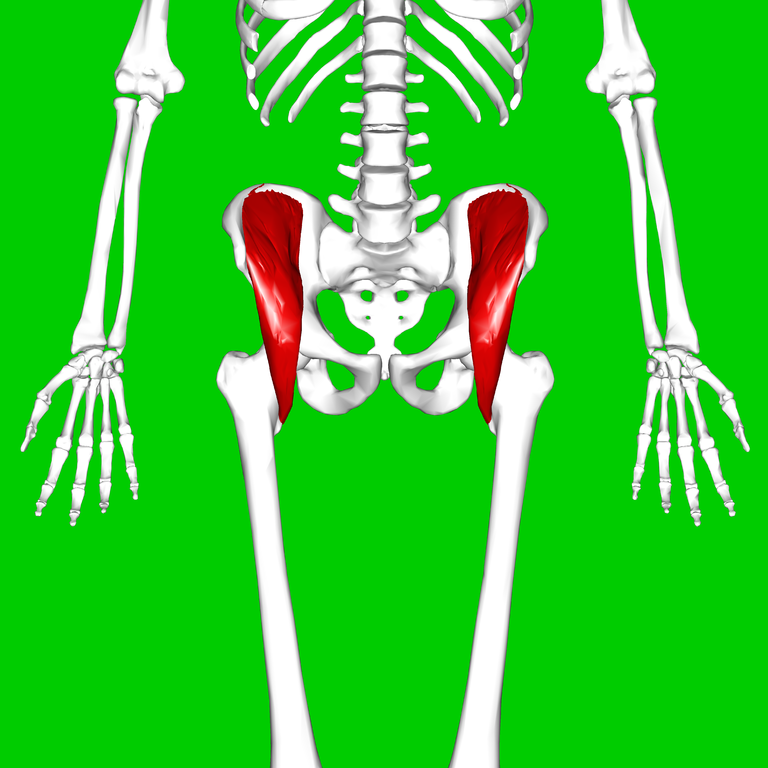
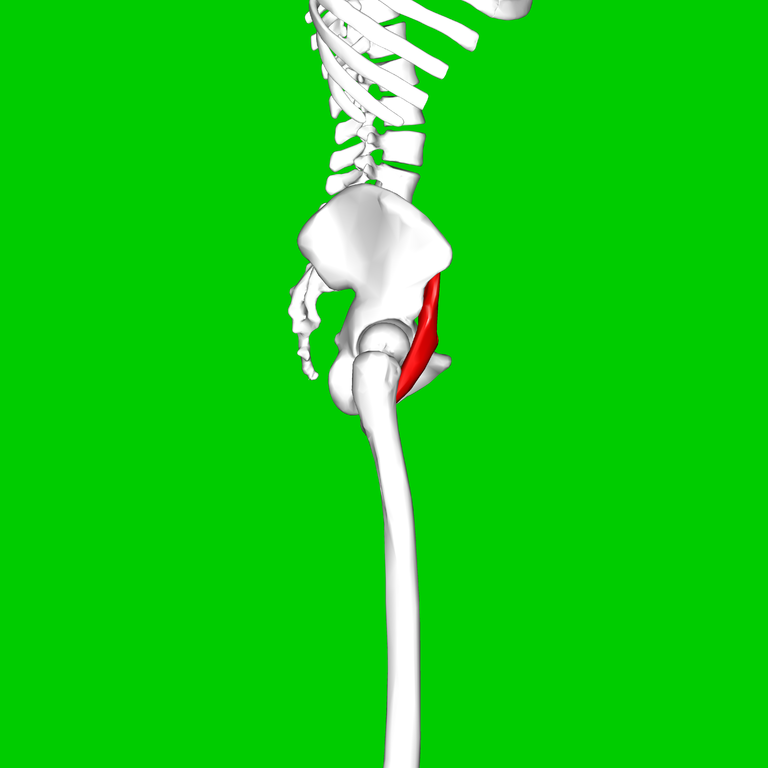
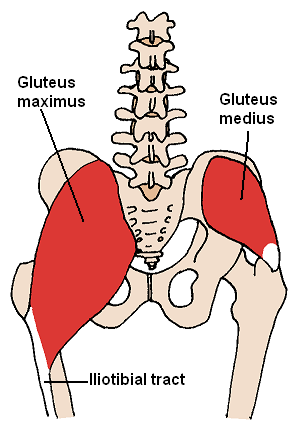
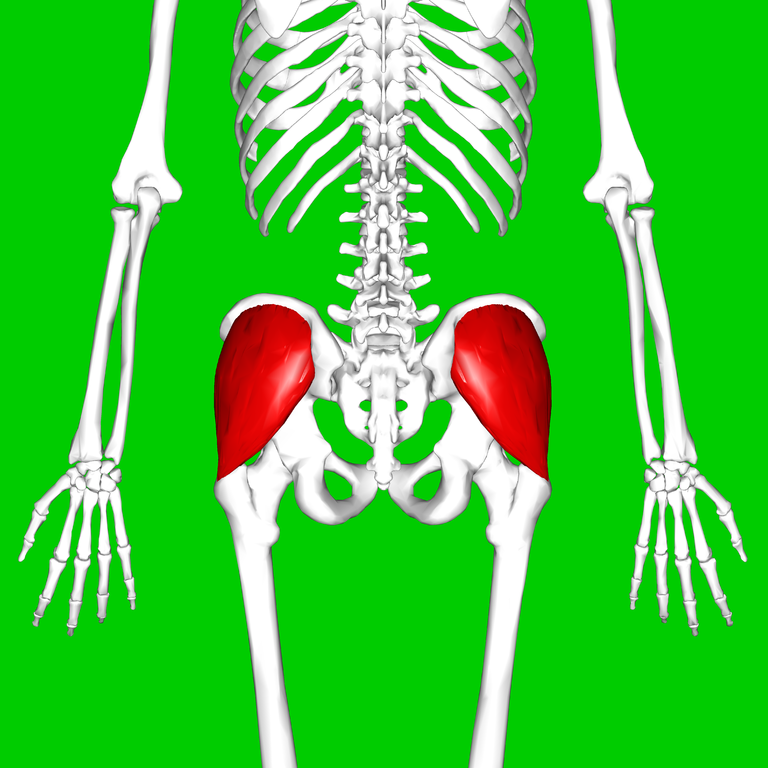
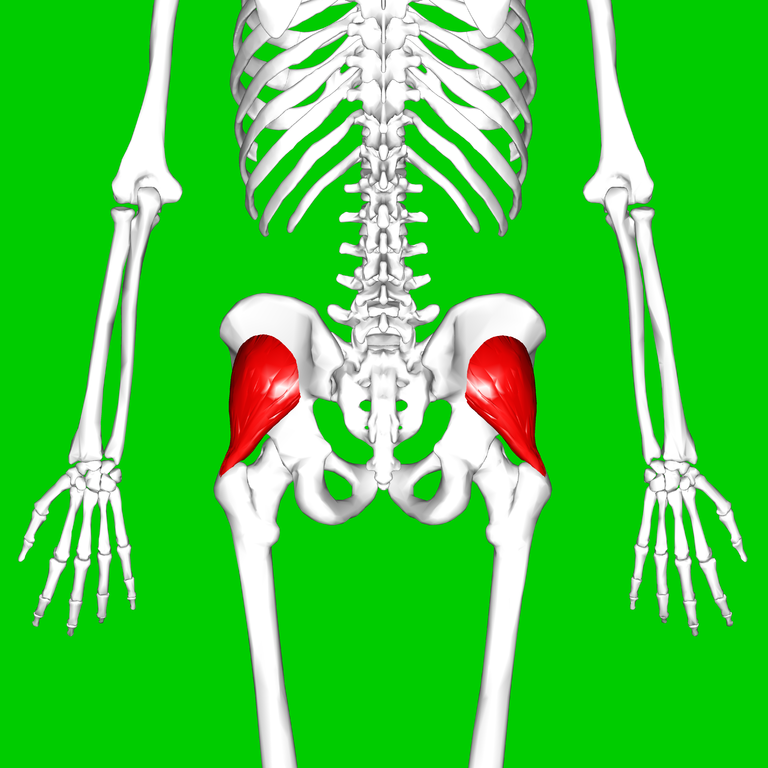

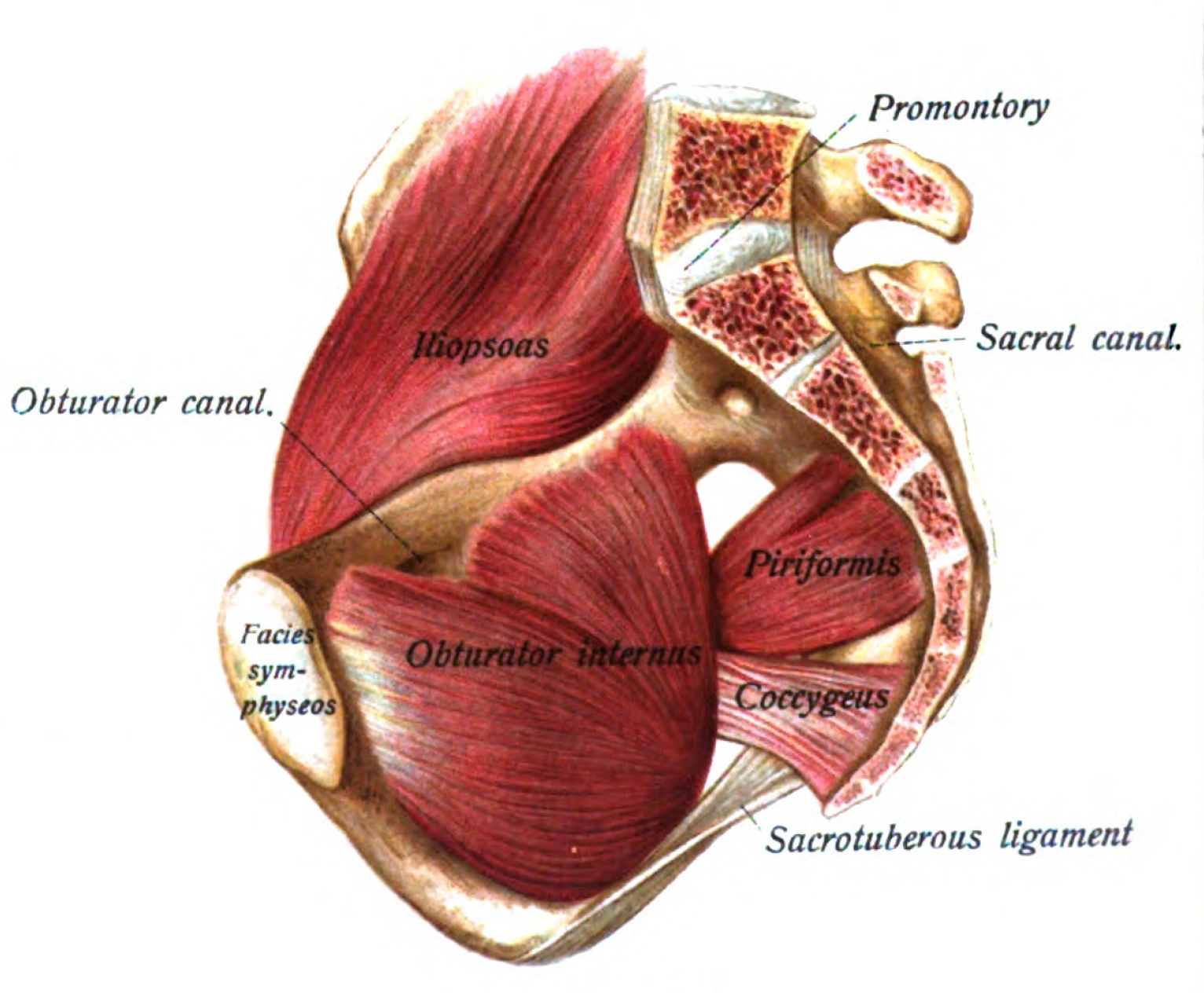
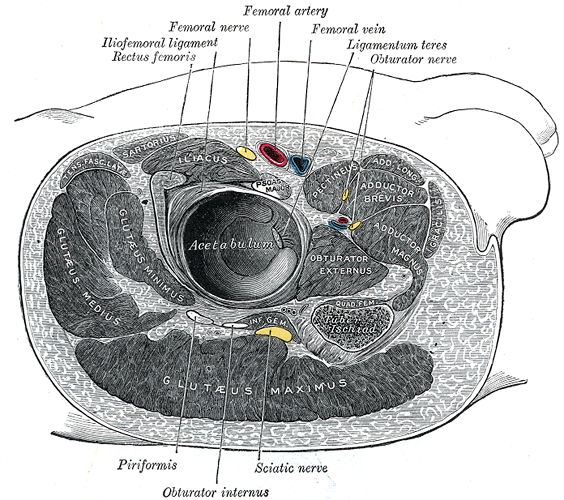
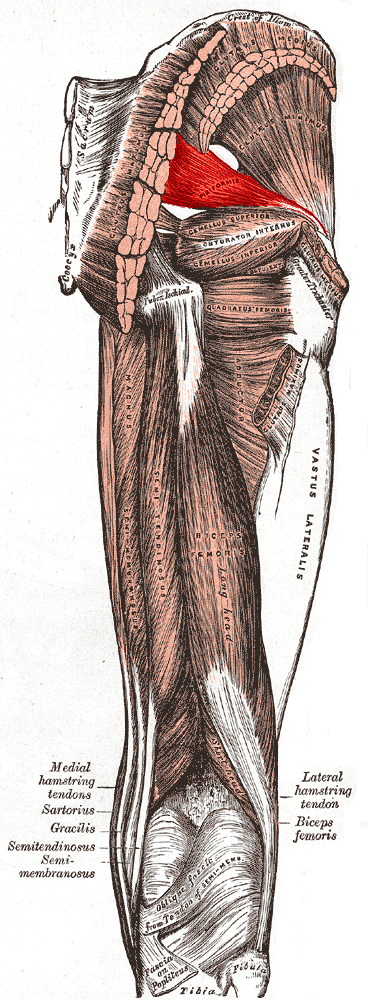
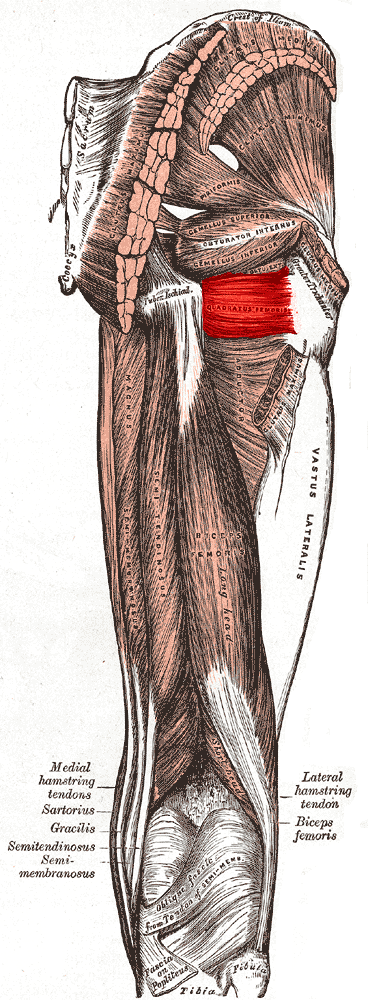
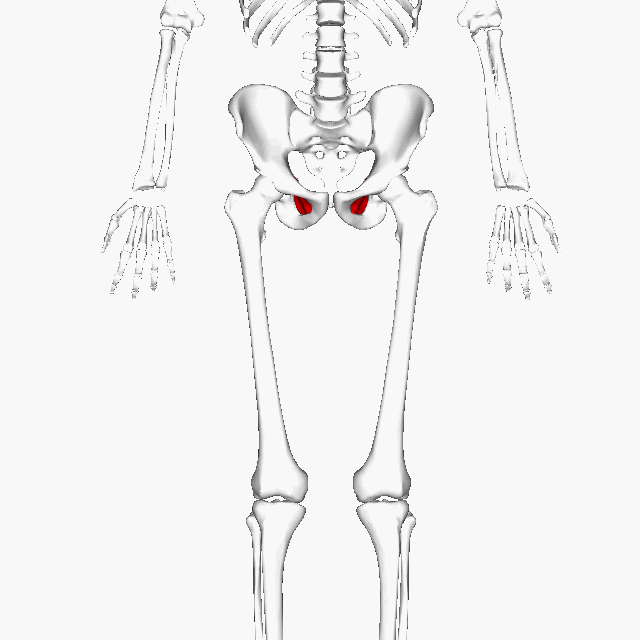
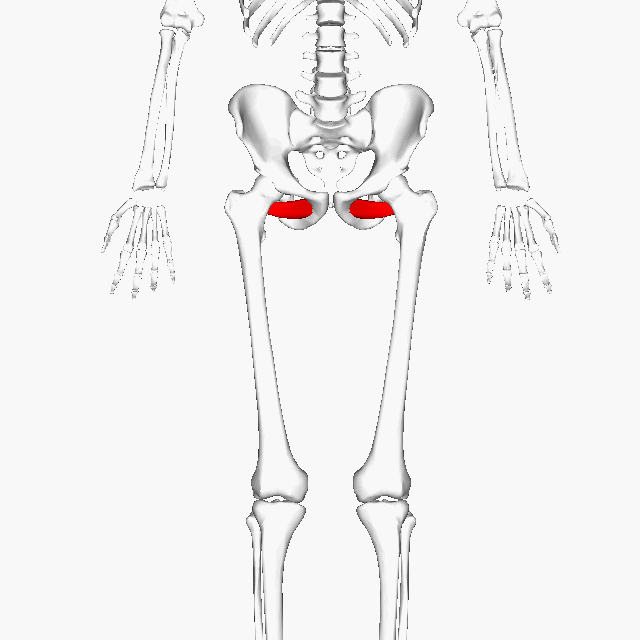
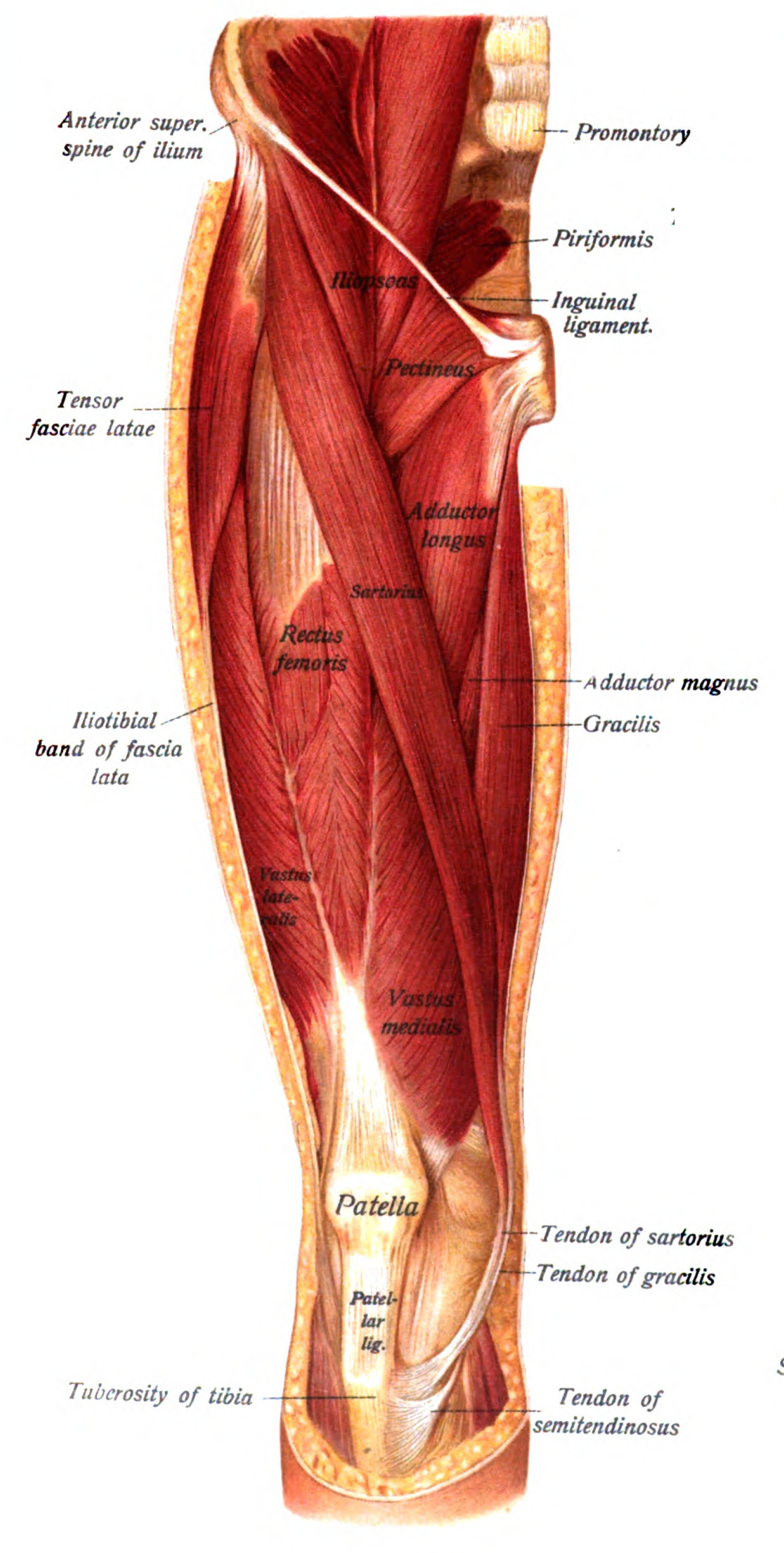
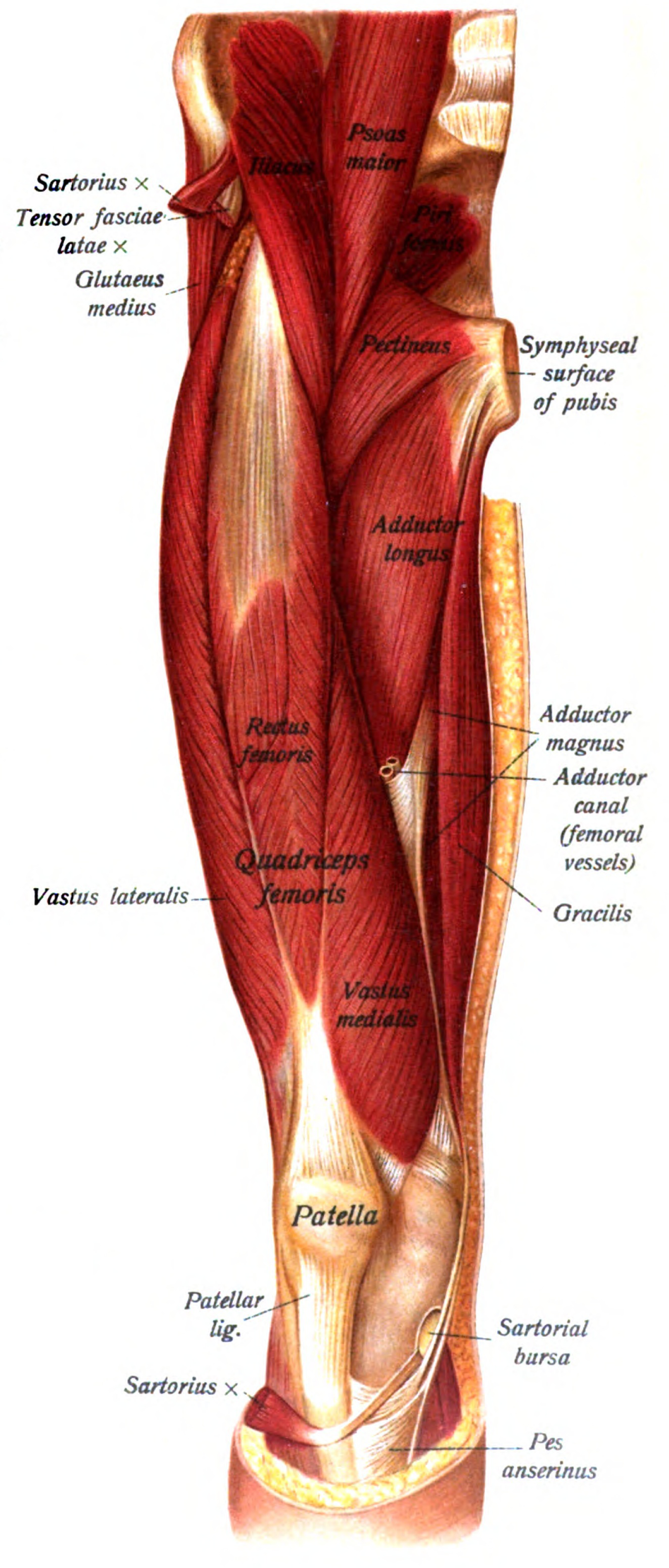
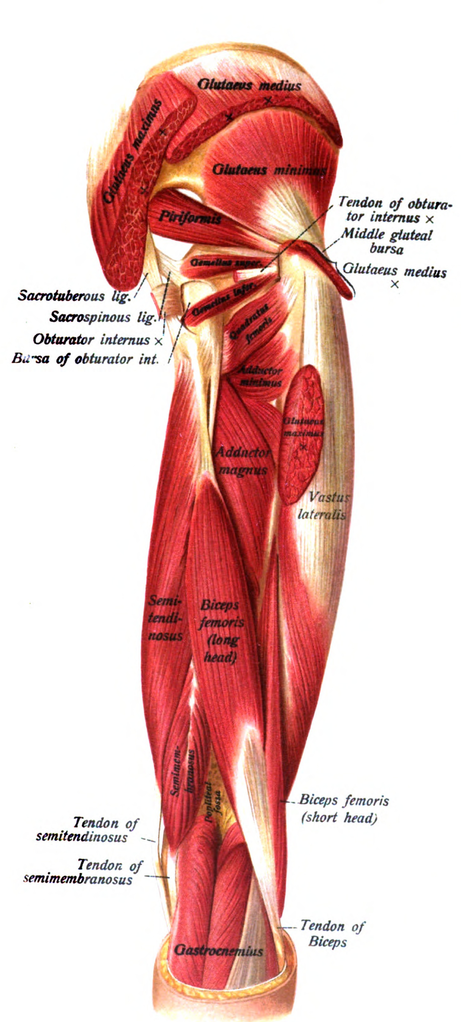
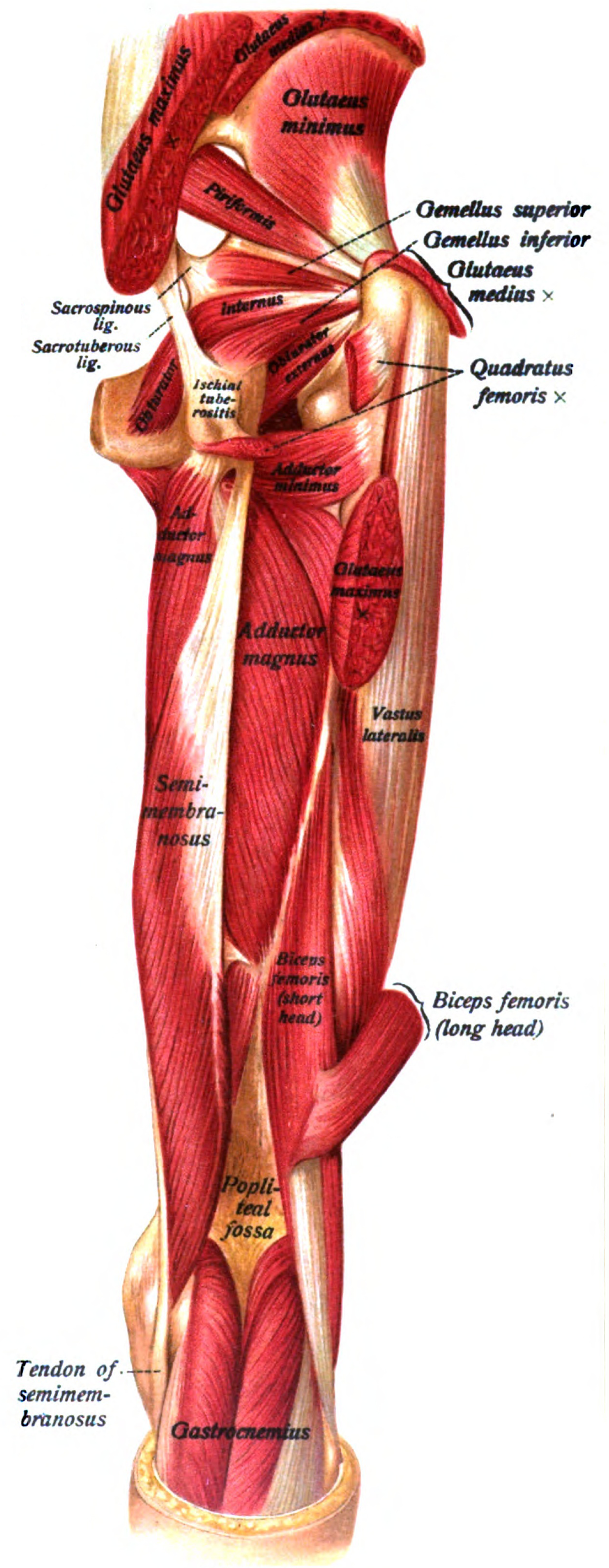
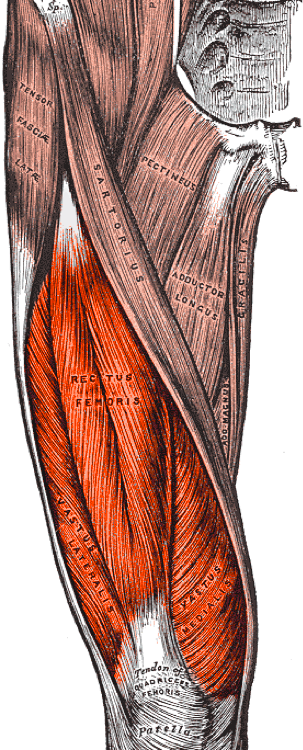
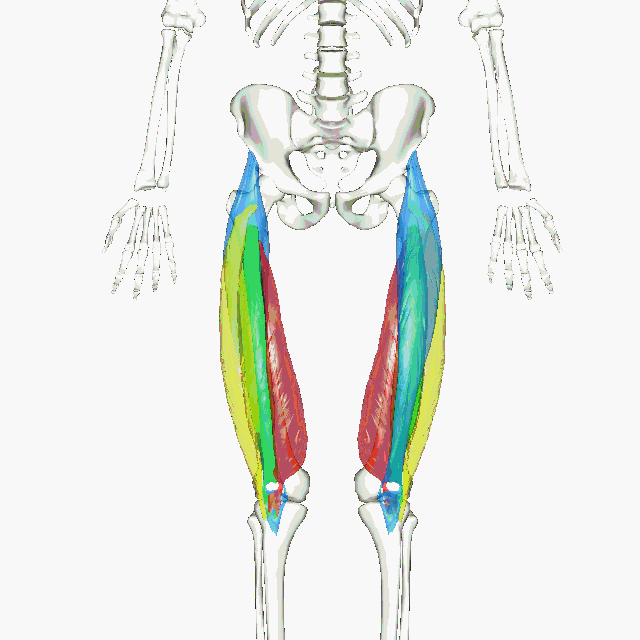
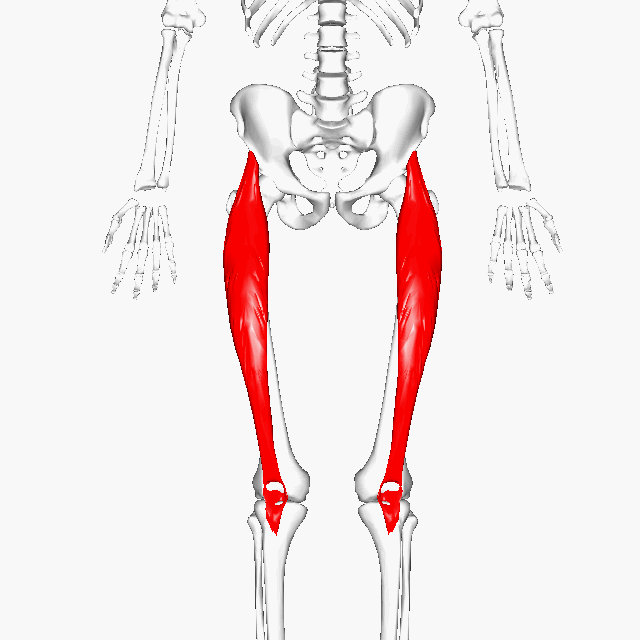
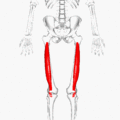
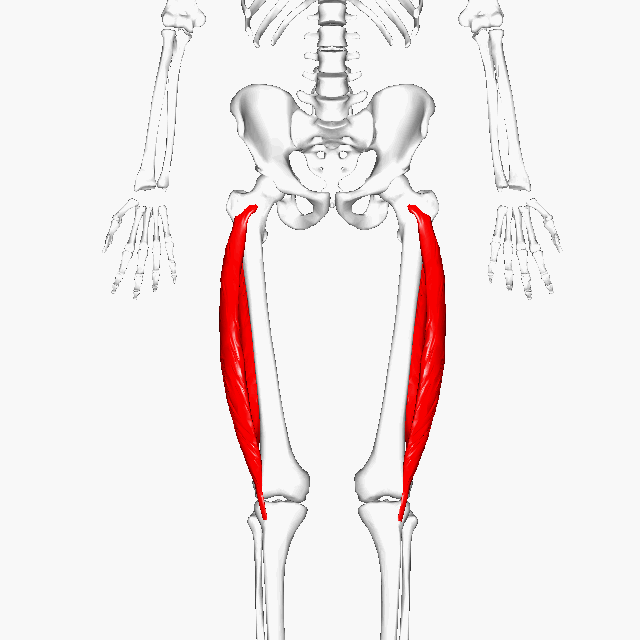
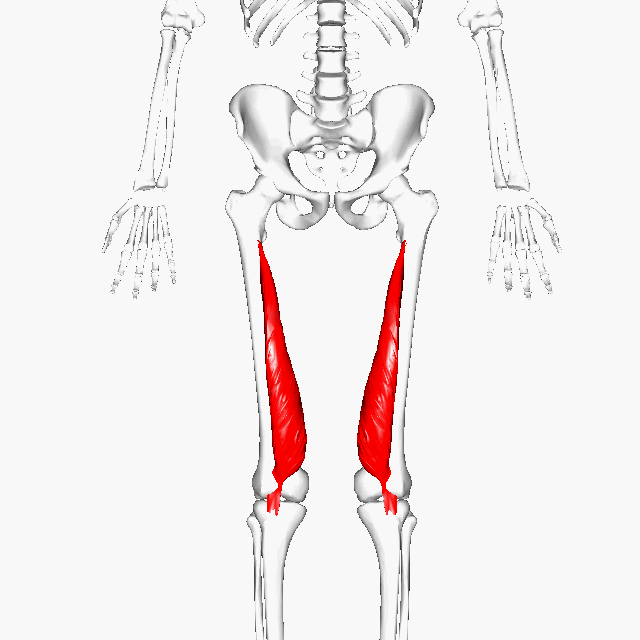
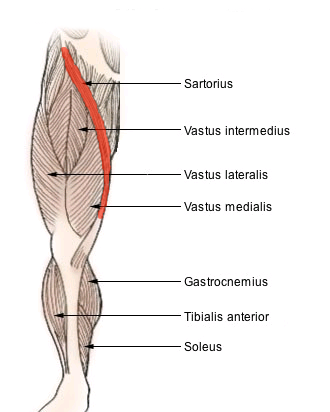
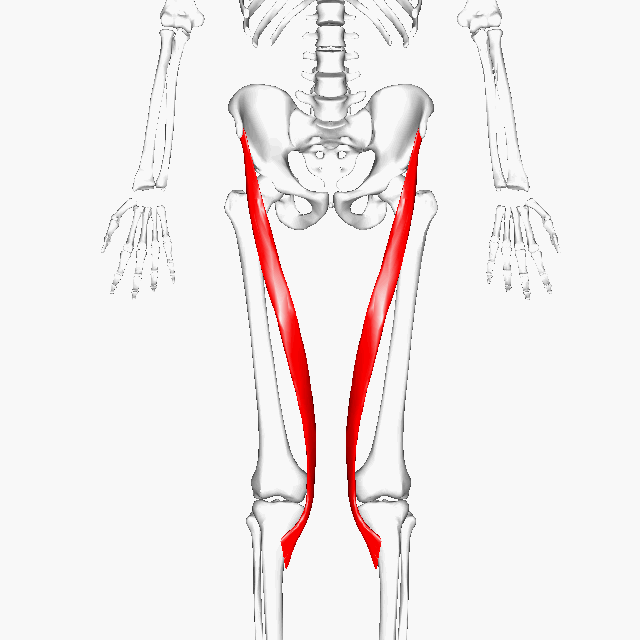
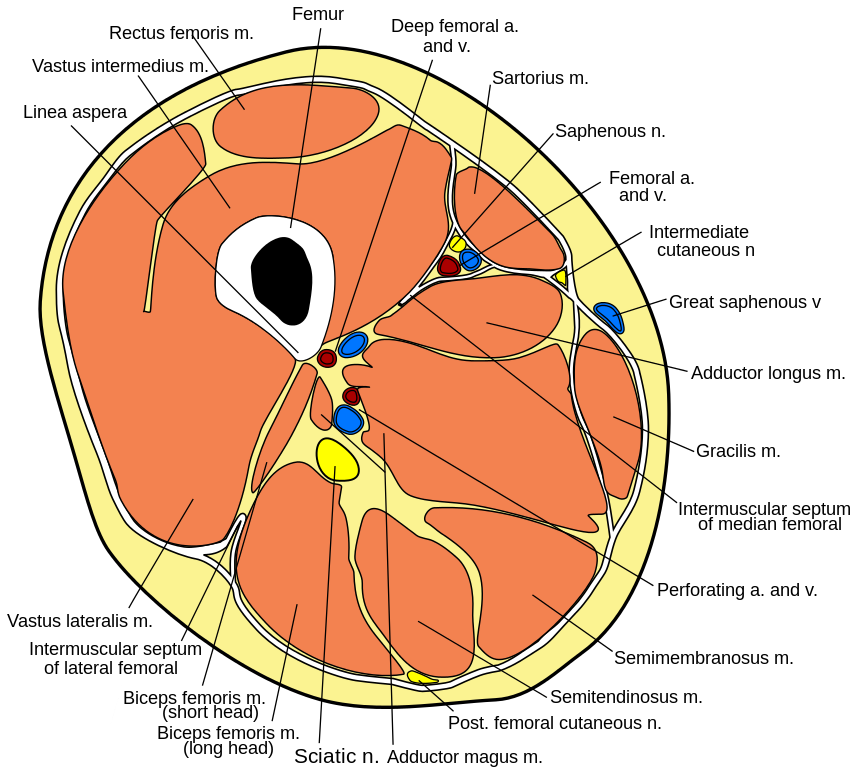
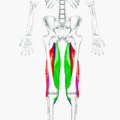
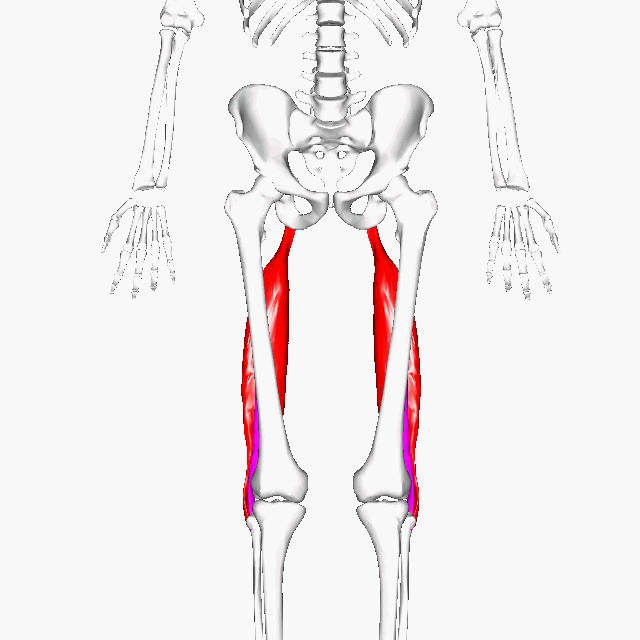
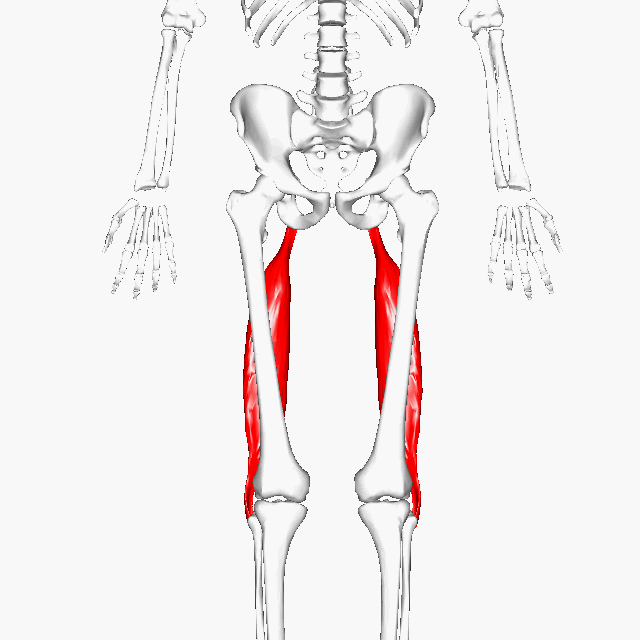
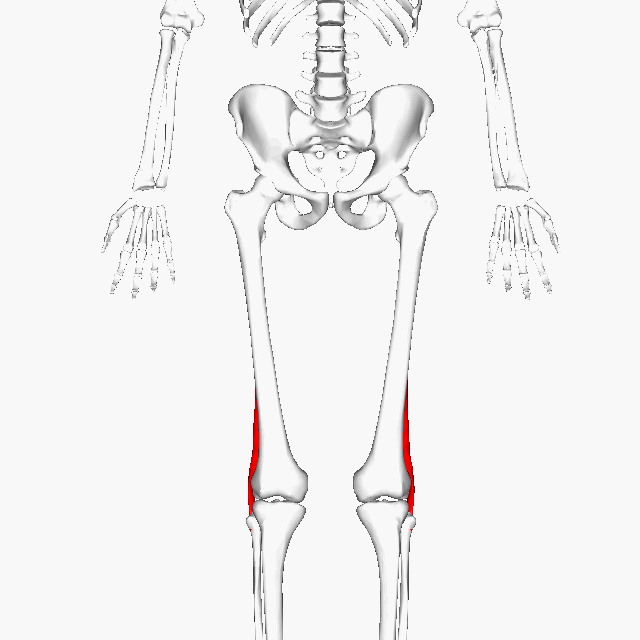
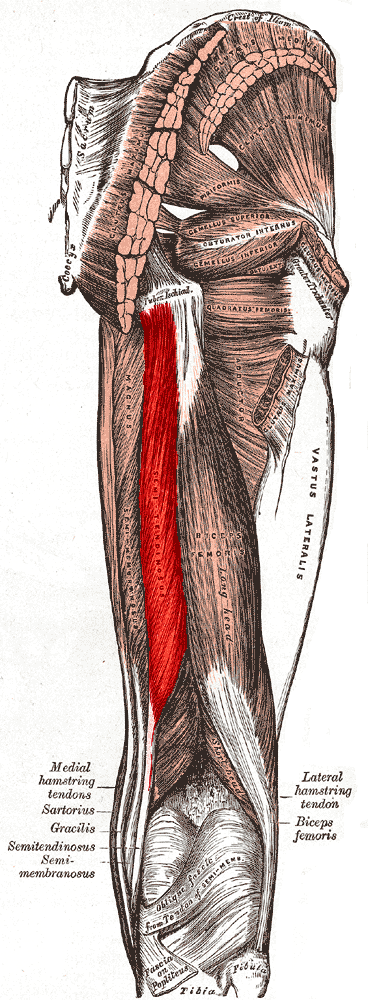
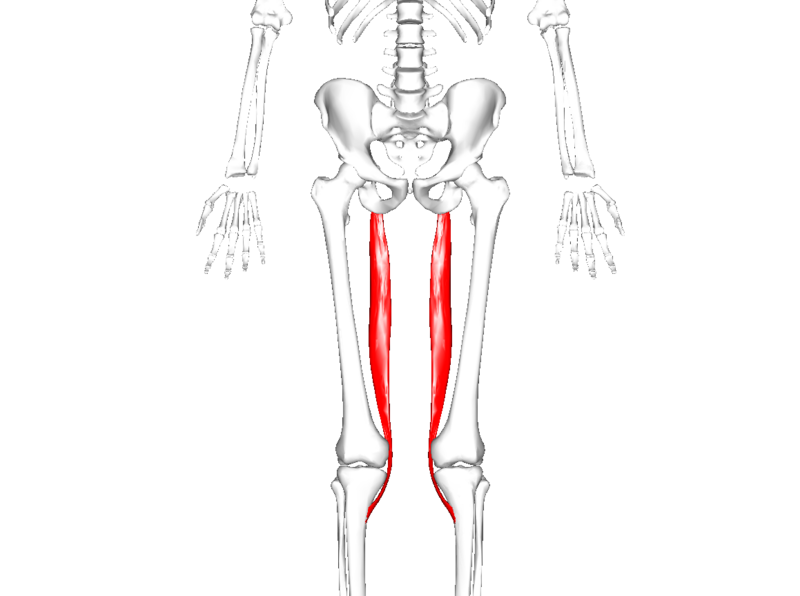
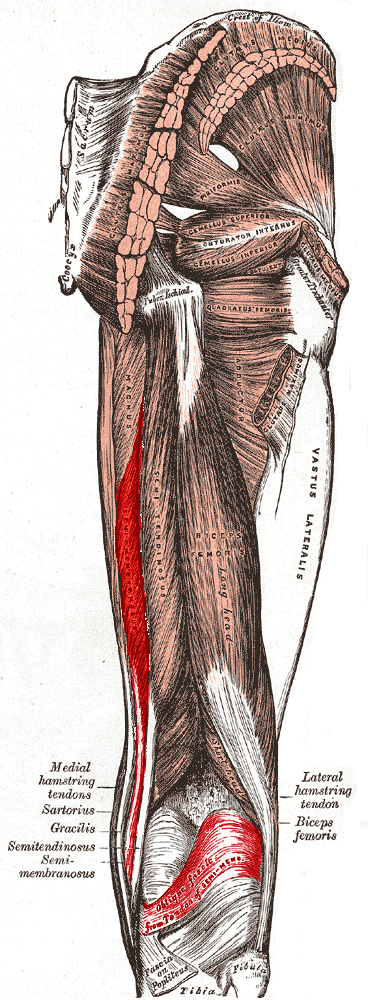
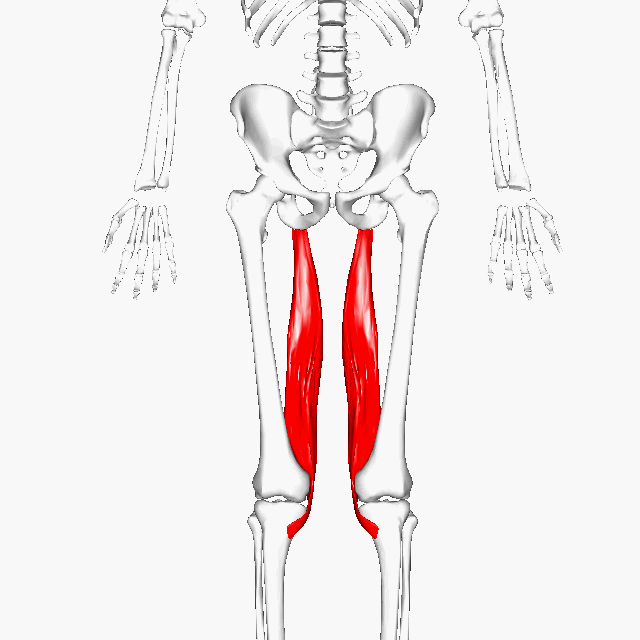
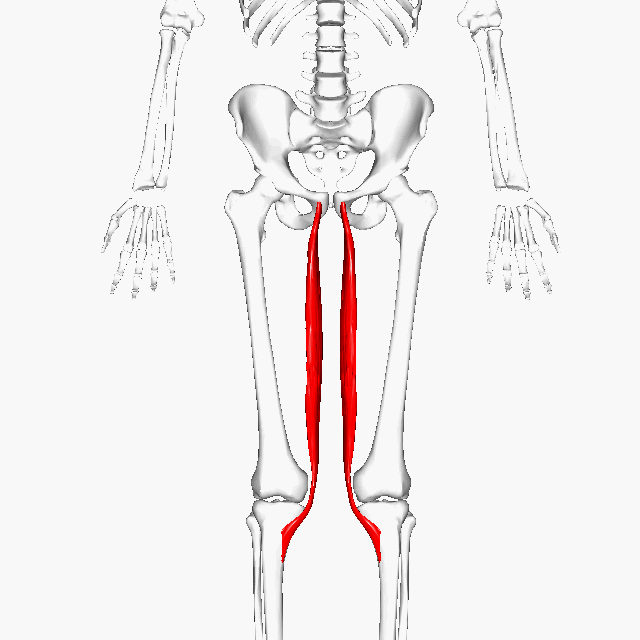
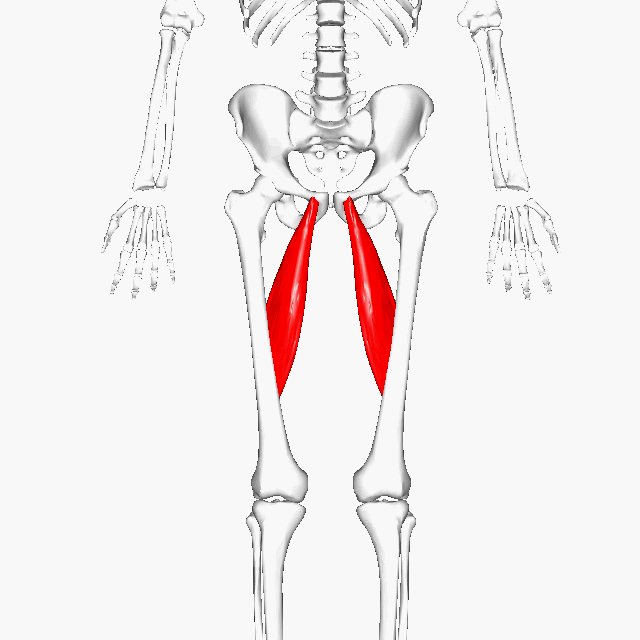
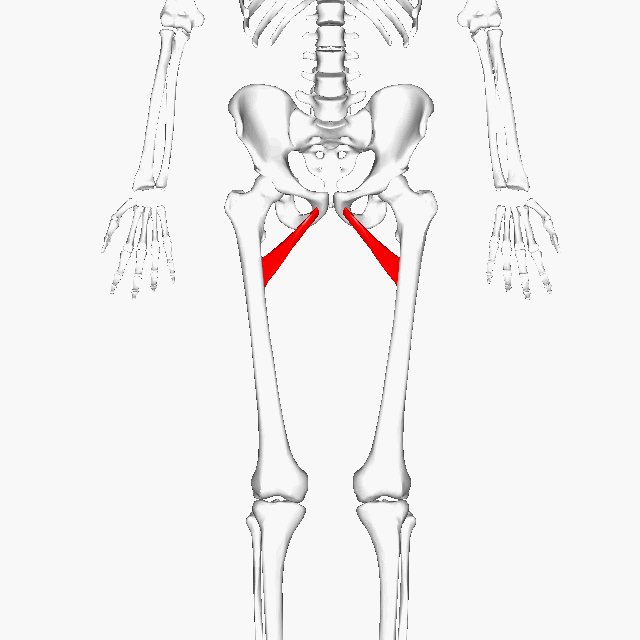
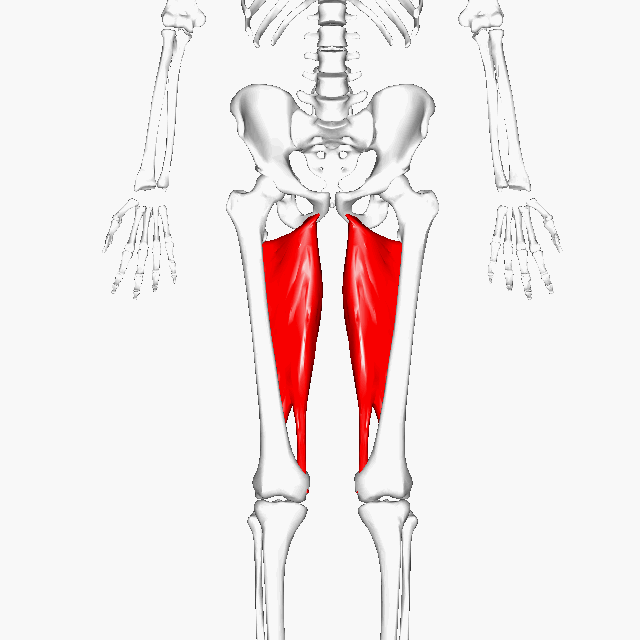
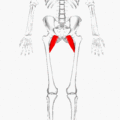
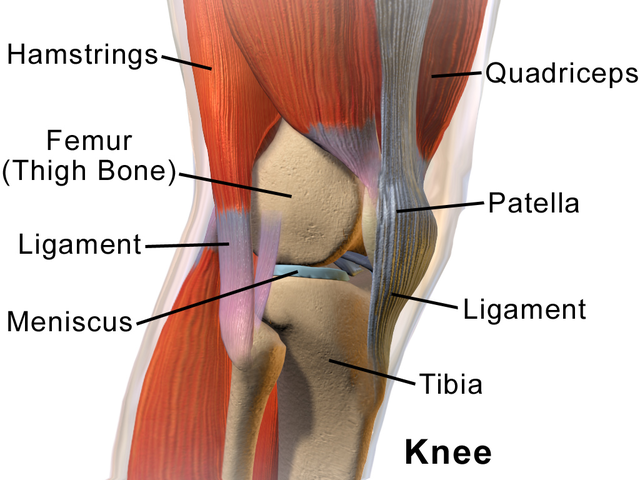
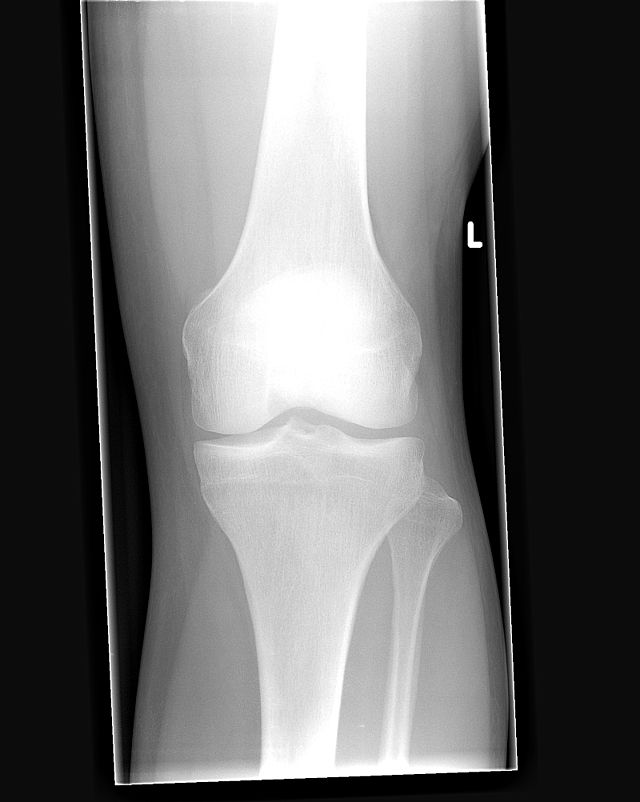
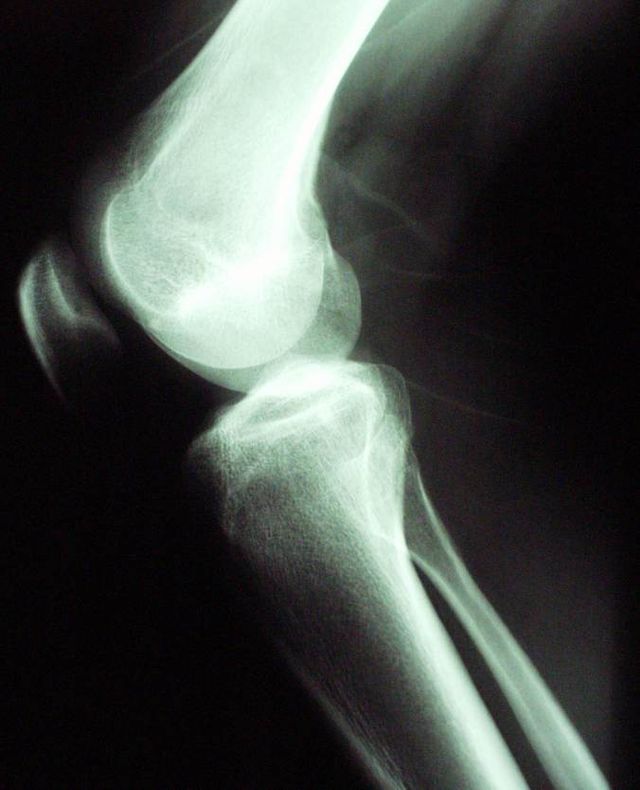
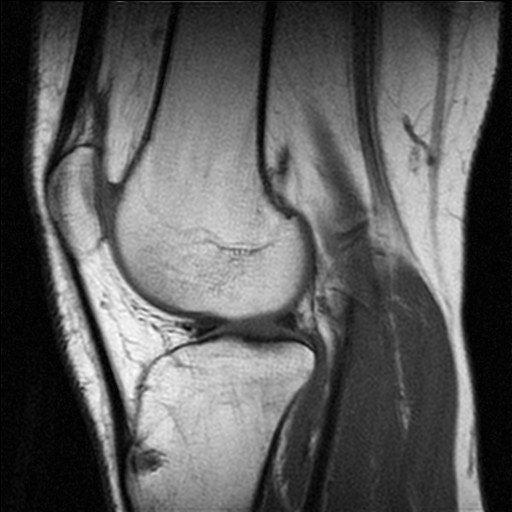
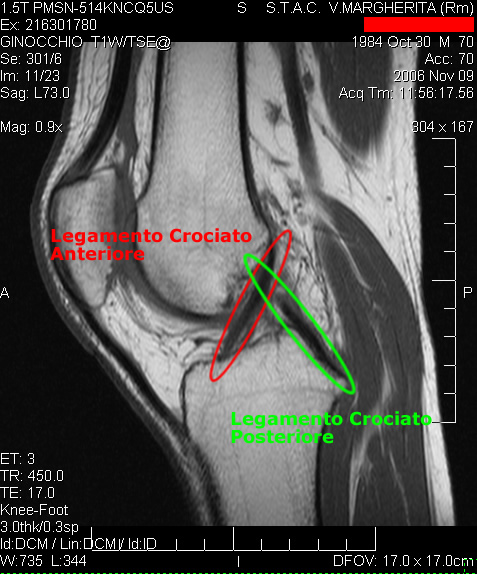
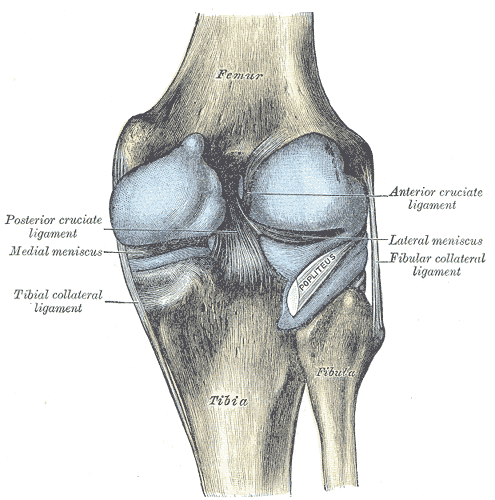
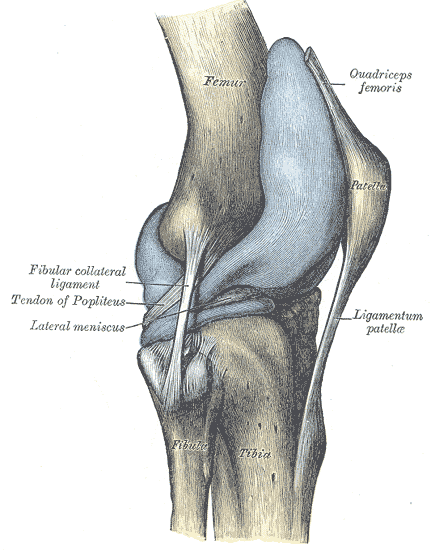
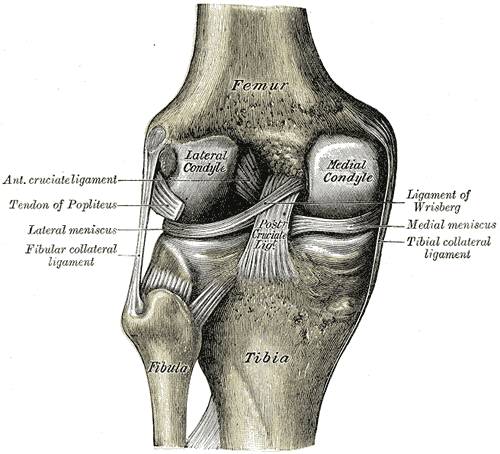
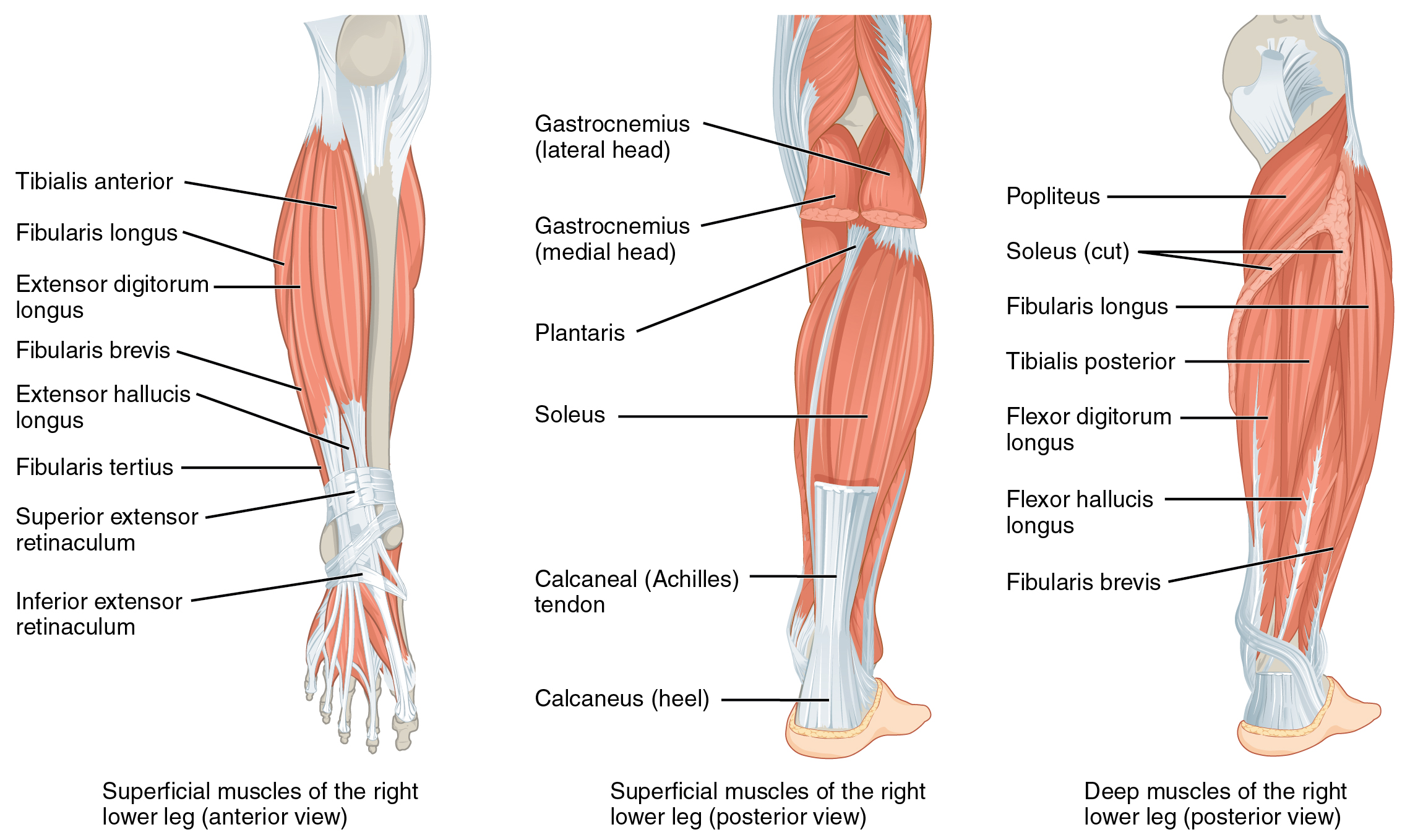
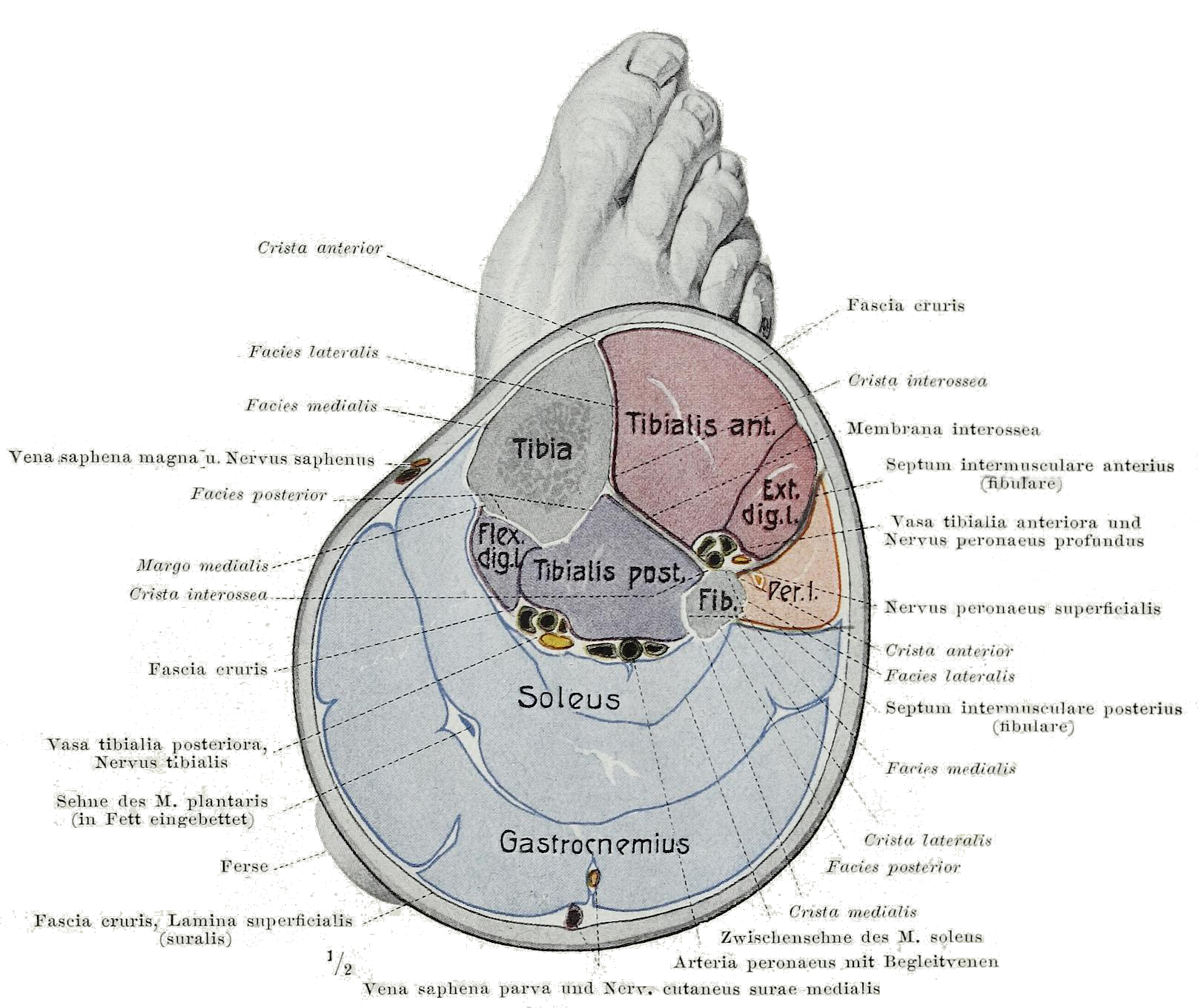
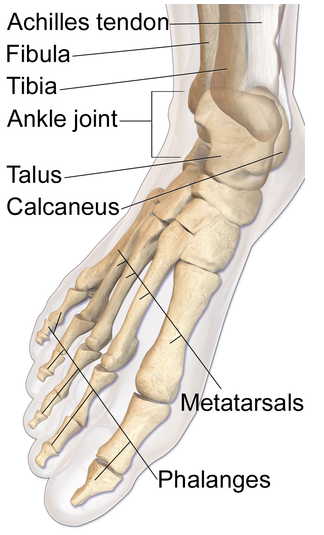
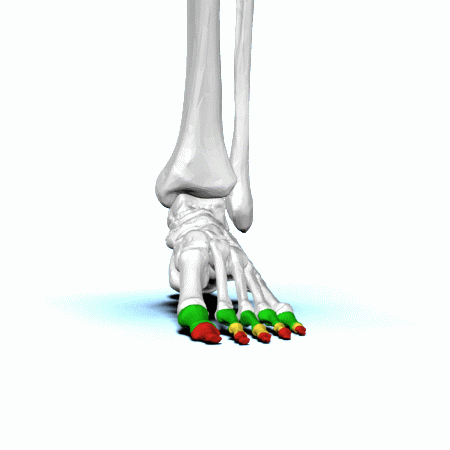
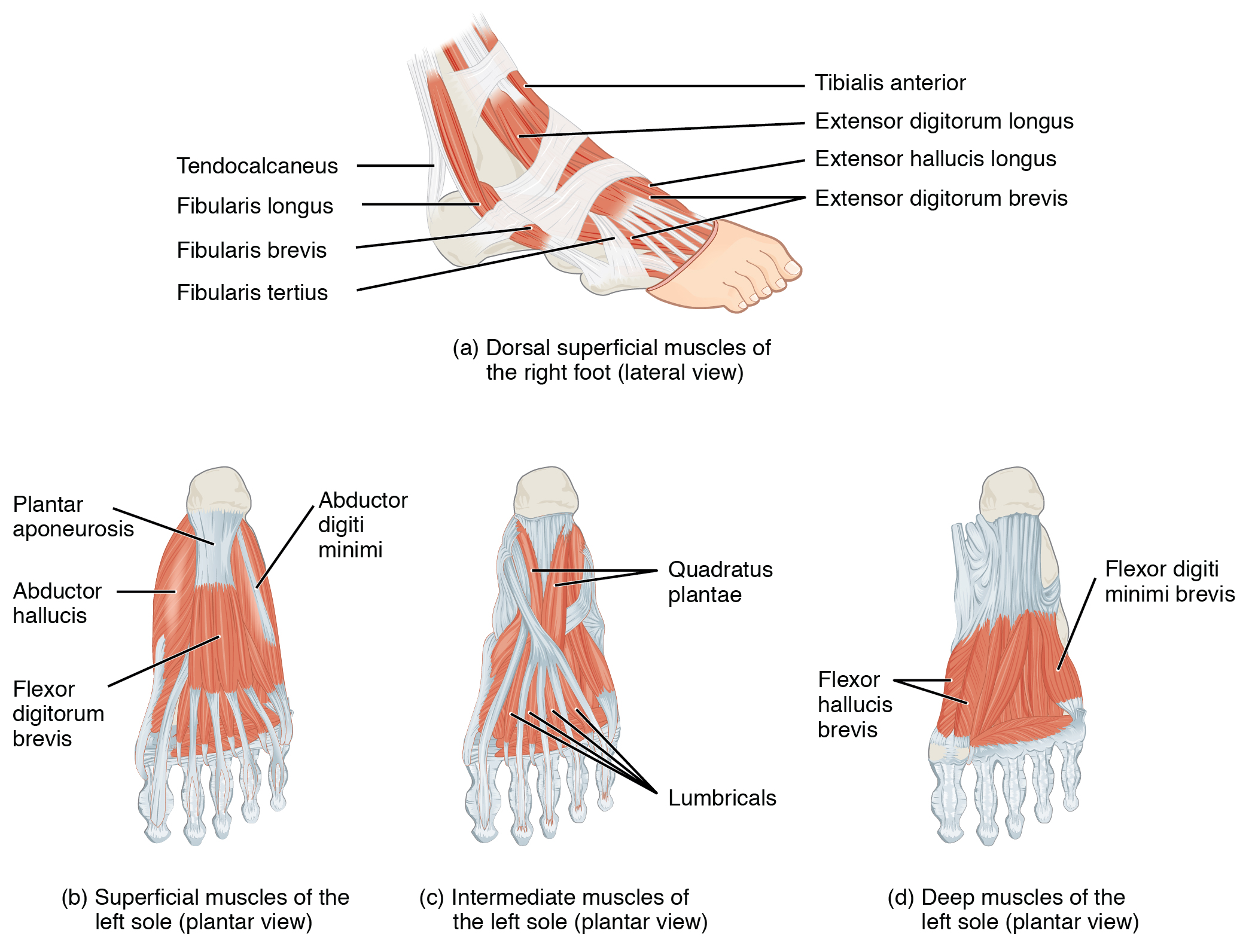
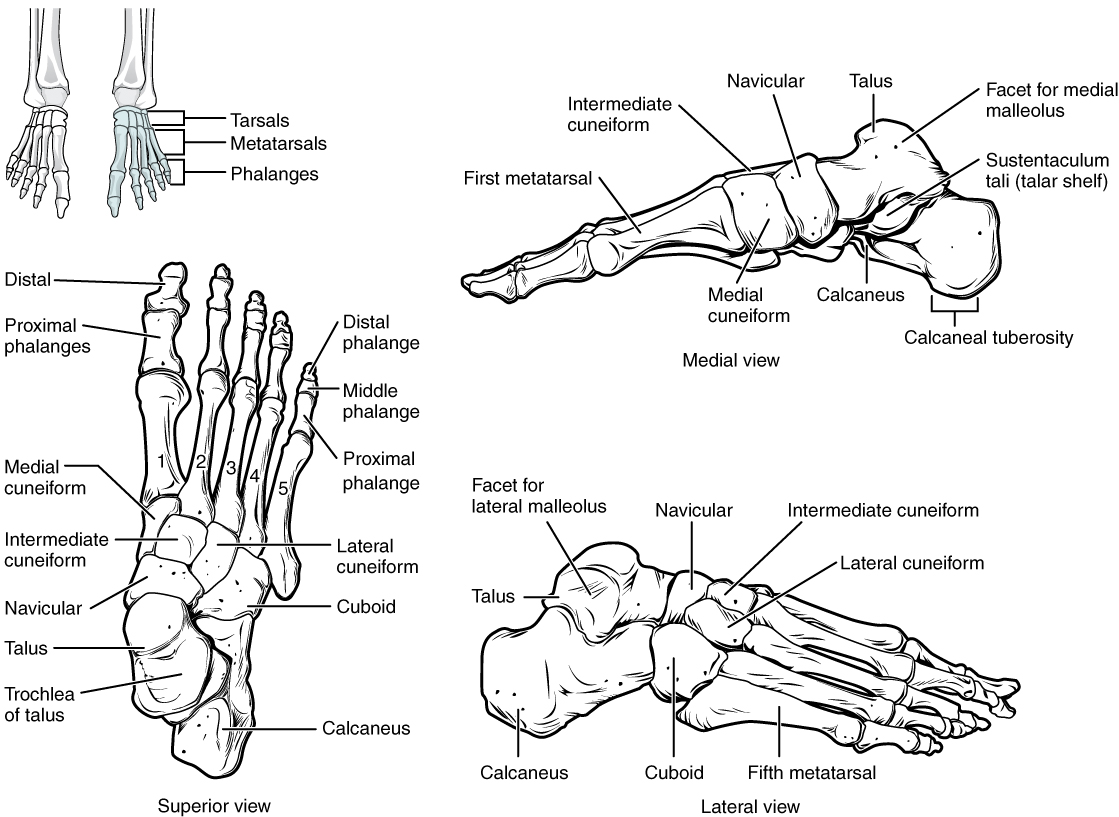
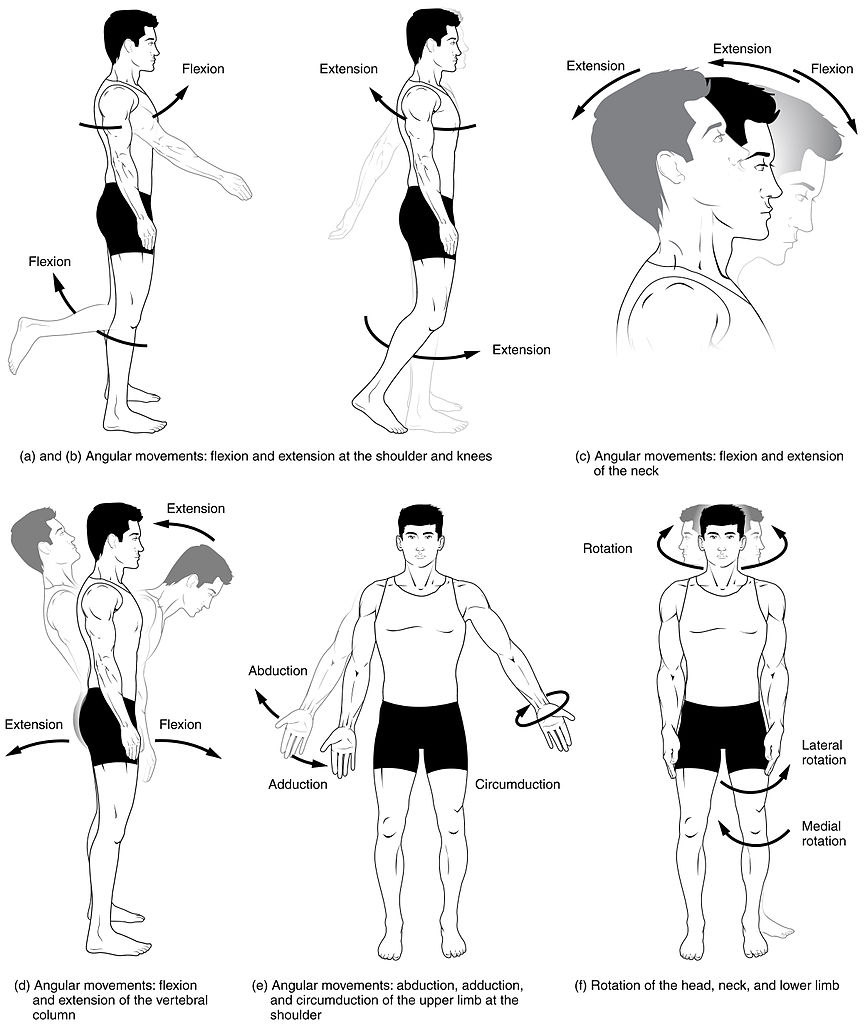
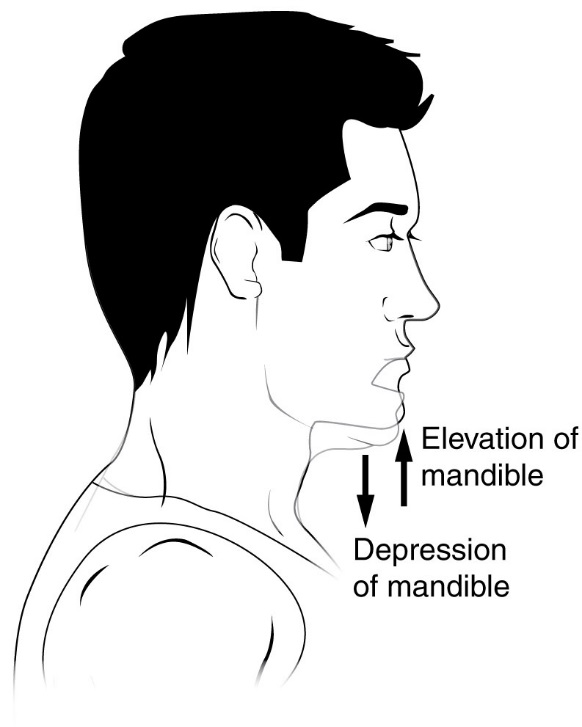
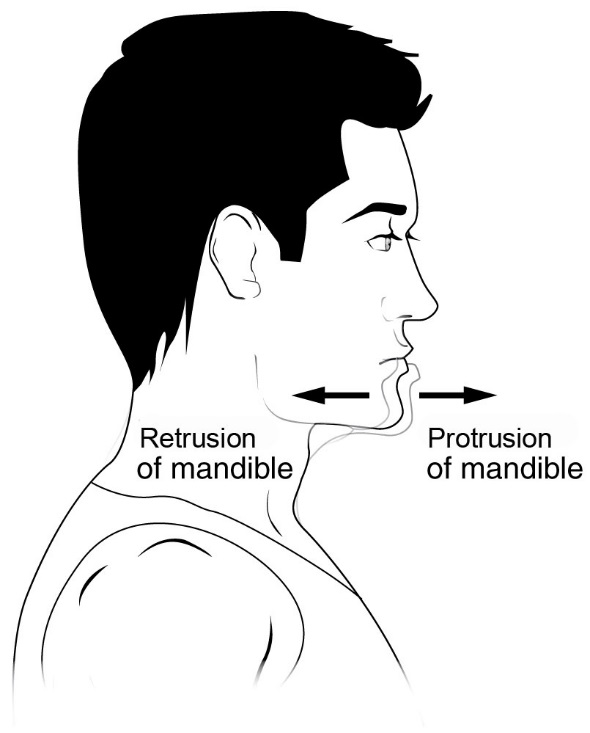
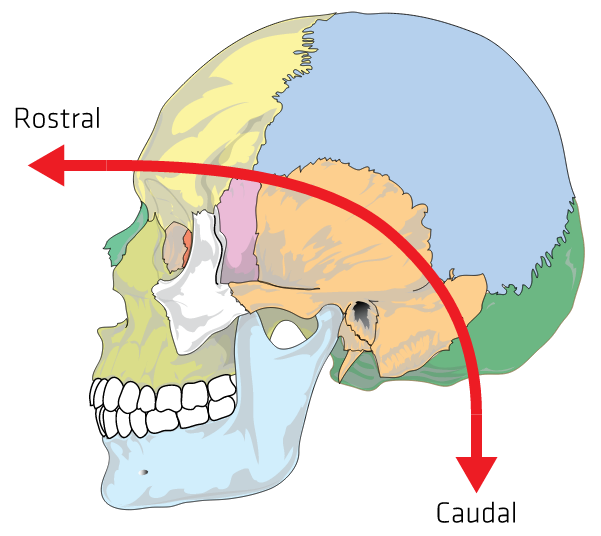
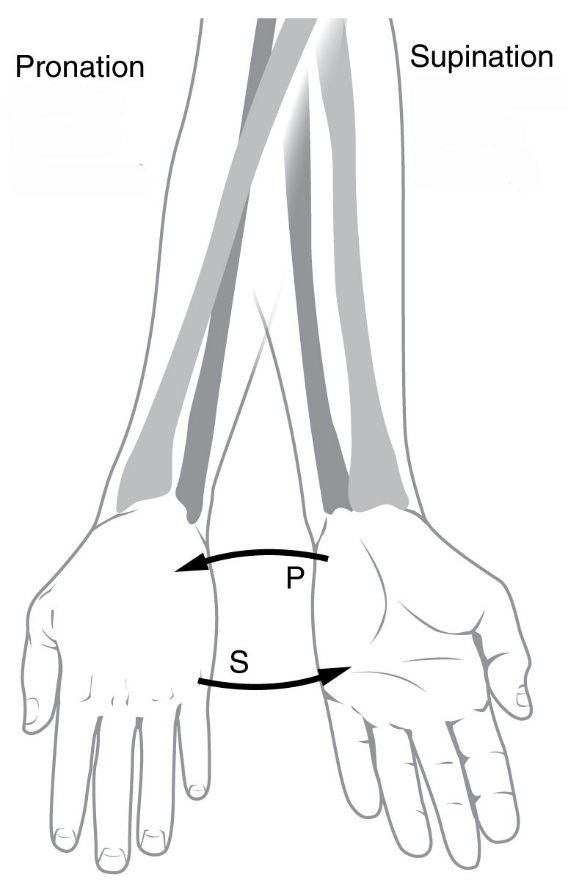
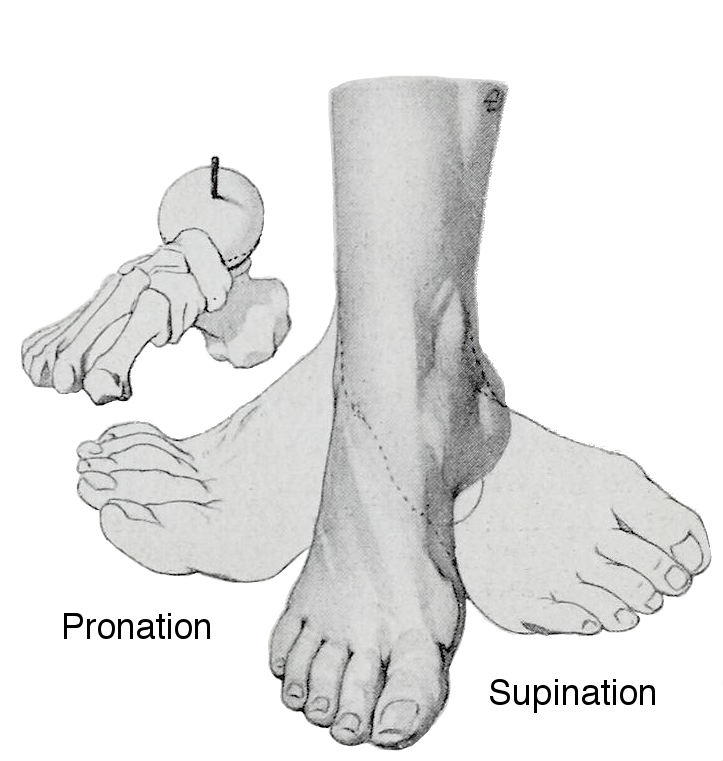
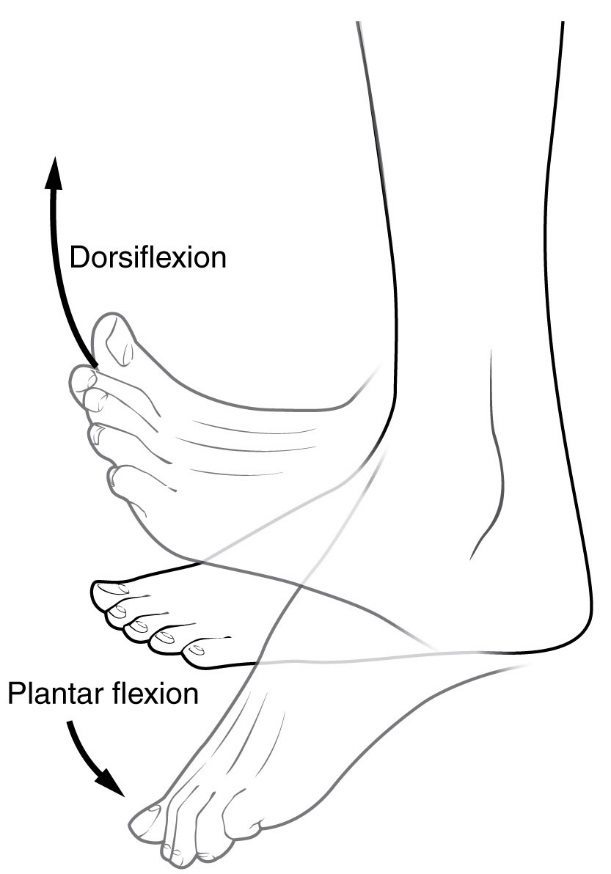

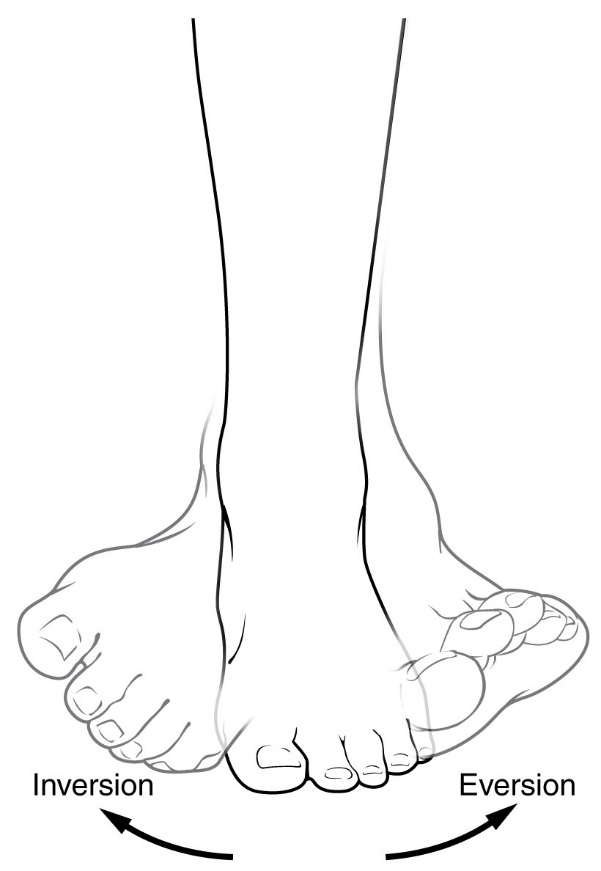
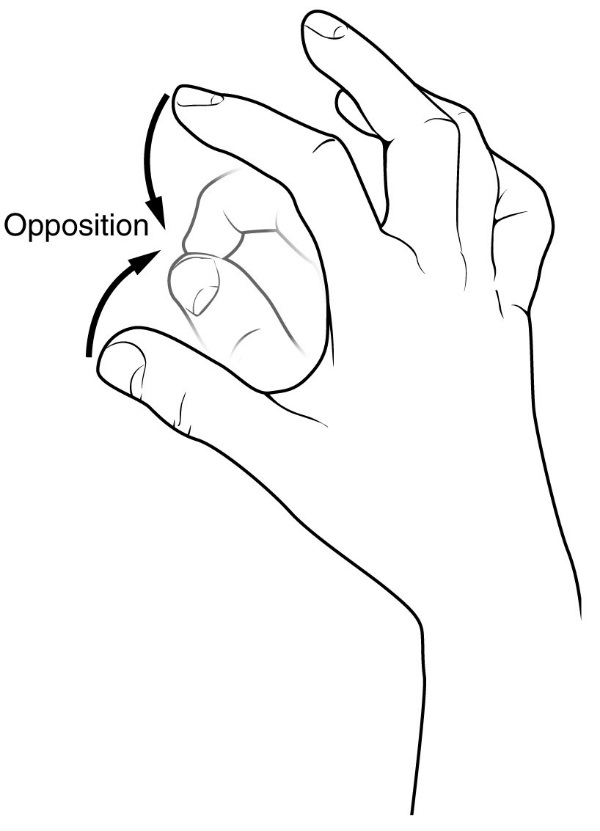
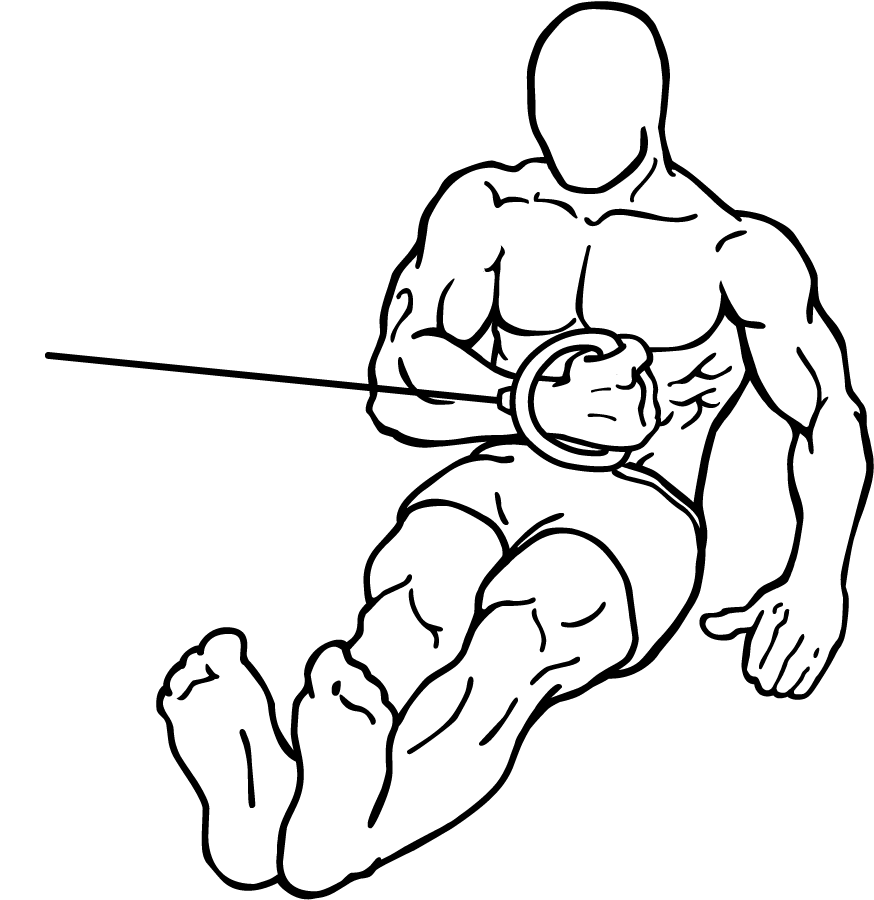
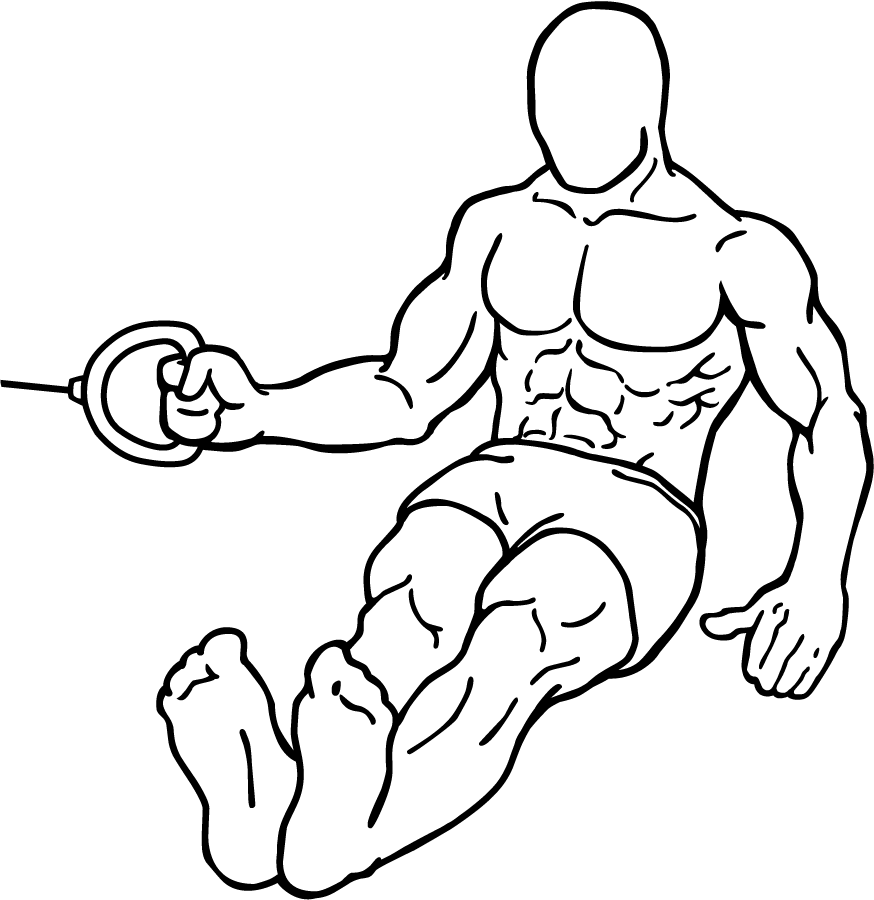
Group Muscle Function
Eyelid Occipitofrontalis Raises the eyebrows
Occipitalis
Frontalis Wrinkles eyebrow
Orbicularis oculi Closes eyelids
Corrugator supercilii Wrinkles forehead
Depressor supercilii Depresses eyebrow
Extraocular Levator palpebrae s. Raise eyelids
Superior tarsal Raise upper eyelids
Orbicularis oculi Close eyelids
Rectus superior Raises, adducts, and rotates medially the eye
Rectus medial Adducts the eyeball
Rectus inferior Depression and adduction
Rectus lateral Abducts the eyeball
Oblique superior Intorsion. Abduct (laterally rotate) & lowr eyeball
Oblique inferior Extorsion, elevation, abduction
Intraocular Cliliary Lens focus
Iris dilator Pupil dilation
Iris sphincter Constricts pupil
Ear Auriculares Wiggle ears
Temporoparietalis
Stapedius Control amplitude of sound waves to the inner ear
Tensor tympani Tensing the tympanic membrane
Nose Procerus Draw down the medial angle of the eyebrow, (frown)
Nasalis Compresses bridge, depresses tip of nose,
Elevates corners of nostrils
Dilator naris Dilation of nostrils
Depressor septi nasi Depression of nasal septum
Levator labii s.a.n. Dilate nostril; elevate upper lip and wing of nose
Mouth Levator anguli oris Smile
Depressor anguli oris Frown
Levator labii s. Elevates the upper lip
Depressor labii i. Depresses the lower lip
Mentalis Raise and wrinkle skin of chin, protrude lower lip
Buccinator Compress cheeks against teeth (blow), mastication
Orbicularis oris Pucker the lips
Risorius Draw back angle of mouth
Zygomatic major Draws angle of mouth upward and laterally
Zygomatic minor Elevates upper lip
Mastication Masseter Elevation (close mouth), retraction of mandible
Temporalis Elevation and retraction of mandible
Pterygoid lateral Depress mandible
Pterygoid medial Raise mandible, close jaw, help lateral pterygoids
in moving the jaw from side to side
Tongue Genioglossus Inferior fibers protrude the tongue,
middle fibers depress the tongue,
superior fibers draw the tip back and down
Hyoglossus Depresses tongue
Chondroglossus Depresses tongue
Styloglossus Elevates and retracts tongue
Palatoglossus Raising the back part of the tongue
Superior longitudinal Shortens, turn tip upward, turn lateral margins up
Transversus Narrows and elongates
Inferior longitudinal Shortens, retracts, pulls tip downward
Verticalis muscle Flattens
Soft palate Levator veli palatini Aids in swallowing by elevating the soft palate
Tensor veli palatini Aids in swallowing (control tension of soft palate)
Musculus uvulae Moves and changes shape of the uvula
Palatoglossus Aids respiration by raising the back of tongue
Palatopharyngeus Aids respiration by pulling the pharynx and larynx
Pharynx Stylopharyngeus Elevate the larynx, elevate the pharynx, swallowing
Salpingopharyngeus Raise the nasopharynx
Pharyngial inferior Swallowing
Pharyngial middle Swallowing
Pharyngial superior Swallowing
Larynx Cricothyroid Tension and elongation of the vocal folds
(has minor adductory effect)
Arytenoid Approximate the arytenoid cartilages
(close rima glottidis)
Thyroarytenoid Thickens vocal folds and decreases length.
Also helps adduct to the vocal folds during speech
Cricoarytenoid post. Abducts and laterally rotates the cartilage,
pulling the vocal ligaments away from the midline
and forward and so opening the rima glottidis
Cricoarytenoid lat. Adduct and medially rotate the cartilage,
pulling the vocal ligaments towards the midline
and backwards and so closing off the rima glottidis
Cervical Platysma Draws corners mouth inferiorly & widens it
(as in expressions of sadness and fright).
Also draws the skin of the neck superiorly when
teeth are clenched
Sternocleidomastoid Acting alone, tilts head to its own side and
rotates it so the face is turned towards the
opposite side.
Acting together, flexes the neck, raises the
sternum and assists in forced inspiration.
Suprahyoid Digastric Opens jaw when the masseter & temporalis are relaxed
Sylohyoid Elevate hyoid during swallowing
Myohyoid Raise oral cavity floor, raise hyoid, lower mandible
Geniohyoid Carry hyoid bone & tongue upward during deglutition
Infrahyoid Sternohyoid Depress hyoid bone
Sternothyroid Elevate larynx, may slightly depress hyoid bone
Thyrohyoid Depress hyoid bone
Omohyoid Lower larynx & hyoid. Moves hyoid back & to the side
Neck anterior Longus colli Flexes the neck and head
Longus capitis Flexion of neck at atlanto-occipital joint
Rectus capitis ant. Flexion of neck at atlanto-occipital joint
Rectus capitis lat. Sidebend at atlanto-occipital joint
Neck laterial Scalene anterior When the neck is fixed, elevates the first rib
to aid in breathing or when the rib is fixed,
bends the neck forward and sideways and rotates
it to the opposite side
Scalene medius Elevate 1st rib, rotate neck to the opposite side
Scalene posterior Elevate 2nd rib, tilt the neck to the same side
Levator scapulae Raise scapula & tilt its glenoid cavity
inferiorly by rotating scapula
Rectus capitis lat.
Obliquus capitis sup.
Obliquus capatis inf.
Neck post. Rectus capitis posterior minor Extends the head at the neck,
but is now considered to be more of a
sensory organ than a muscle
Rectus capitis posterior major
Semispinalis capitis Extension of the head
Longissimus capitis
Splenius capitis
Obliquus capitis sup. Laterally: Flex the head and neck to the same side.
Bilaterally: Extend the vertebral column.
Obliquus capitis inf. Extend, rotate, and laterally flex the head
Back Erector spinae
Iliocostalis
Longissimus
Spinalis
Latissimus dorsi
Transversospinales
Semispinalis dorsi
Semispinalis cervicis
Semispinalis capitis
Multifidus
Rotatores
Interspinales
Intertransversarii
Back Splenius Capitis
Cervicis
Chest Intercostals external
Intercostals enternal
Intercostals innermost
Subcostales
Transversus thoracis
Levatores costarum
Serratus posterior inferior
Serratus posterior superior
Diaphragm
Abdomen Transversus abdominis
Rectus abdominis
Pyramidalis
Cremaster
Quadratus lumborum
Oblique external
Oblique internal
Pelvis Coccygeus
Levator ani iliococcygeus
Levator ani pubococcygeus
Levator ani puborectalis
Perineum Scphincter ani externus
Scphincter ani internus
Transversus perinei superficialis
Bulbospongiosus
Ischiocavernosus
Transversus perinei profundus
Sphincter urethrae membranaceae
Spine Trapezius
Latissimus dorsi
Rhomboids
Rhomboid major
Rhomboid minor
Levator scapulae
Thorasic Pectoralis major
Pectoralis minor
Subclavius
Serratus anterior
Shoulder Deltoid
Teres major
Supraspinatus
Infraspinatus
Teres minor
Subscapularis
Arm Coracobrachialis
Biceps brachii
Brachialis
Triceps brachii
Anconeus
Forearm a.s. Pronator teres (Anterior superficial)
Flexor carpi radialis
Palmaris longus
Flexor carpi ulnaris
Flexor digitorum superficialis
Forearm a.d. Pronator quadratus
Flexor digitorum profundus
Flexor pollicis longus
Forearm p.s. Extensor digitorum Posterior superficial
Extensor digiti minimi
Extensor carpi ulnaris
Brachioradialis
Extensor carpi radialis longus
Extensor carpi radialis brevis
Forearm p.d. Supinator
Extensor indicis
Abductor pollicis longus
Extensor pollicis brevis
Extensor pollicis longus
Hand lateral Opponens pollicis
Flexor pollicis brevis
Abductor pollicis brevis
Adductor pollicis
Hand medial Palmaris brevis
Hypothenar abductor digiti minimi
Hypothenar flexor digiti minimi brevis
Hypothenar opponens digiti minimim
Hand interme. Lumbrical
Dorsal interossei
Palmar interossei
Lower limb Iliopsoas
Psoas major
Psoas minor
Iliacus
Gluteal Tensor fasciae latae
Gluteus maximus
Gluteus medius
Gluteus minimus
Gluteus lateral rotator piriformis
Gluteus lateral rotator obturator externus
Gluteus lateral rotator obturator internus
Gluteus lateral rotator inferior gemellus
Superior gemellus
Quadratus femoris
Thigh ant. Articularis genus
Sartorius
Quadriceps femoris
Rectus femoris
Vastus lateralis
Vastus intermedius
Vastus medialis
Thigh post. Biceps femoris
Semitendinosus
Semimembranosus
Thigh medial Gracilis
Pectineus
Adductor brevis
Adductor longus
Adductor magnus
Leg ant. Tibialis anterior
Extensor hallucis longus
Extensor digitorum longus
Fibularis tertius
Leg post.sup. Triceps surae
Gastrocnemius
Soleus
Plantaris
Leg post.dee. Popliteus
Flexor hallucis longus
Flexor digitorum longus
Tibialis posterior
Leg lateral Fibularis longus
Fibularis brevis
Foot dorsal Extensor digitorum brevis
Extensor hallucis brevis
Foot plantar1 Abductor hallucis
Flexor digitorum brevis
Abductor digiti minimi
Foot plantar2 Quadratus plantae
Lumbrical muscle
Foot plantar3 Flexor hallucis brevis
Adductor hallucis
Flexor digiti minimi brevis
Foot plantar4 Dorsal interossei
Plantar interossei
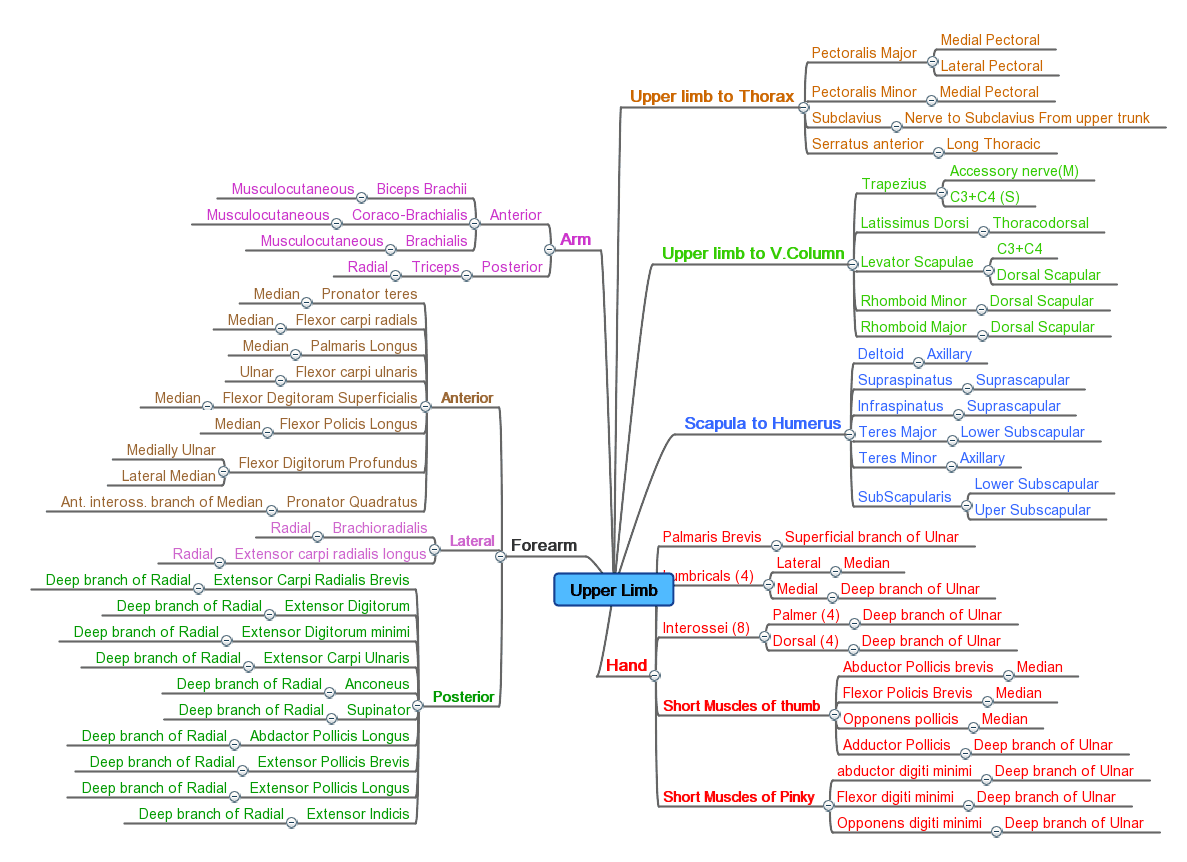
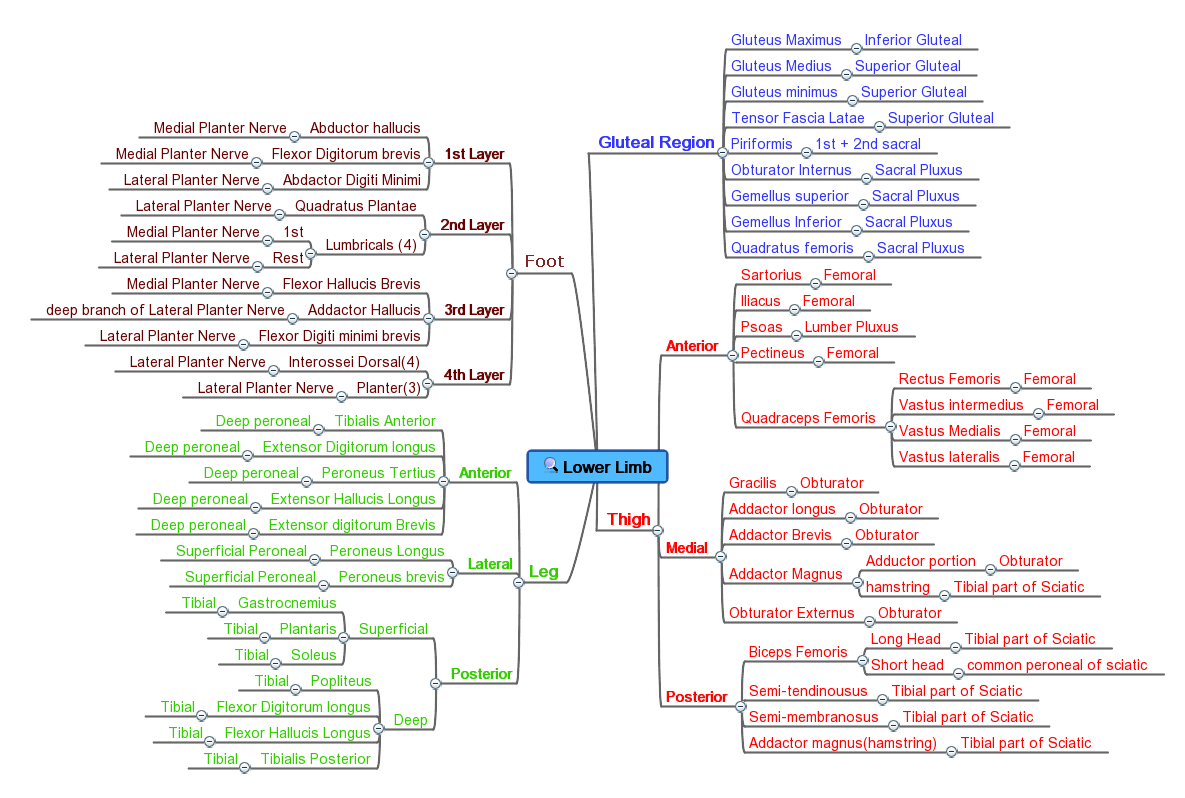
Pectoralis minor
Coracobrachialis
Serratus anterior
Triceps brachii
Biceps brachii (long head)
Biceps brachii (short head)
Subscapularis
Rhomboid major
Rhomboid minor
Levator scapulae
Trapezius
Deltoid
Supraspinatus
Infraspinatus
Teres minor
Teres major
Latissimus dorsi
Omohyoid
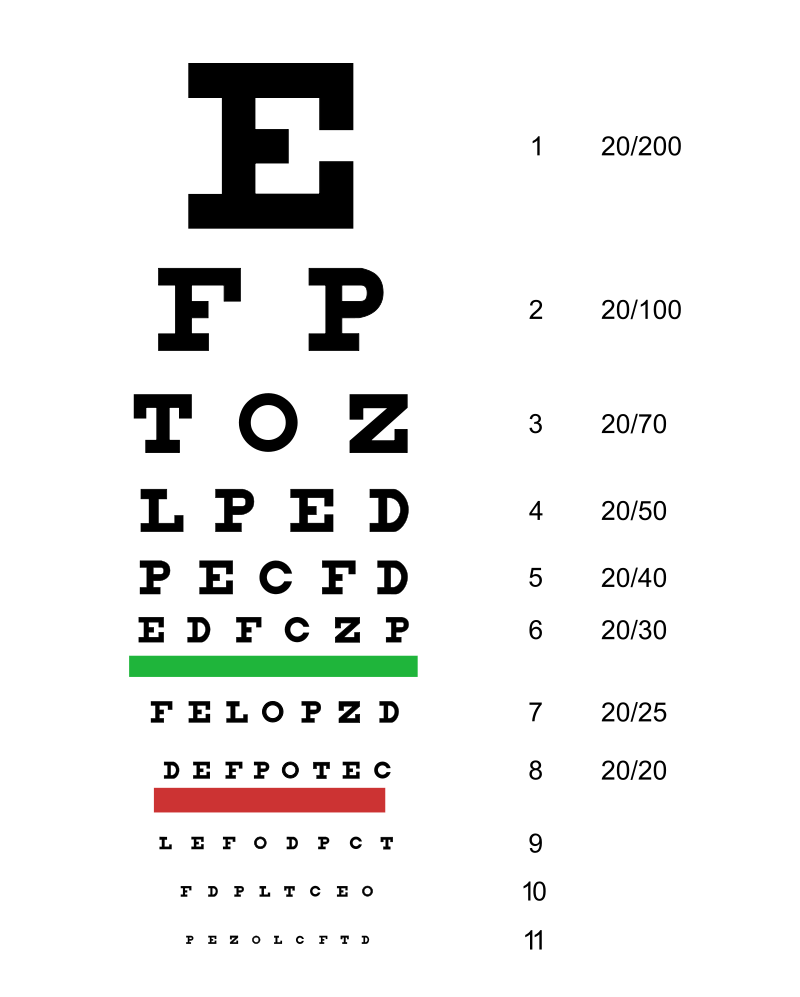

Height of the letter = Y = = .0015 meter
Distance to the letter = X = = 1 meter
Resolution angle = A = Y/X = .0015 radians For small angles, sin(A) ≈ A
To convert the resolution angle into visual acuity or lens strength,
Resolution Visual Correcting lens
for letters acuity (diopters)
(radians)
.0015 20/20 0
.0030 20/40 -1
.0060 20/80 -2
.011 20/150 -3
.025 20/300 -4
.030 20/400 -5
.038 20/500 -6
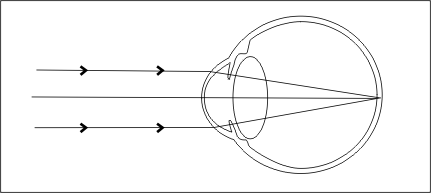
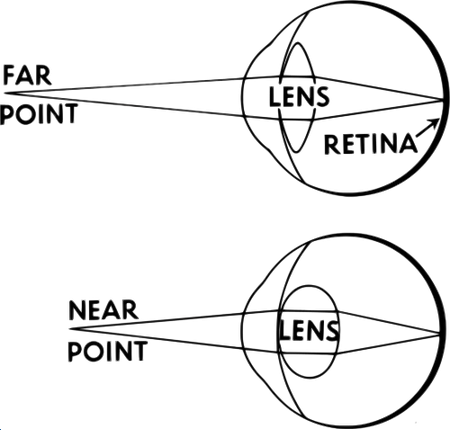
Distance from the lens to the target = X
Distance from the lens to the focal point = L
Lens focal length = F
Lens focal power = D = F-1 (diopters)
Lens equation: F-1 = X-1 + L-1
If X ≫ L then L ≈ F
We henceforth assume L=F.
Distance from lens to retina = F =.0017 meter
Focal power of the lens = Dl = 20 diopters
Focal power of cornea = Dc = 40 diopters
Focal power of the lens + cornea = D = F-1 = Dl + Dc = 60 diopters
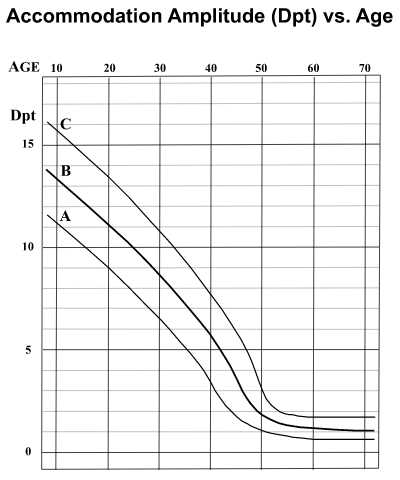
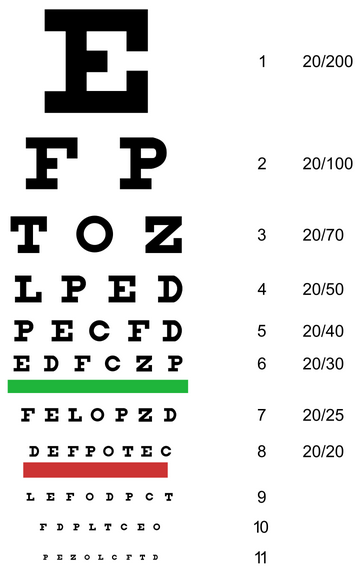
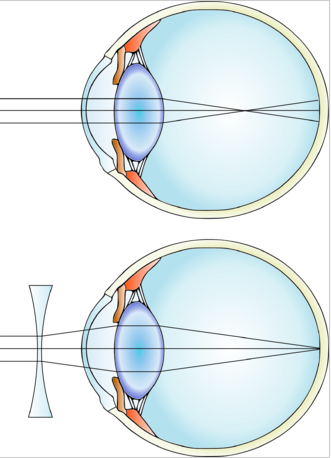
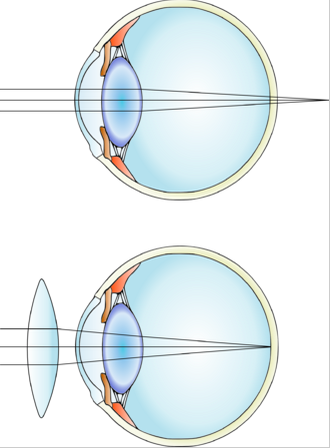
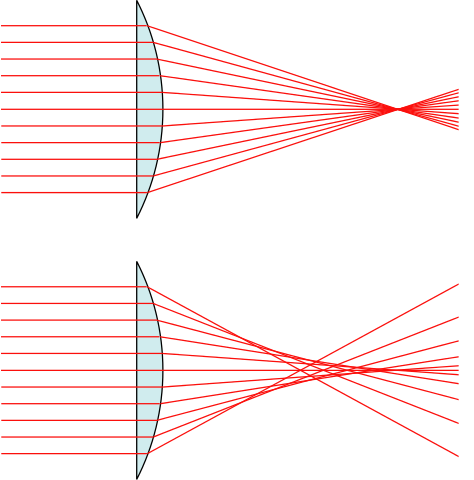
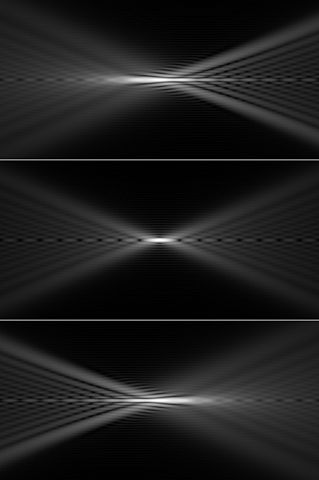

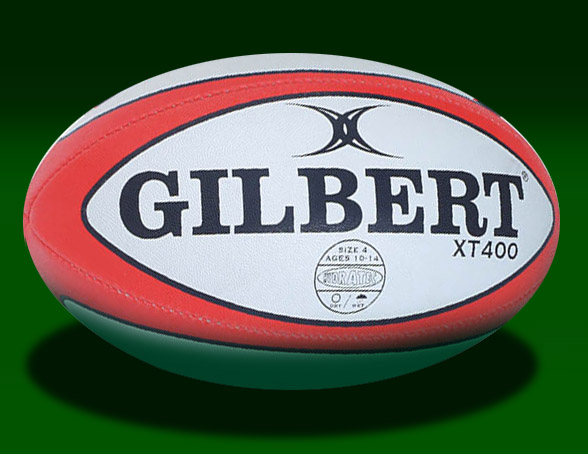


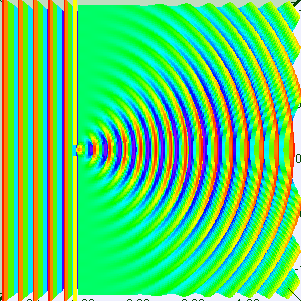
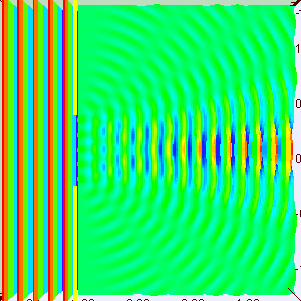
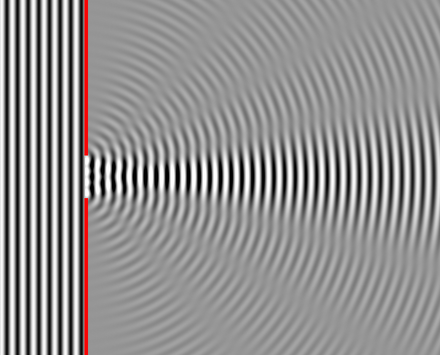
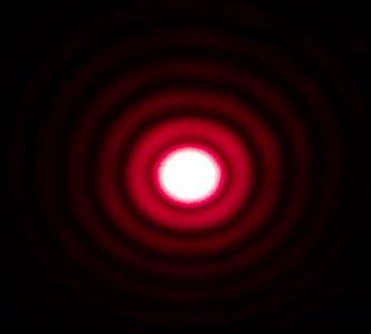
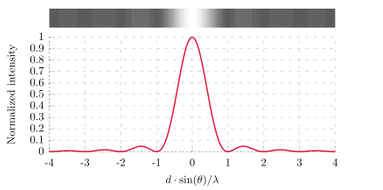
W = Wavelength of a wave (meters)
D = Size of an aperture (meters)
A = Characteristic diffraction angle of a wave passing through the aperture
~ W/D if W << D
~ 1 if W >= D
If the wavelength is larger than the aperture then the wave is strongly diffracted
and energy propagates in all directions. If W/D >> 1 then the pattern approaches
a limit.
Wavelength of green light = W = 5.5⋅10-7 meters
Diameter of a human pupil = D = .005 meters
Characteristic diffraction angle = A = .00011 radians = W/D
Resolution for parallel lines = .0003 radians
Resolution for letters = .0015 radians
Resolution for faces = .006 radians
20/40 vision corresponds to doubling these angles.
Pixel size = Angle * Distance = .0003 * .2 = .00006 meters = .06 mm.
A screen with pixels this size is referred to as a "retinal display".
For a screen that is 10 cm tall this corresponds to 1670 pixels.
The colossal squid is up to 14 meters long, has eyes up to 27 cm in diameter,
and inhabits the ocean at depths of up to 2 km. It has large eyes for their
light-gathering power in the dark ocean.
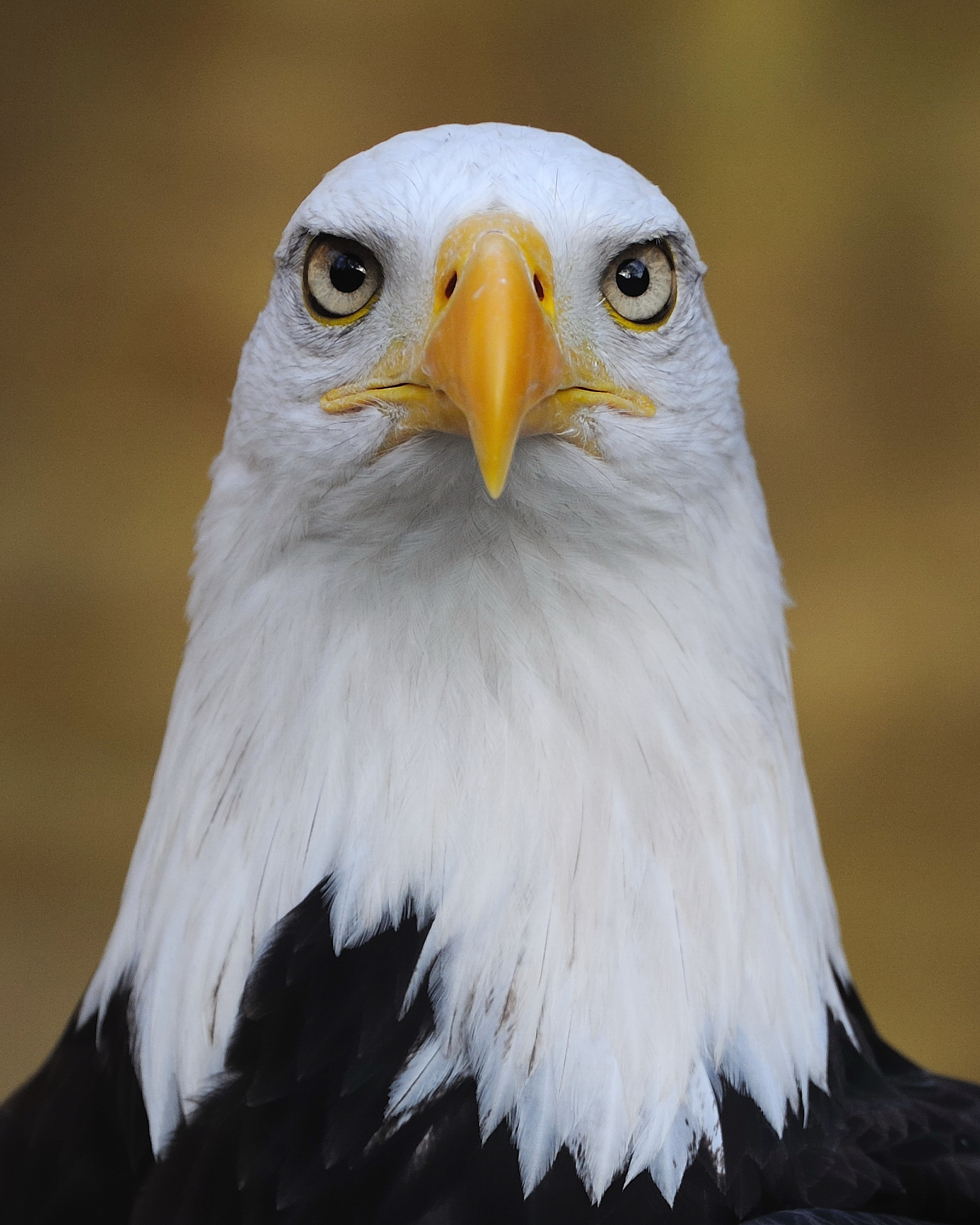
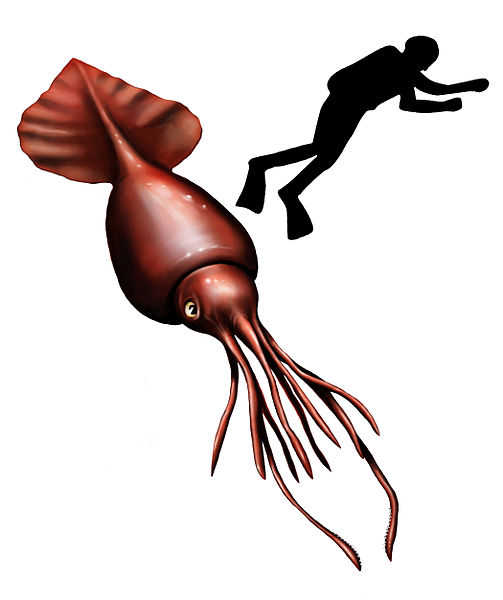
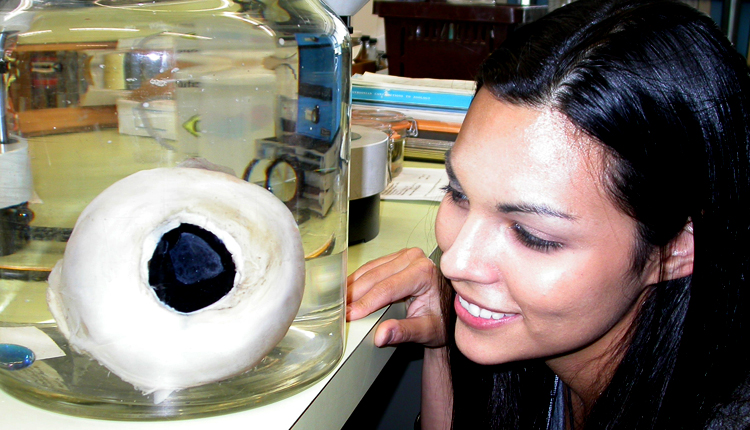
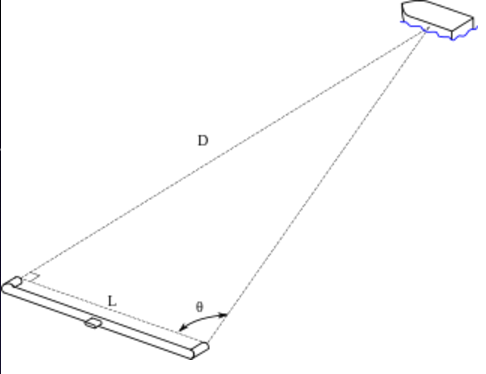
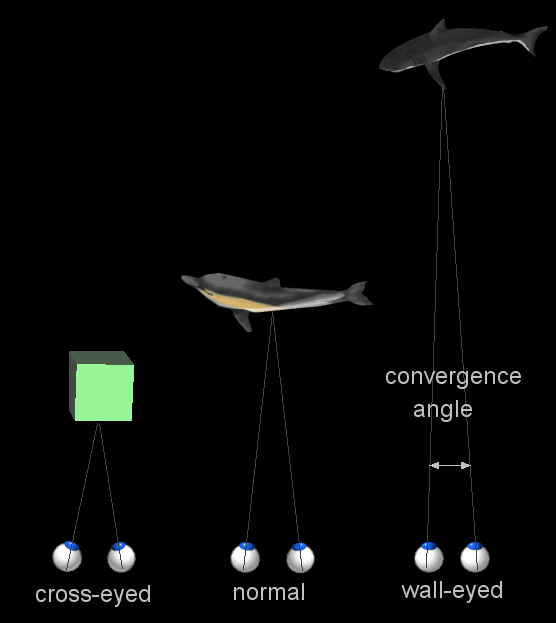
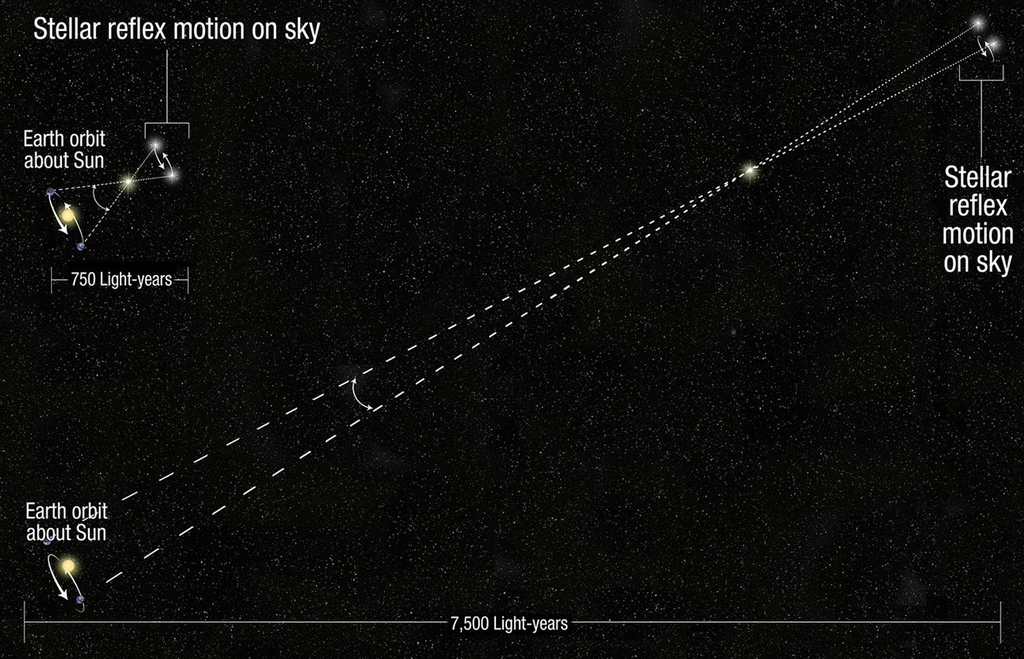
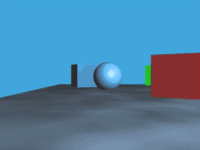
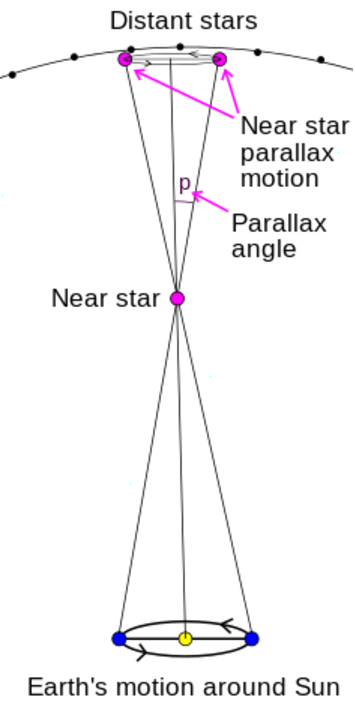
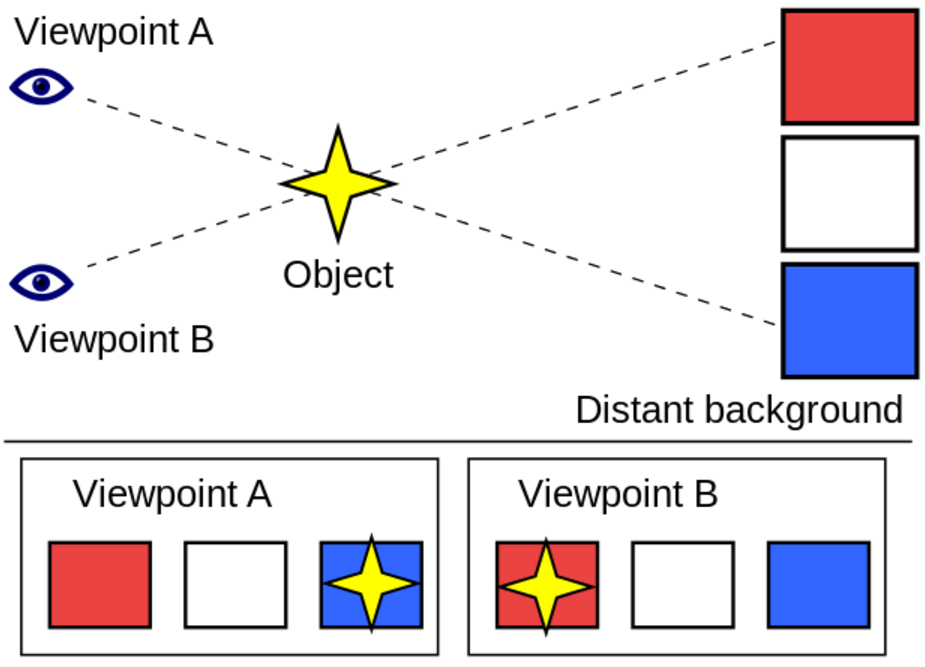
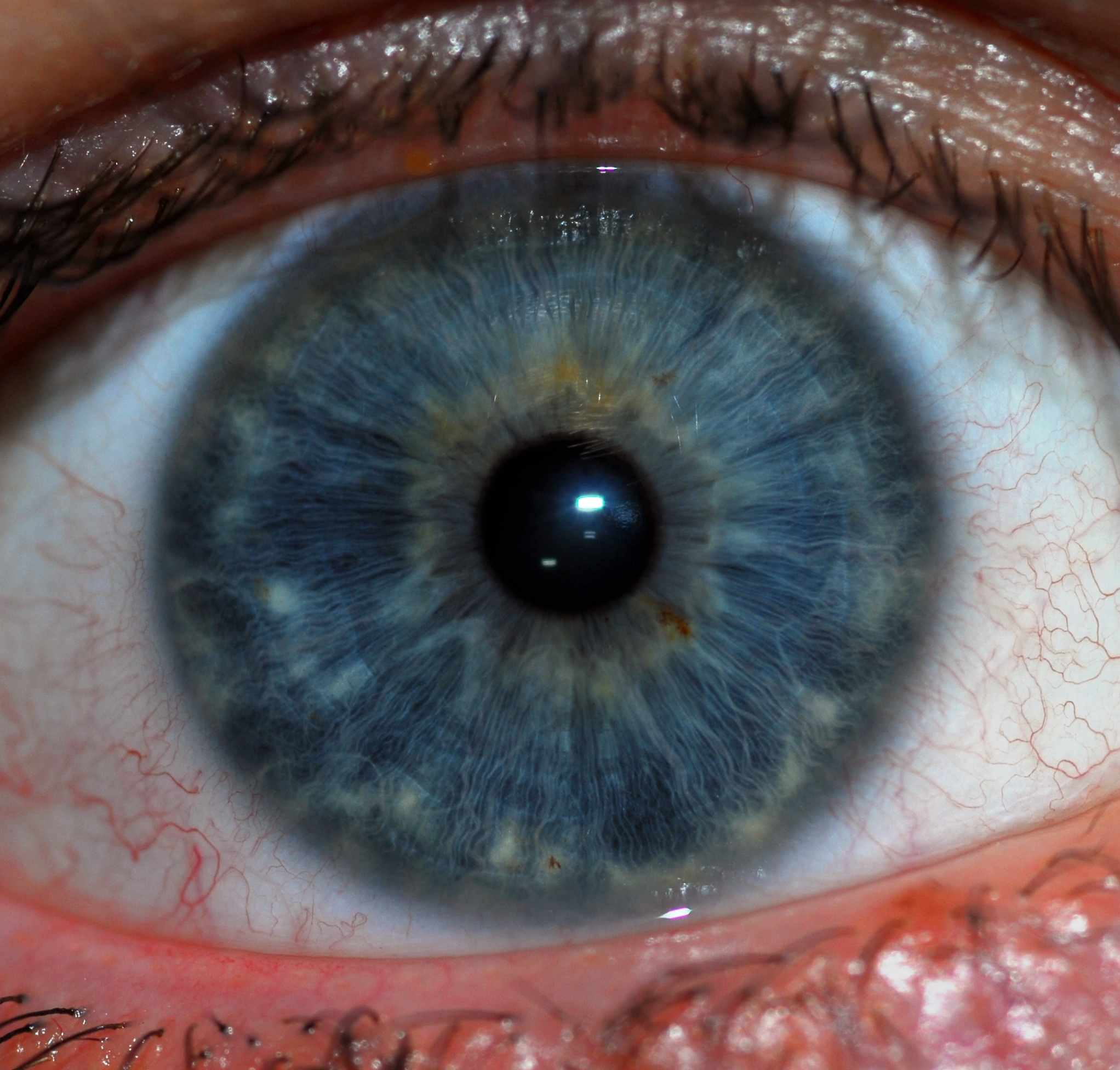
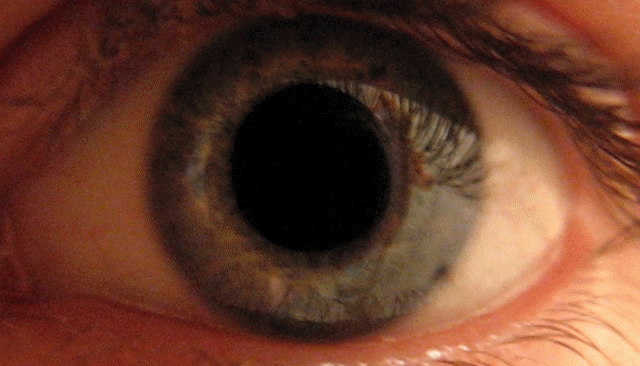
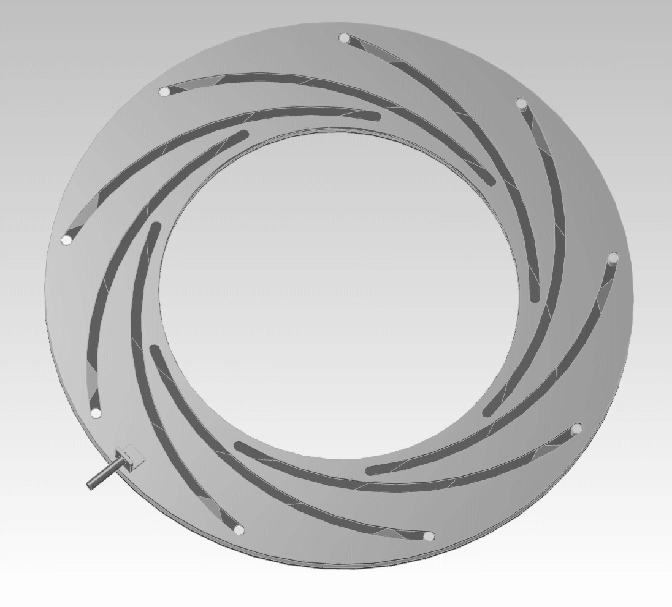
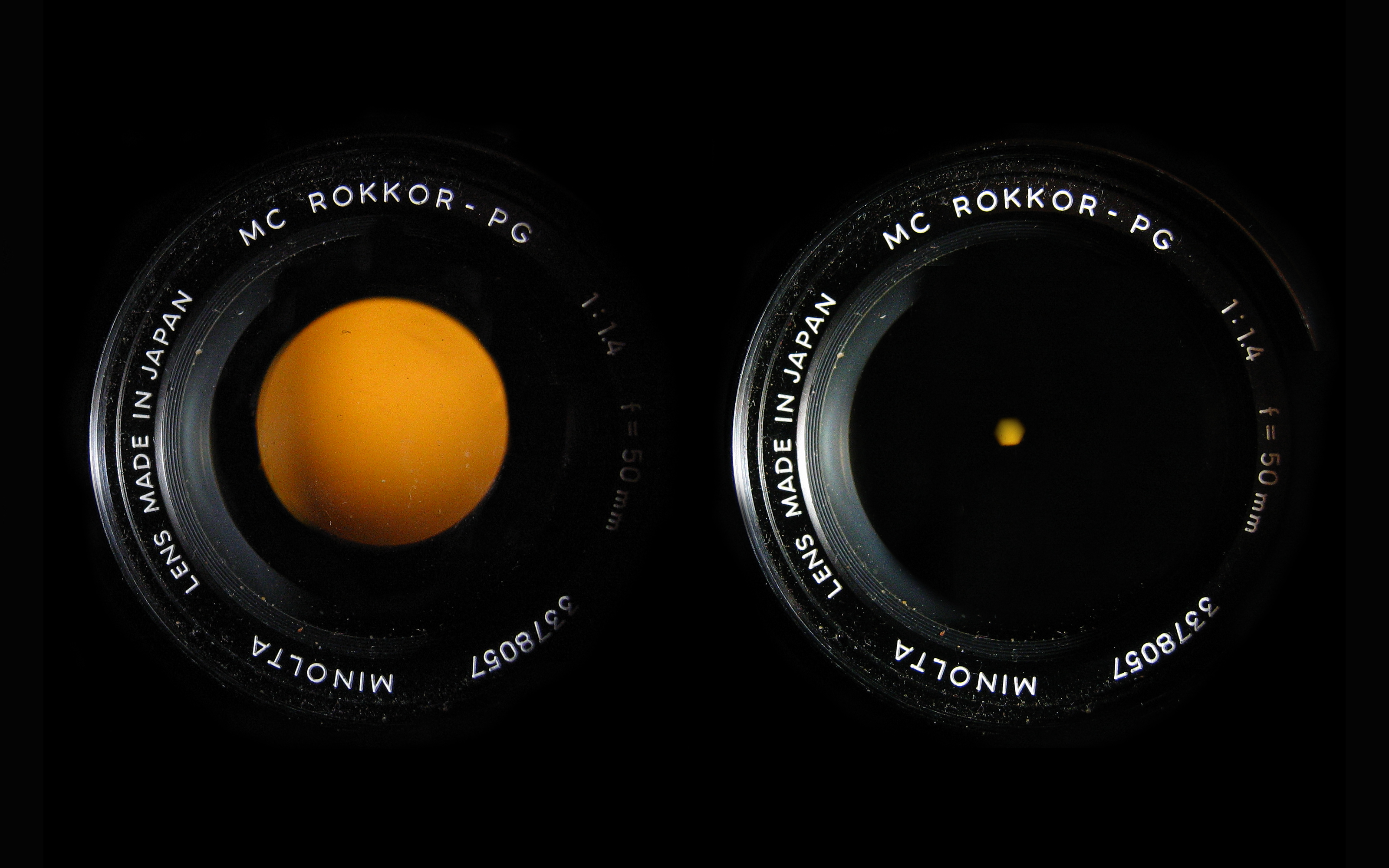
Wavelength of a 440 Hertz sound = .8 meters
Aperture of the ear = .01 meters
Wavelength / Aperture = 80
Since Wavelength/Aperture > 1, the wave is strongly diffracted and it is
impossible to use a "sound lens" to sense direction.
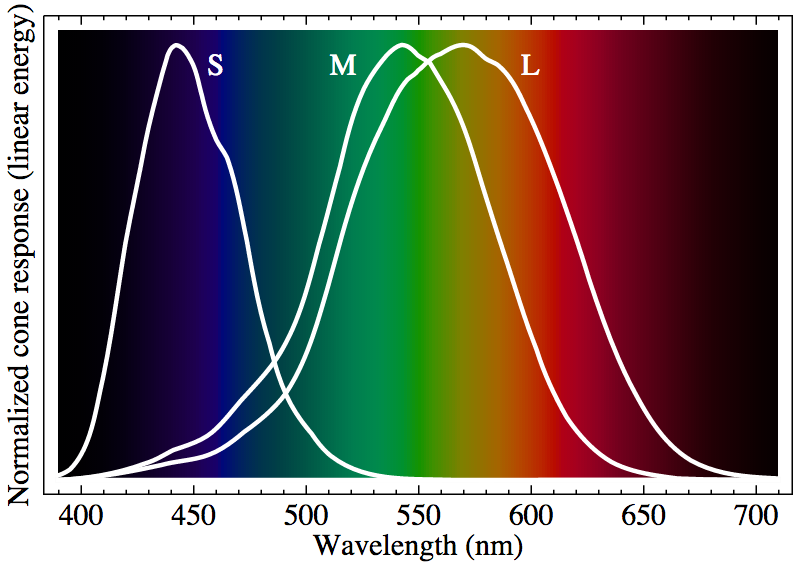
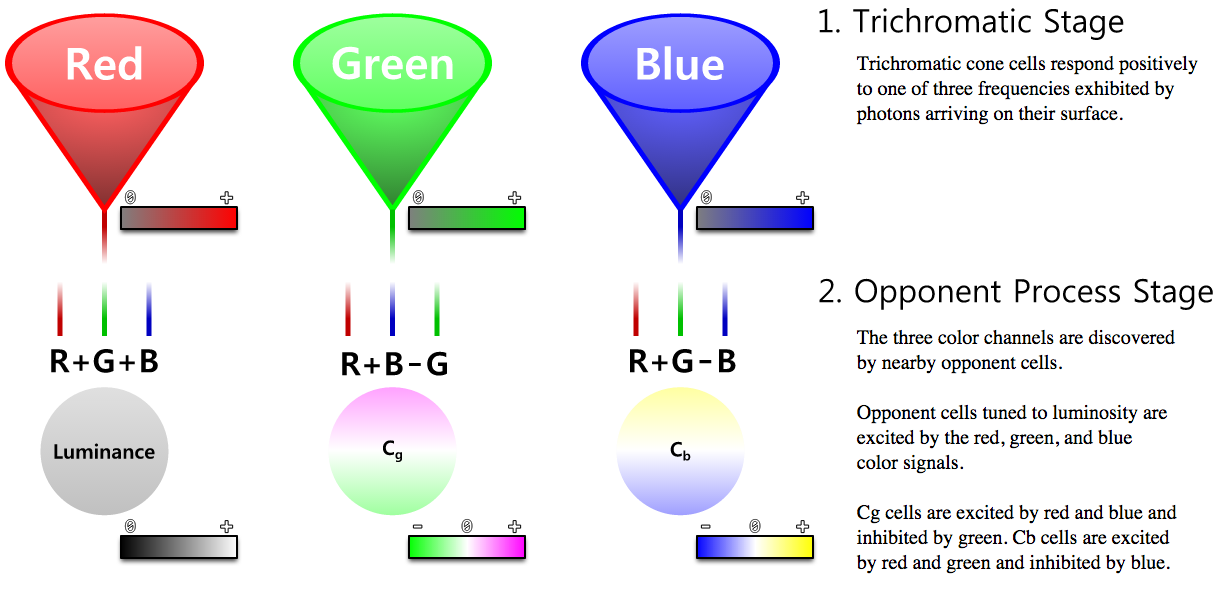
Brightness Magnitude
(Watts/m^2)
Sun 1360 -26.7
Full Moon 2.6e-3 -12.7
Mars 3.1e-7 -2.9
Jupiter 3.1e-7 -2.9
Sirius 1.2e-7 -1.5 Brightest star
Saturn 3.4e-8 -.5
Uranus 1.6e-10 5.3 Discovered 1781
Human eye limit 1e-10 6
Neptune 1.6e-11 7.8 Discovered 1846
Keck 10-meter limit 1e-19 28 Limit of the Keck 10-meter telescope
Hubble limit 1e-20 31 2.4 meter space telescope
Webb limit 1e-21 33 6.5 meter space telescope
Astronomers use a logarithmic unit of brightness called the "Magnitude".
Magnitude = -19.2 - 2.5*LogBaseTen(Brightness)
Brightness = 2.16e-8 * 10^(-Magnitude/2.5)

Range = (Brightness of the sun) / (Minimum detectable brightness)
~ (1000 Watts/meter^2) / (1e-10 Watts/meter^2)
~ 1e12
The range of human loudness sensitivity is
Range = (Maximum loudness without discomfort) / (Minimum detectable loudness)
~ (10 Pascals)^2 / (.00002 Pascals)^2
~ 2.5e11
Ears and eyes both have a dynamic range of around 10^12 for energy density.
W = Wavelength of a photon of light
= 5.55e-7 meters for a green photon
C = Speed of light
= 3.00e8 meters/second
F = Frequency of a photon of light
= 5.4e14 Hertz for a green photon
h = Planck constant
= 6.62e-34 Joule seconds
E = Energy of a photon
= h F
= 3.6e-19 Joules for a green photon
D = Diameter of the pupil
= .005 meters
A = Cross-sectional area of the pupil
= 2e-5 meters^2
B = Brightness in Watts/meter^2
= 10^(-10) Watts/meter^2 for the limit of human sensitivity
N = Photons per second passing through the pupil at the limit of human sensitivity
= B A / E
= 5600
The limit of human sensitivity is around 5600 photons/second.
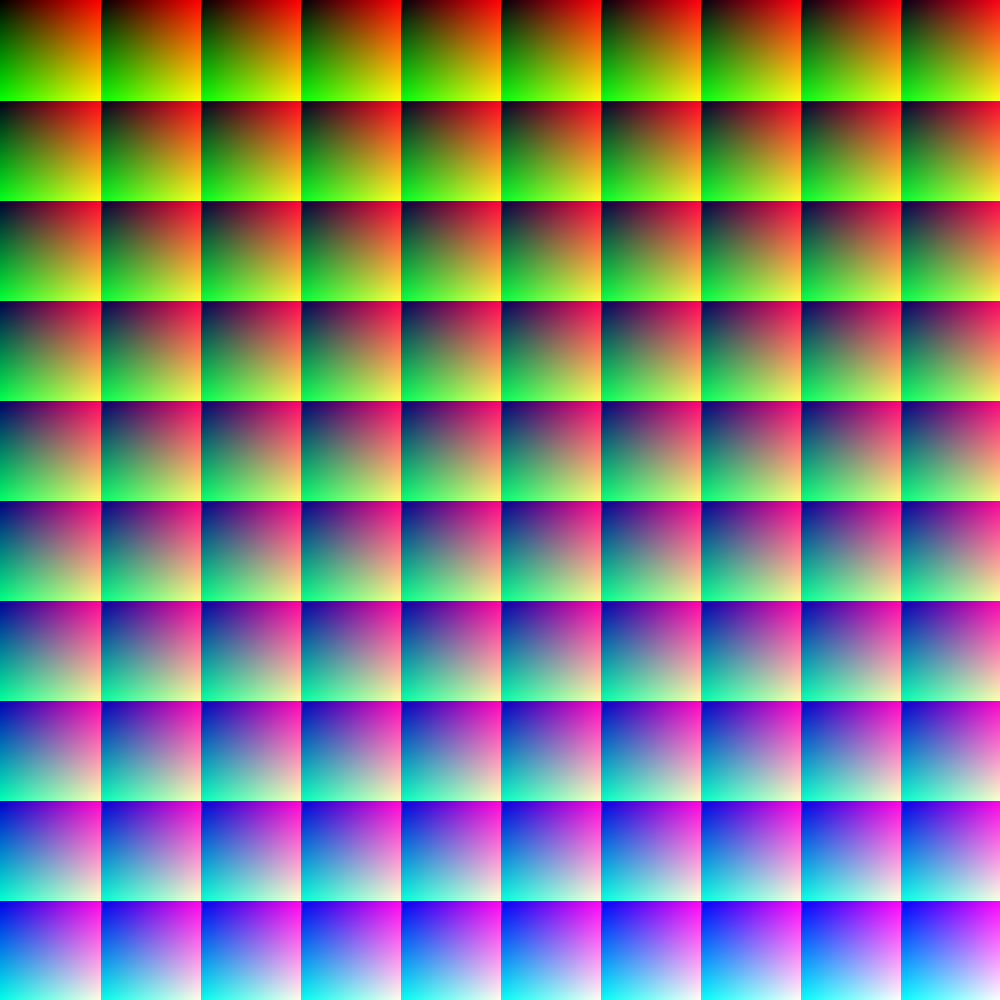
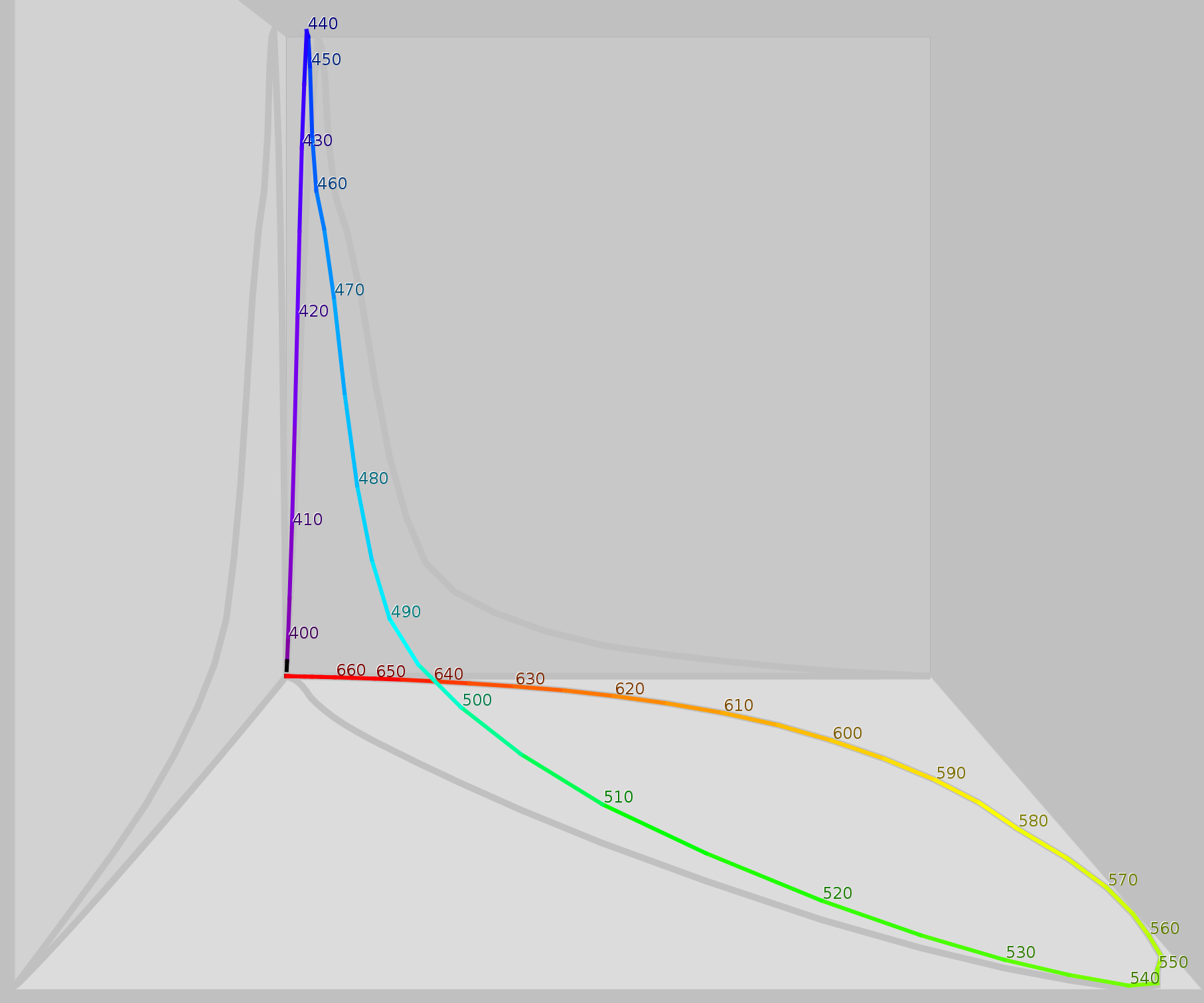
Width Min Max Max/Min Pixels
Audio frequency .006 20 Hertz 20000 Hertz 1000 1200
Audio loudness .00002 Pascals 10 Pascals 500000
Audio angle .1
Visible frequency .01 4e14 Hartz 7e14 Hertz 1.75 100
Visible intensity 5e-11 W/m^2 100 W/m^2 2e12
Visible colors (RGB) - - e7
Visual angle .0003 .0003 radians 2 radians 7000
Force .02 .1 grams 500 kg 5000000
Time .1 .1 seconds 100000 seconds 1000000
Temperature 1 Kelvin 250 Kelvin 320 Kelvin 1.3